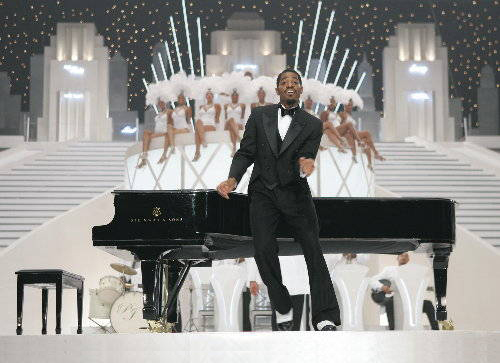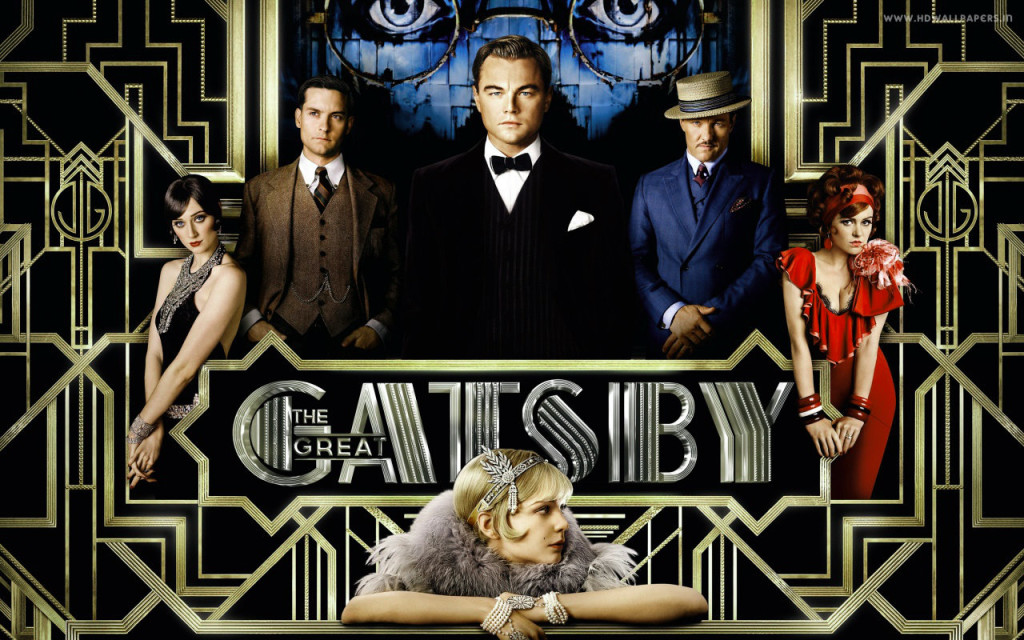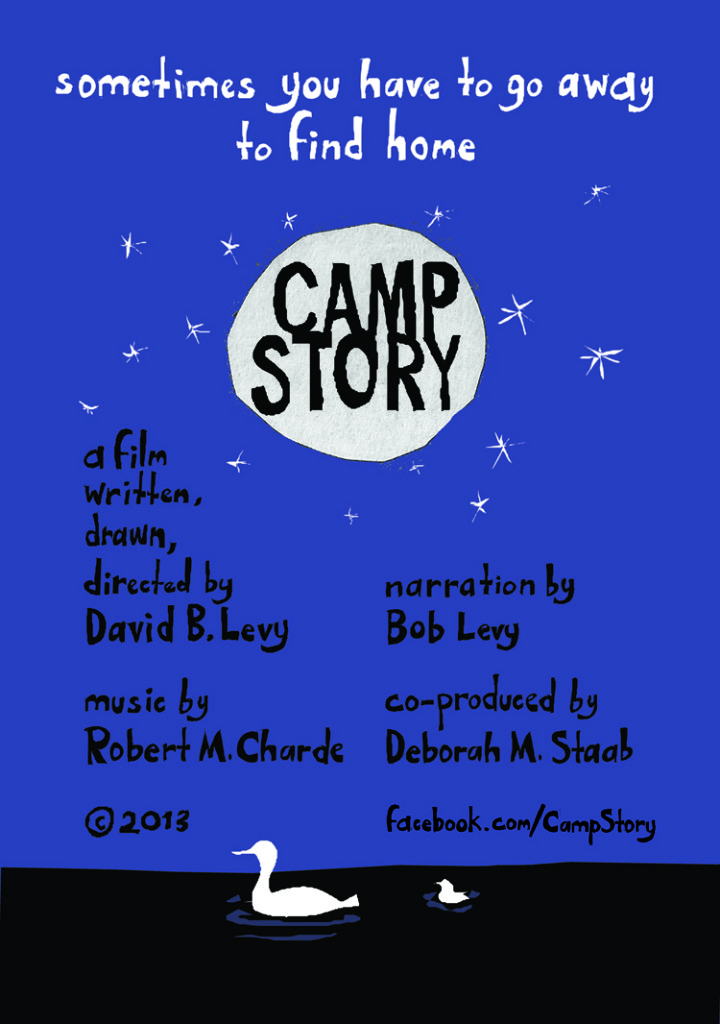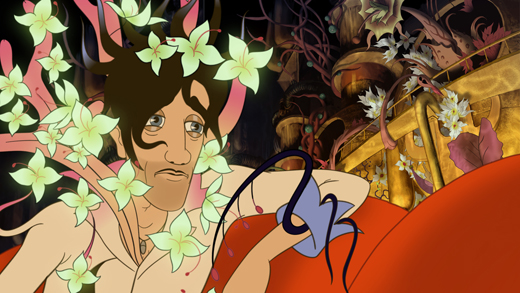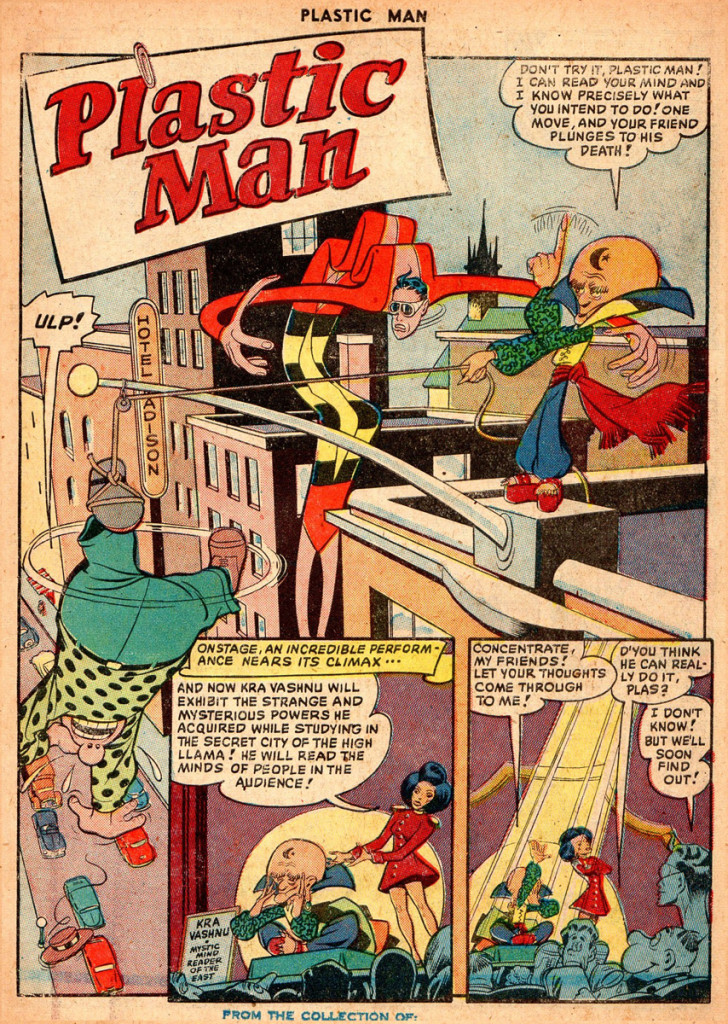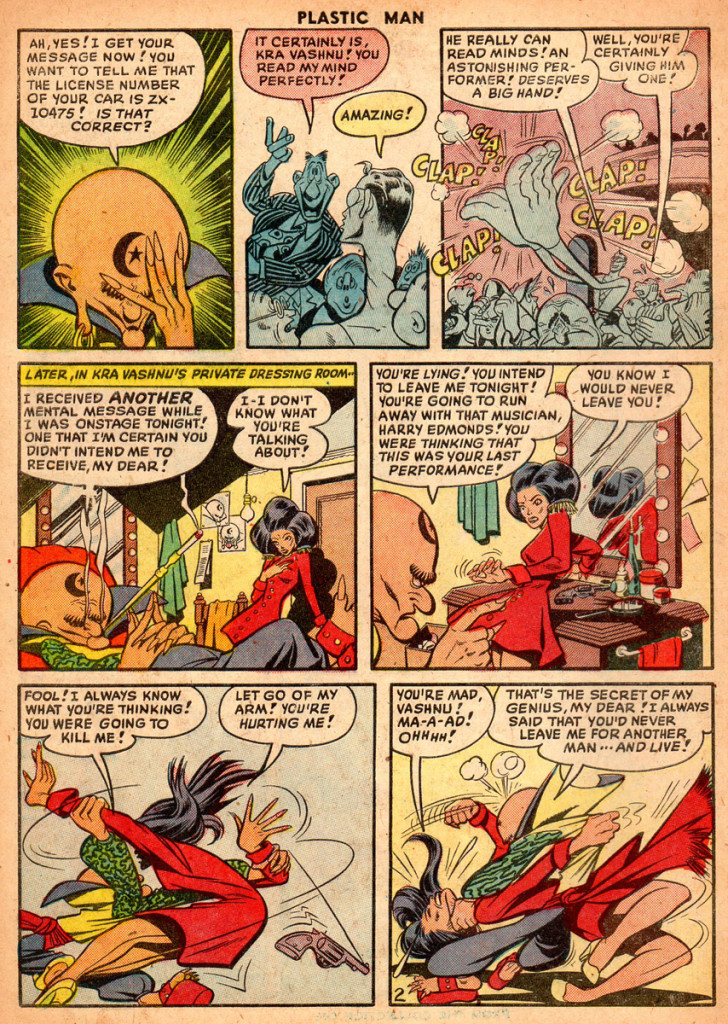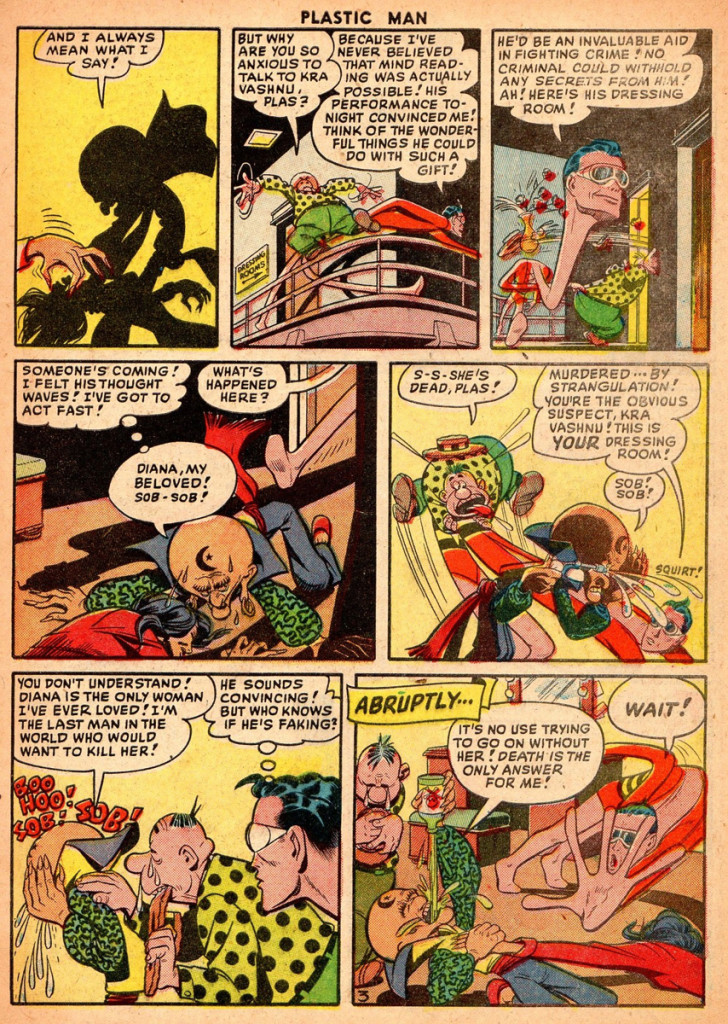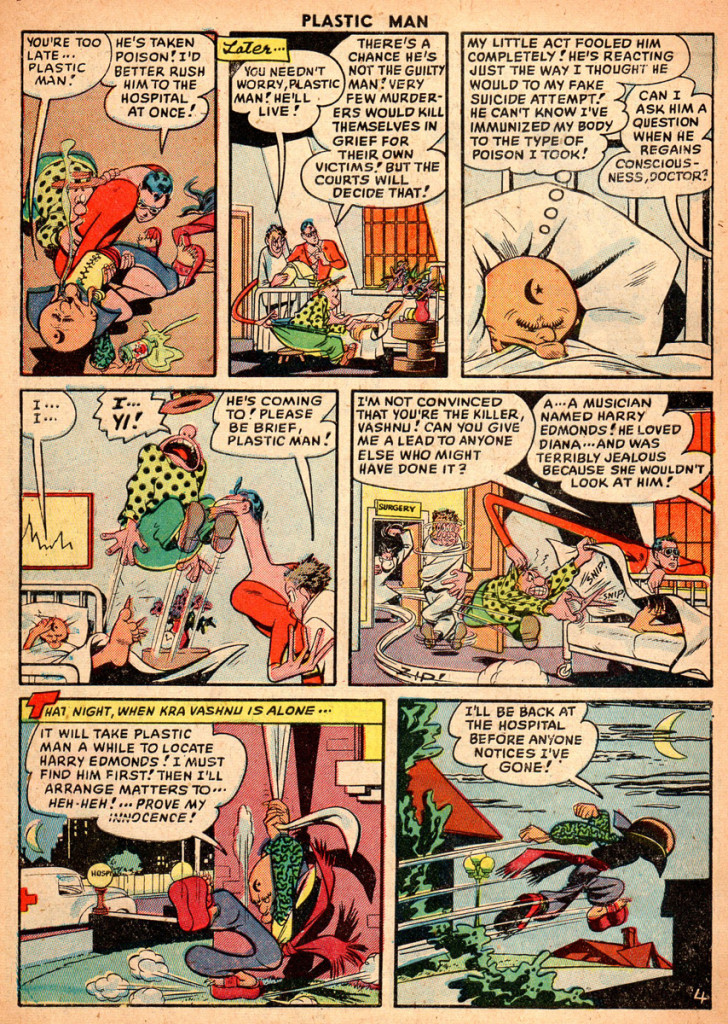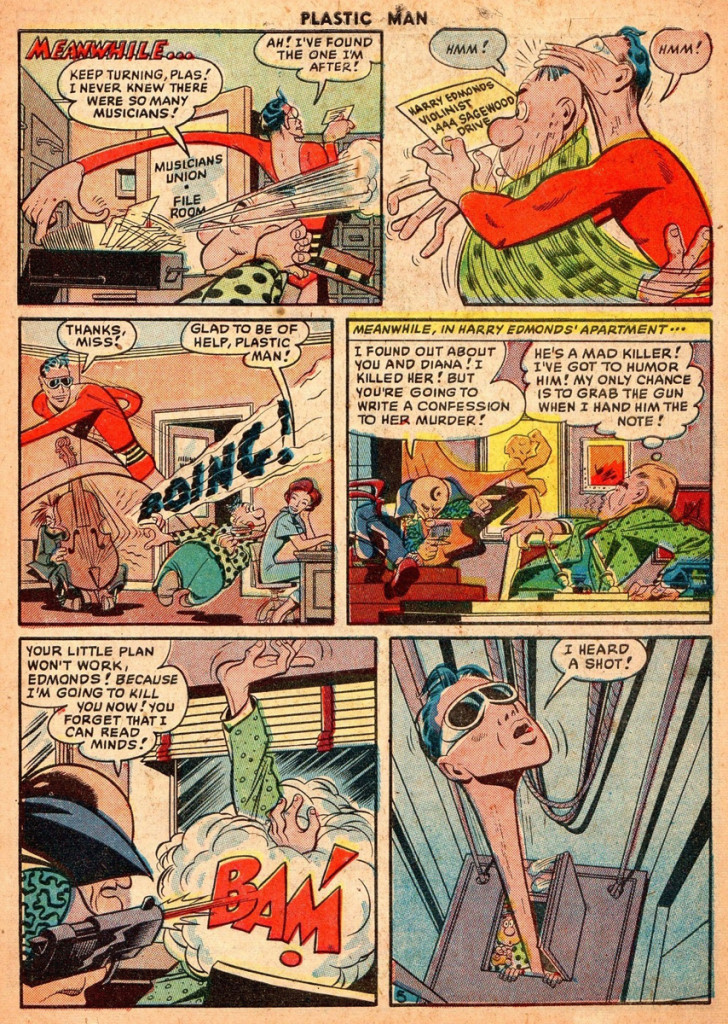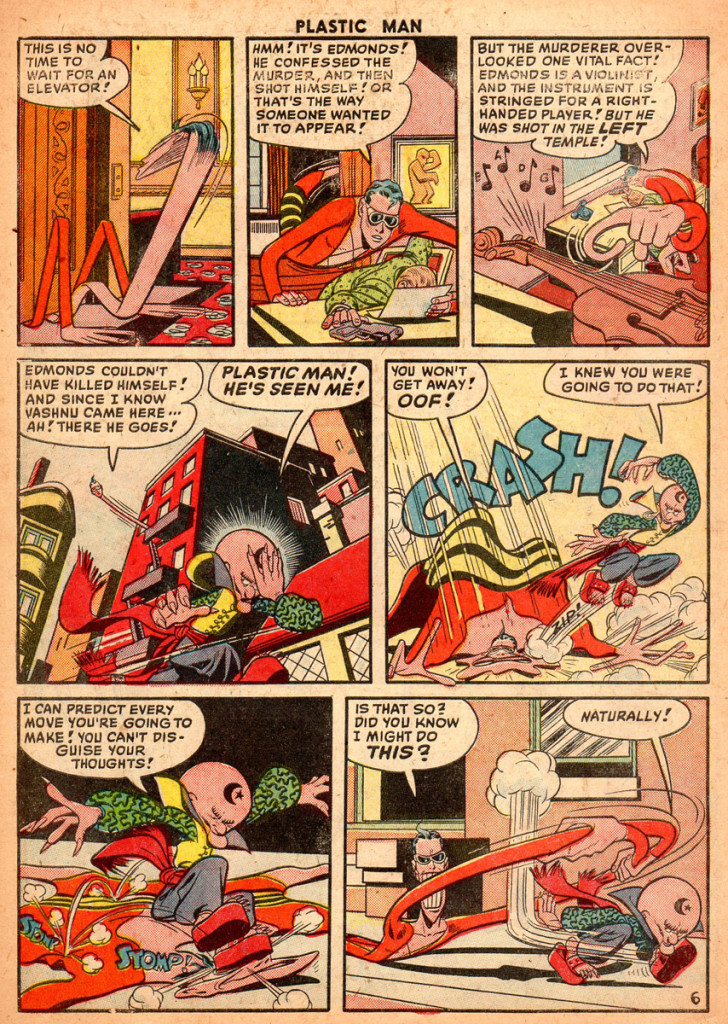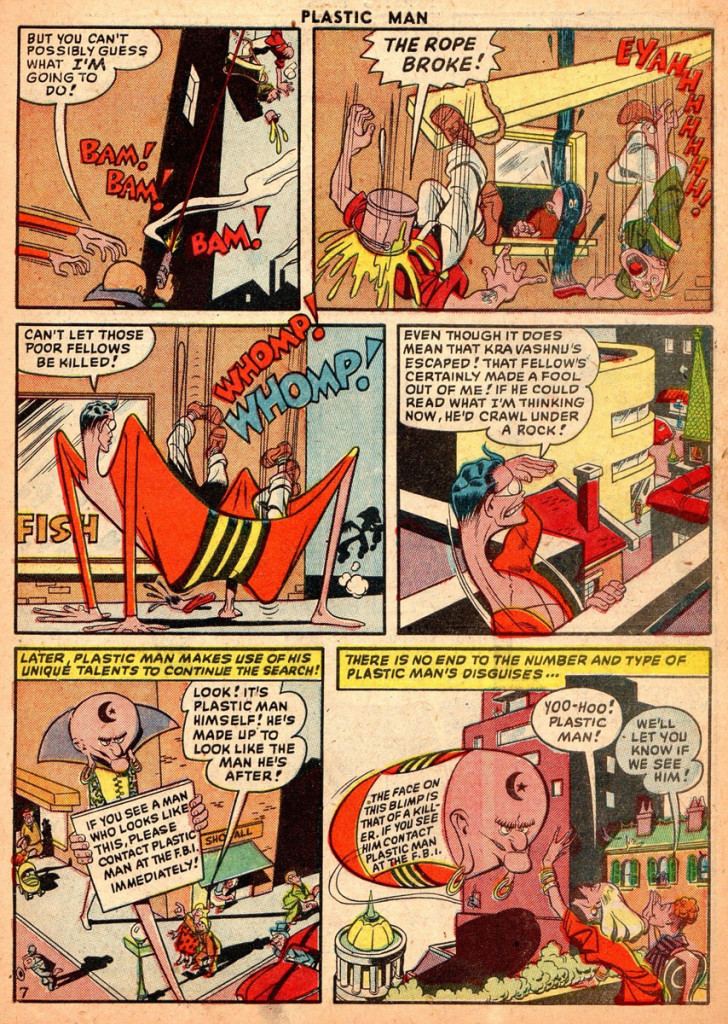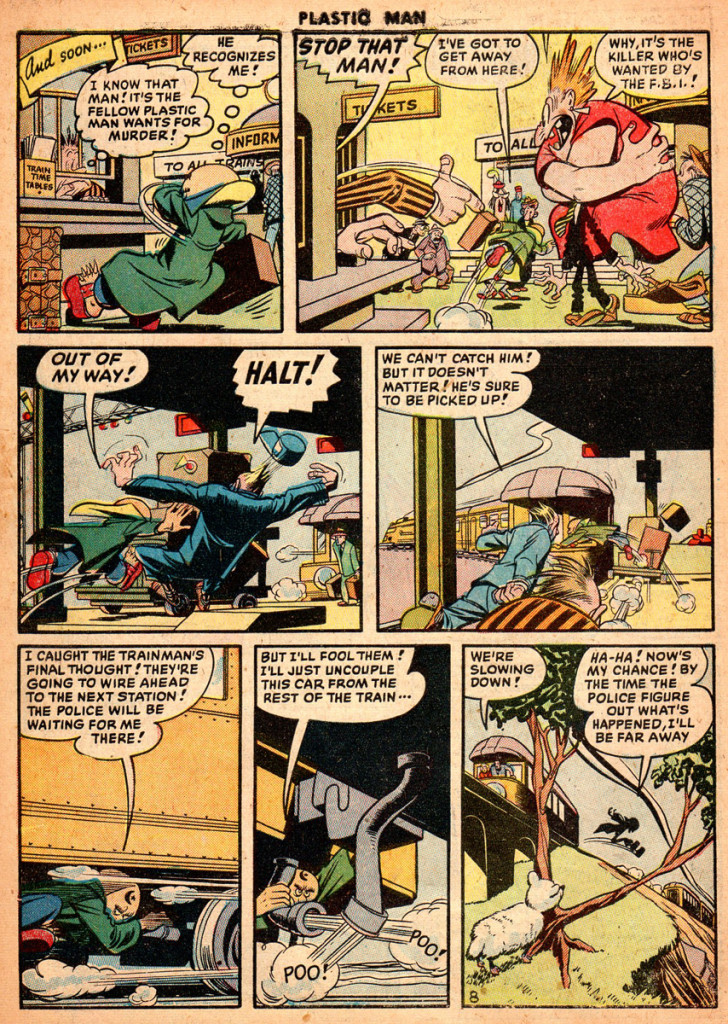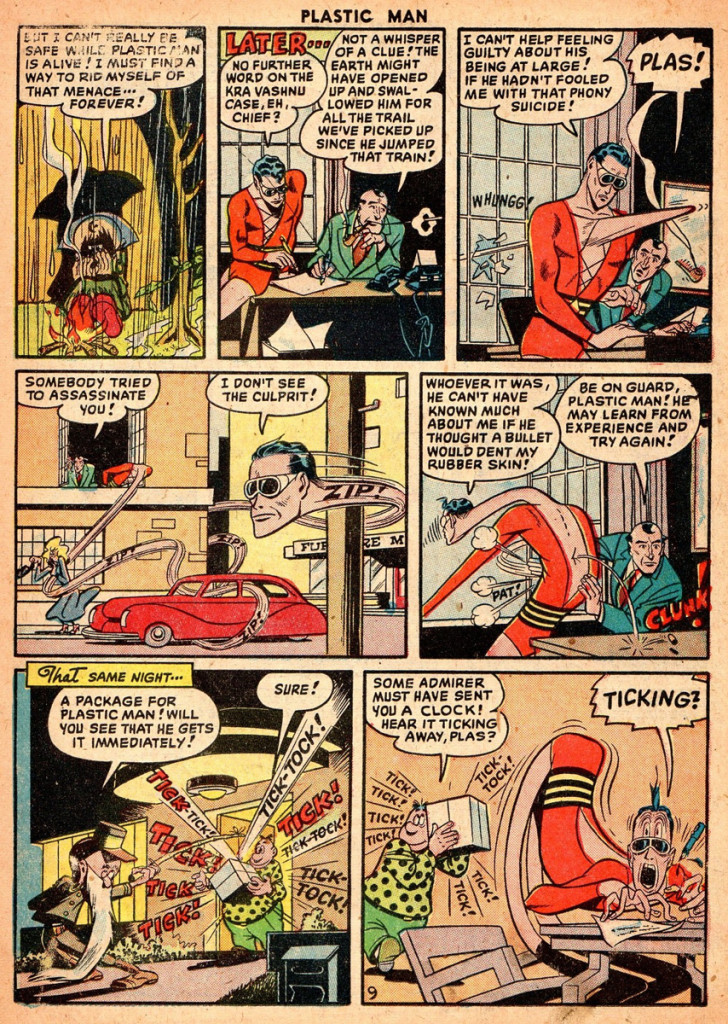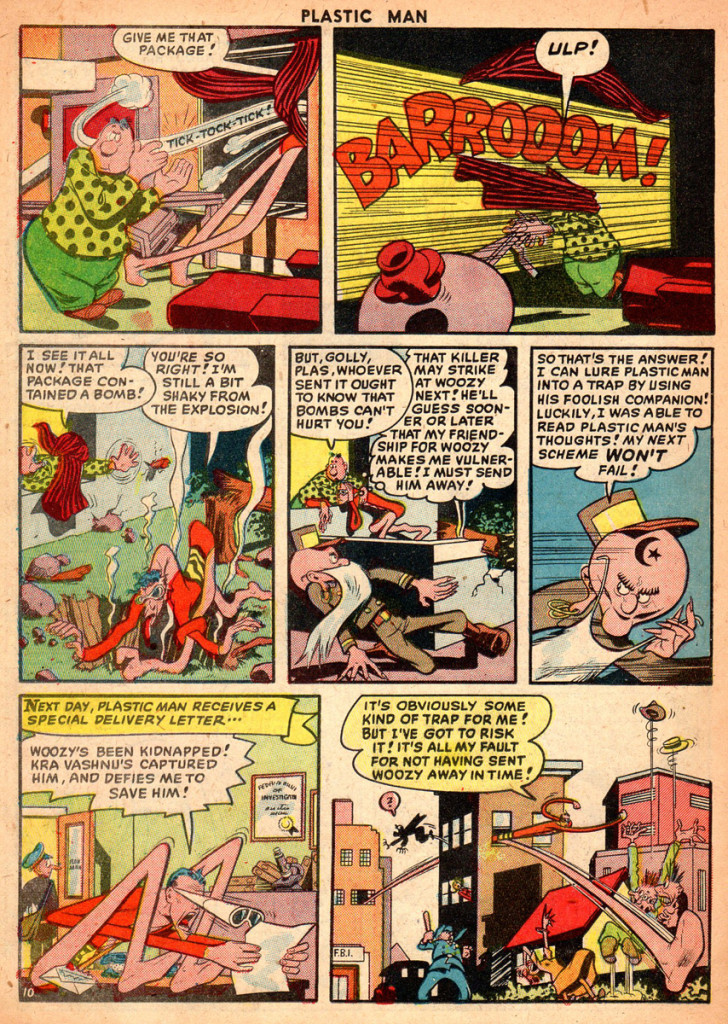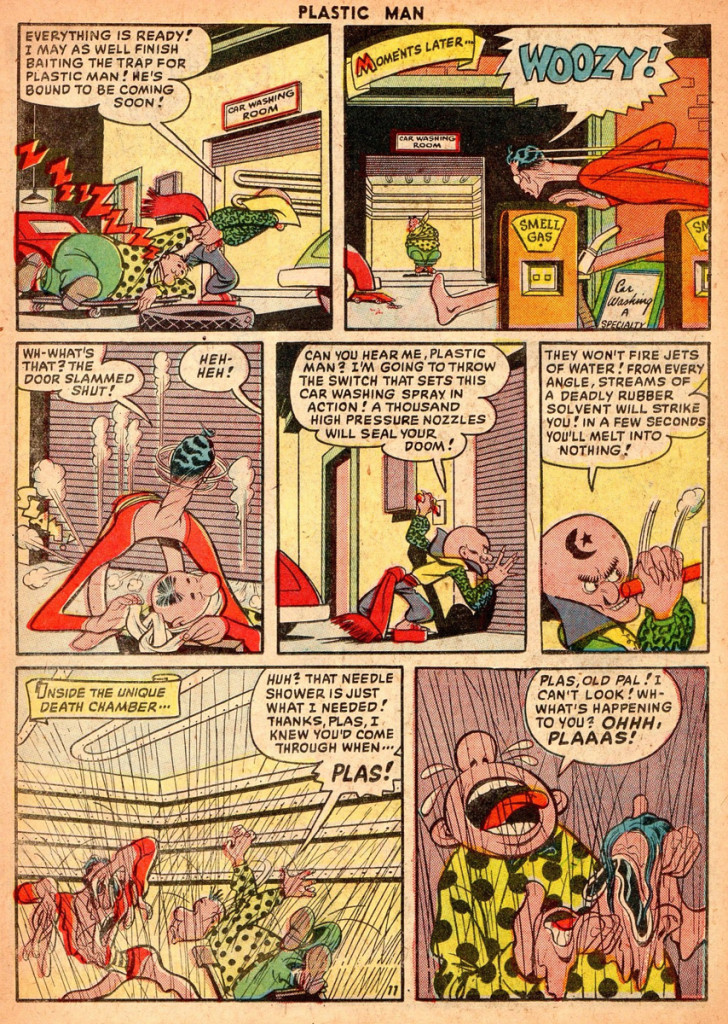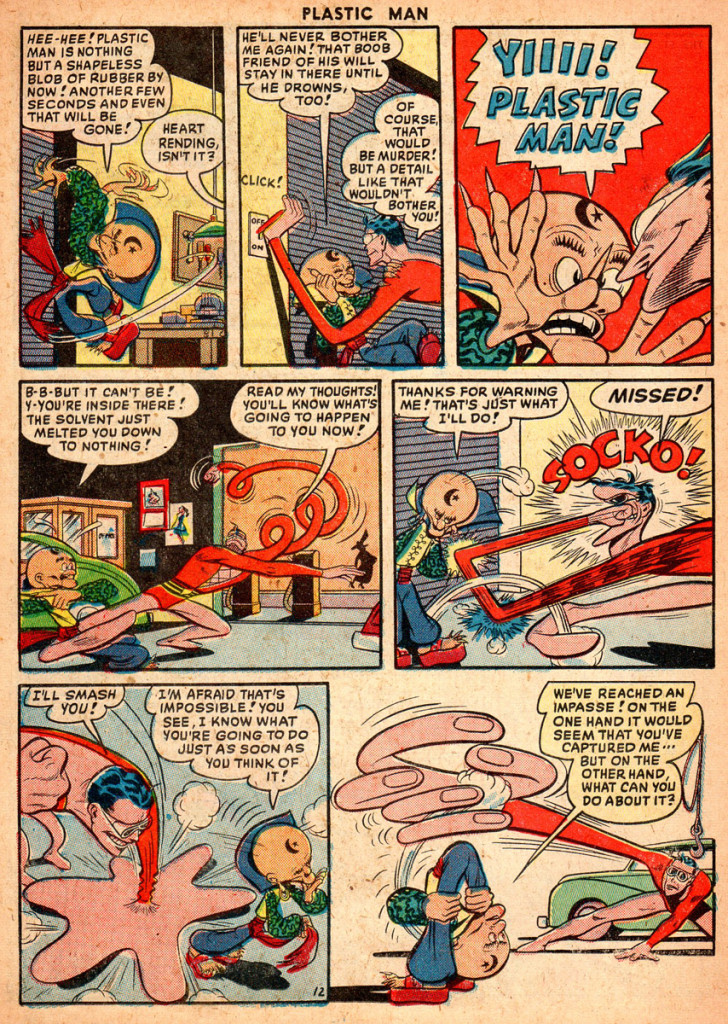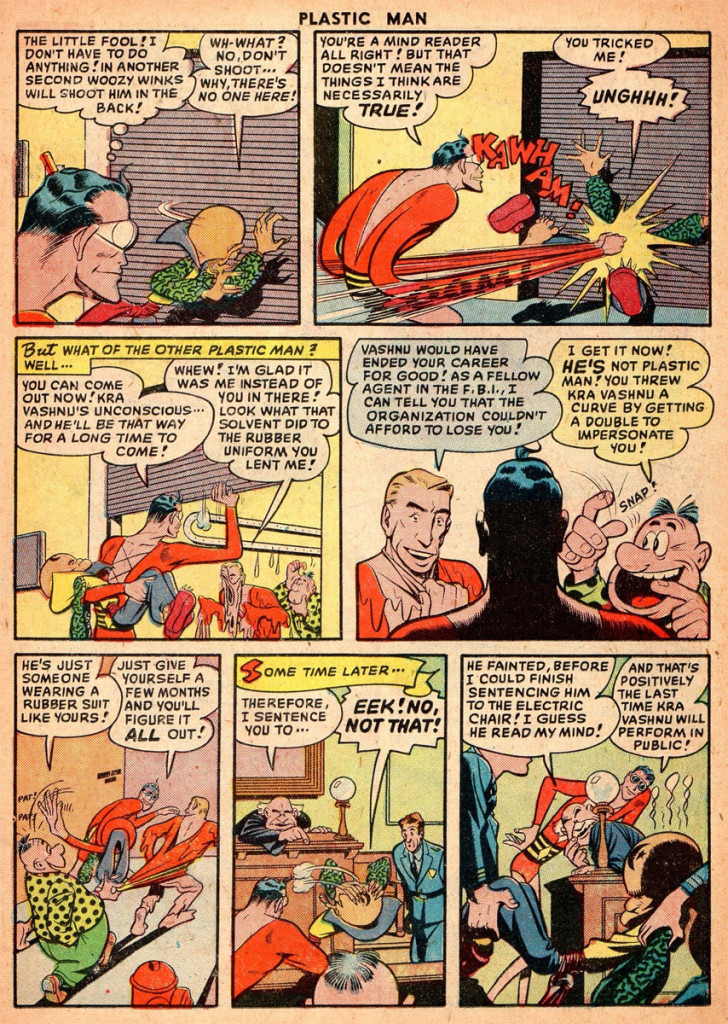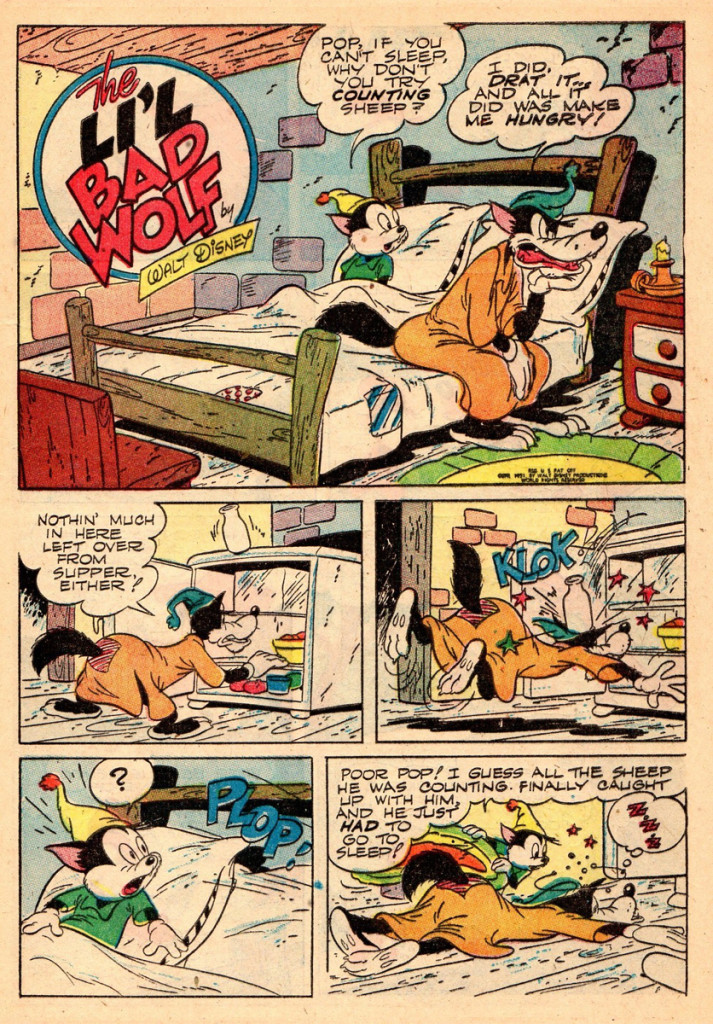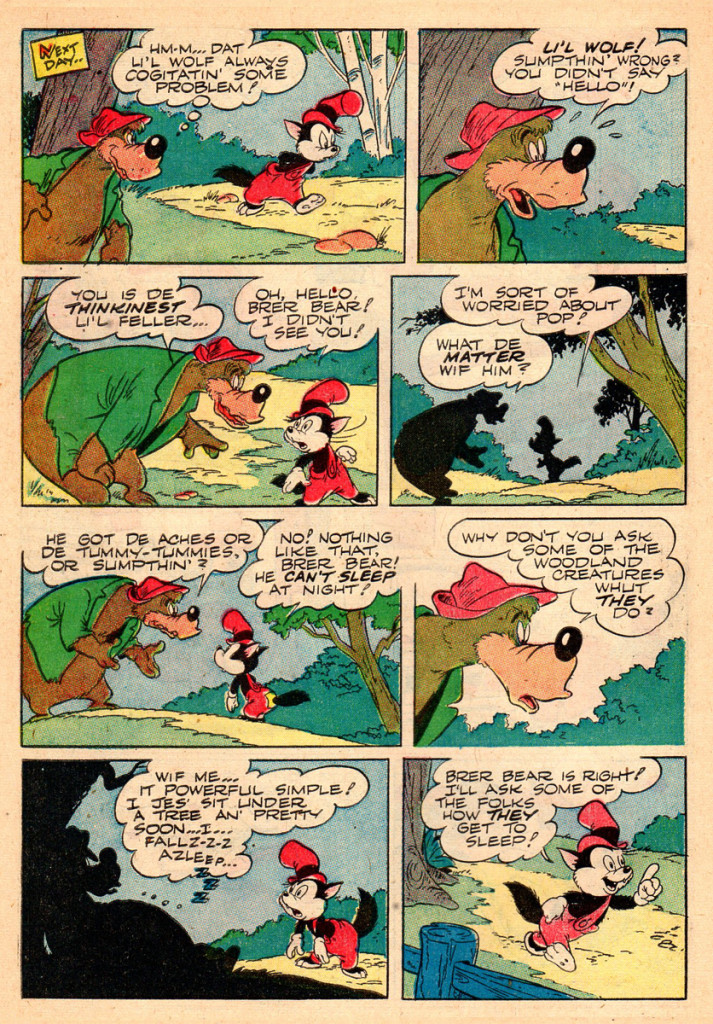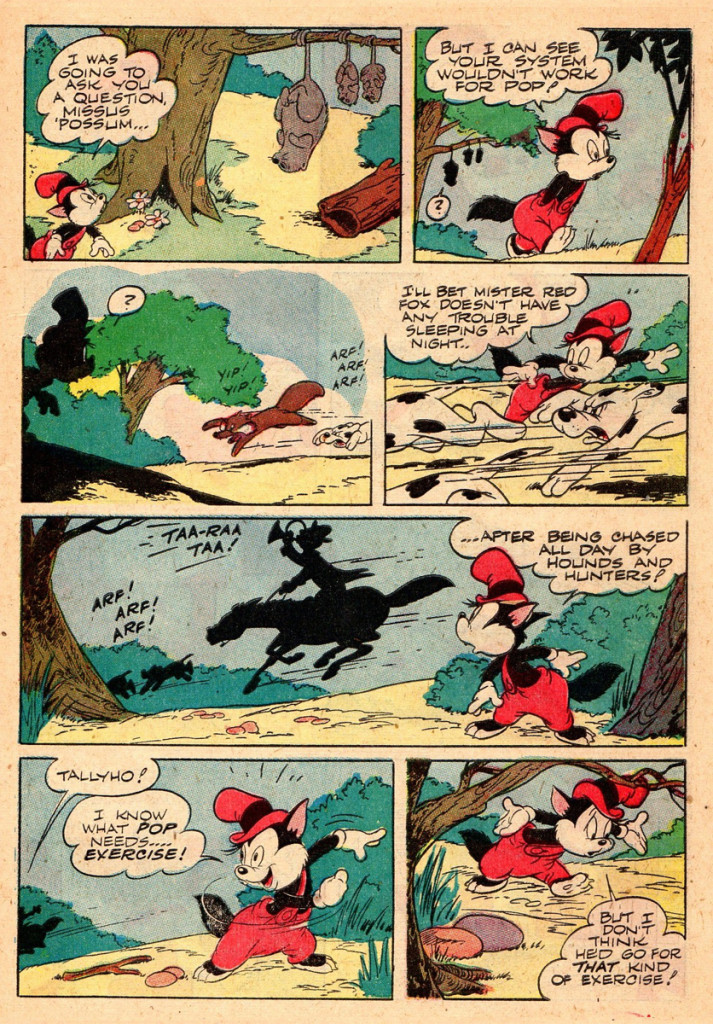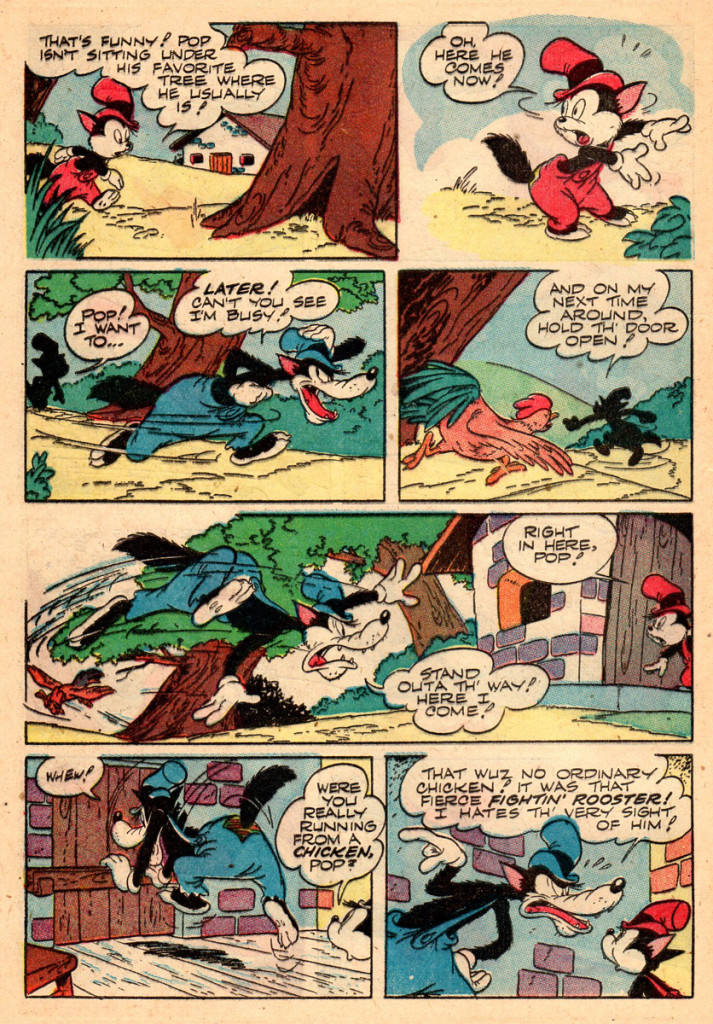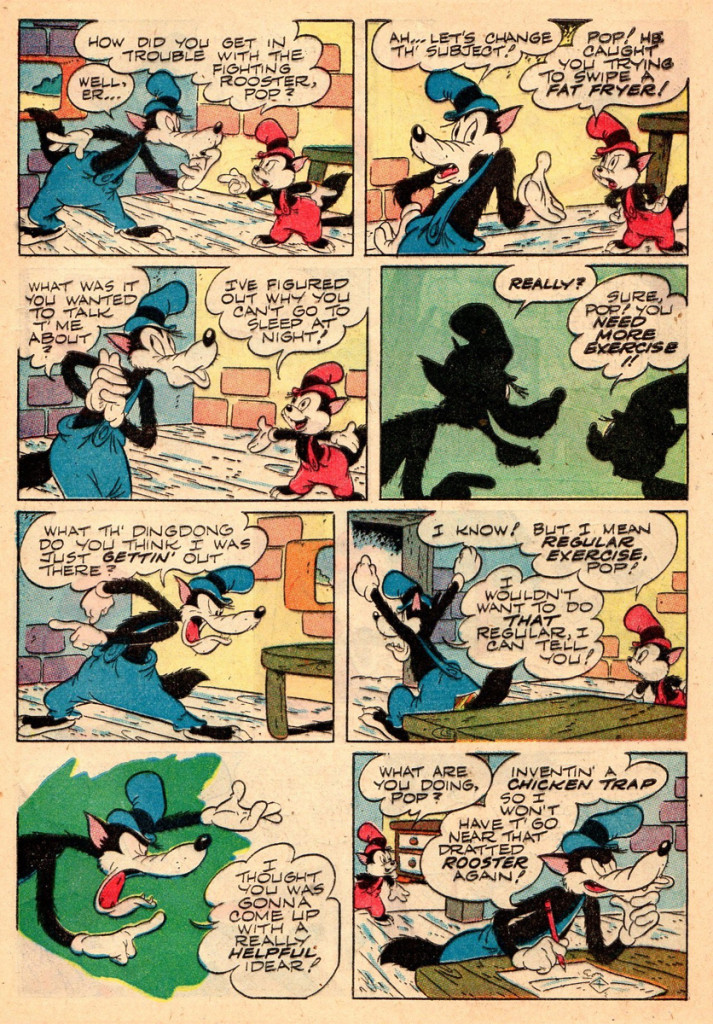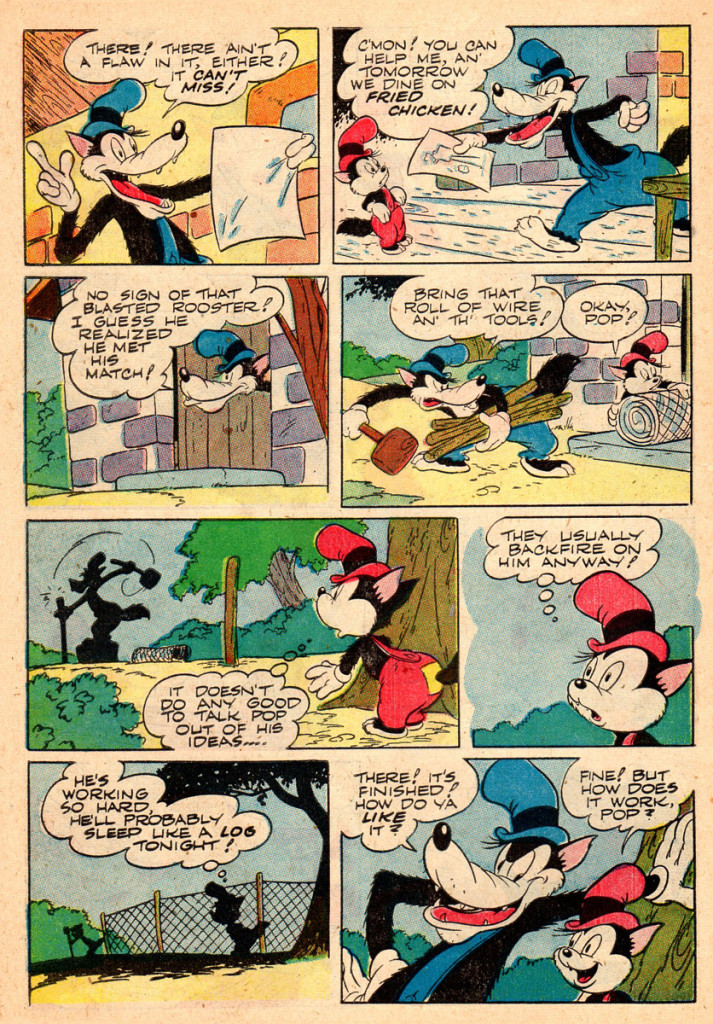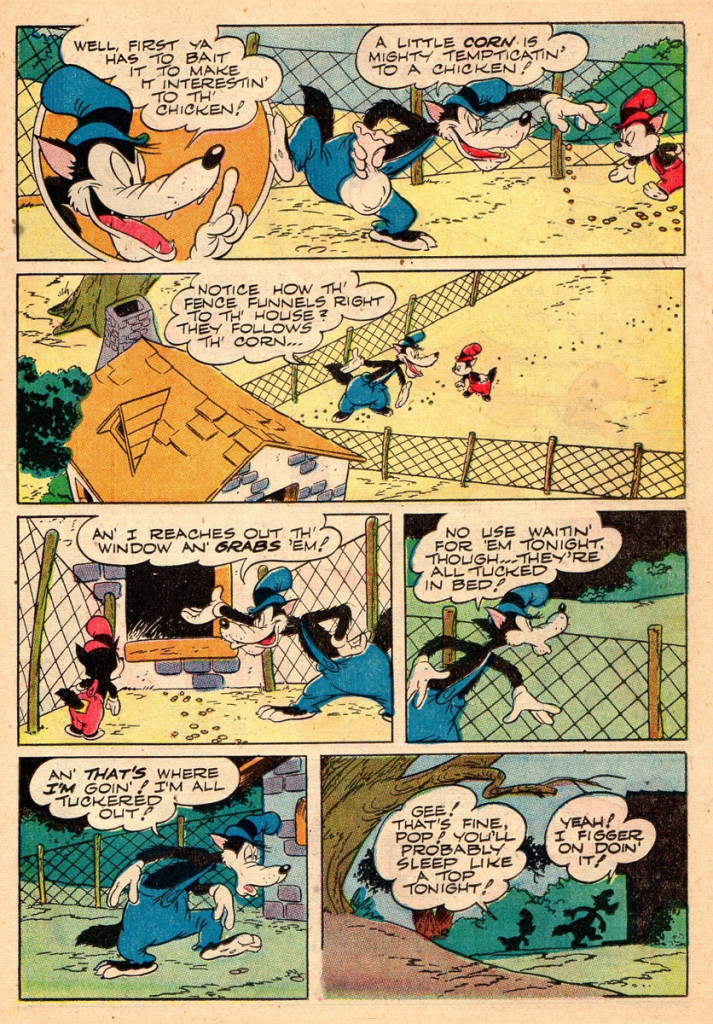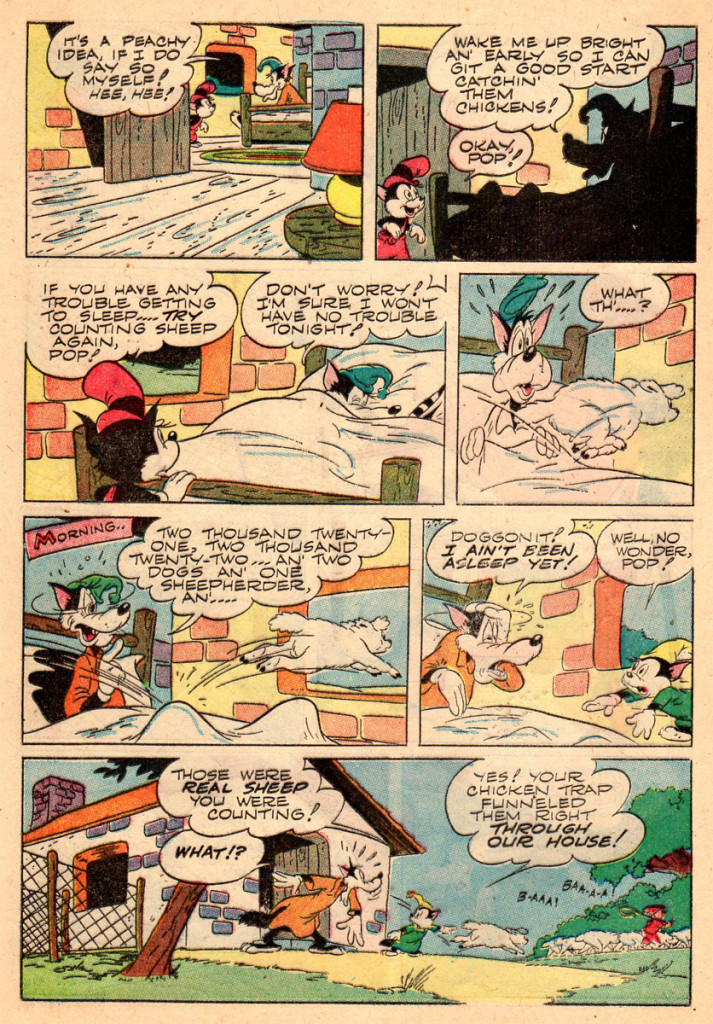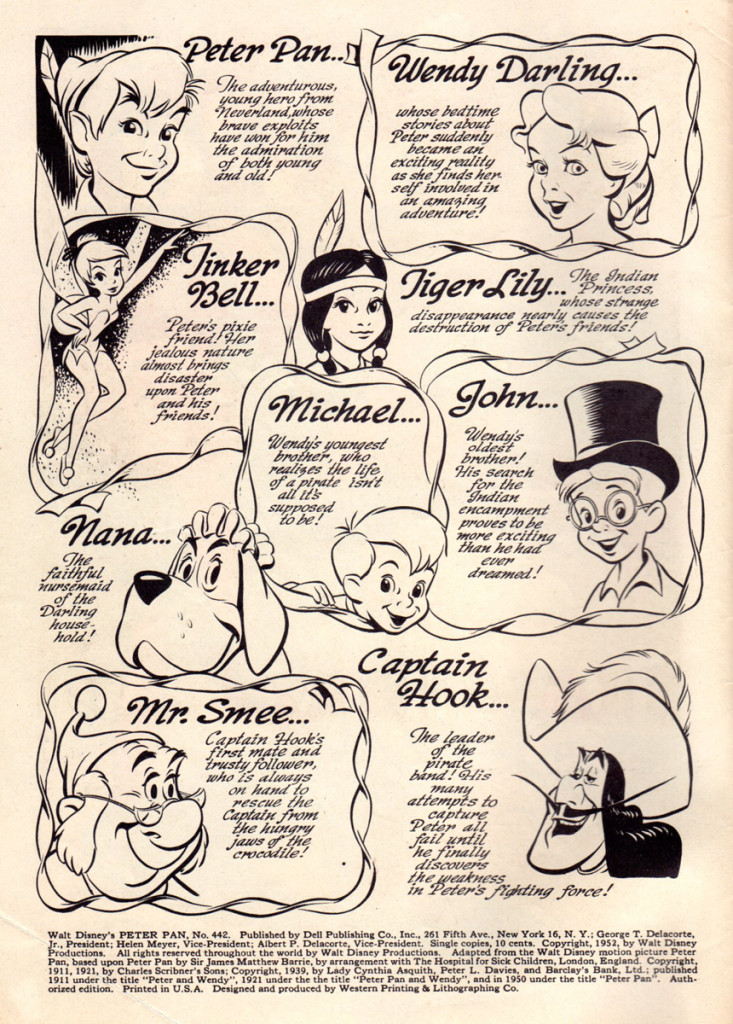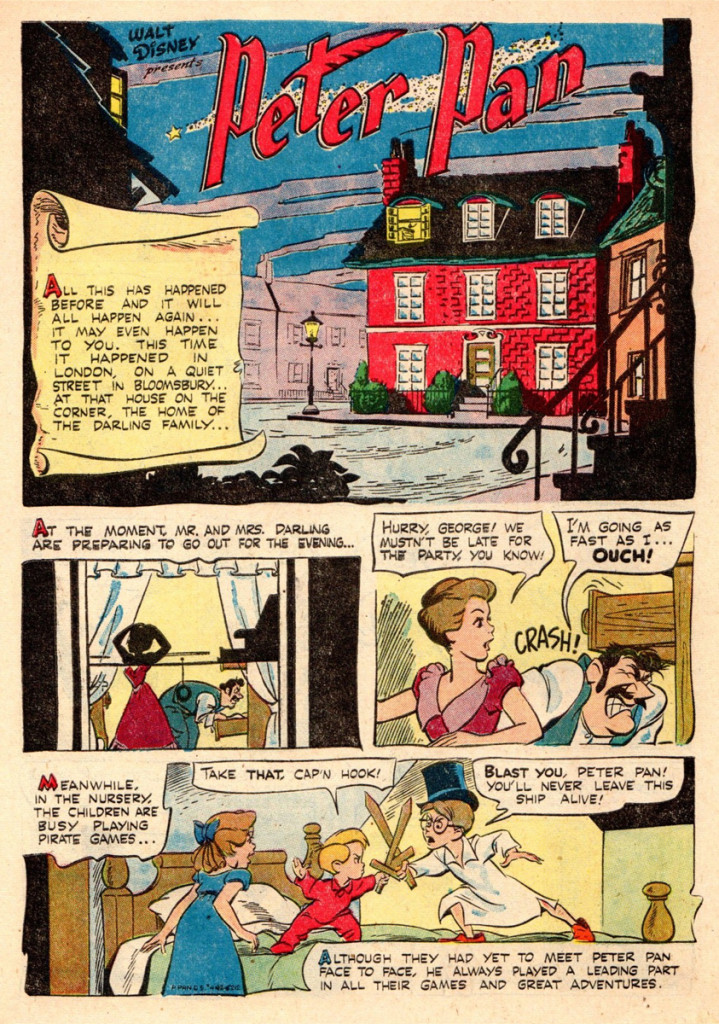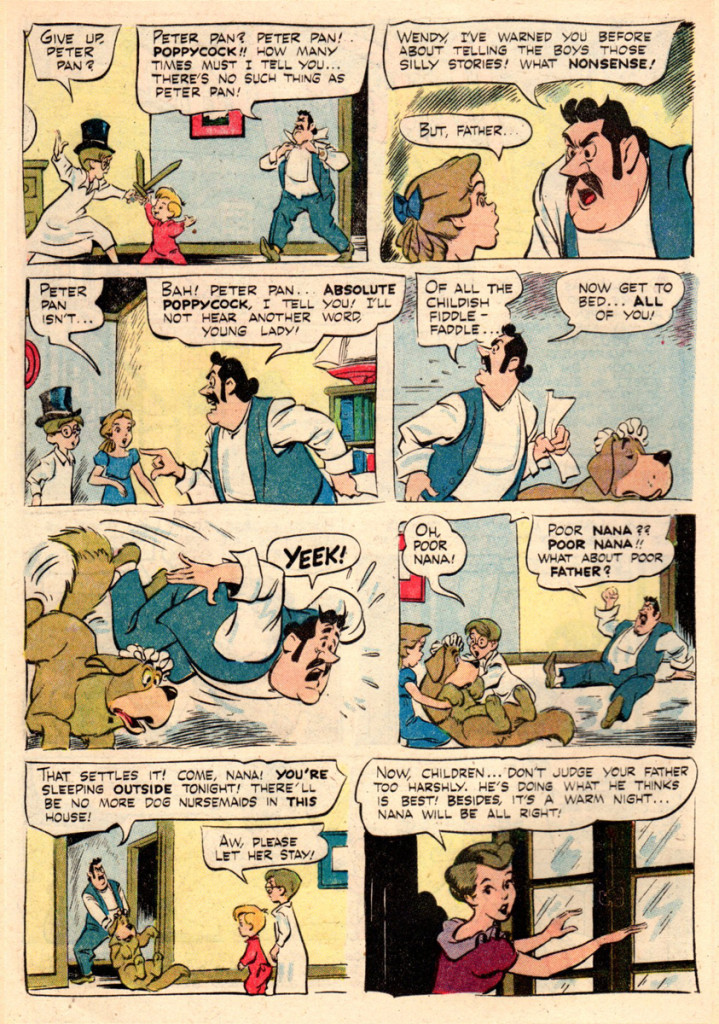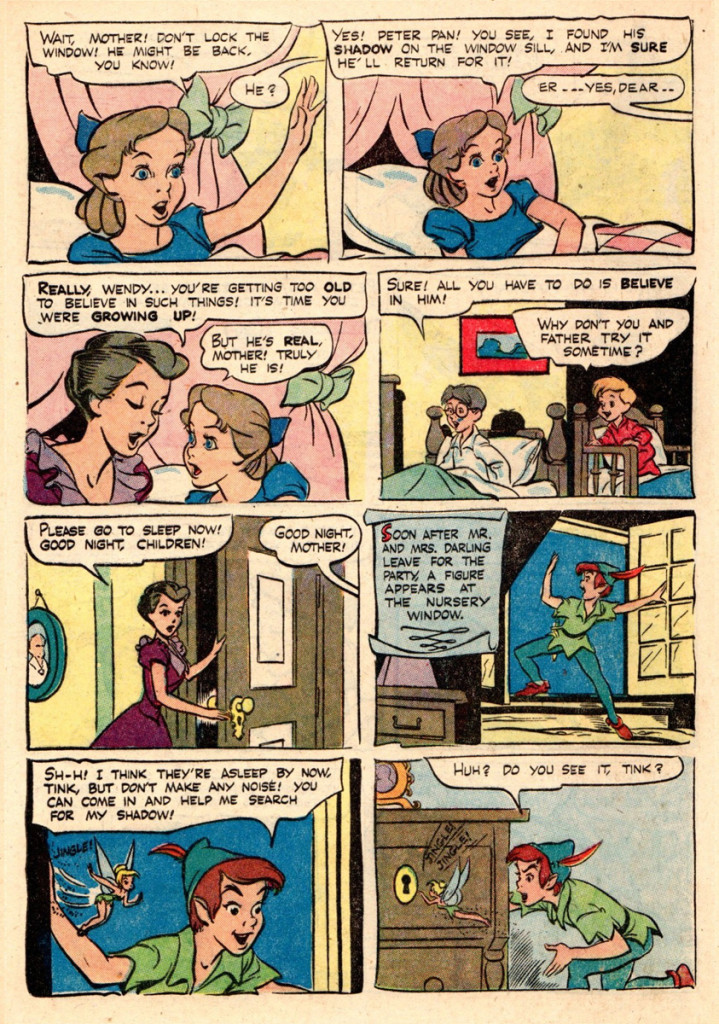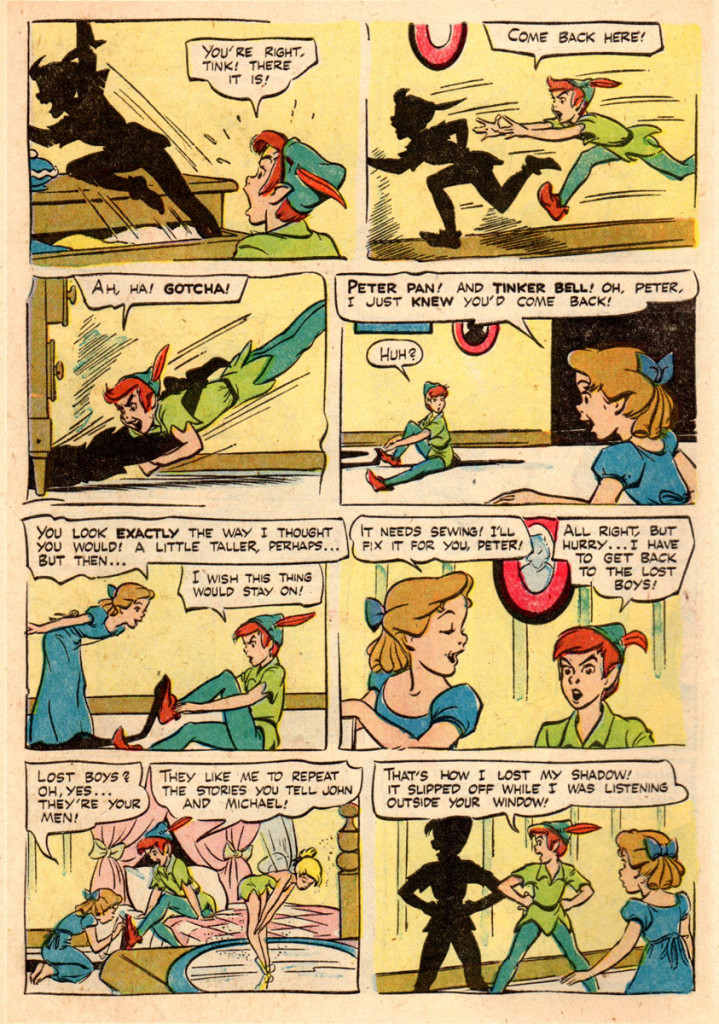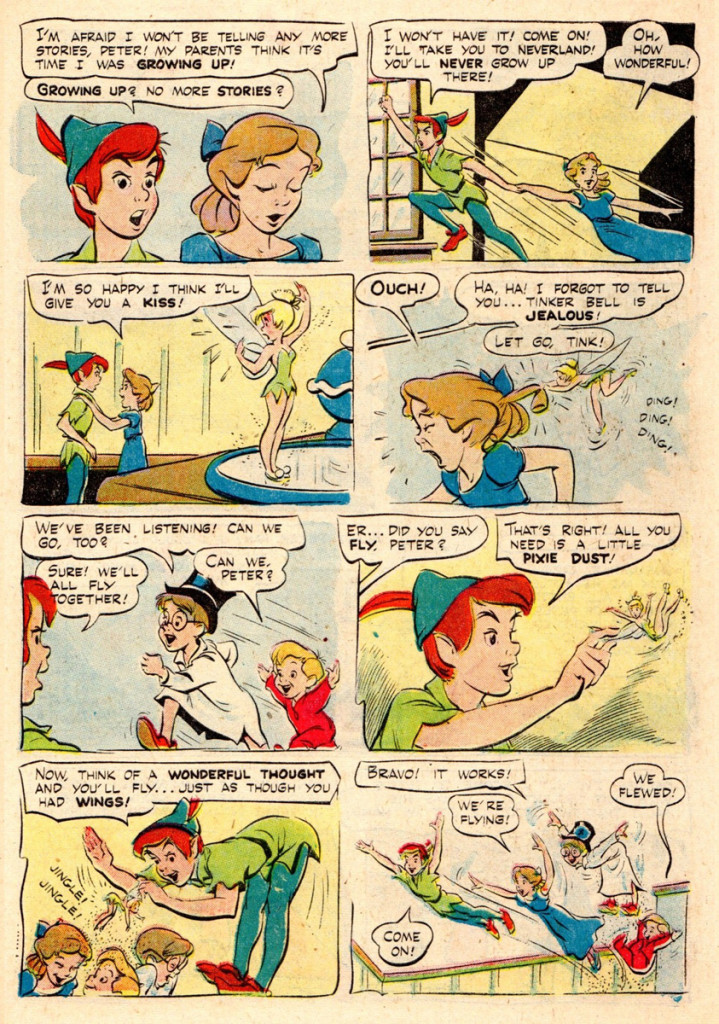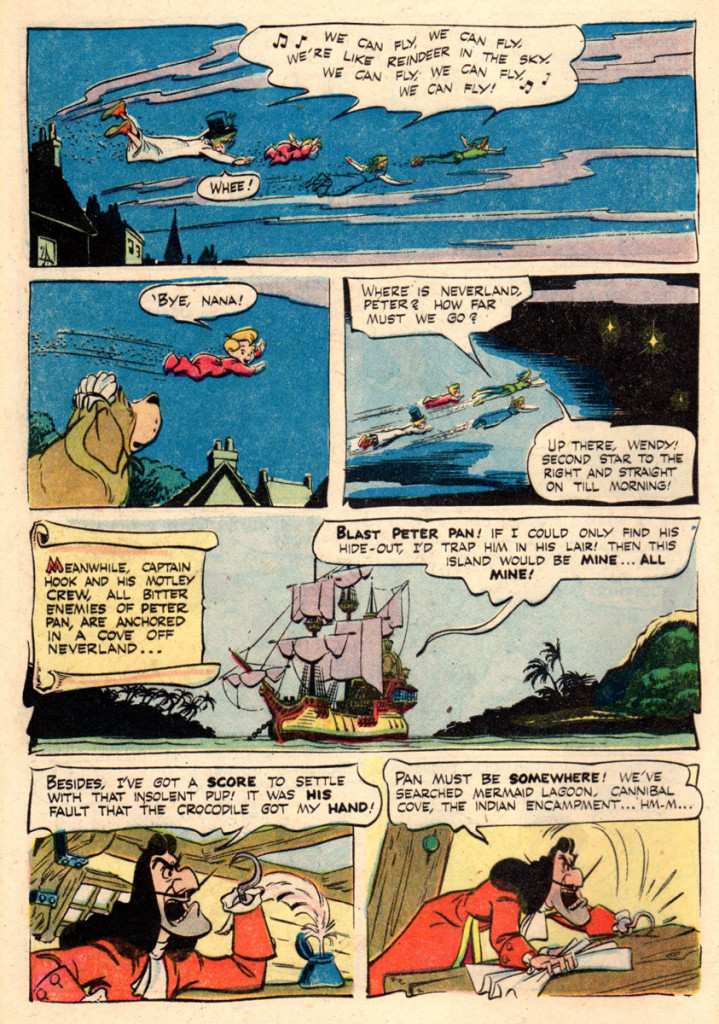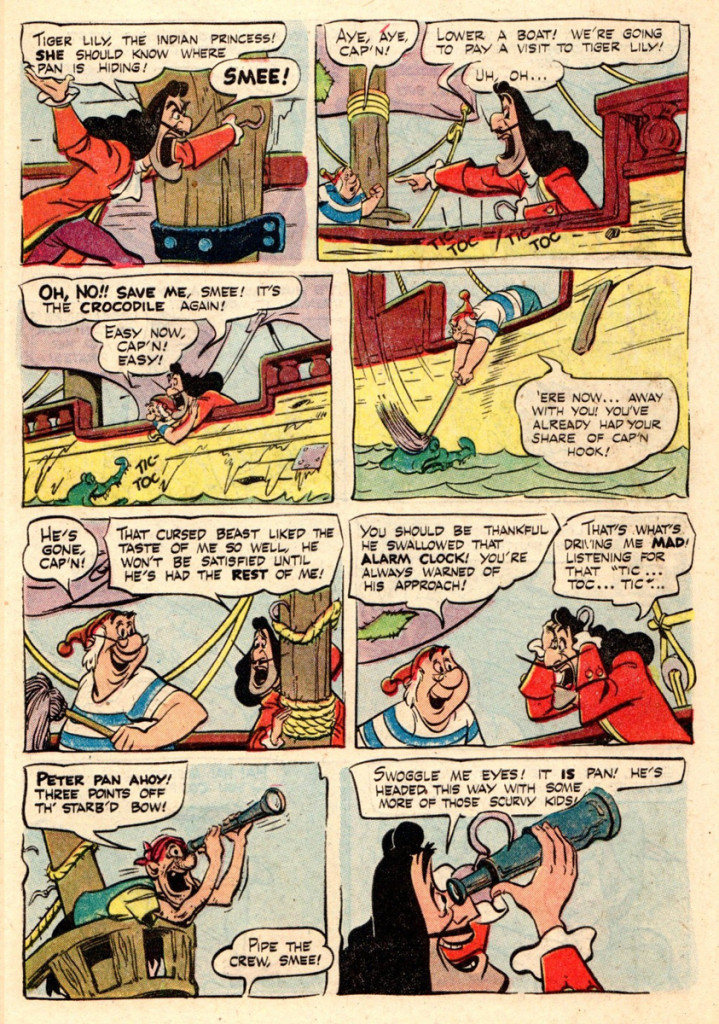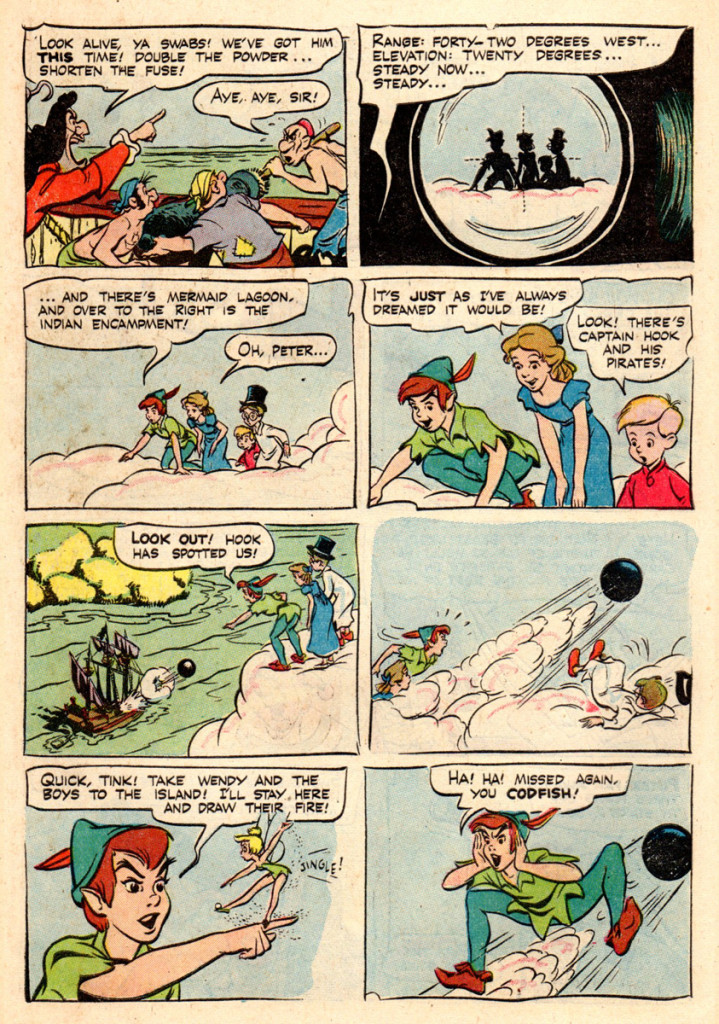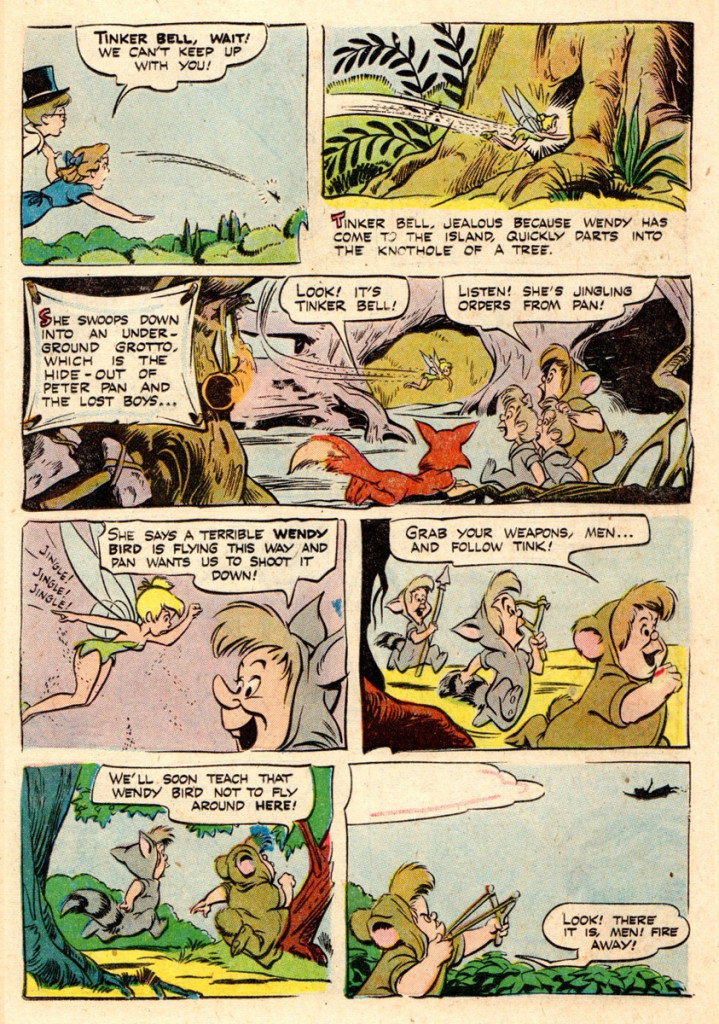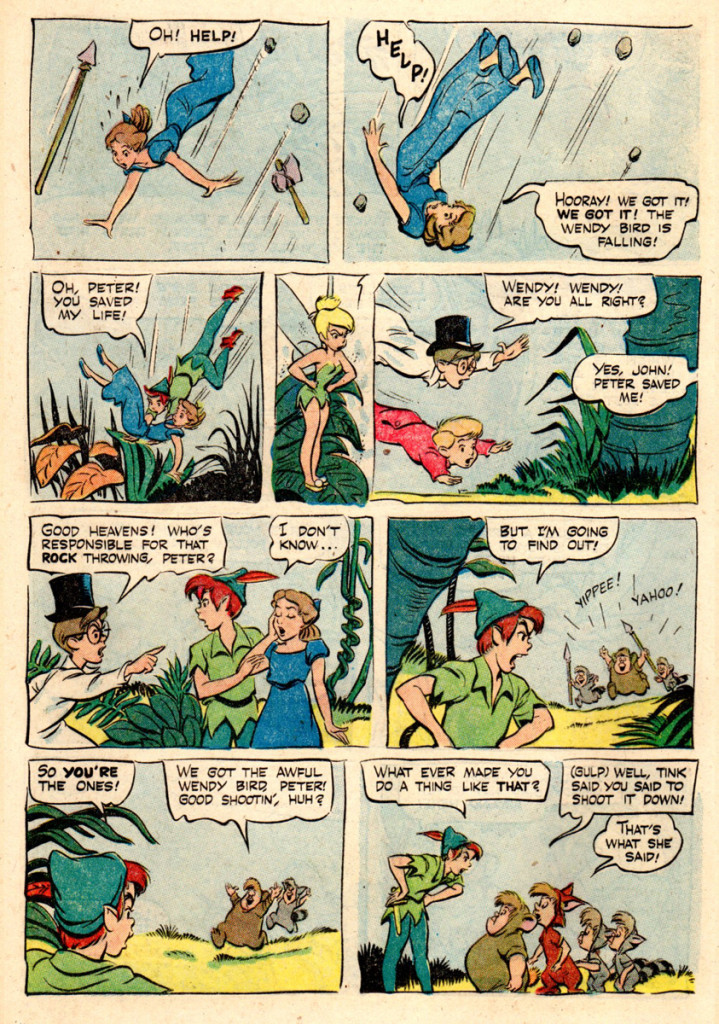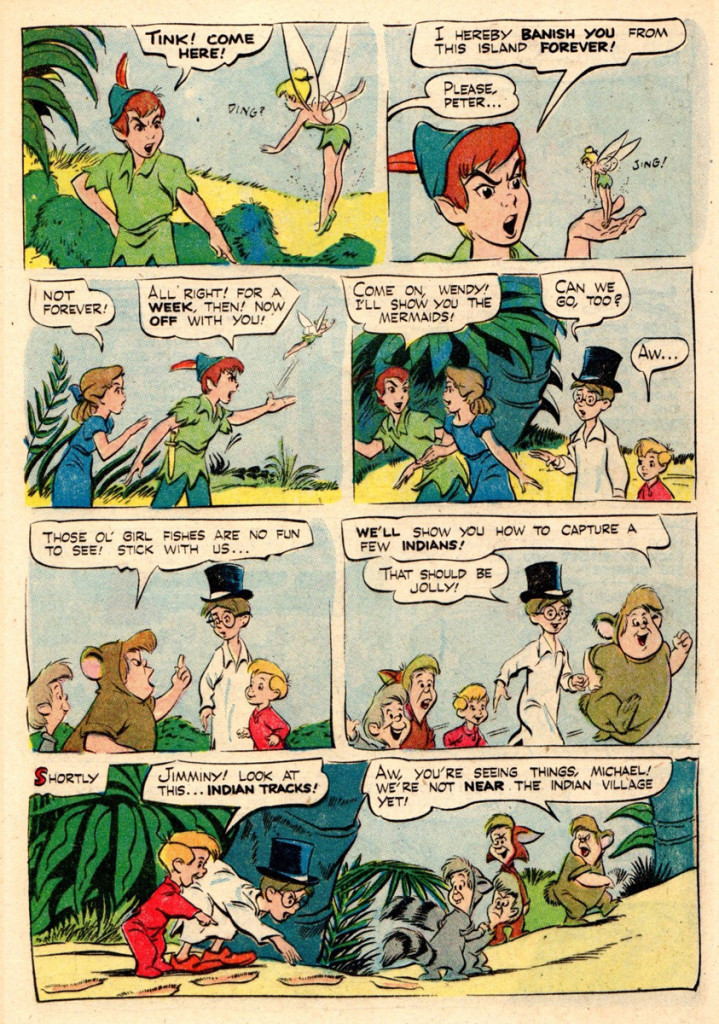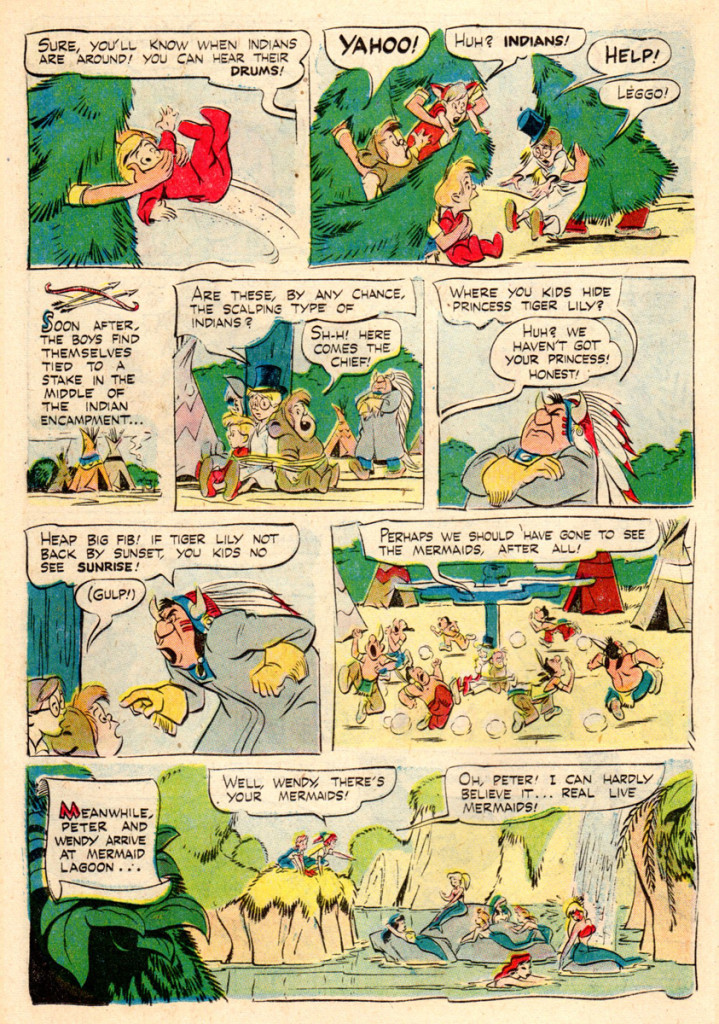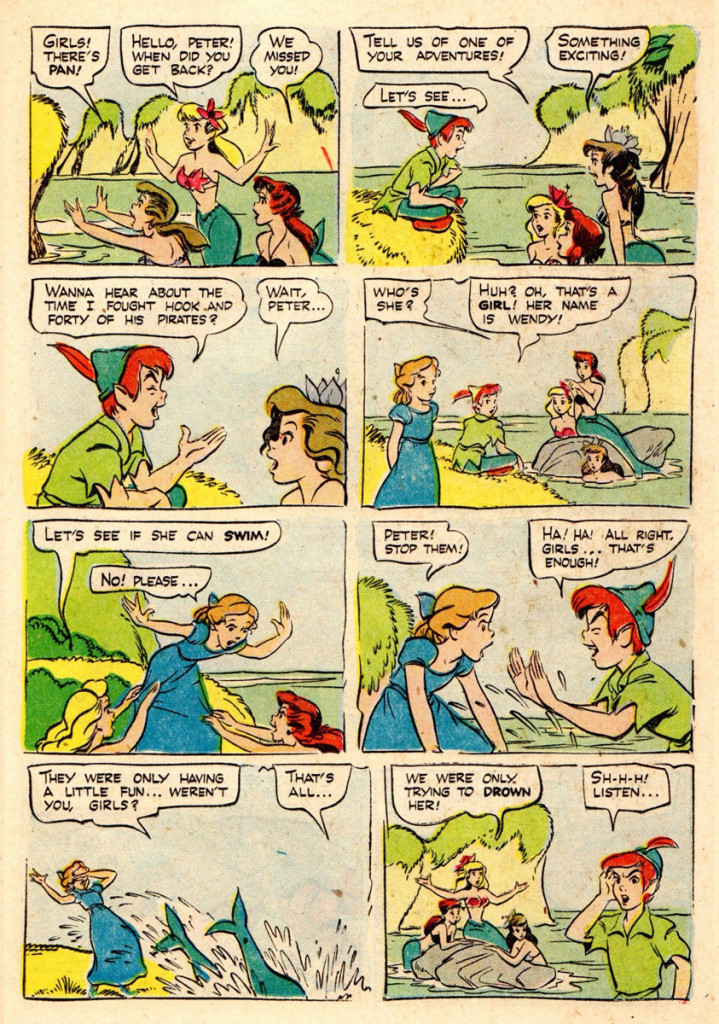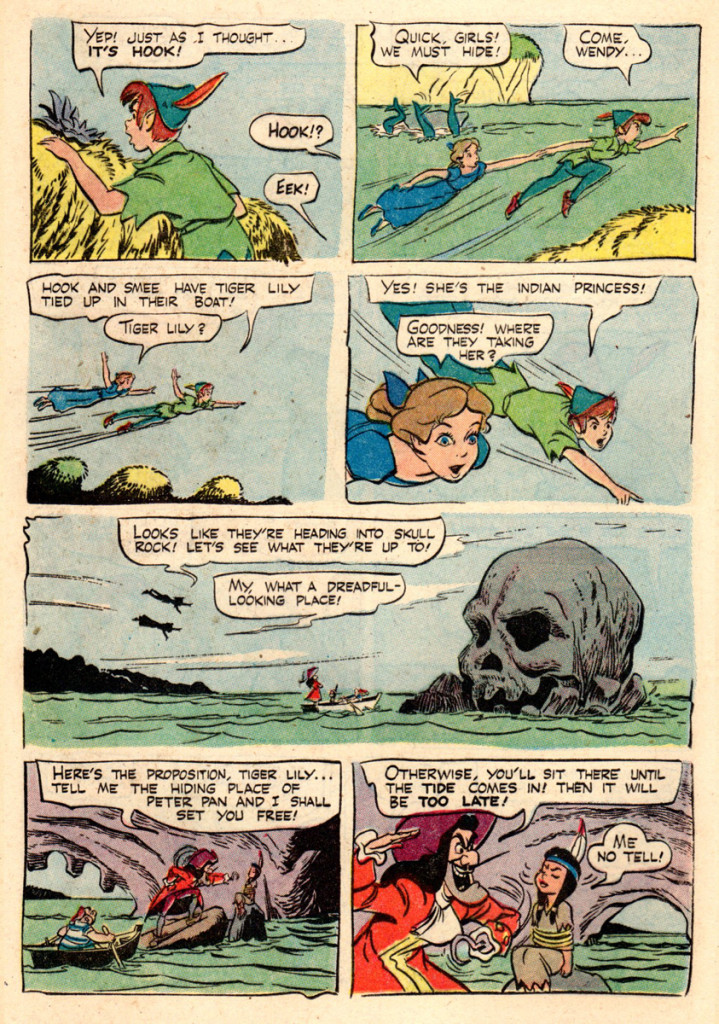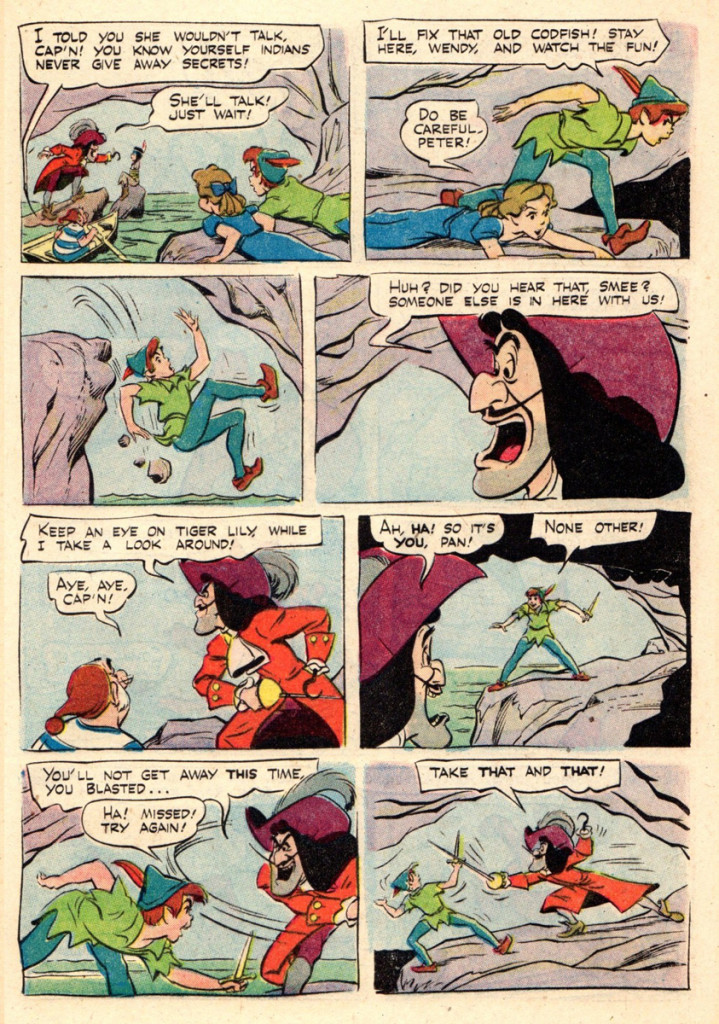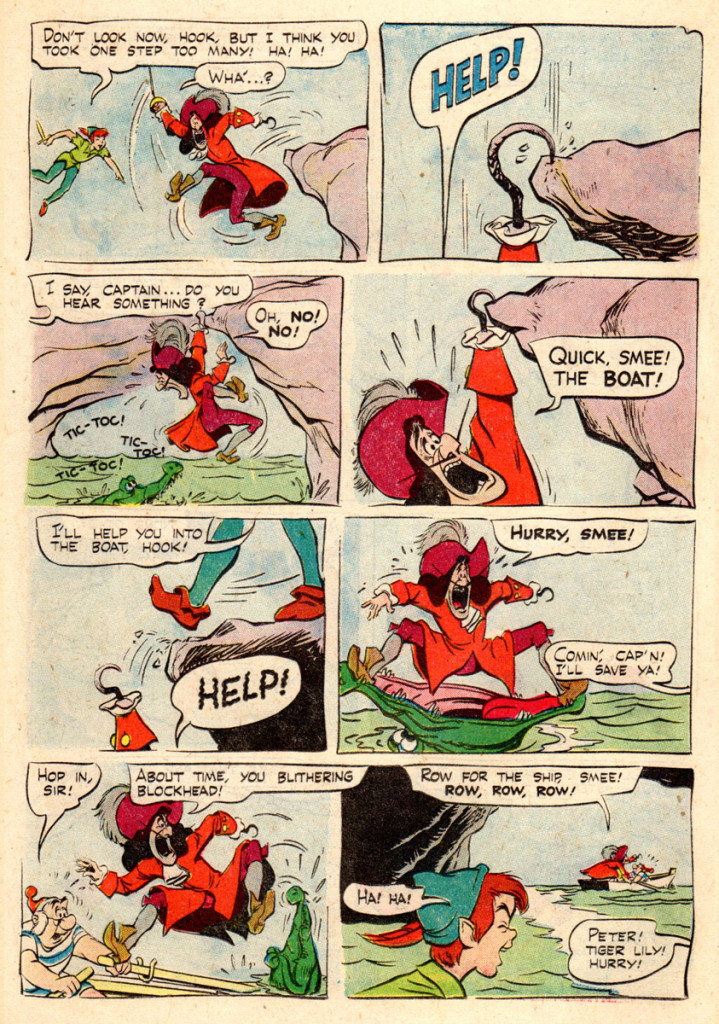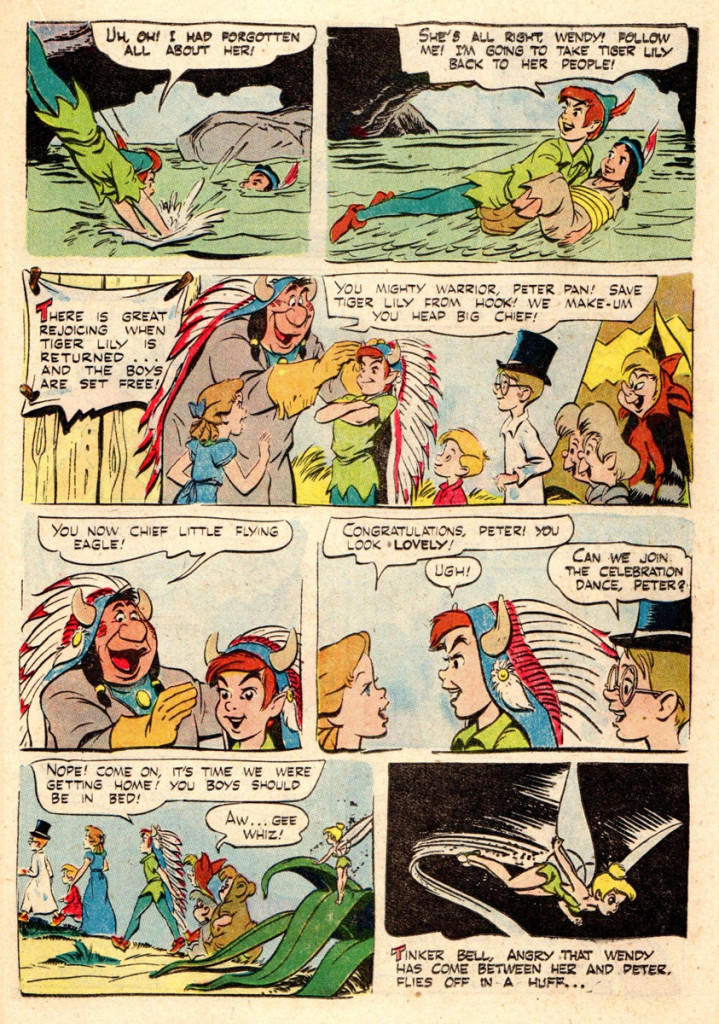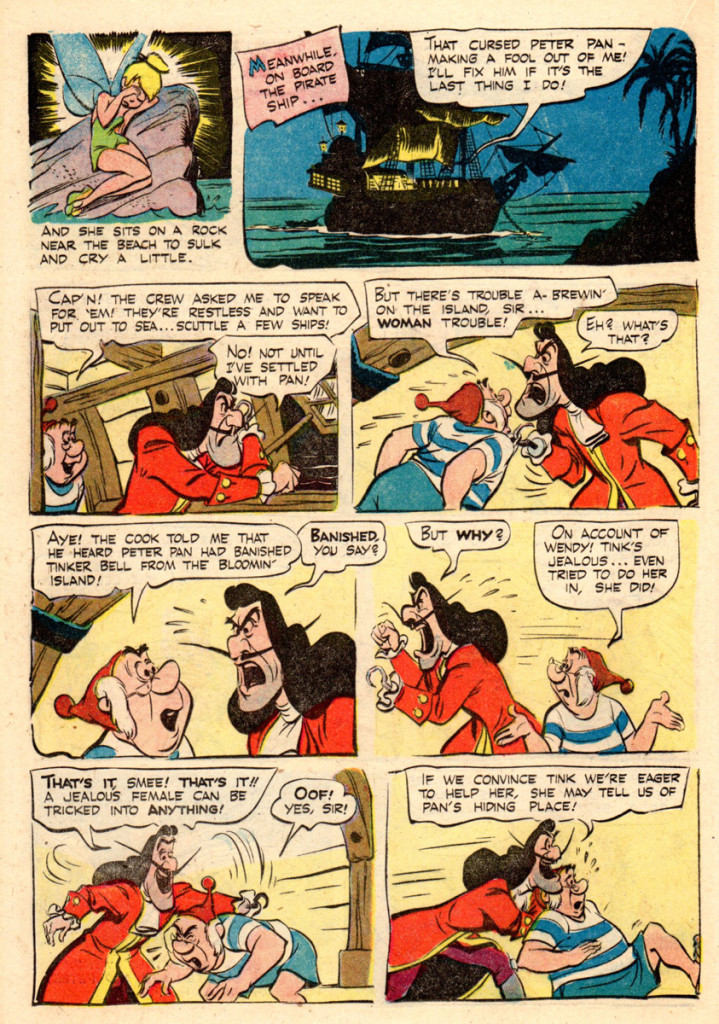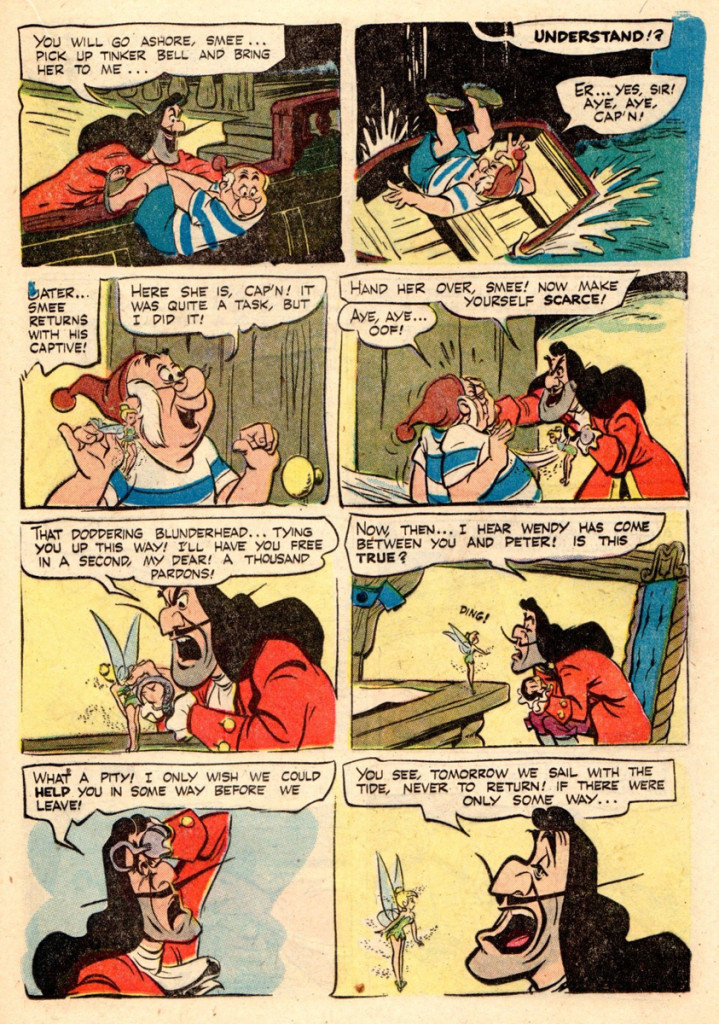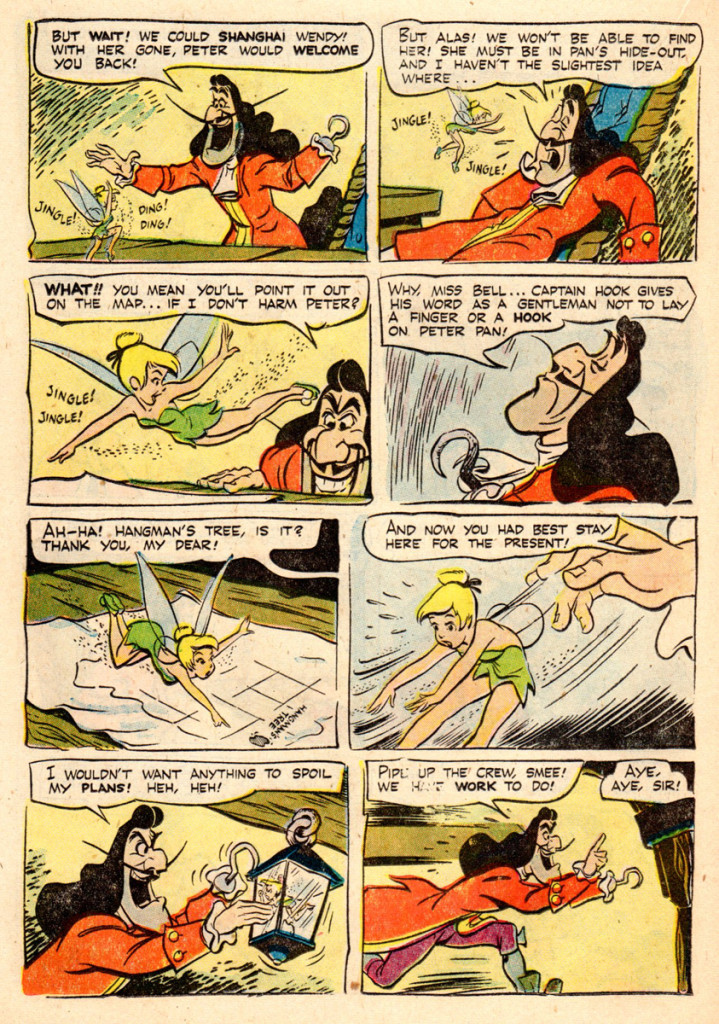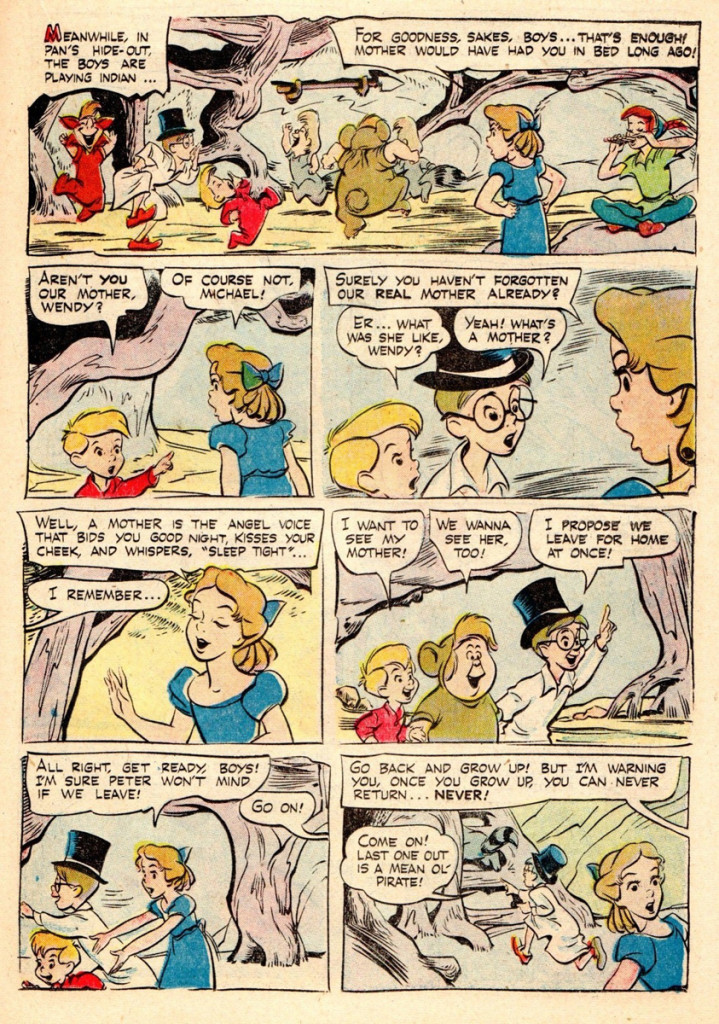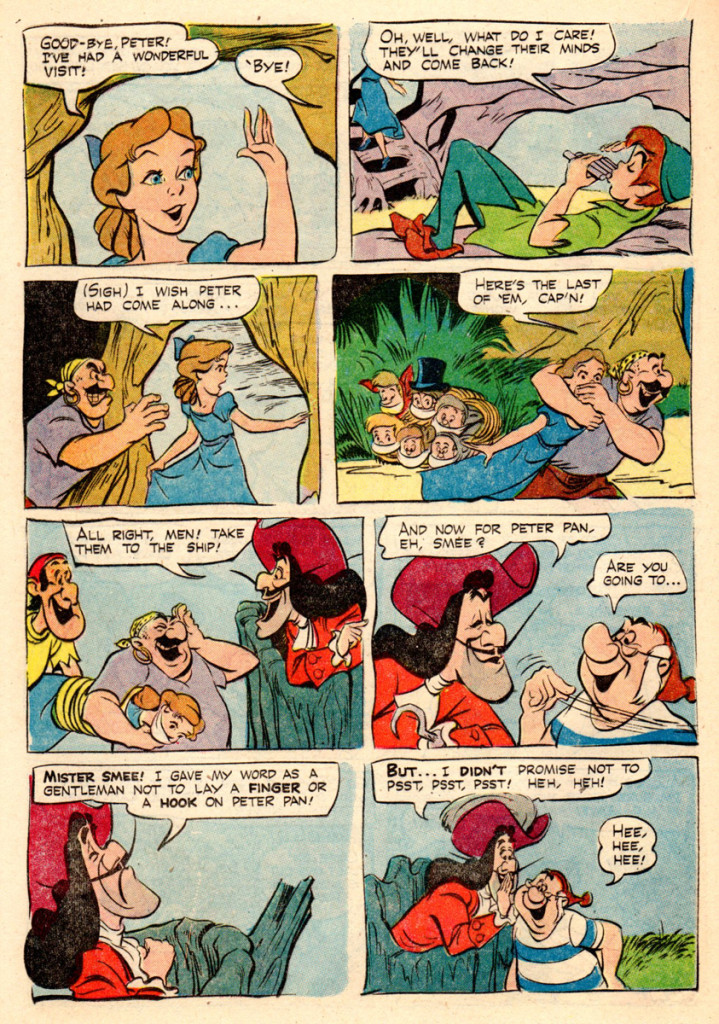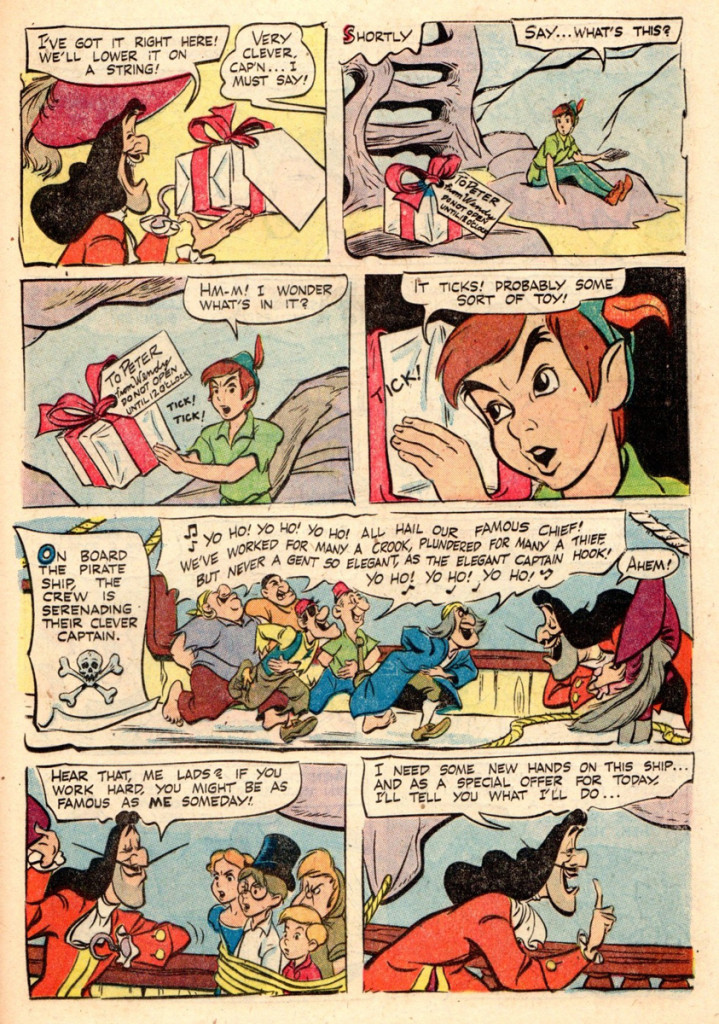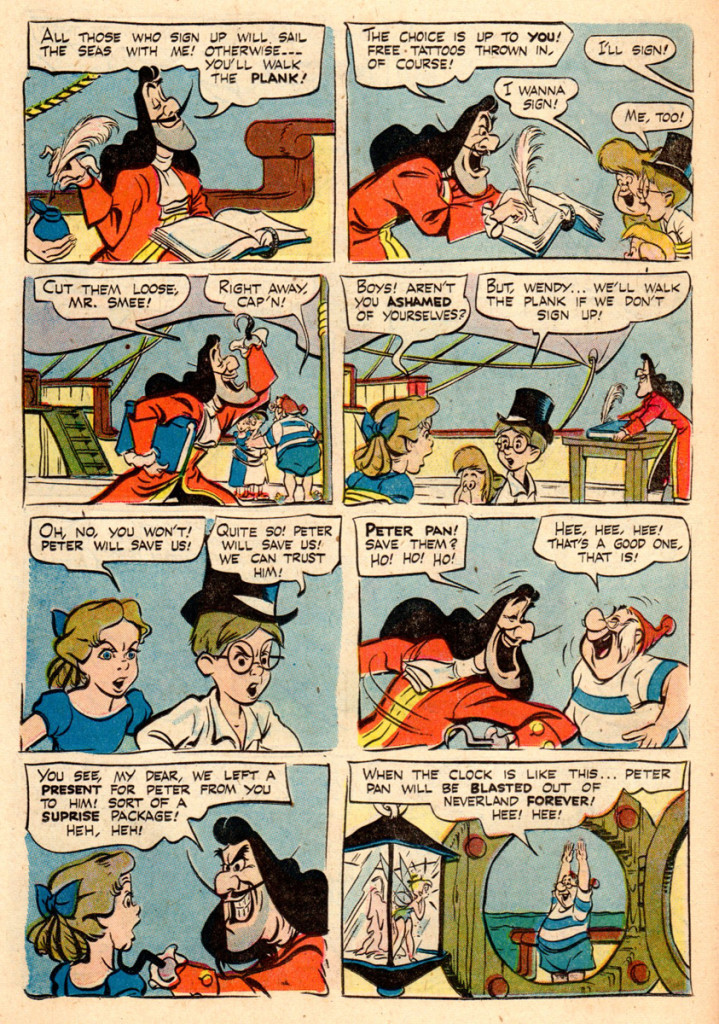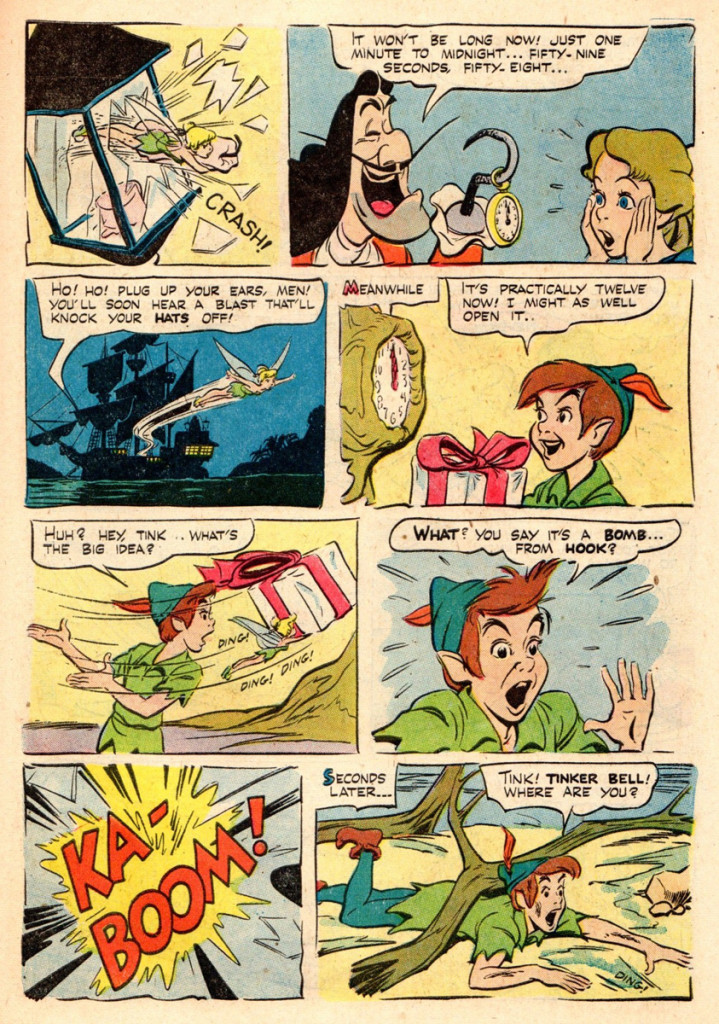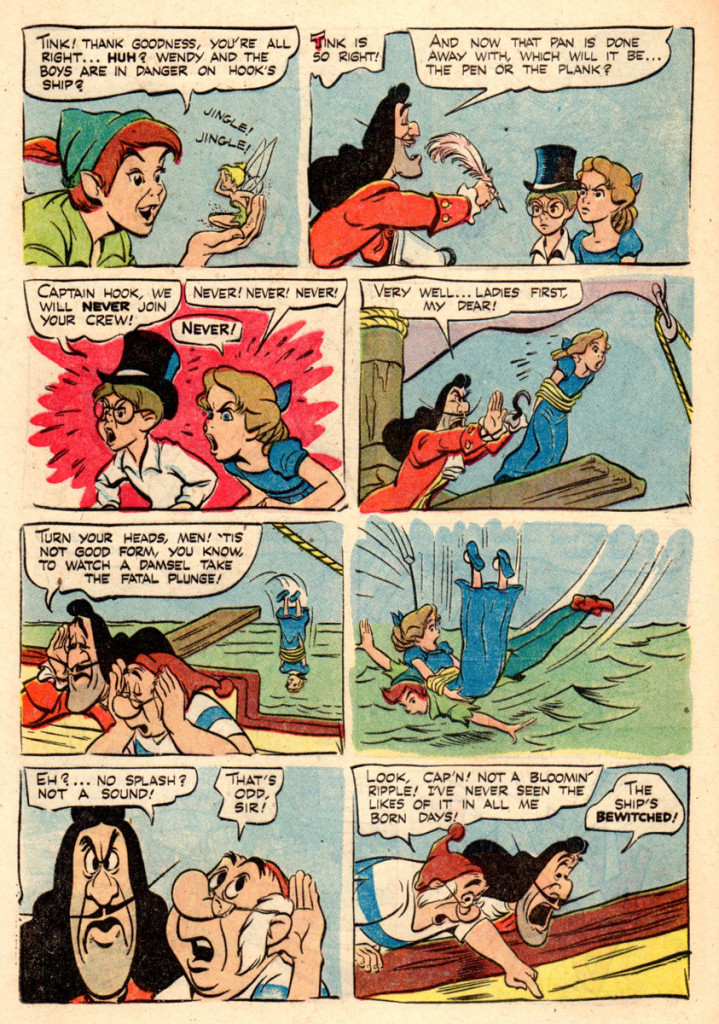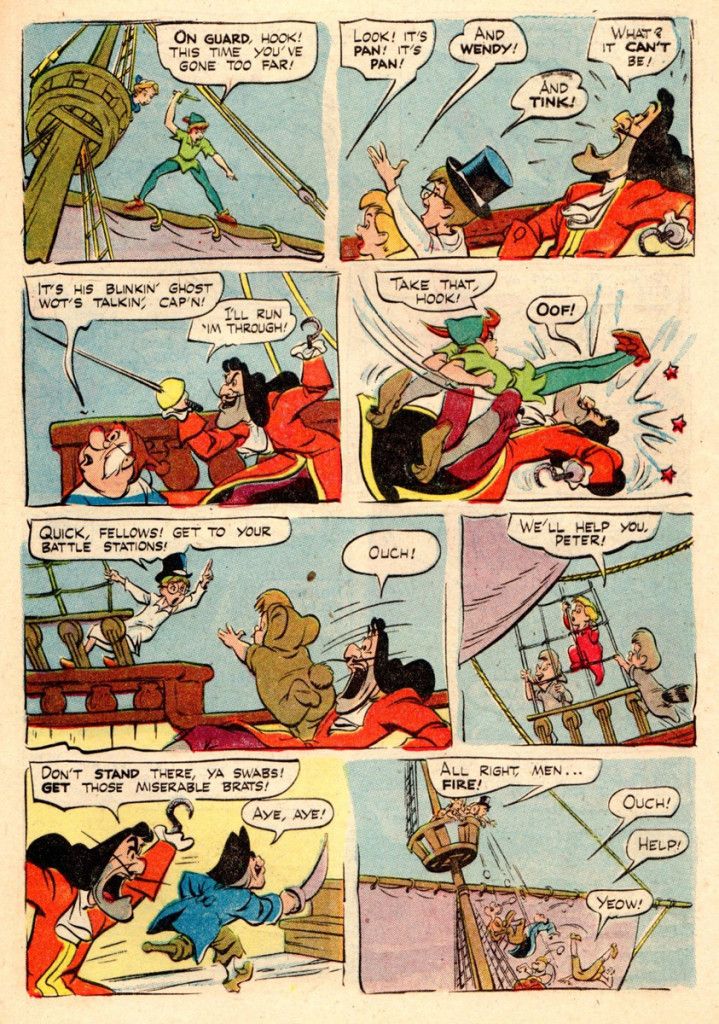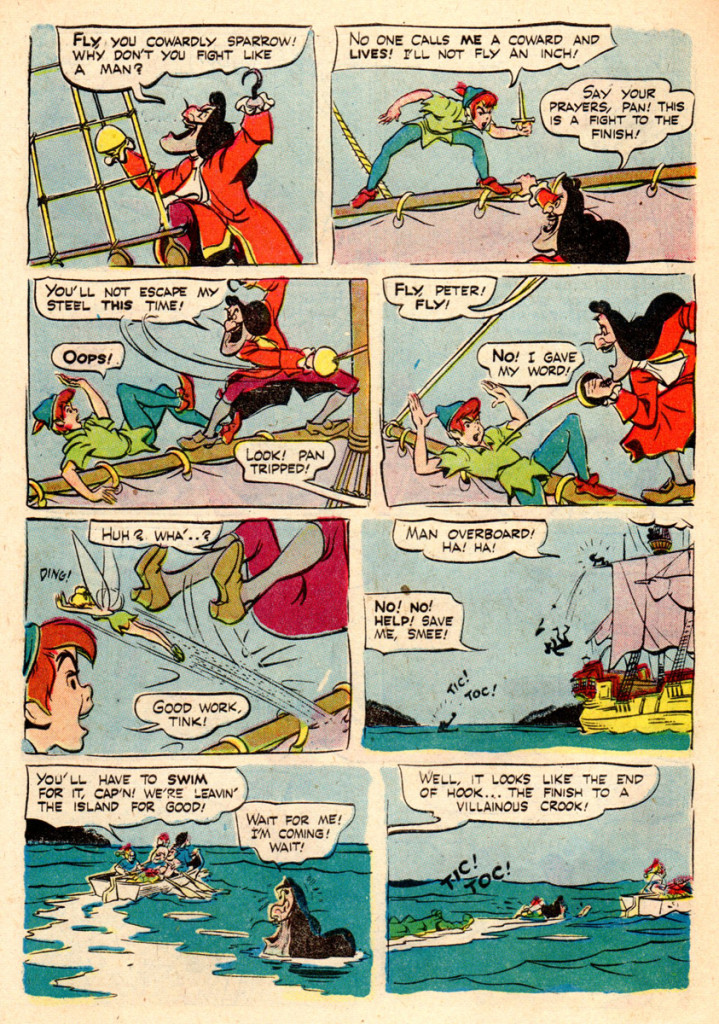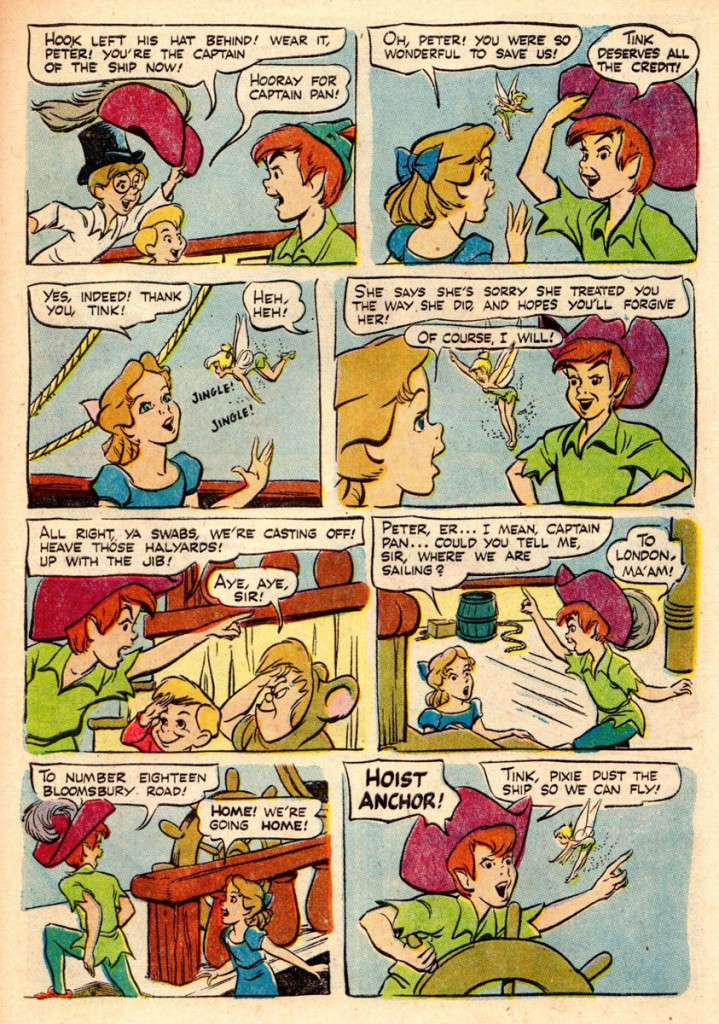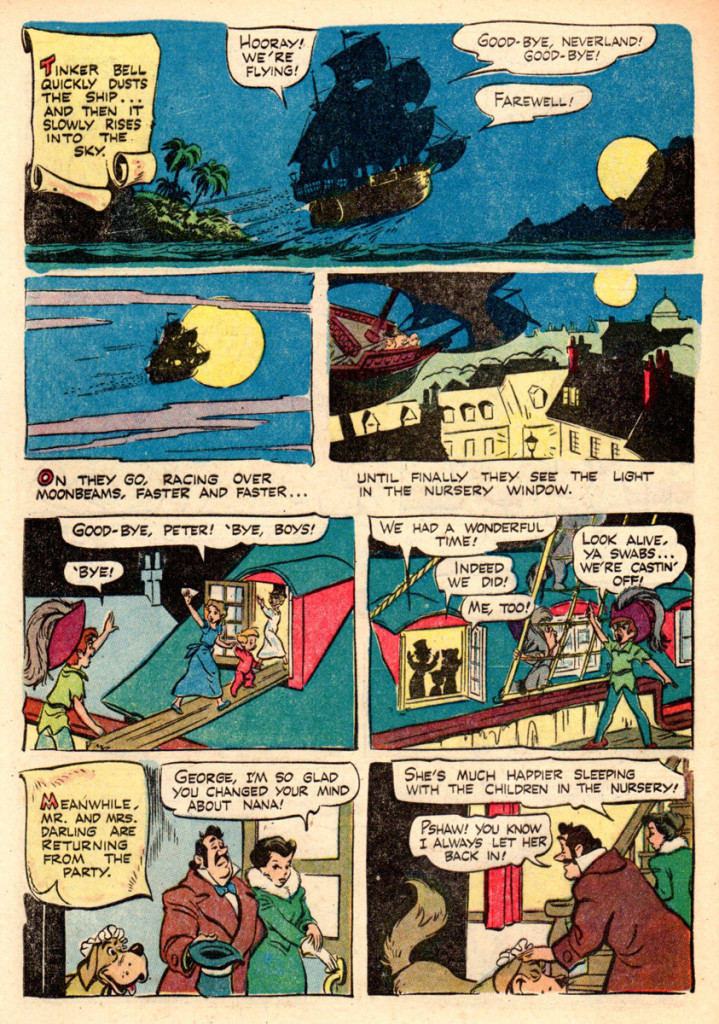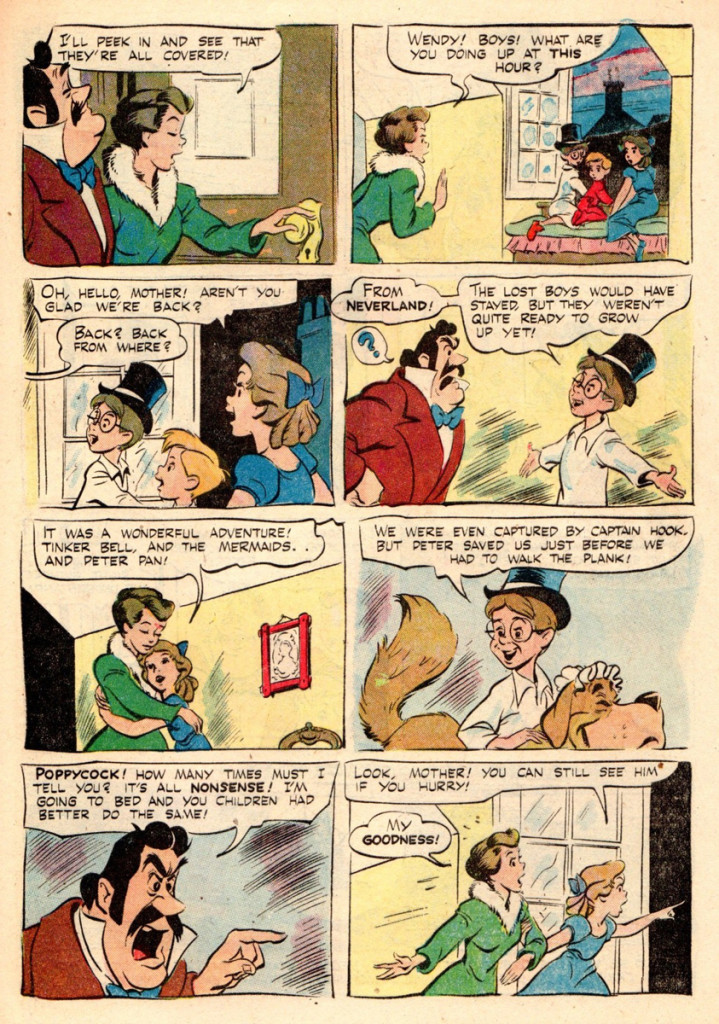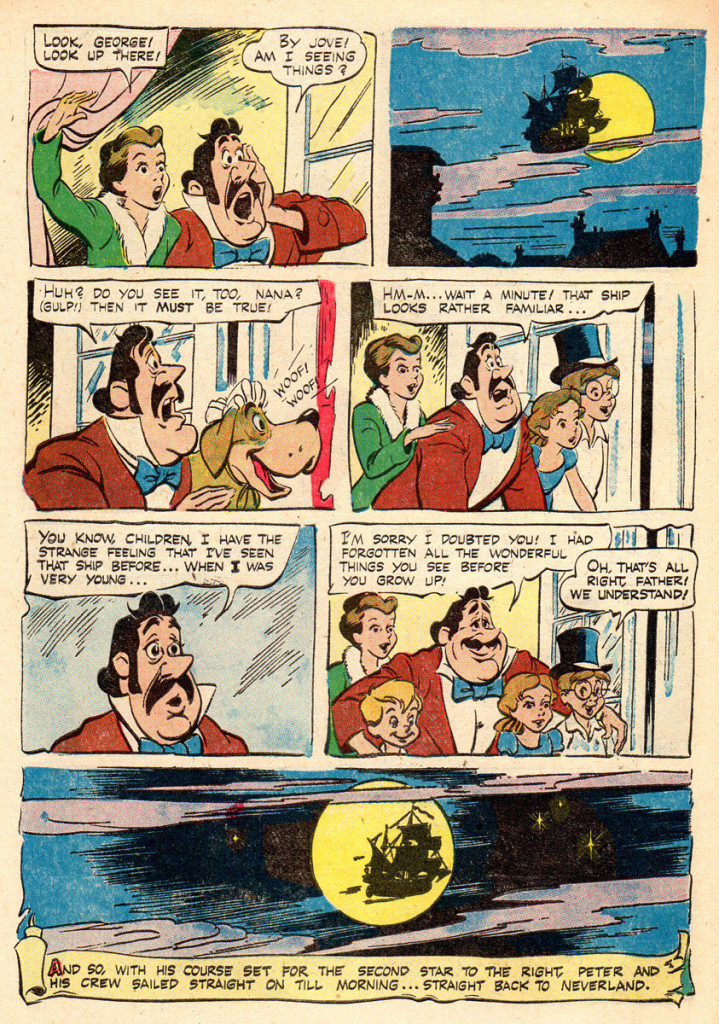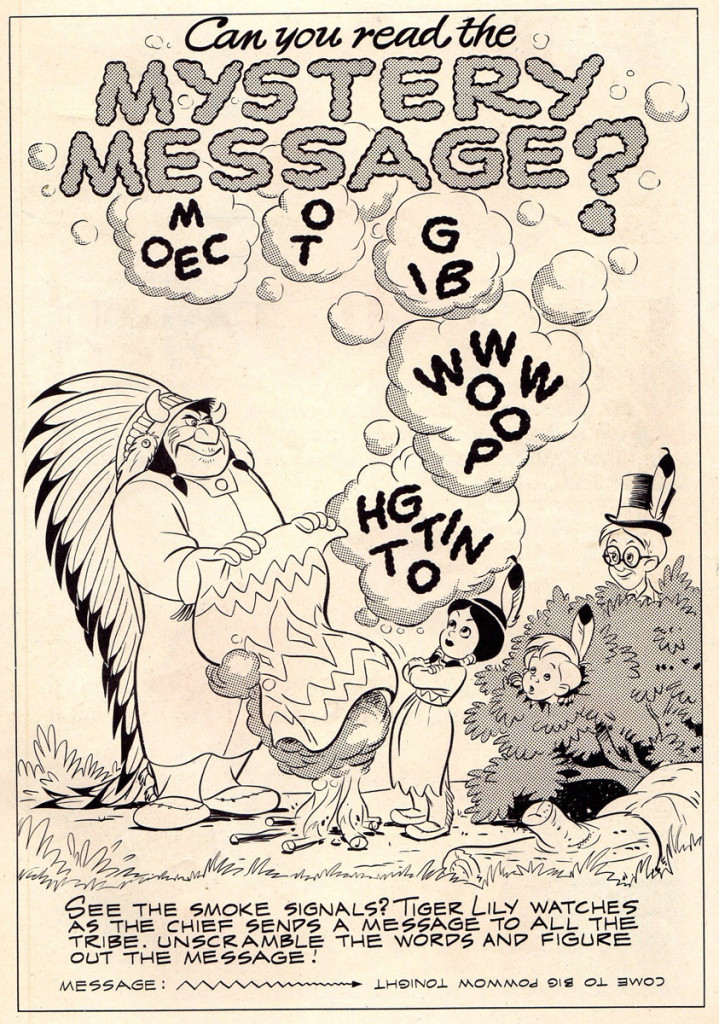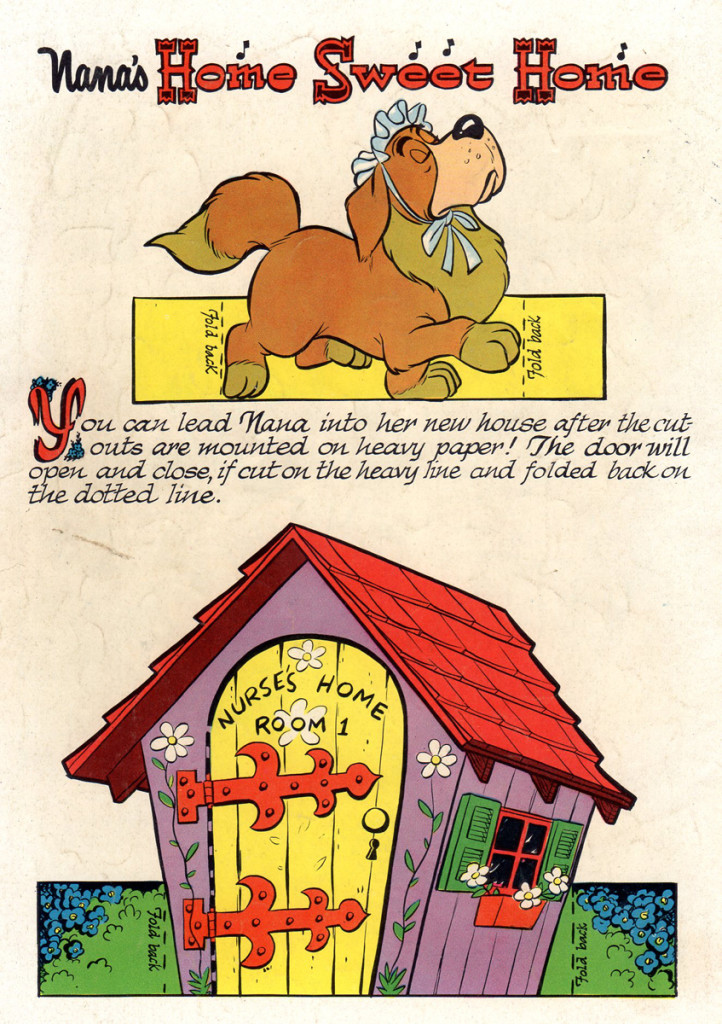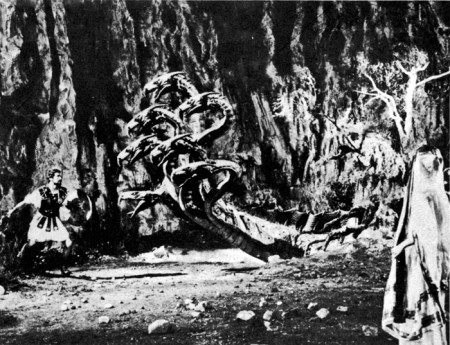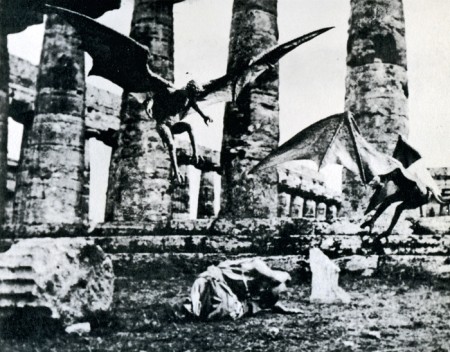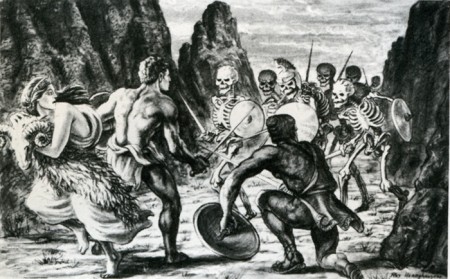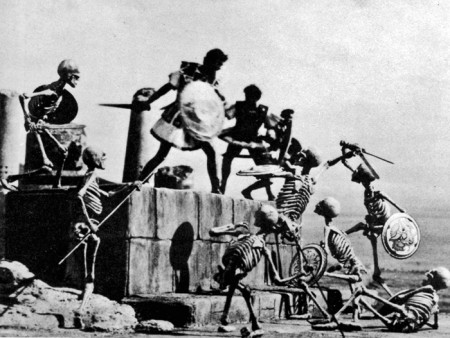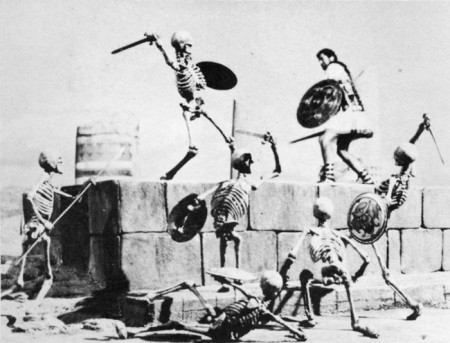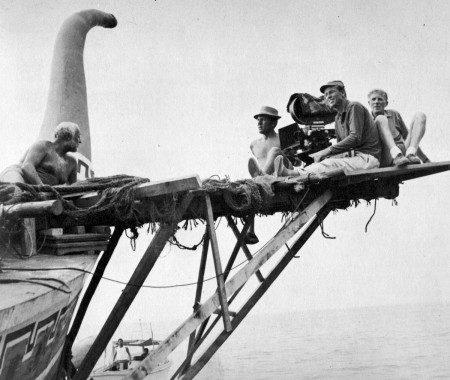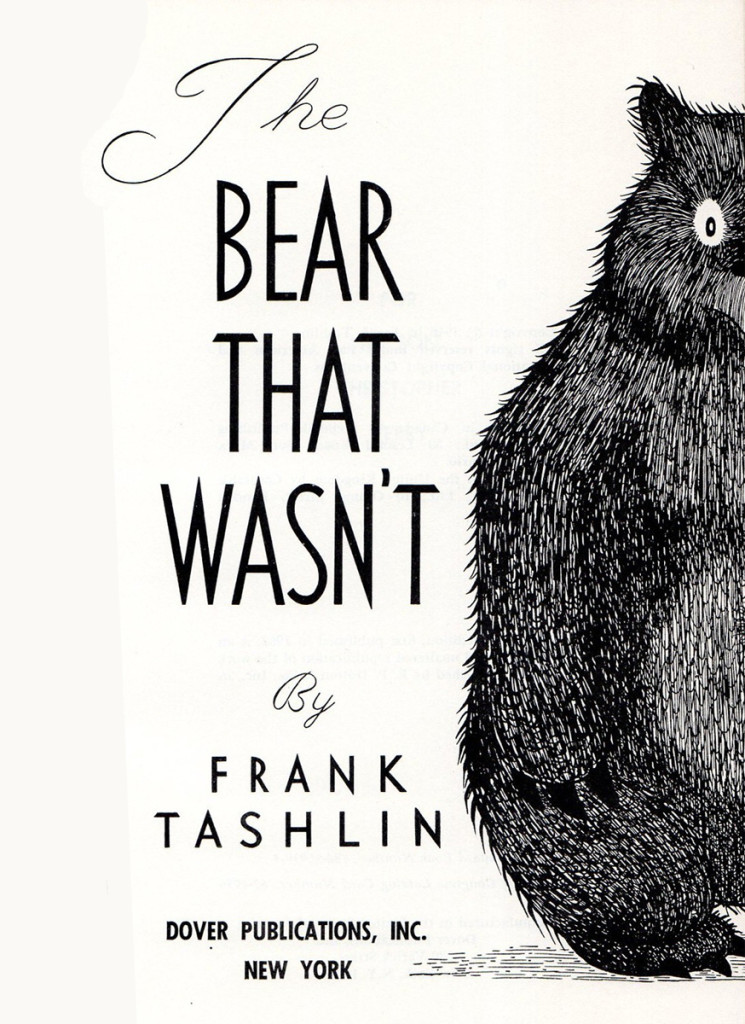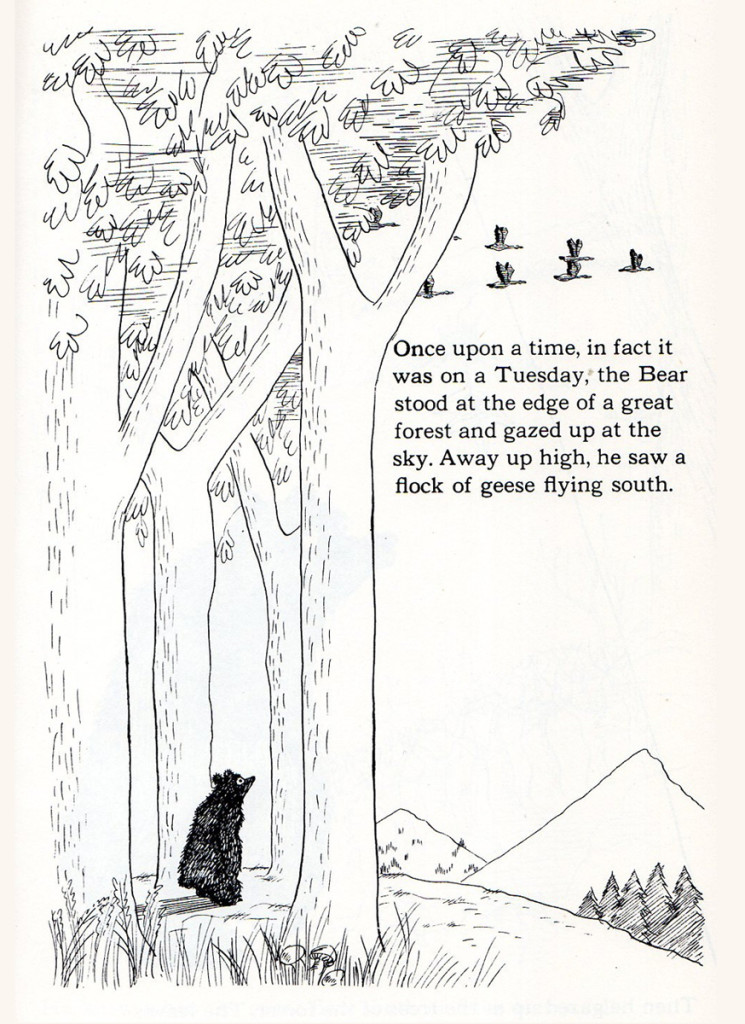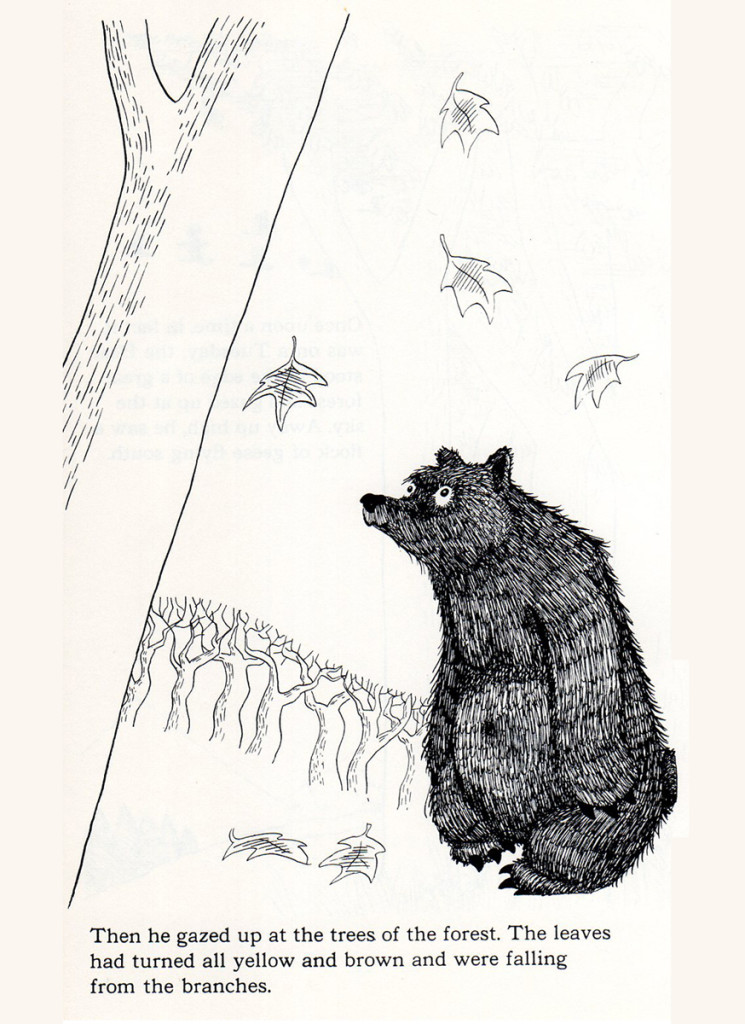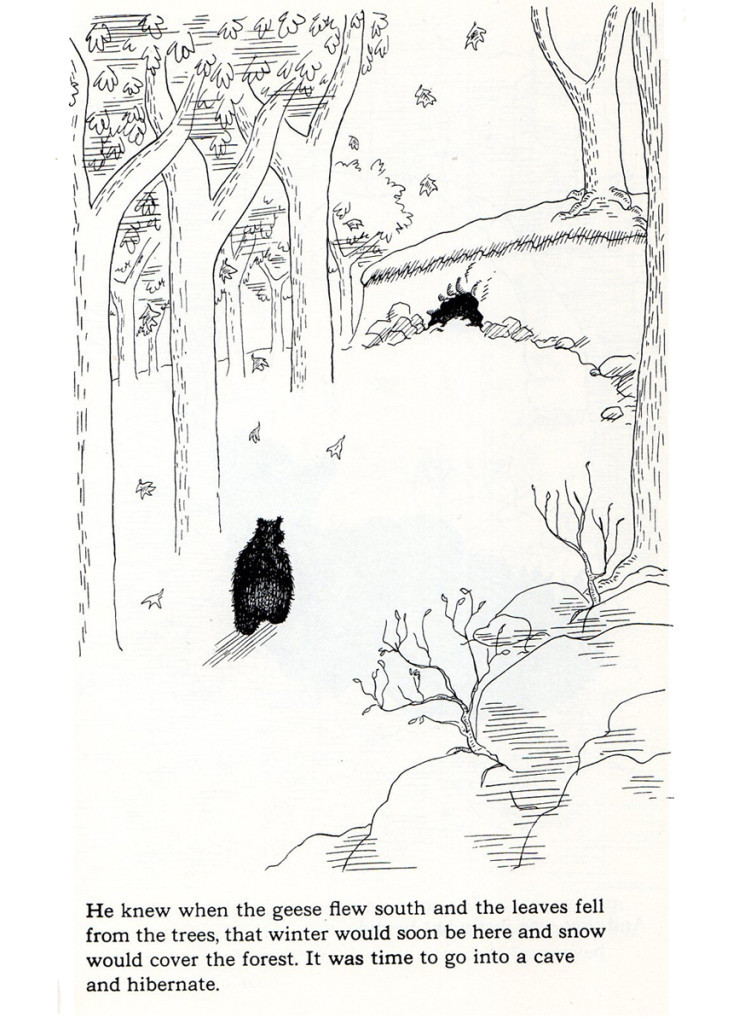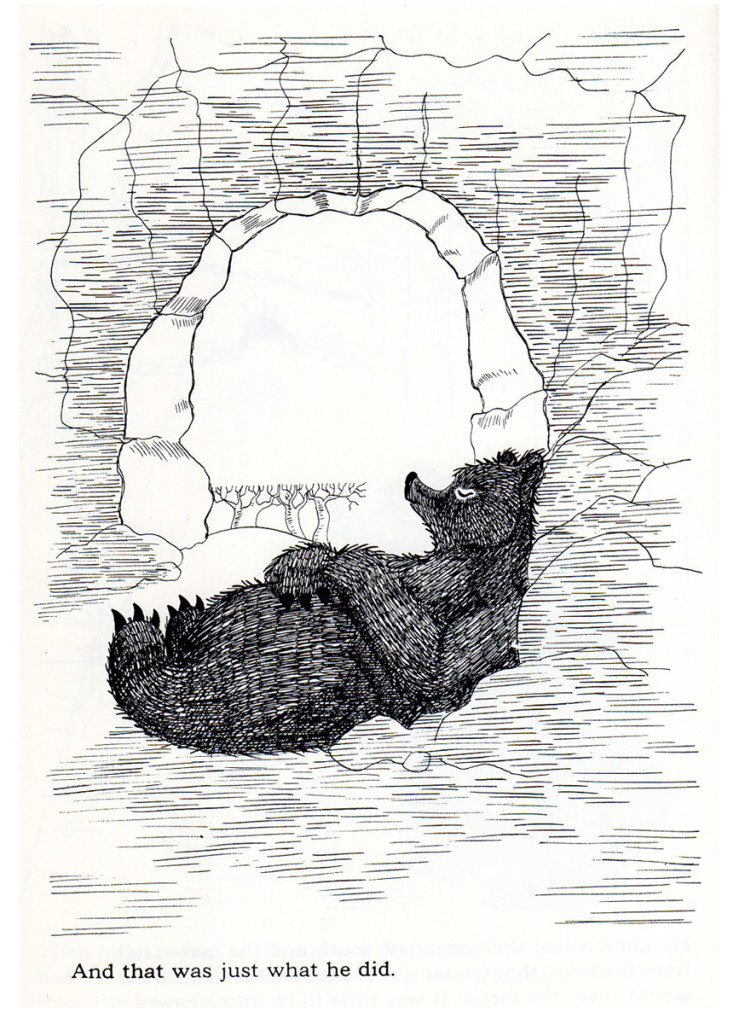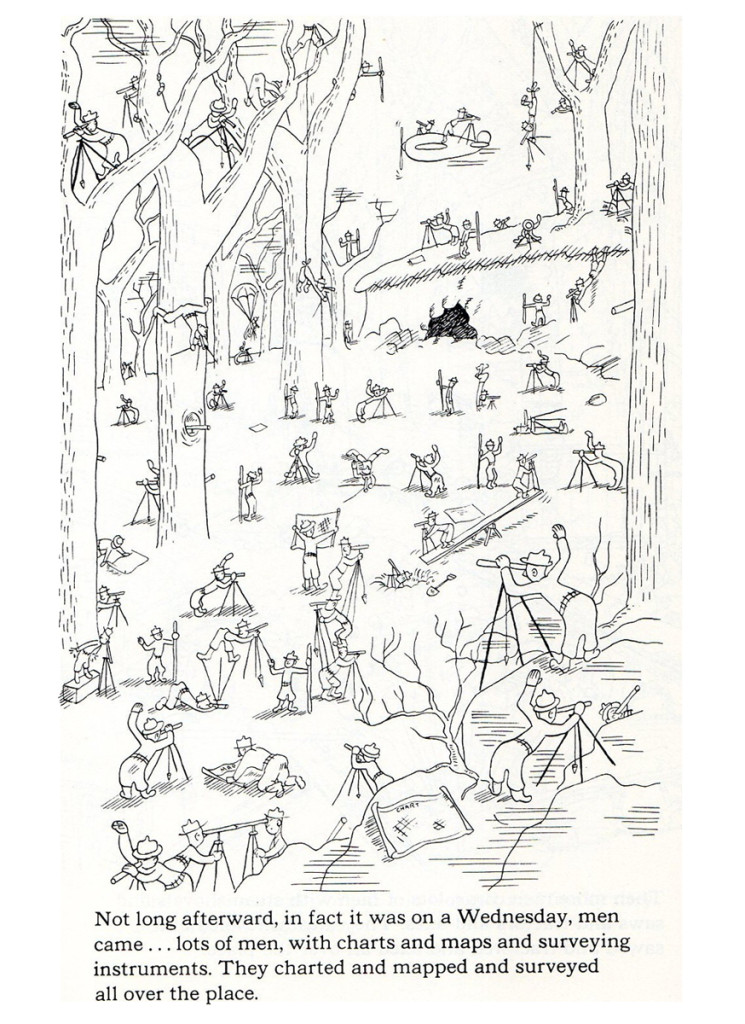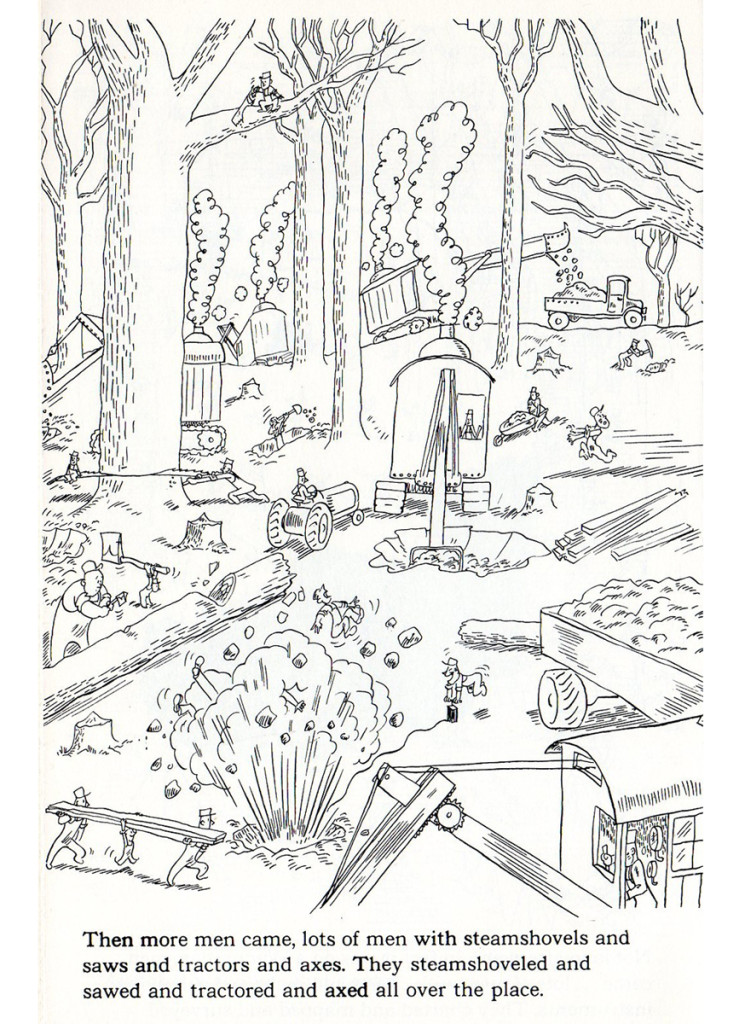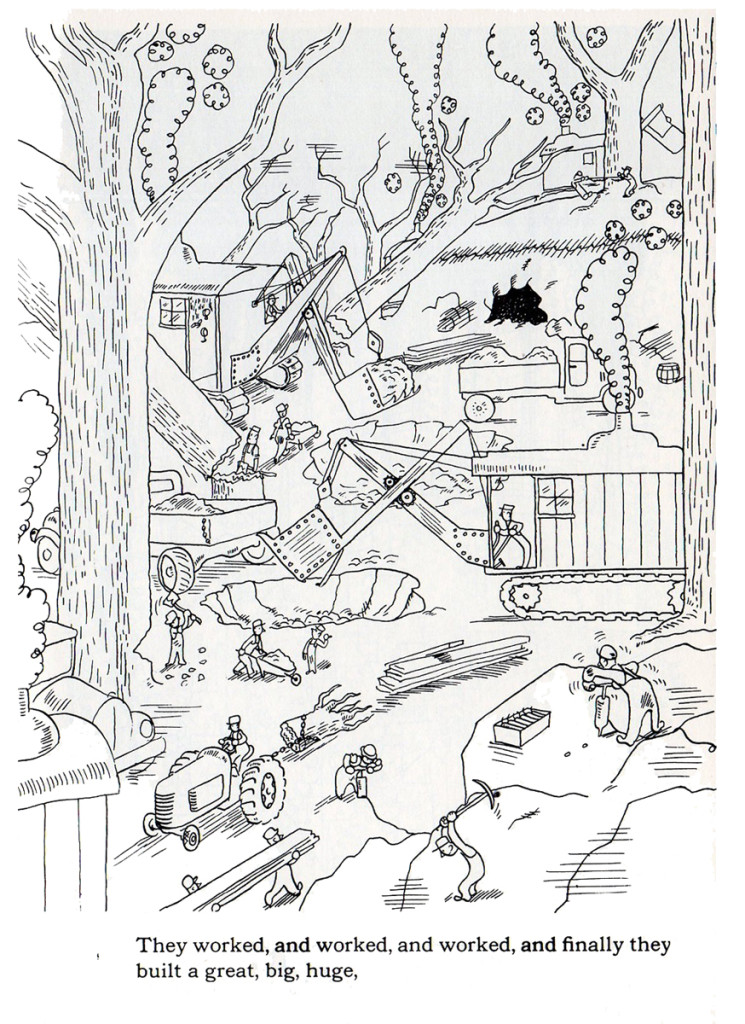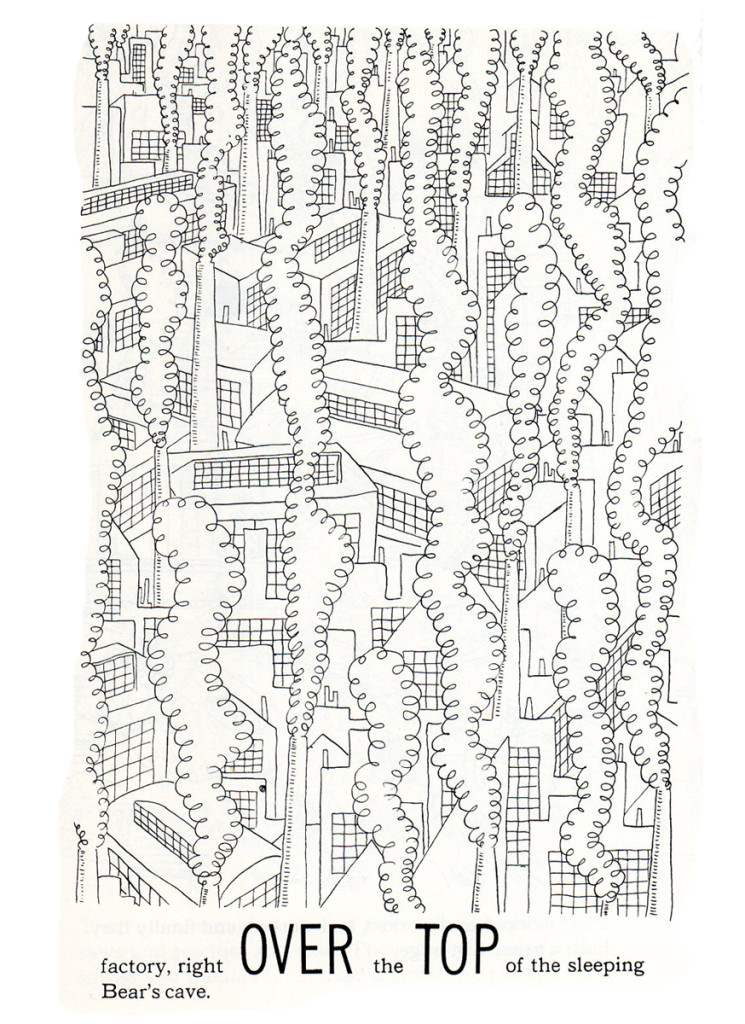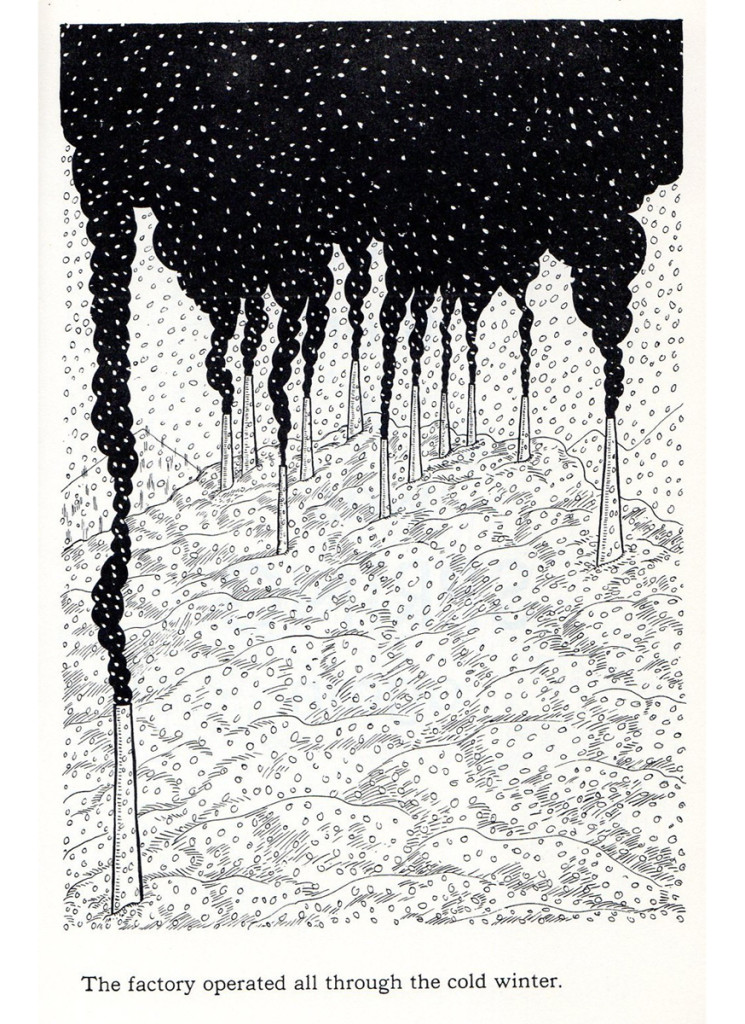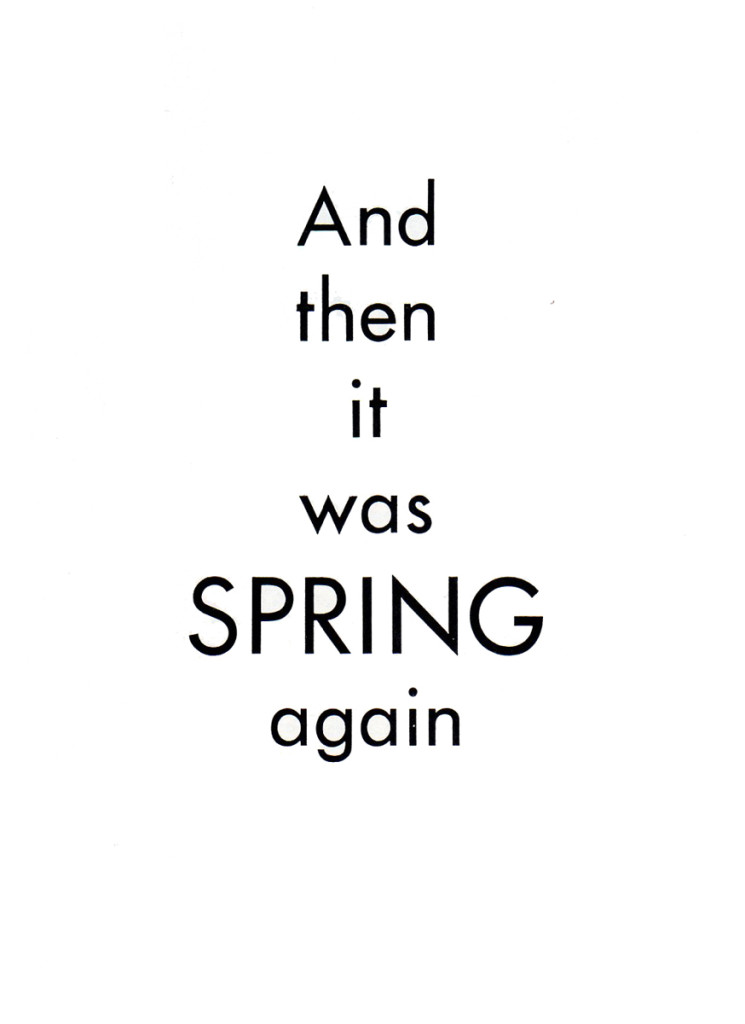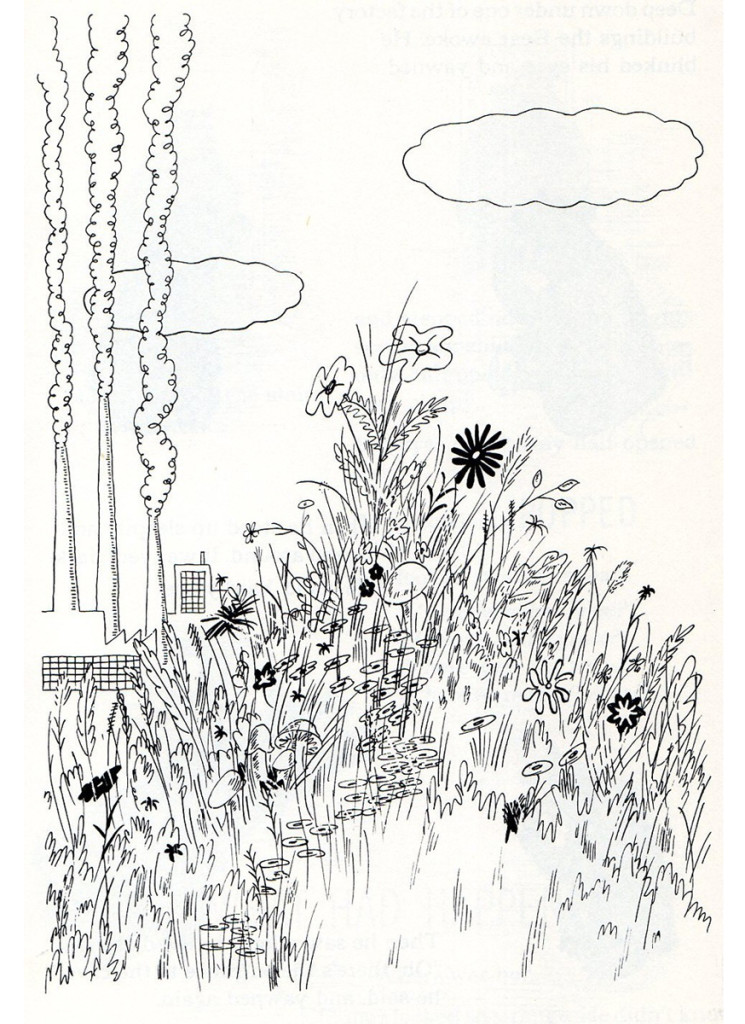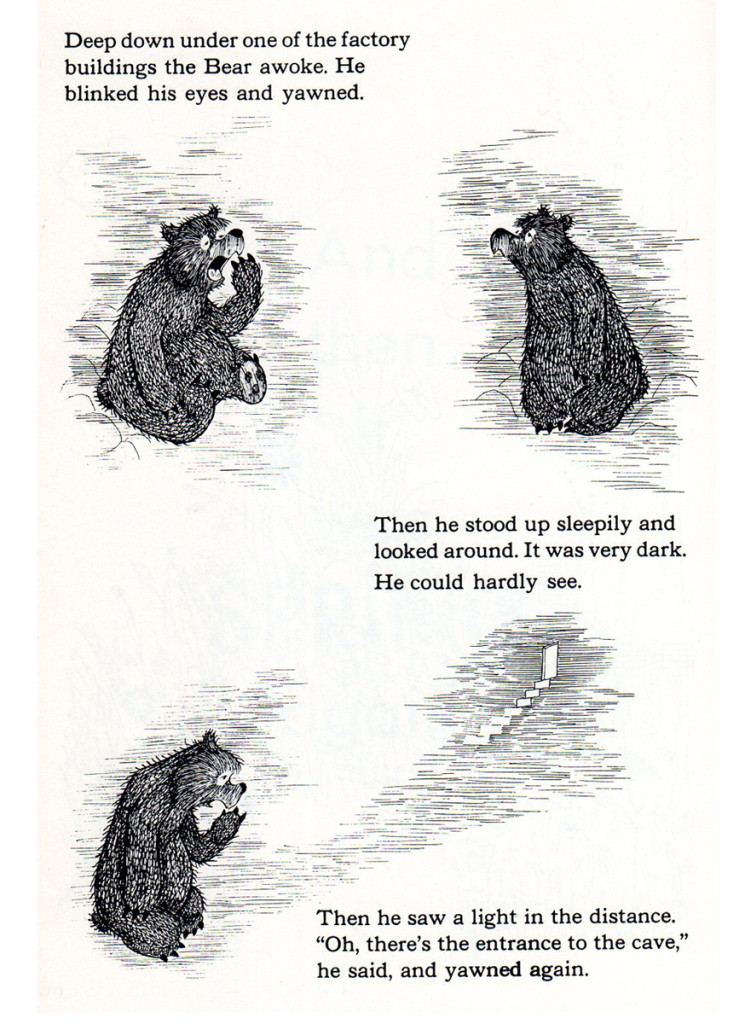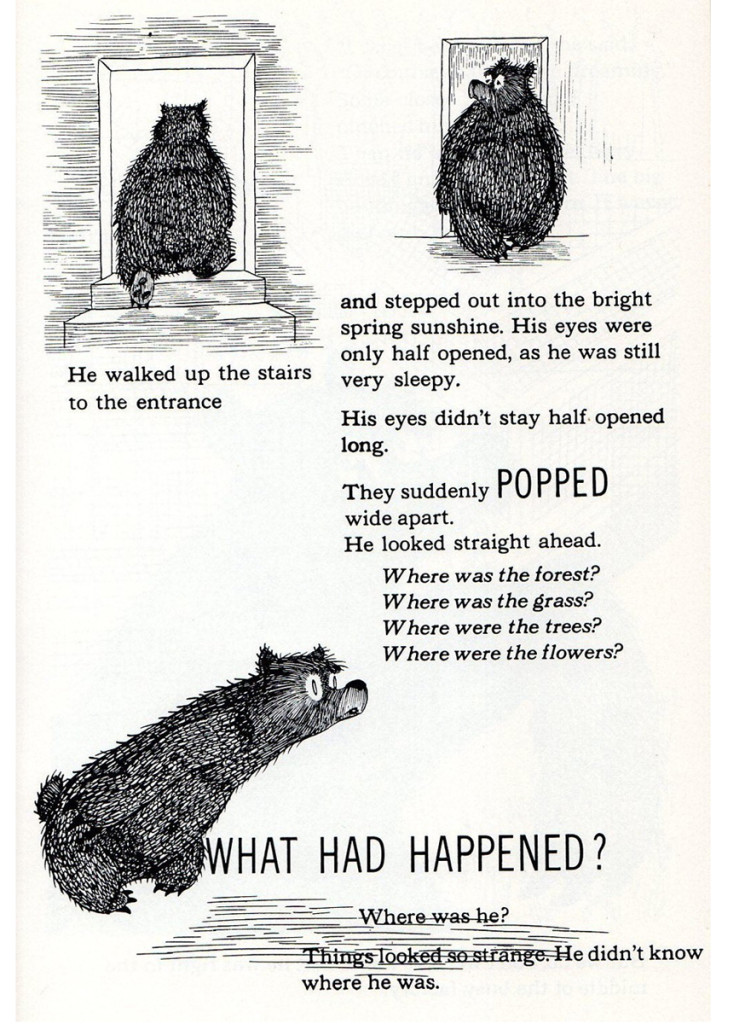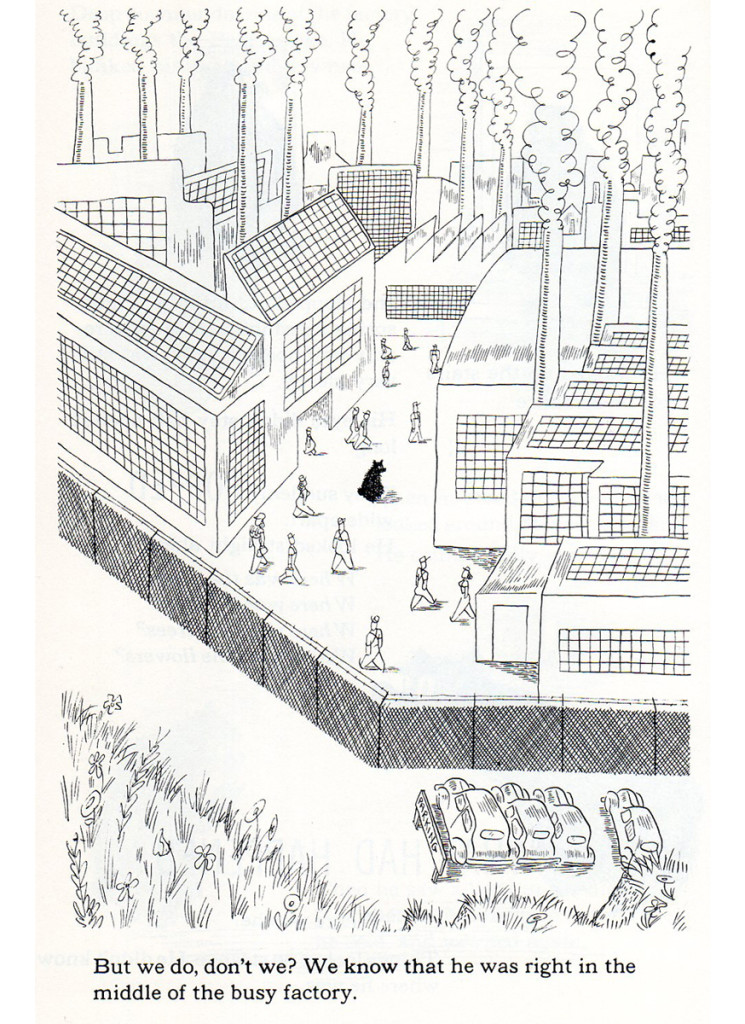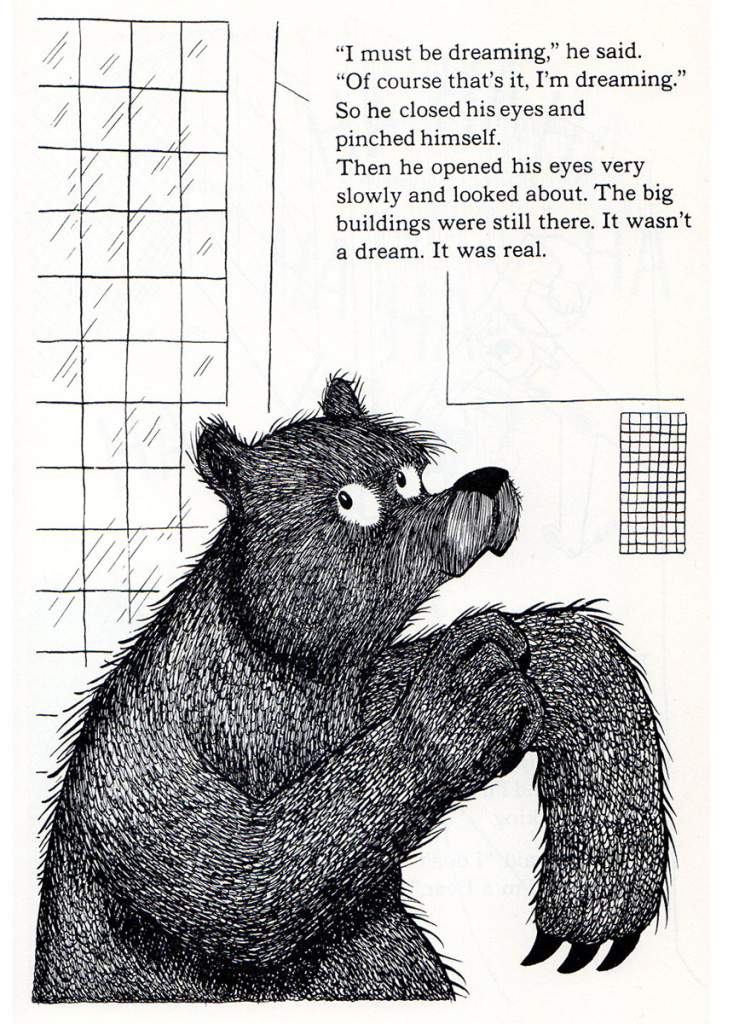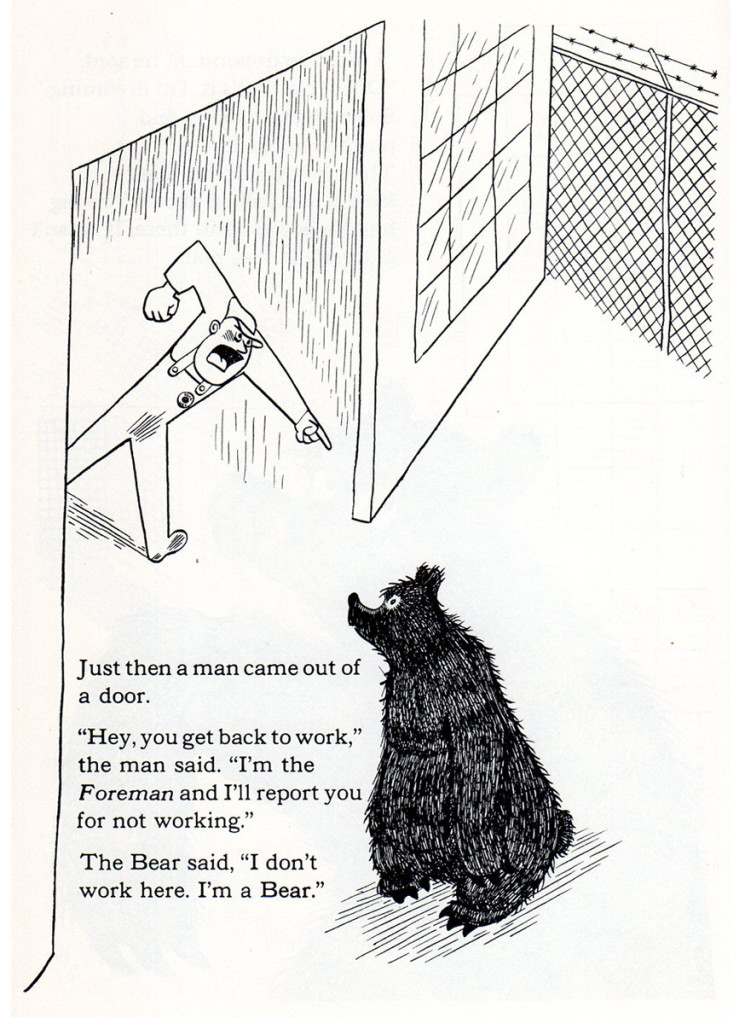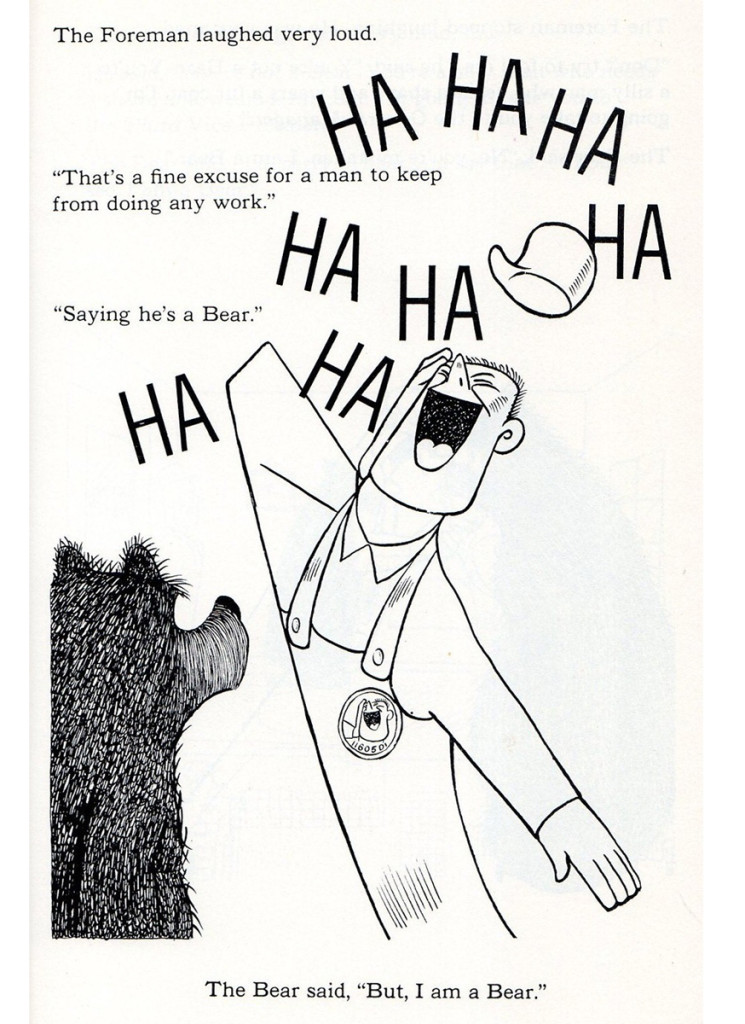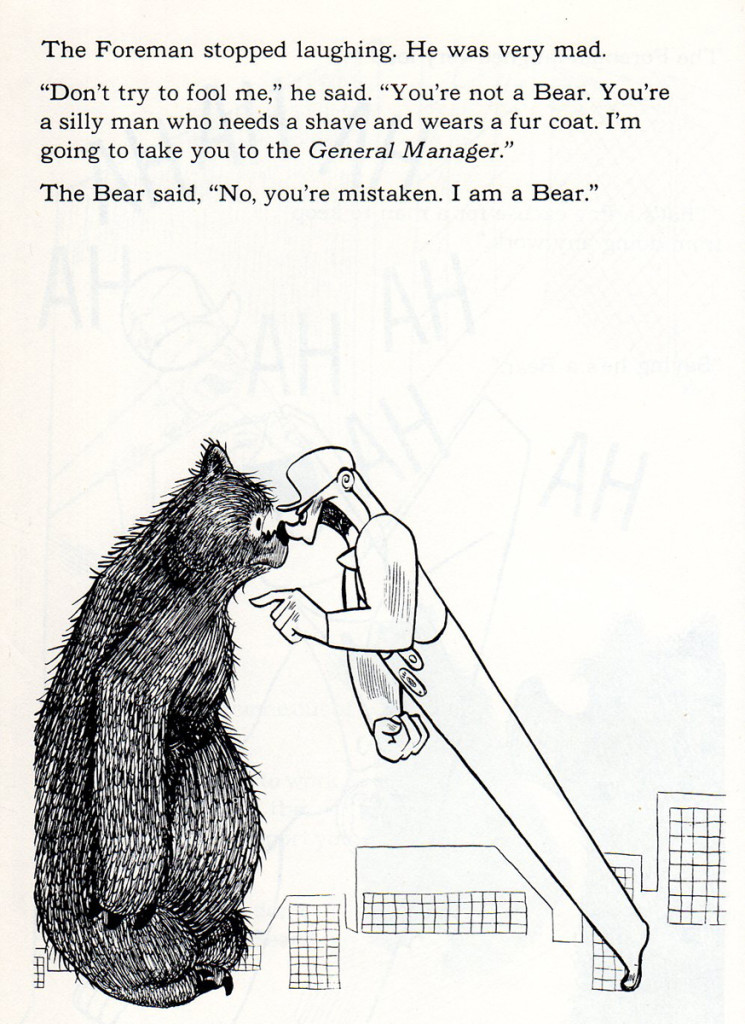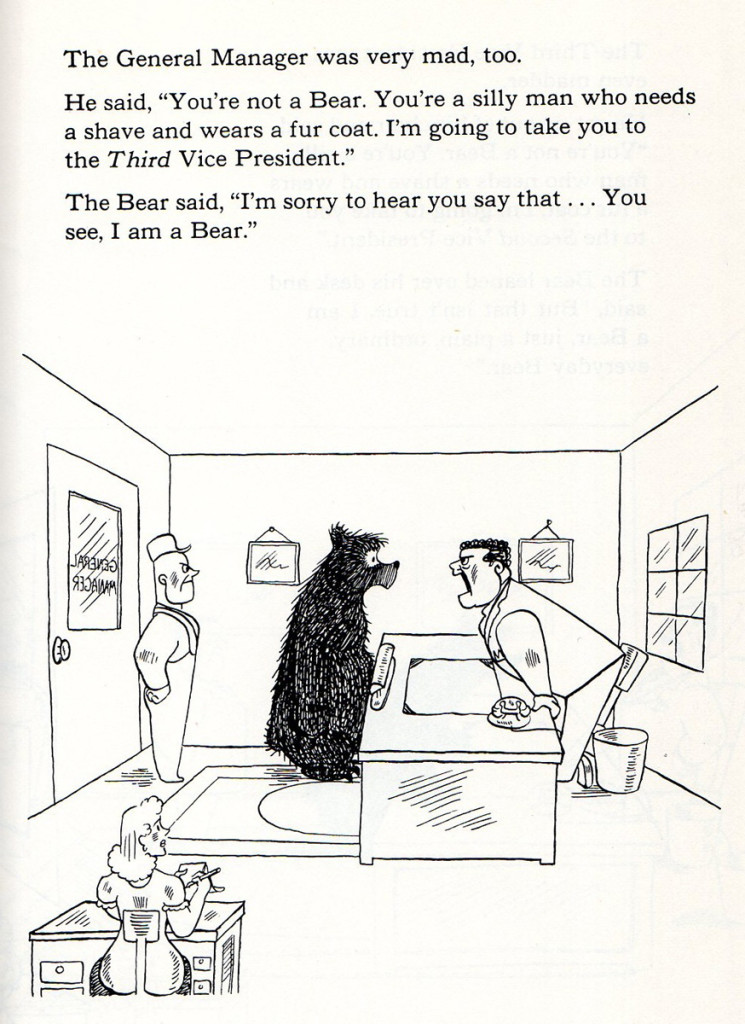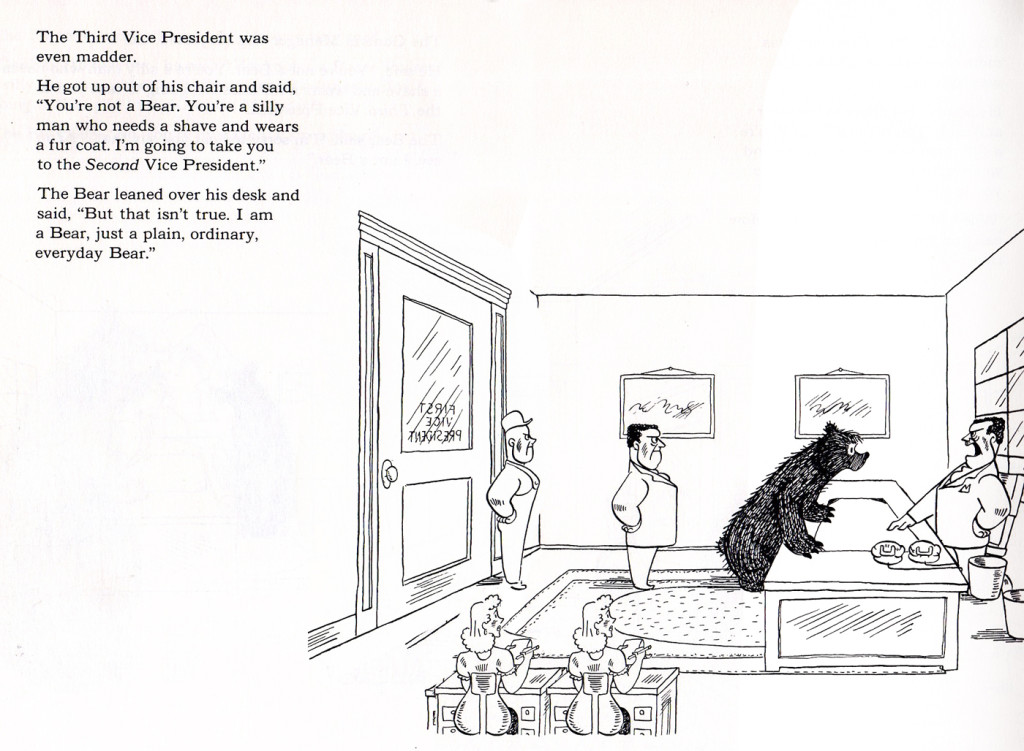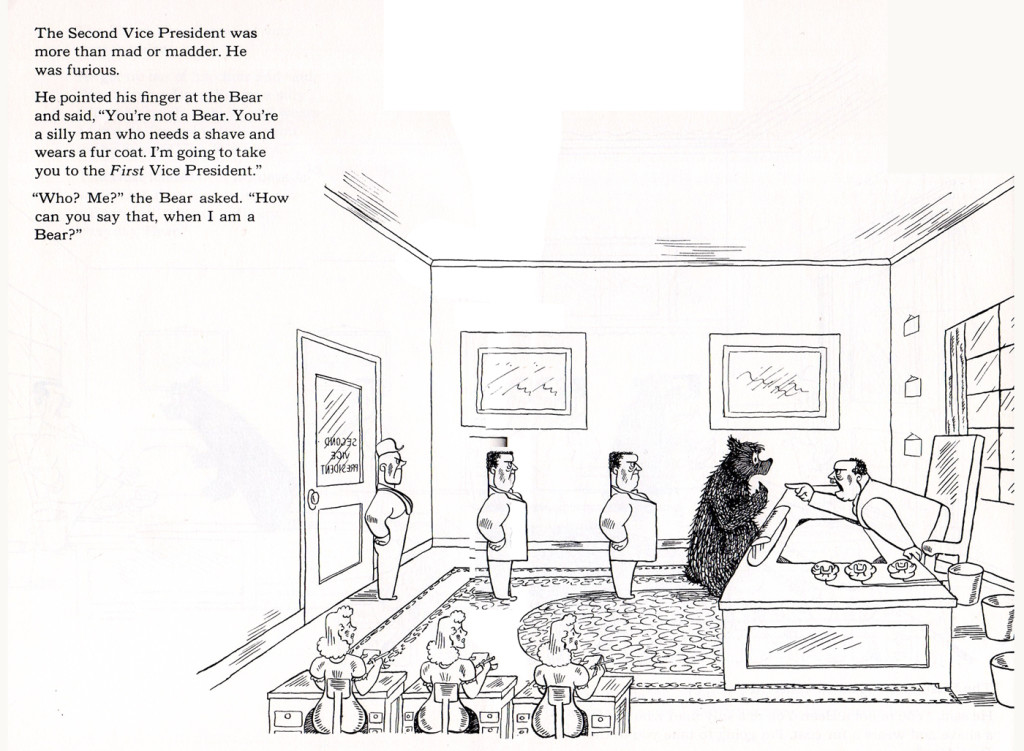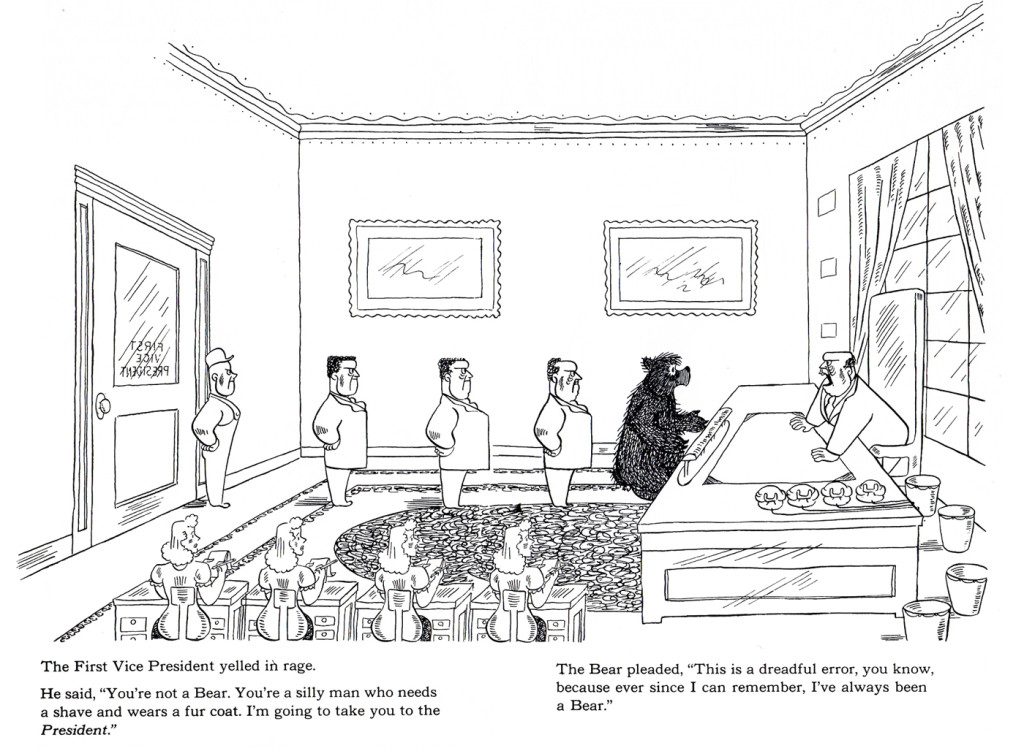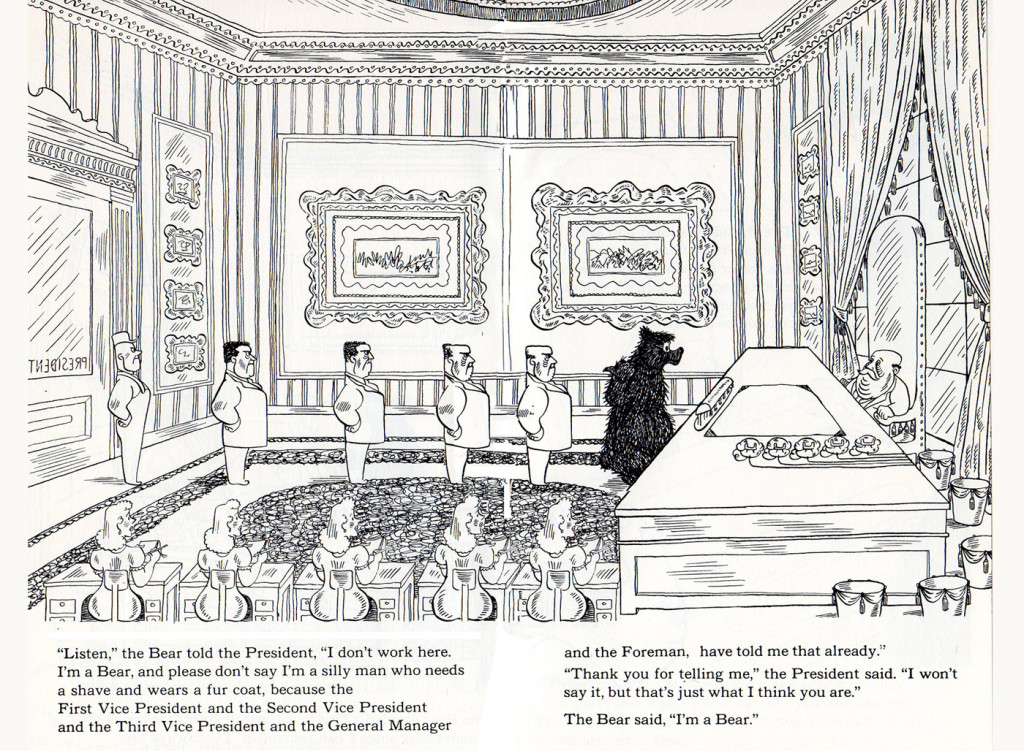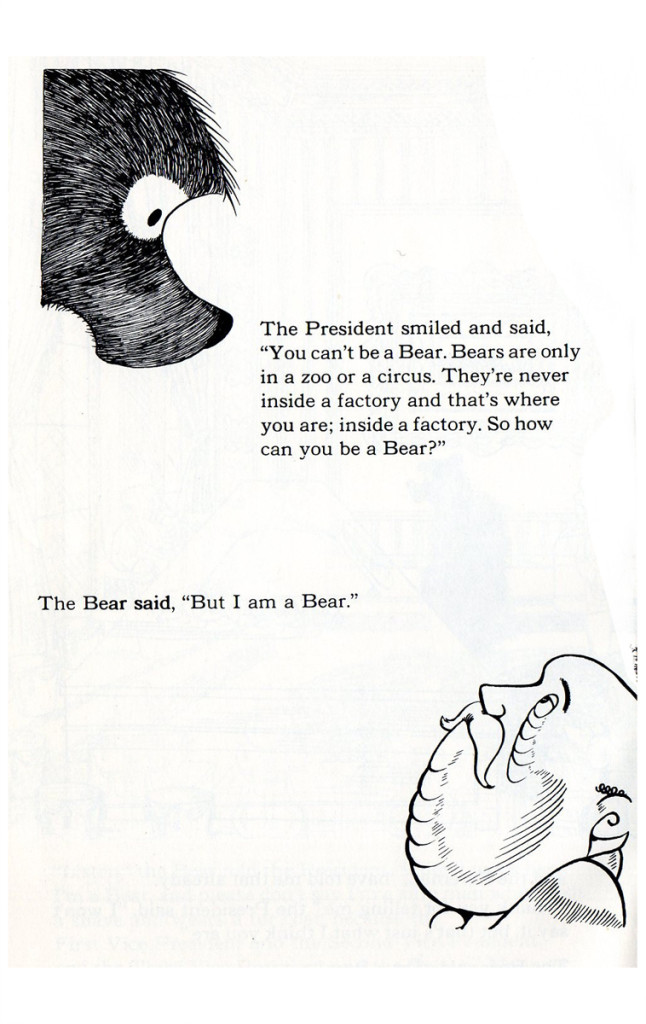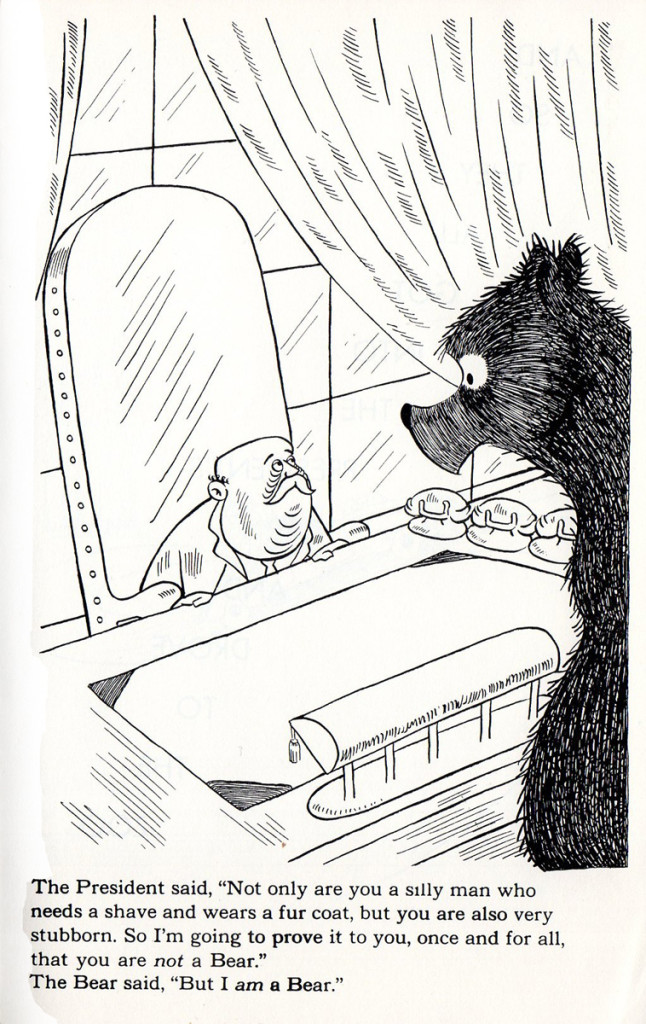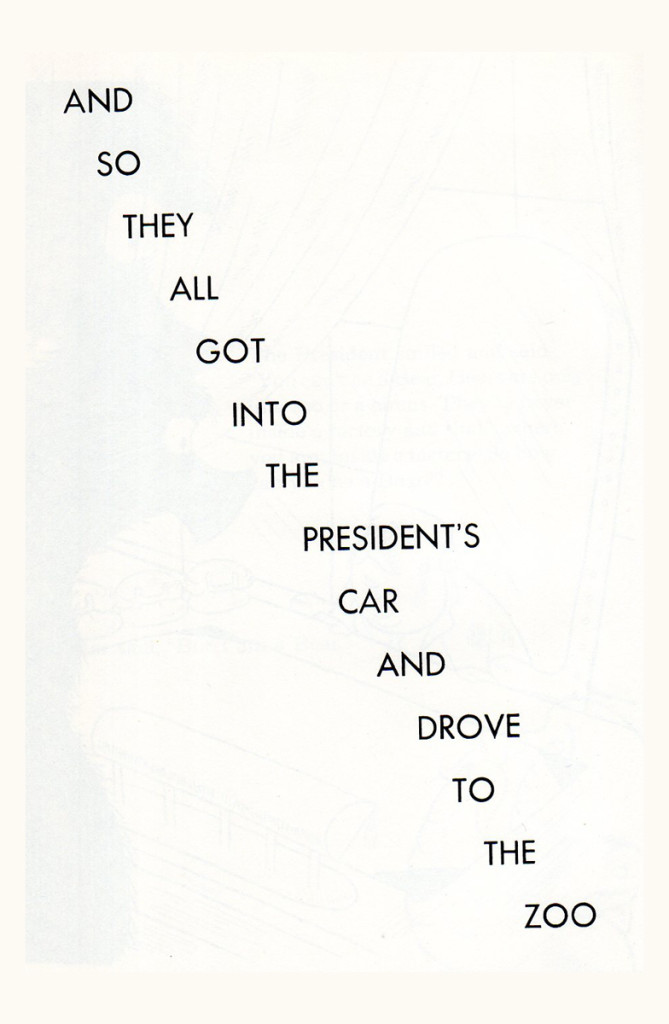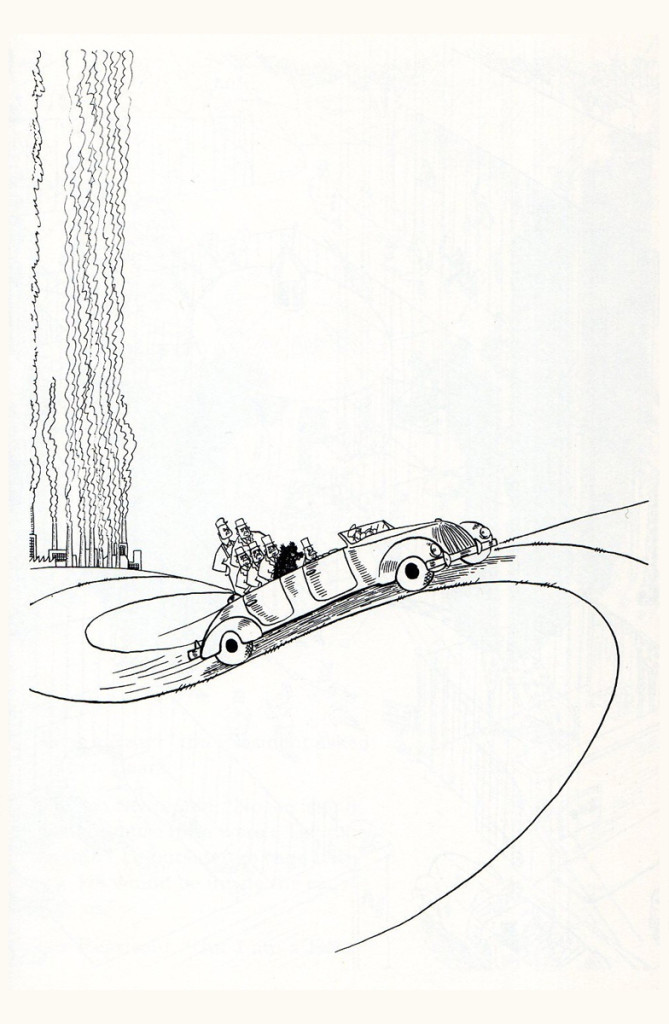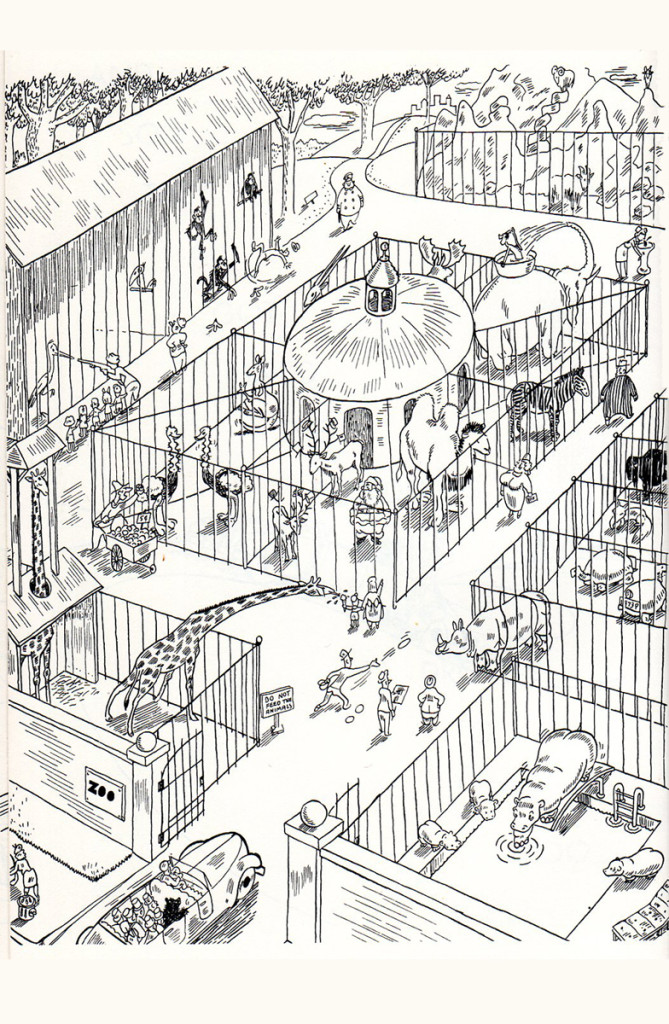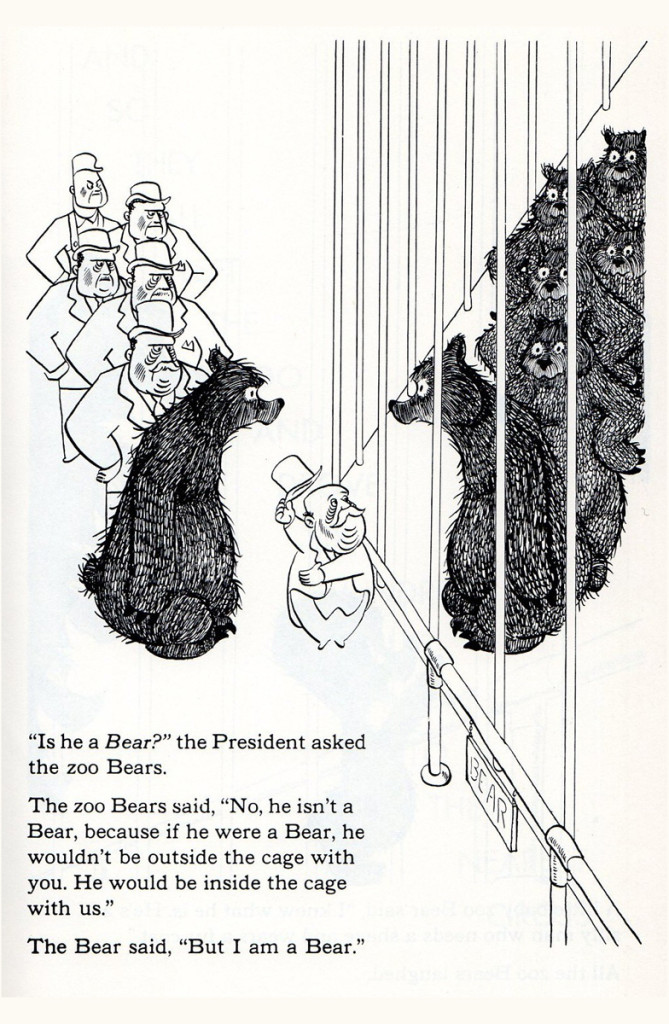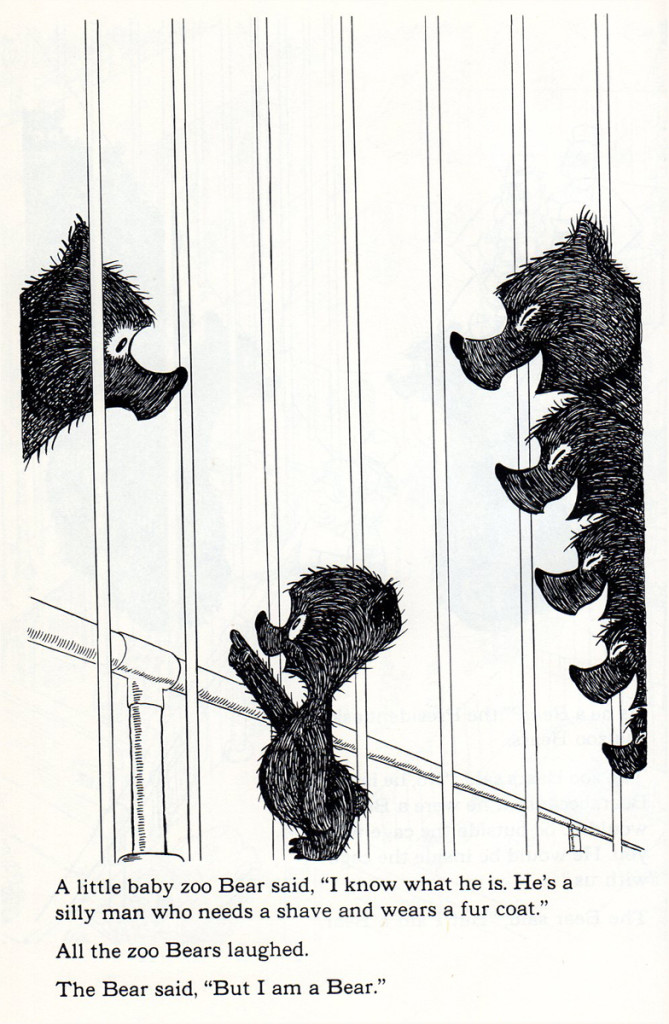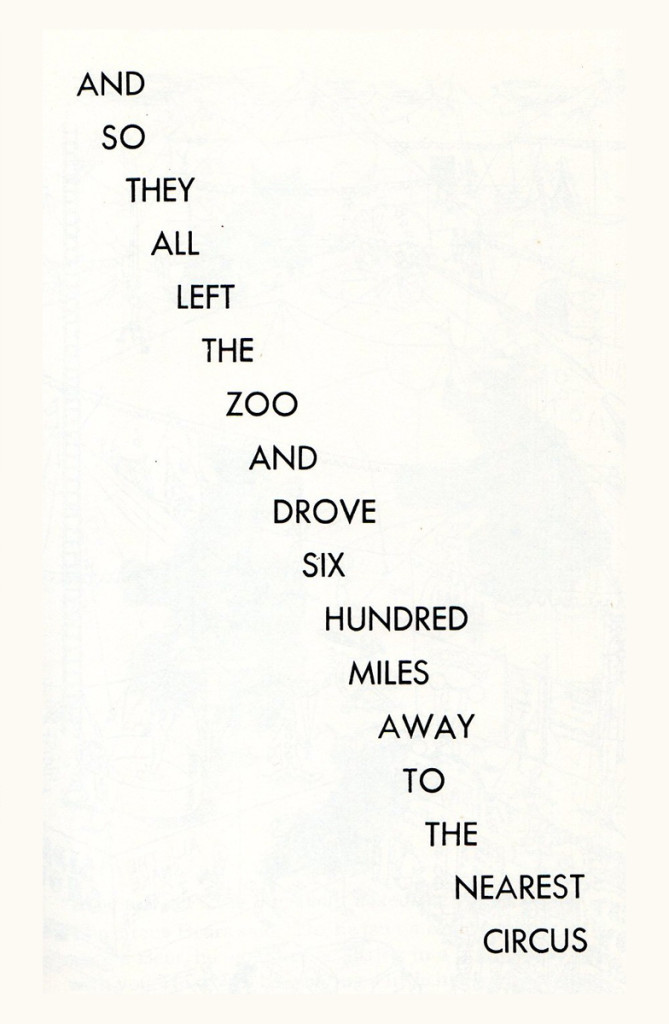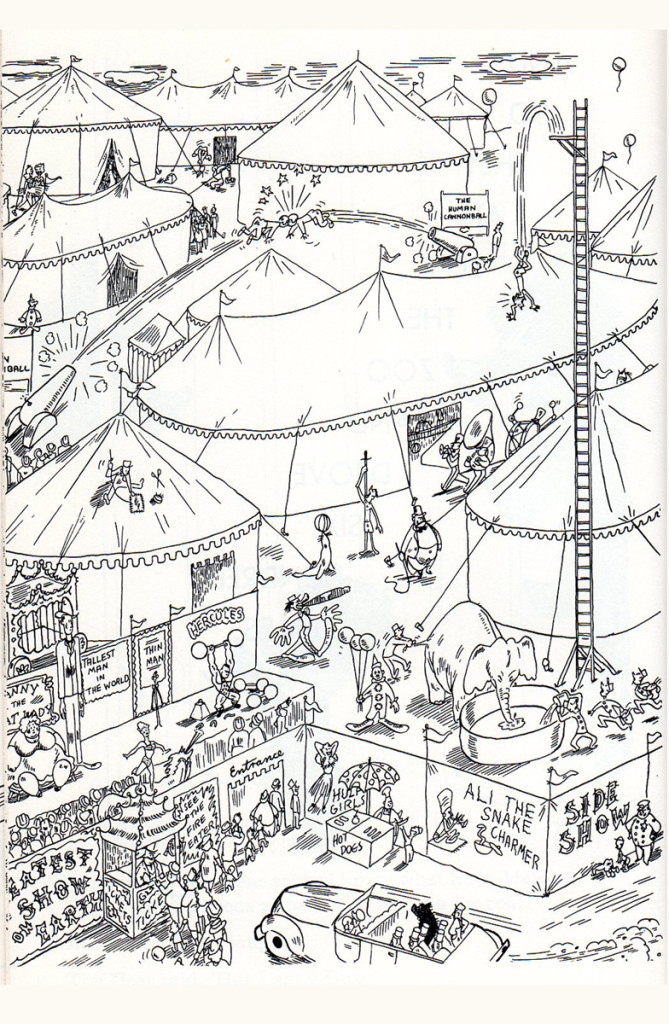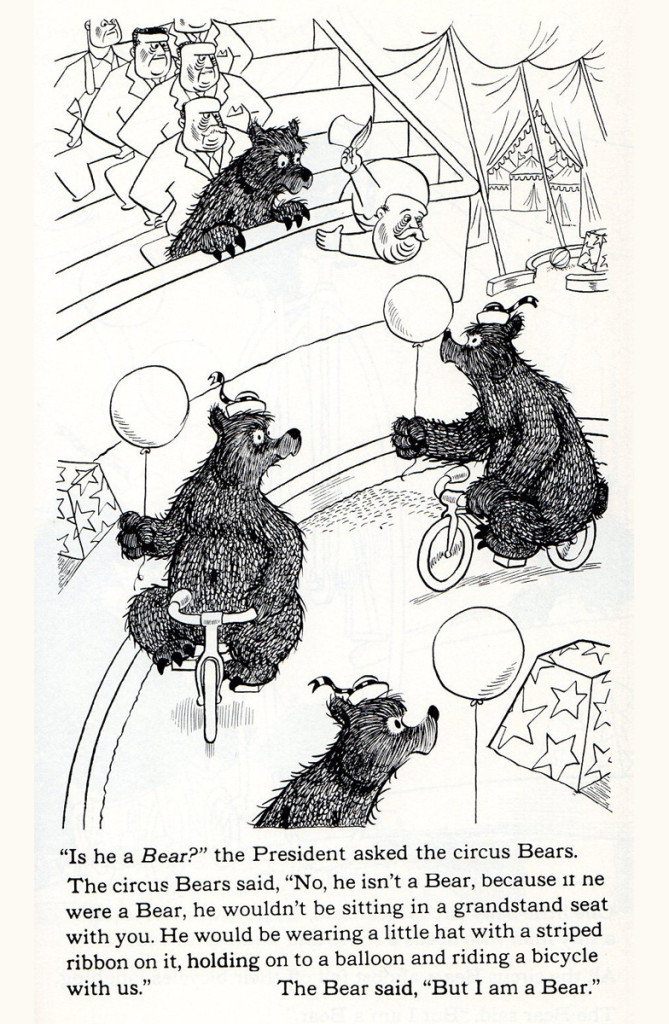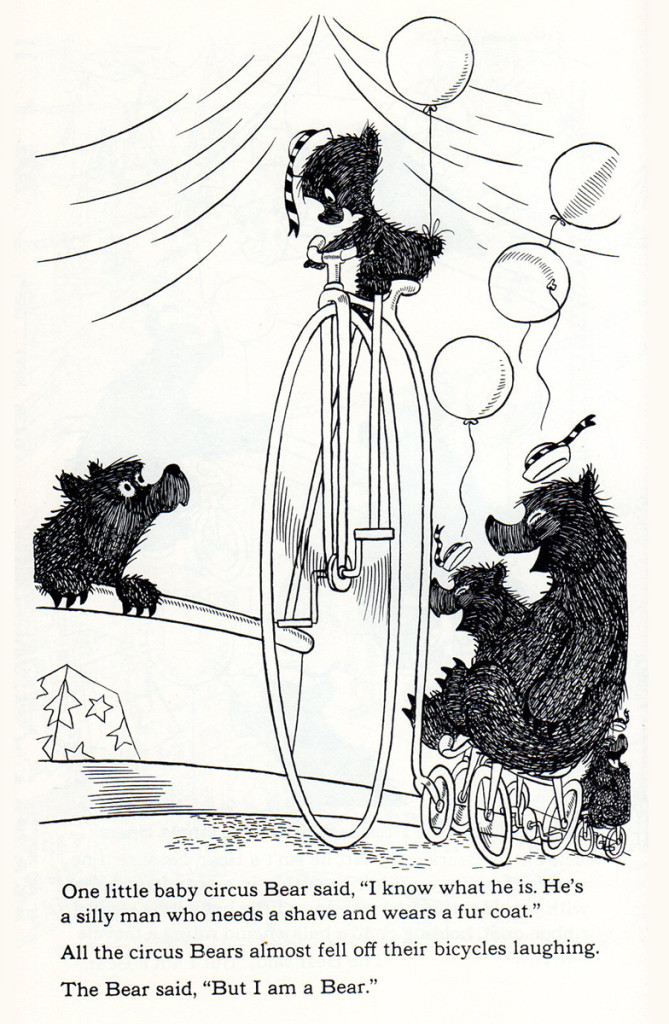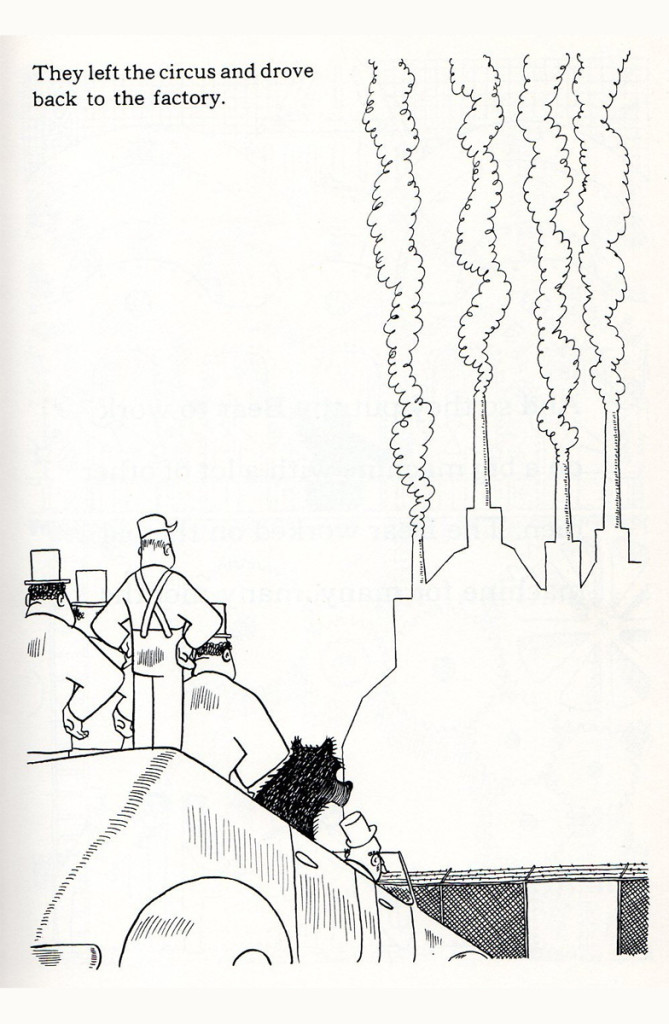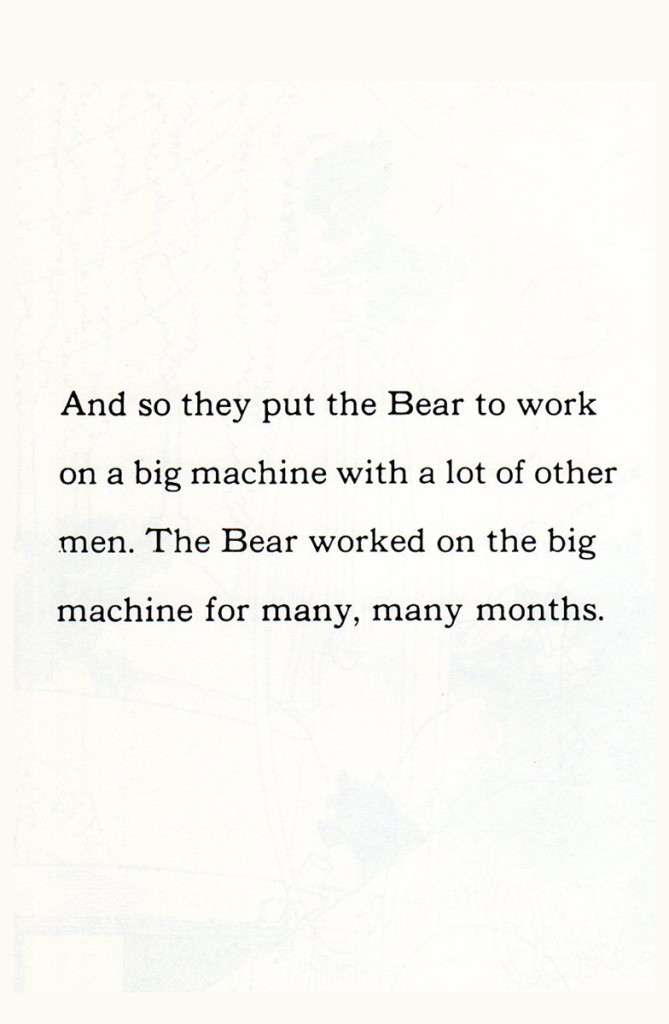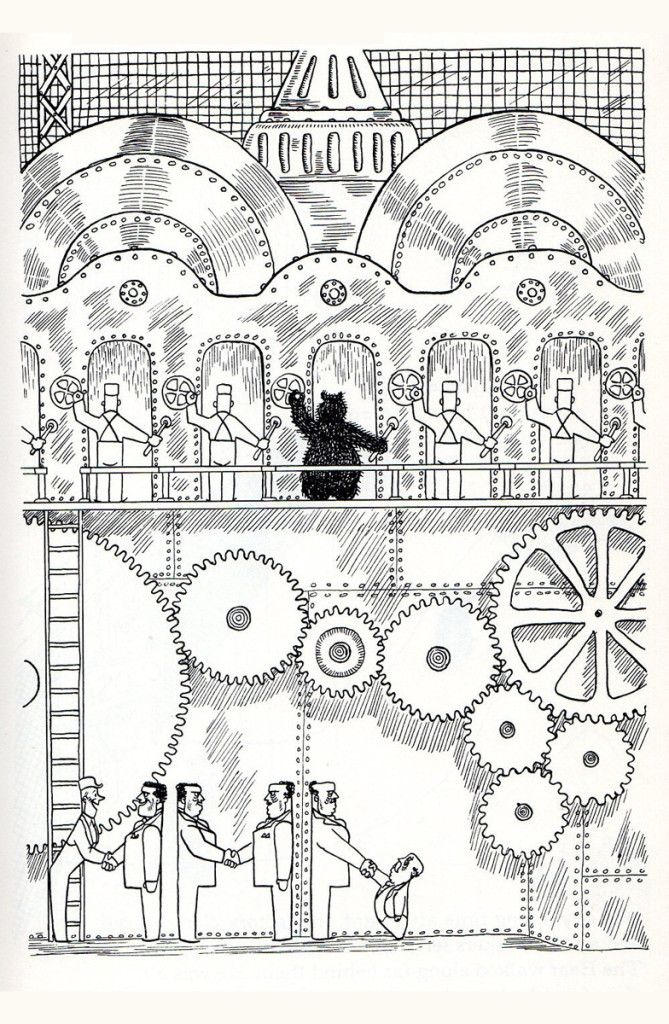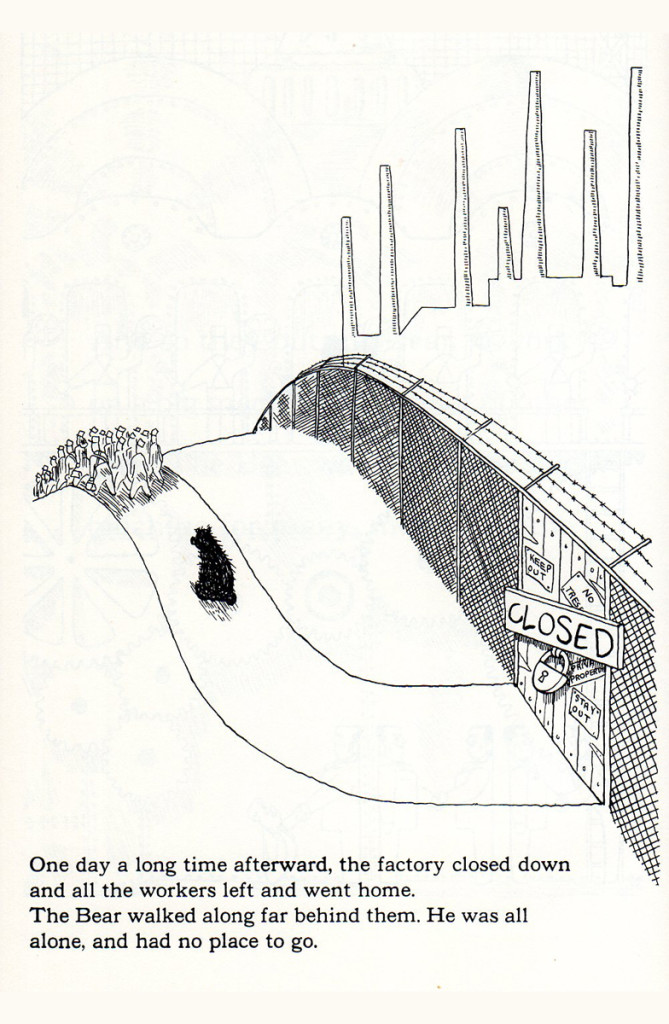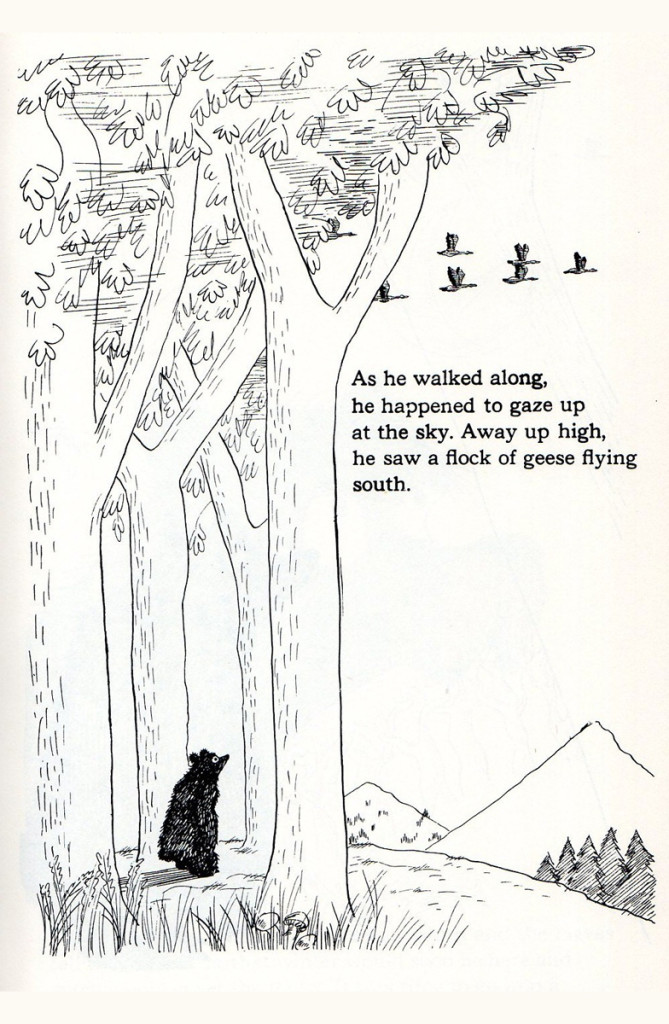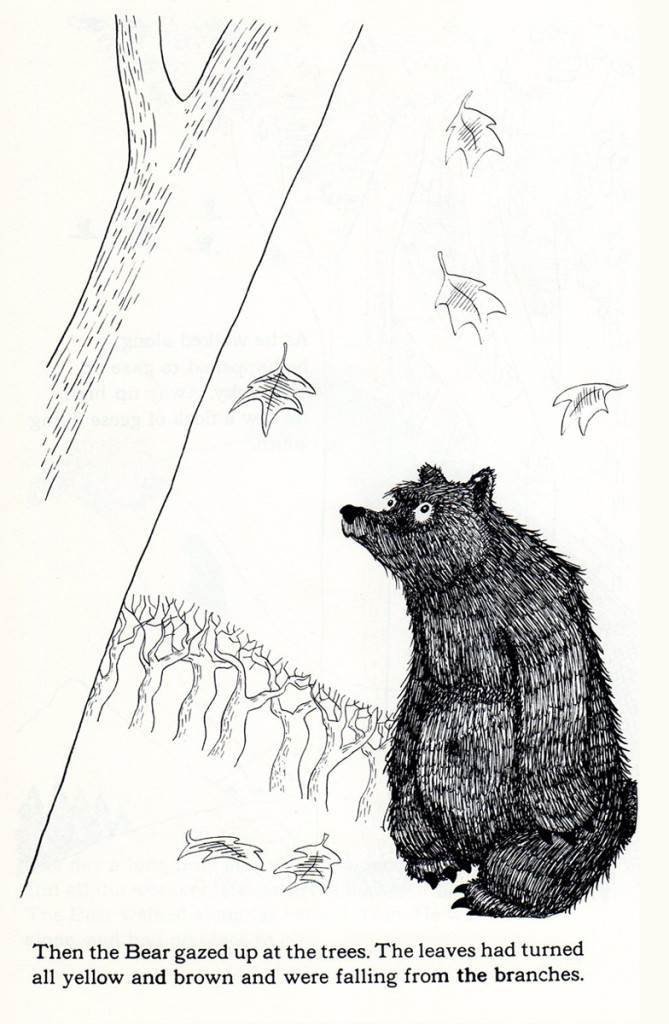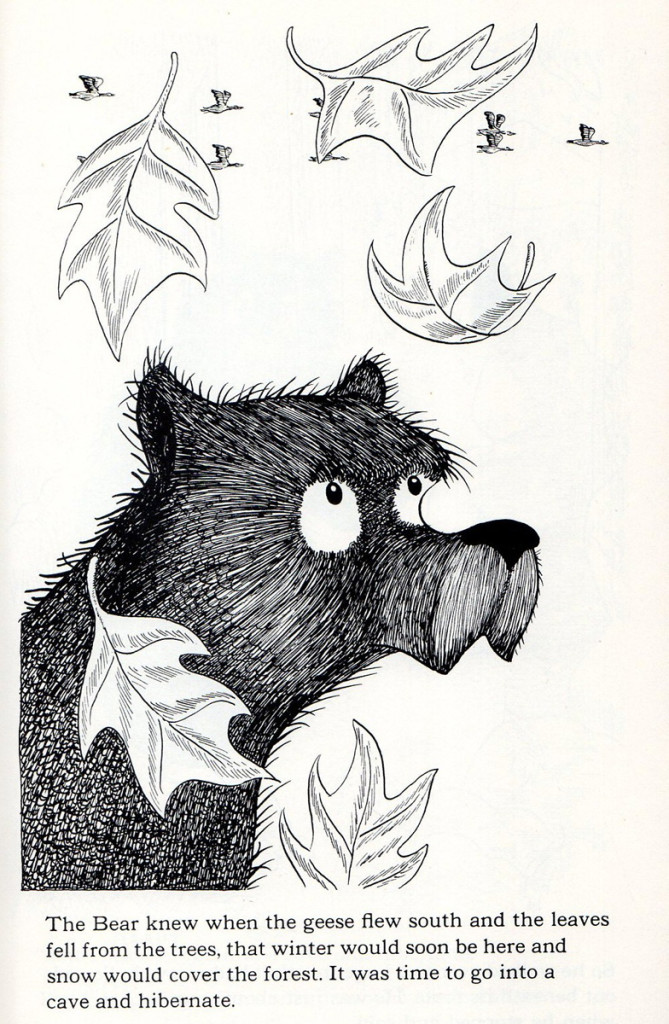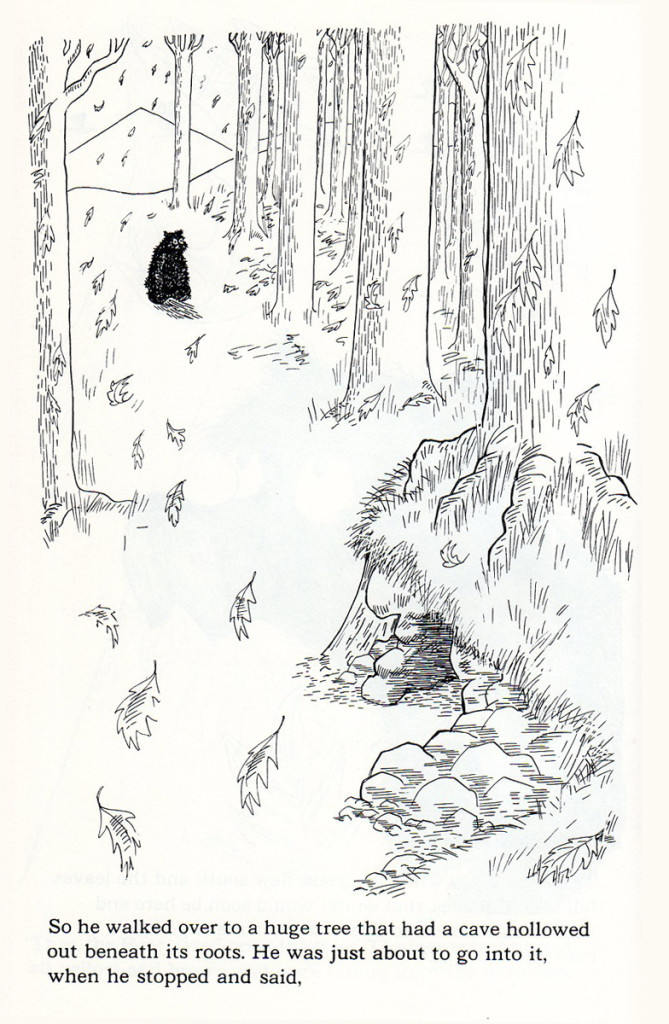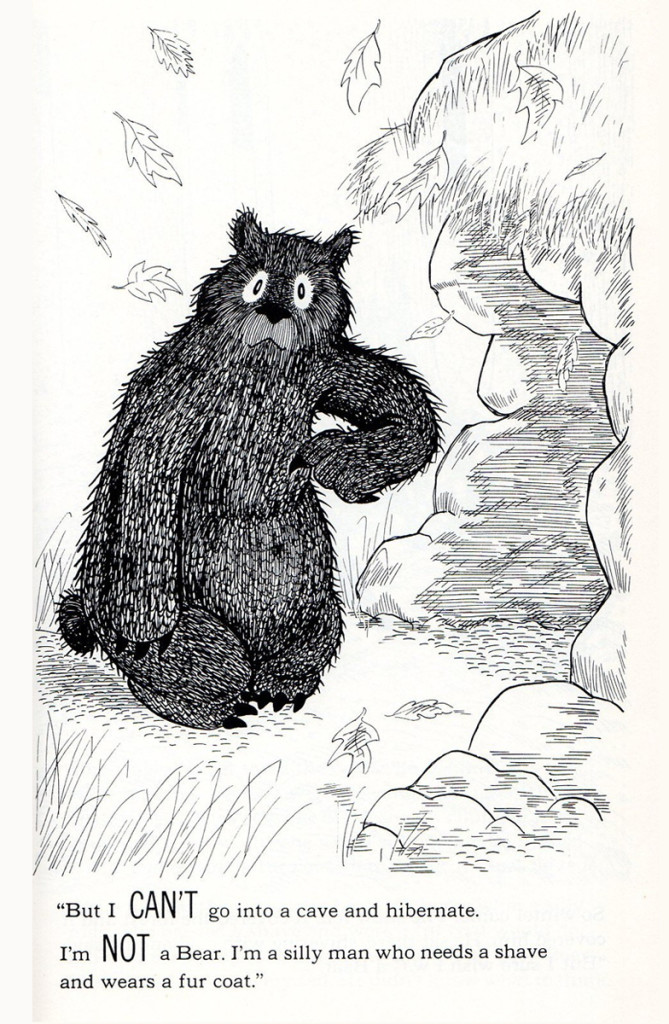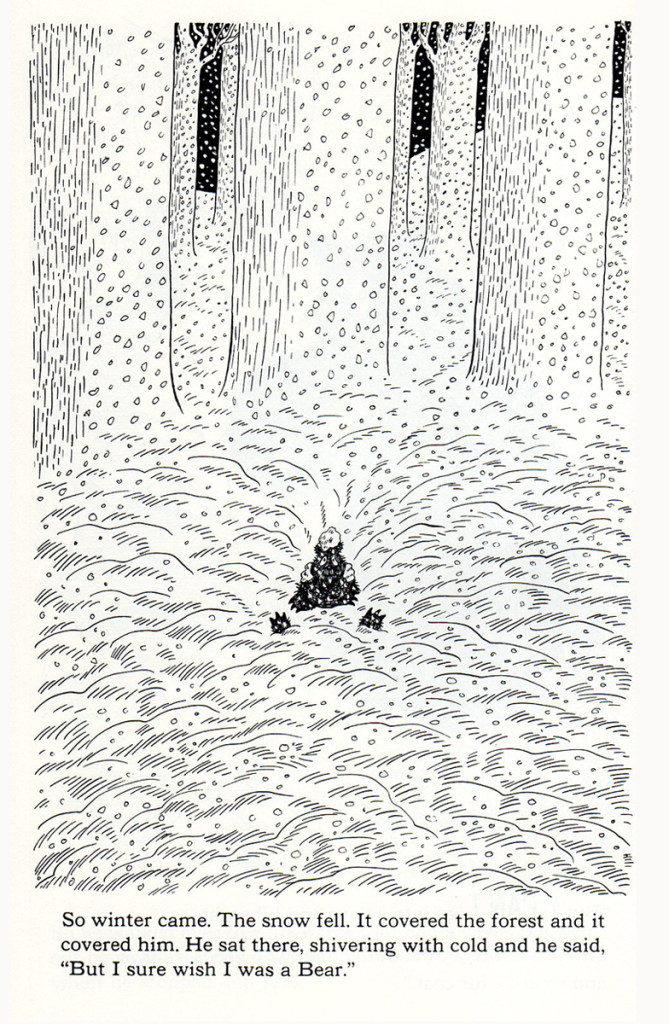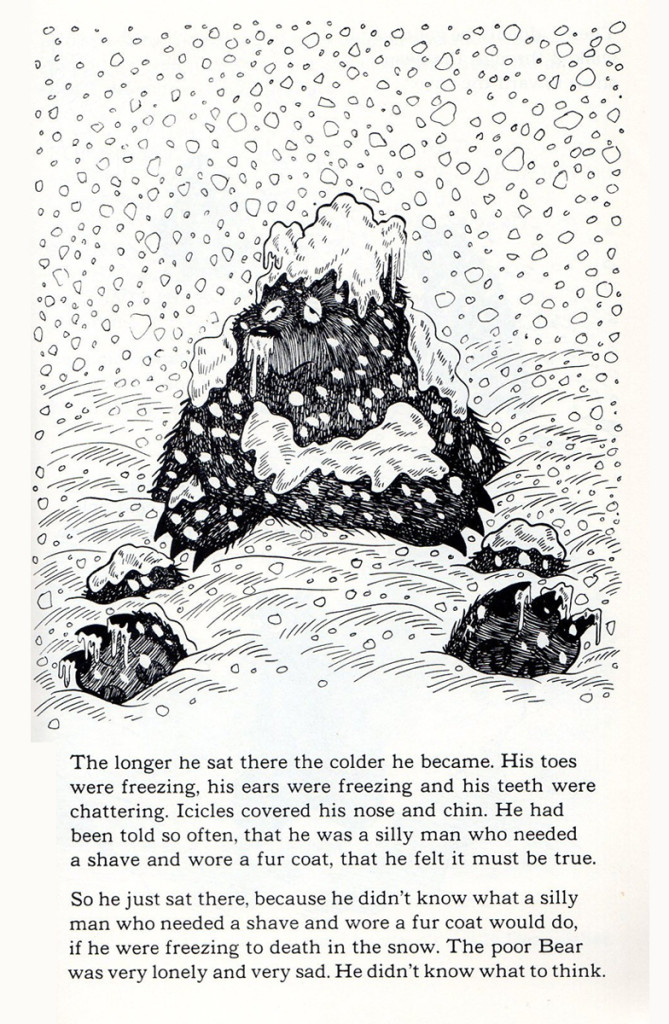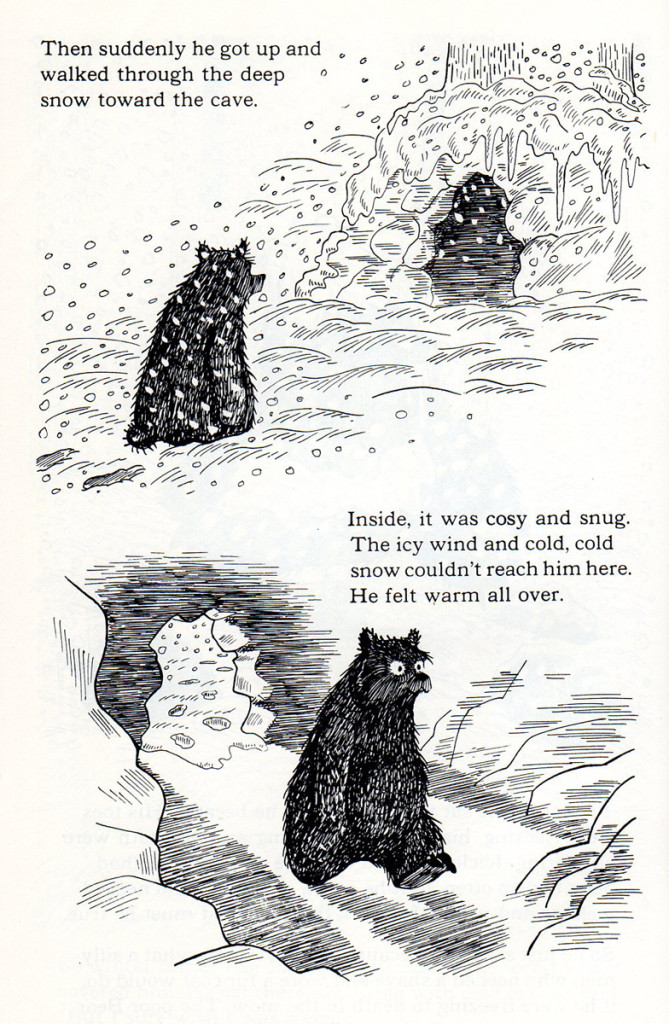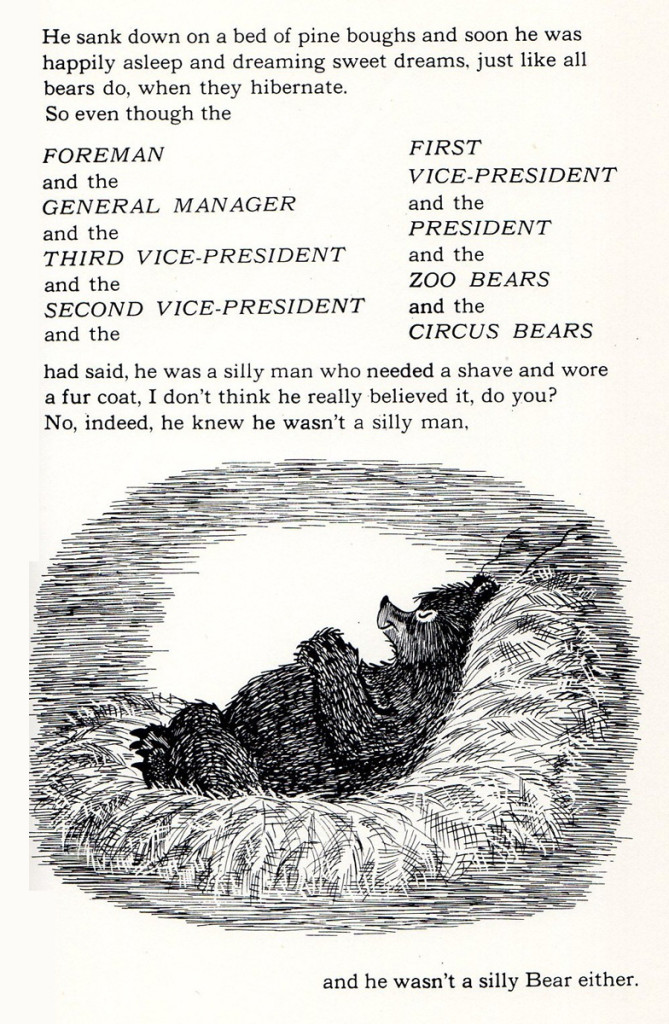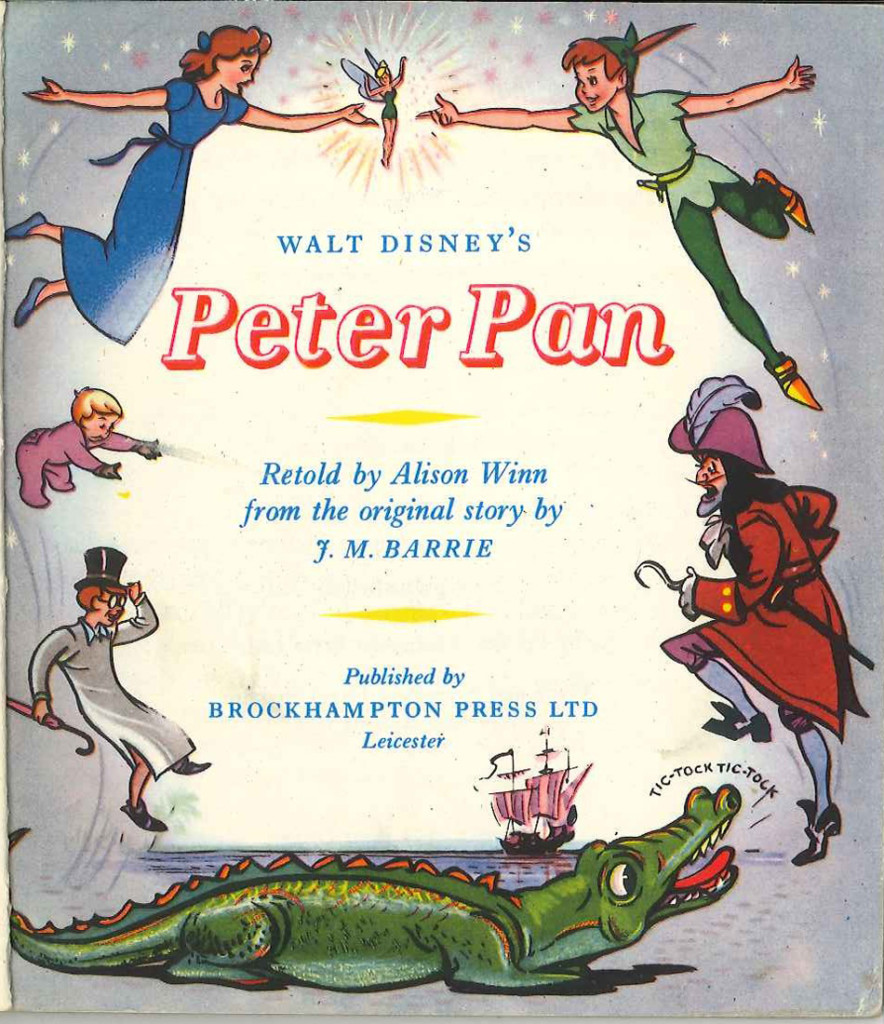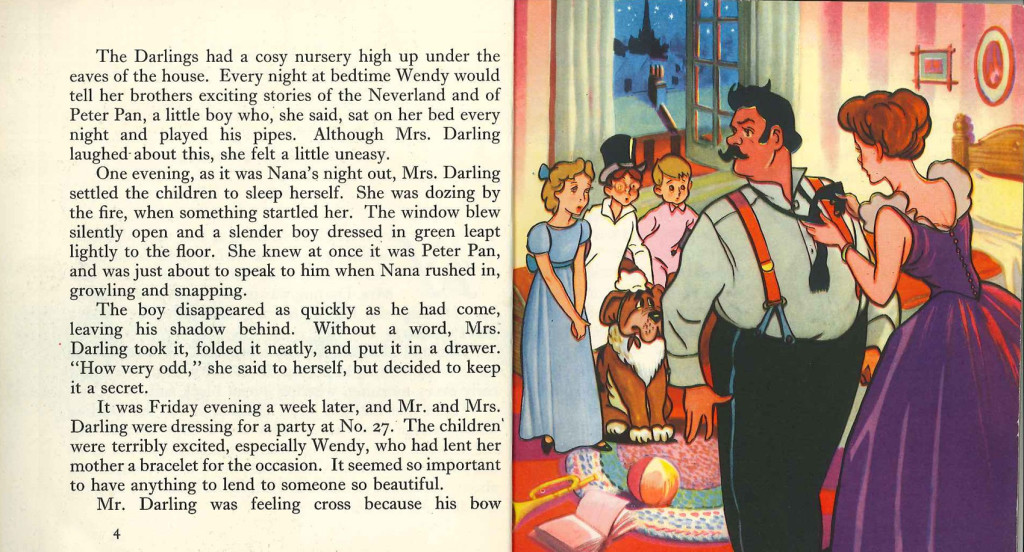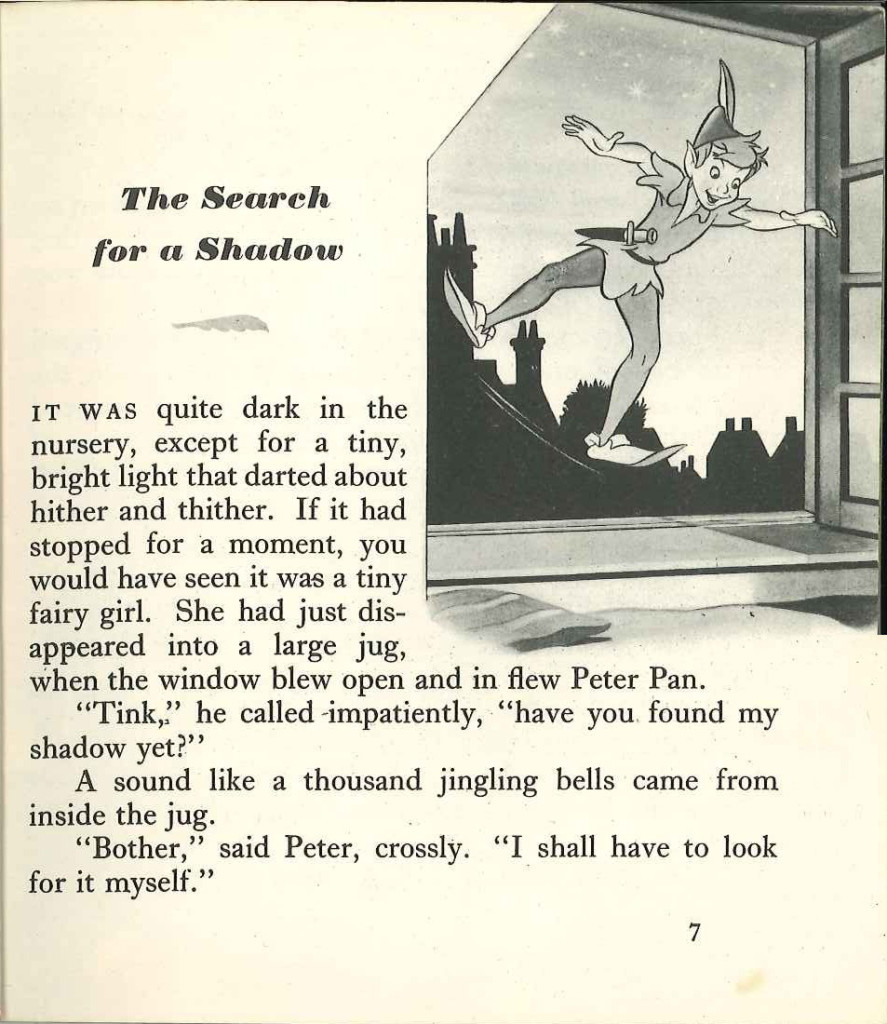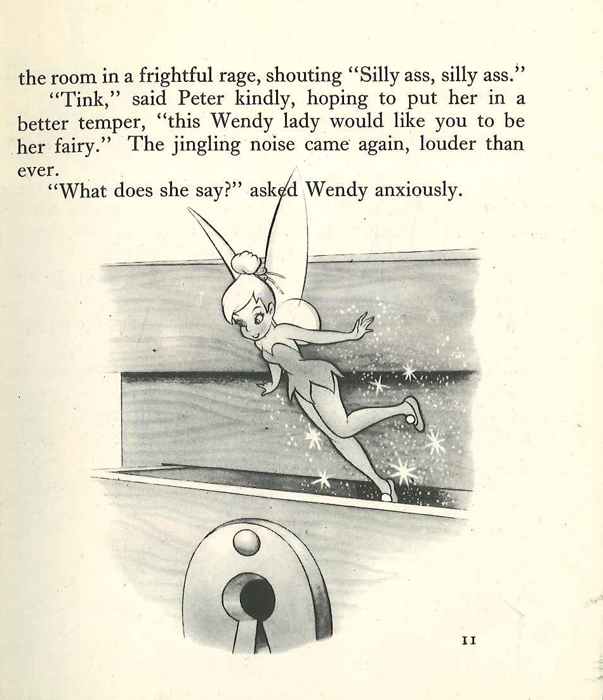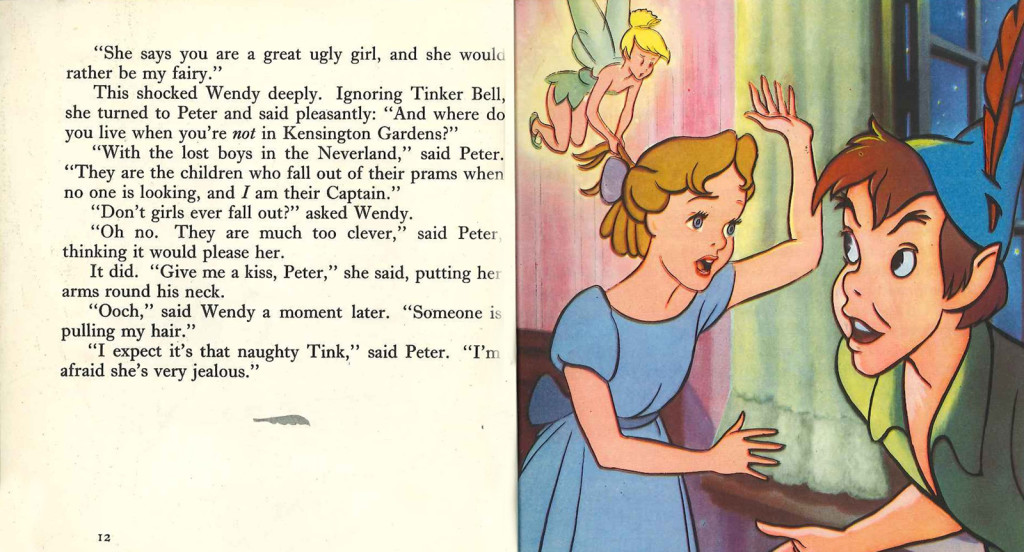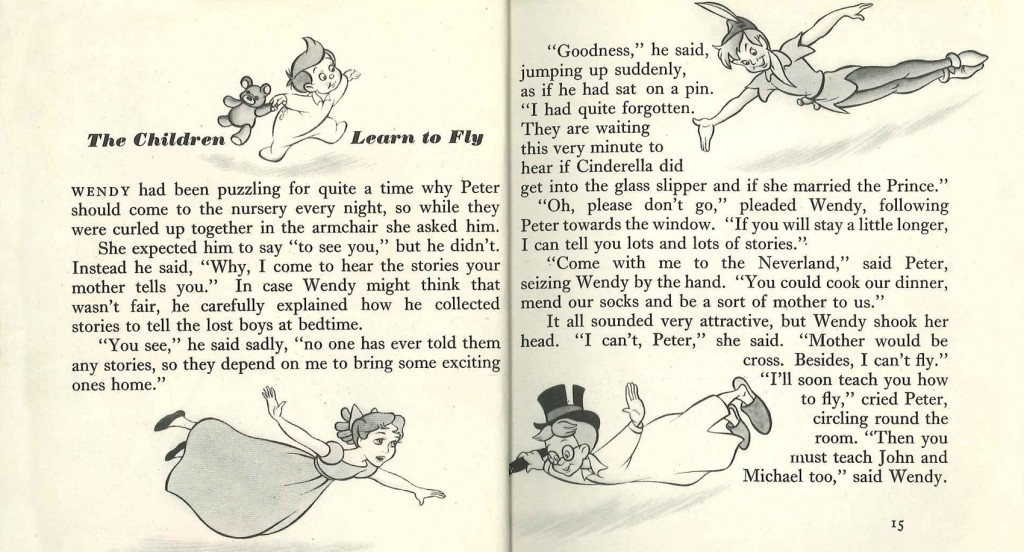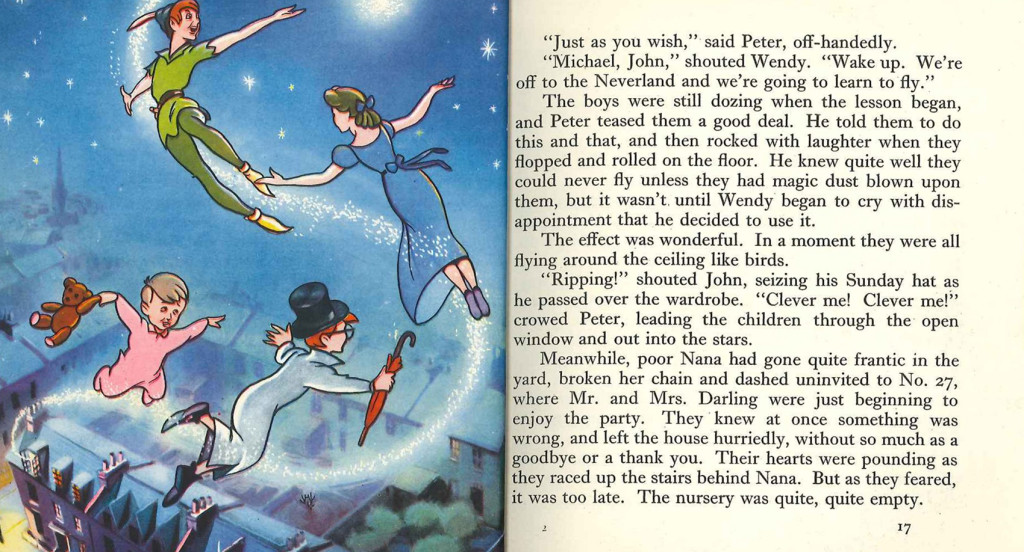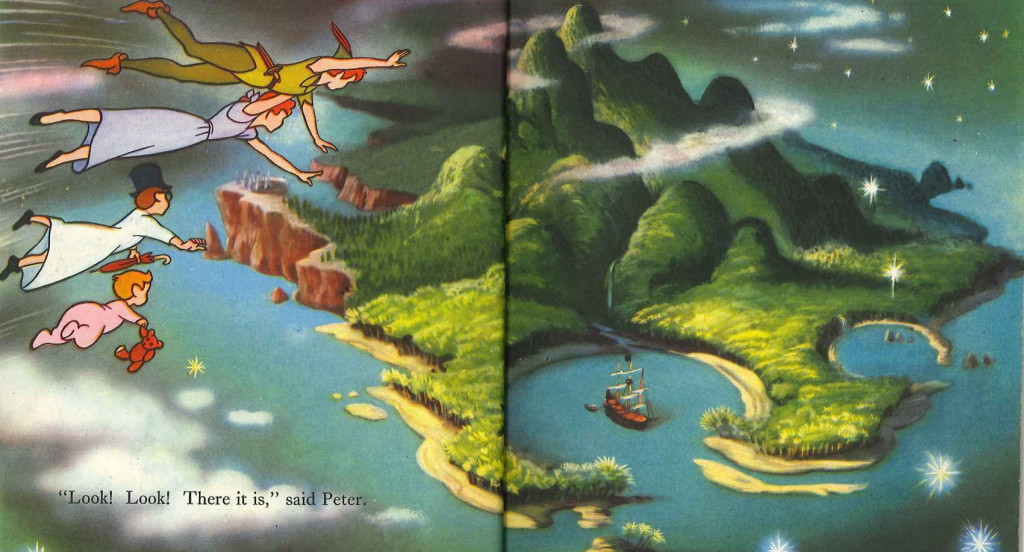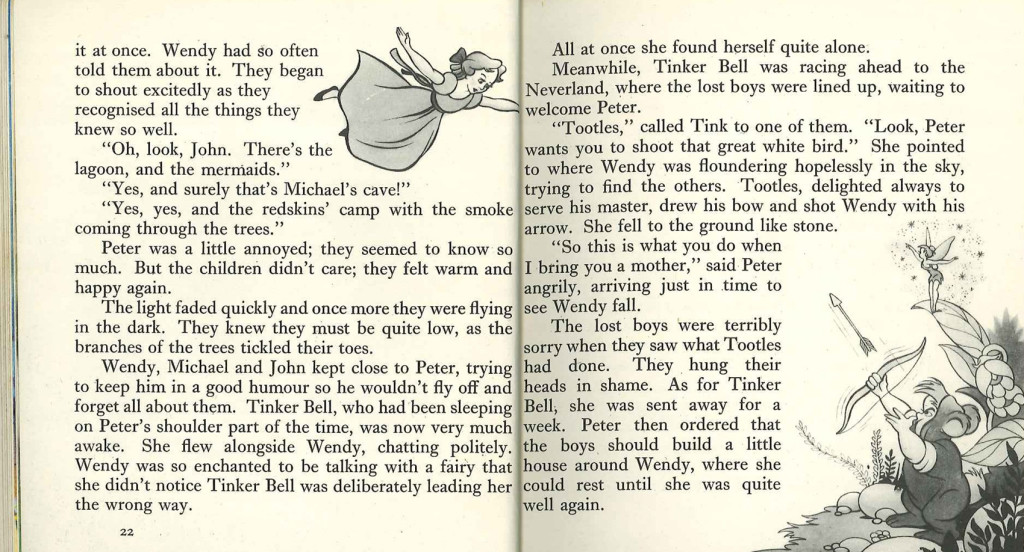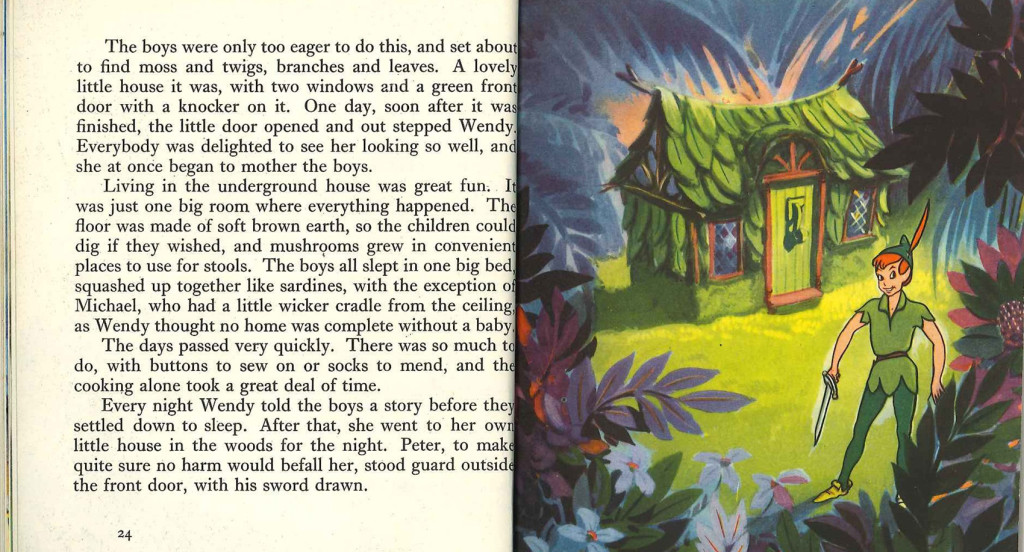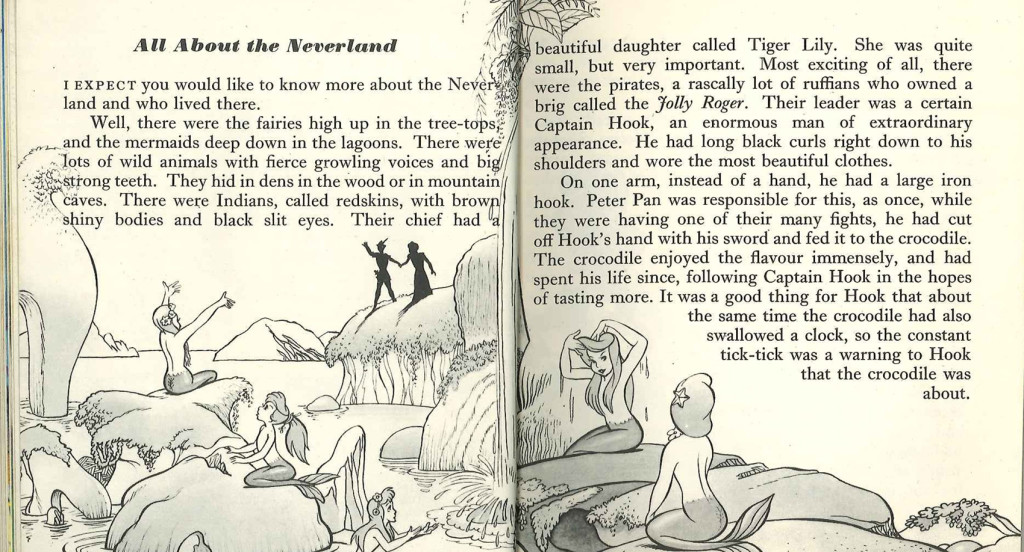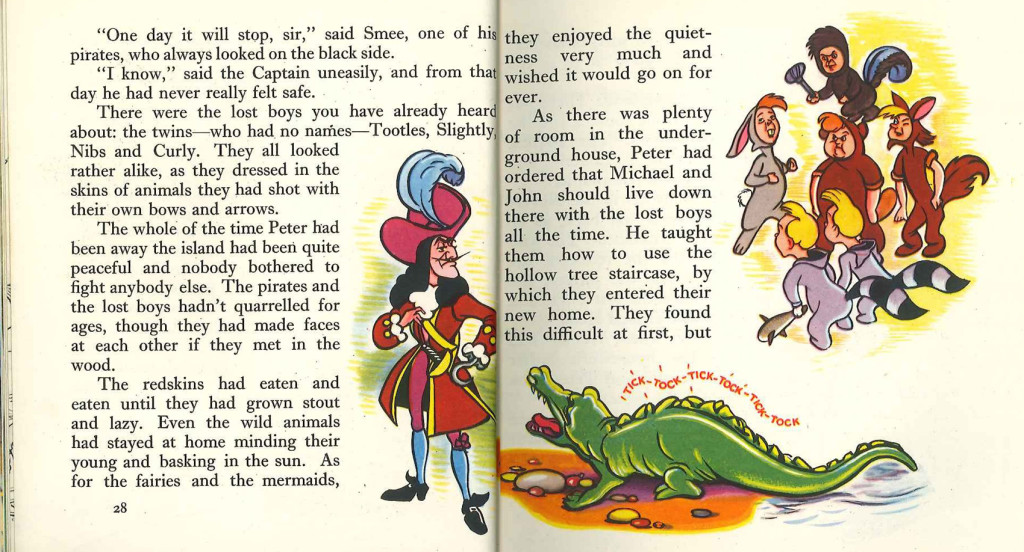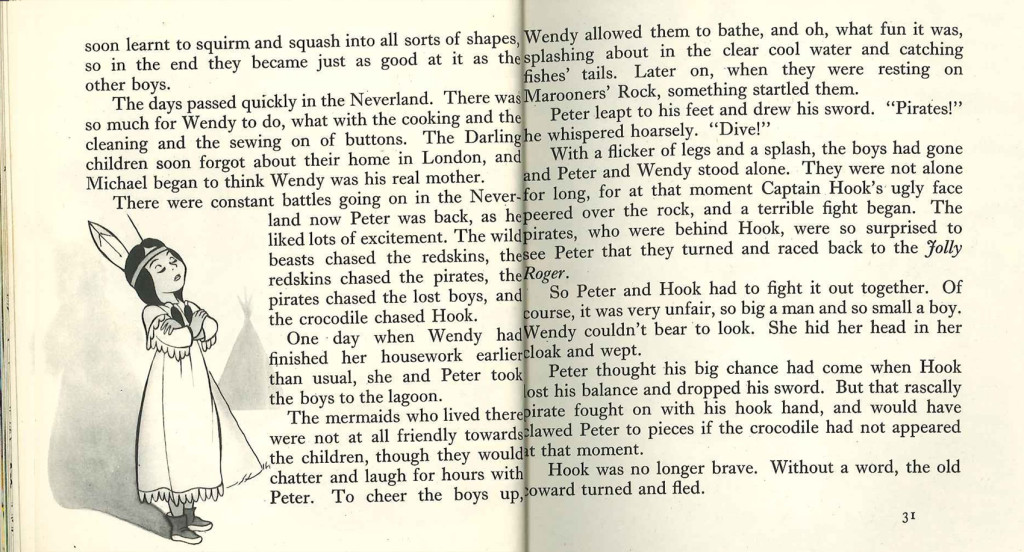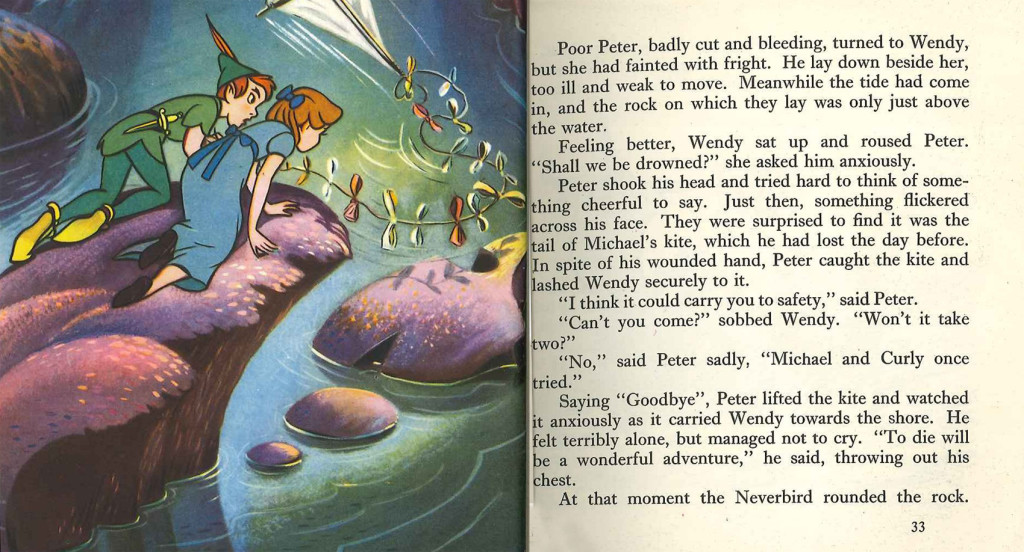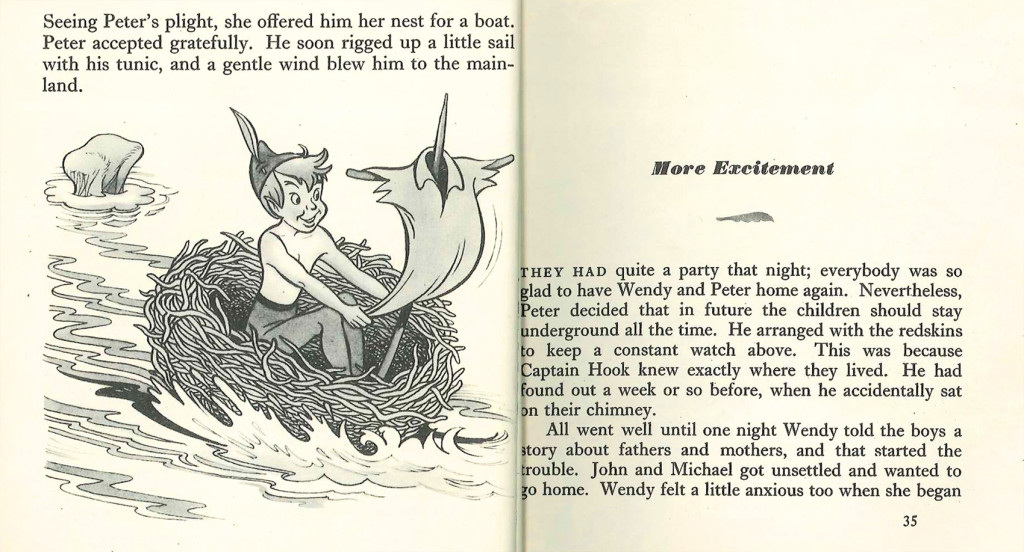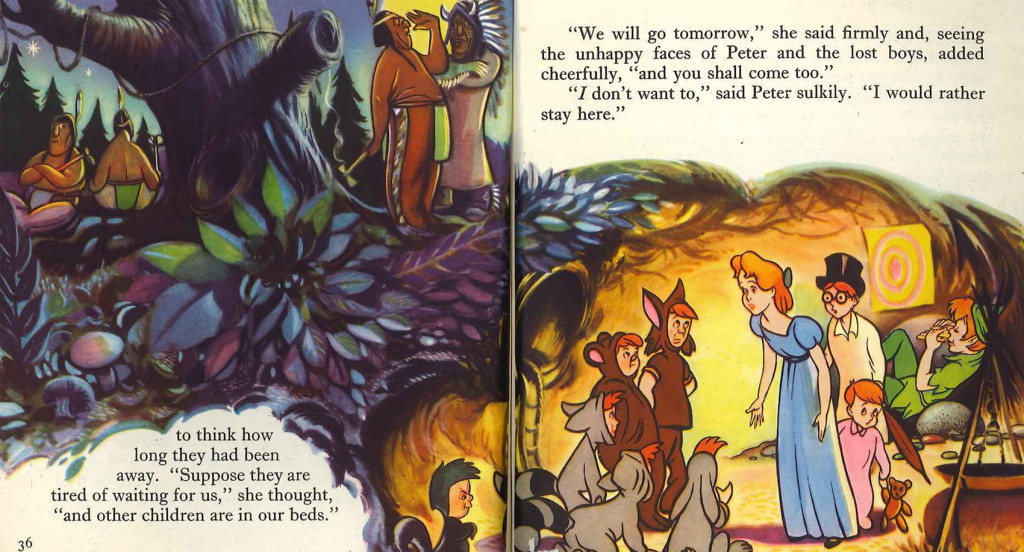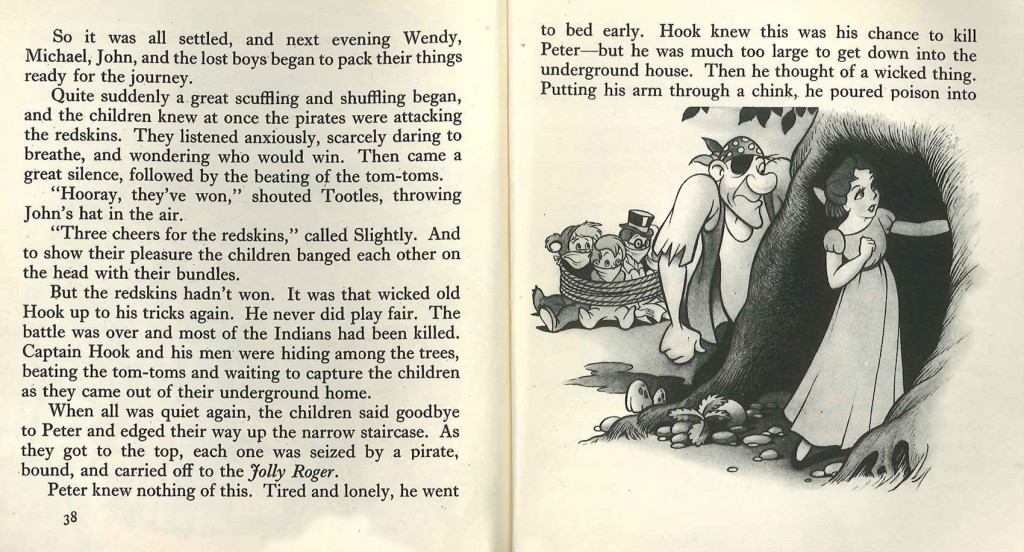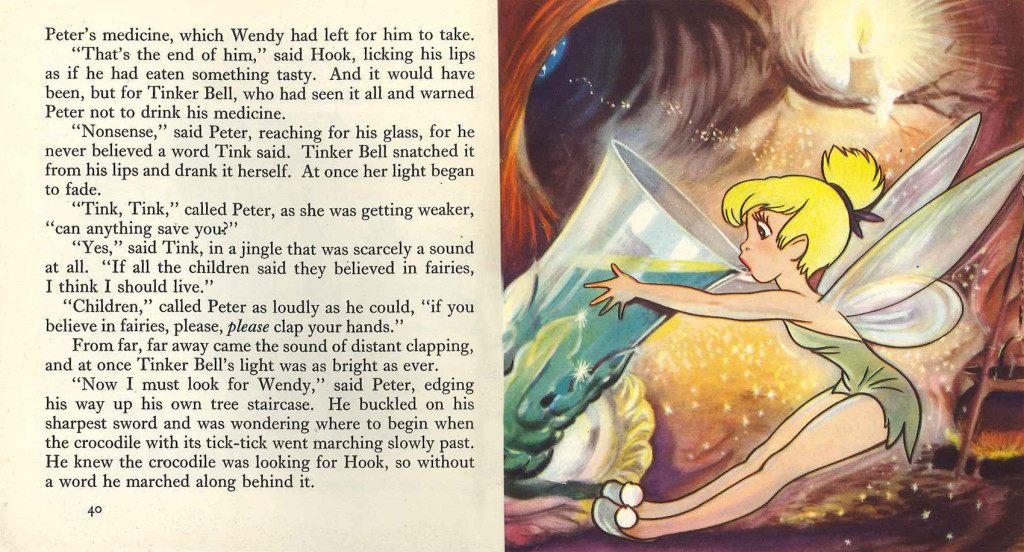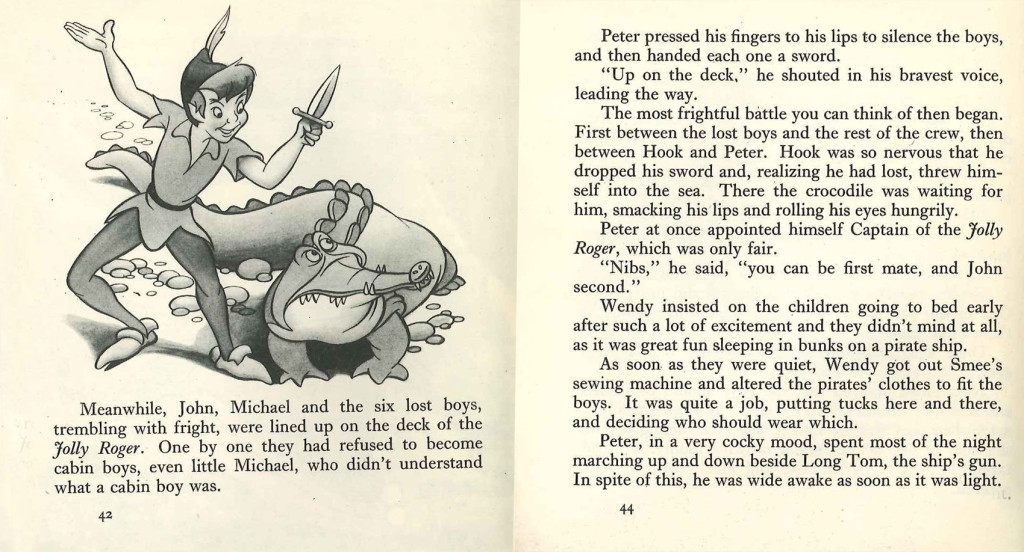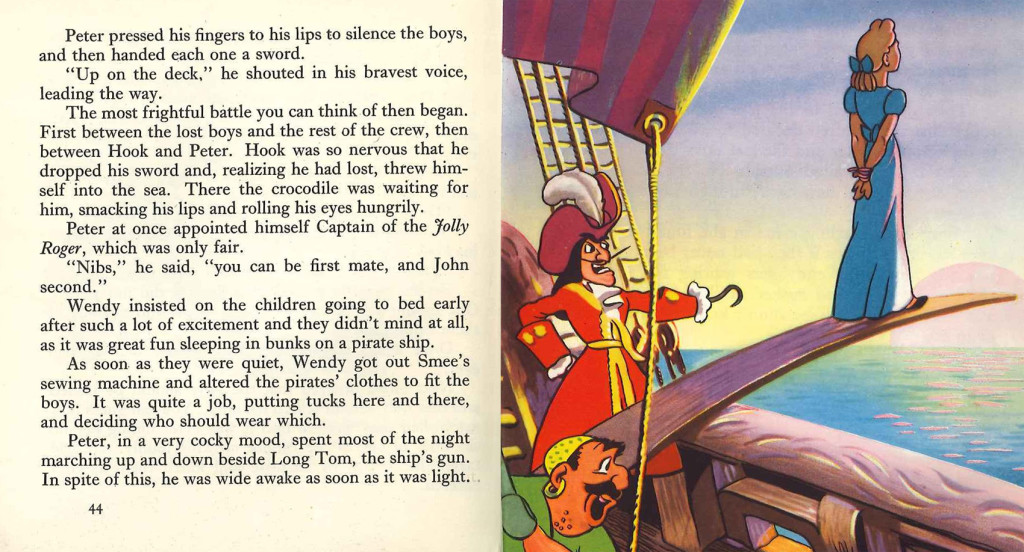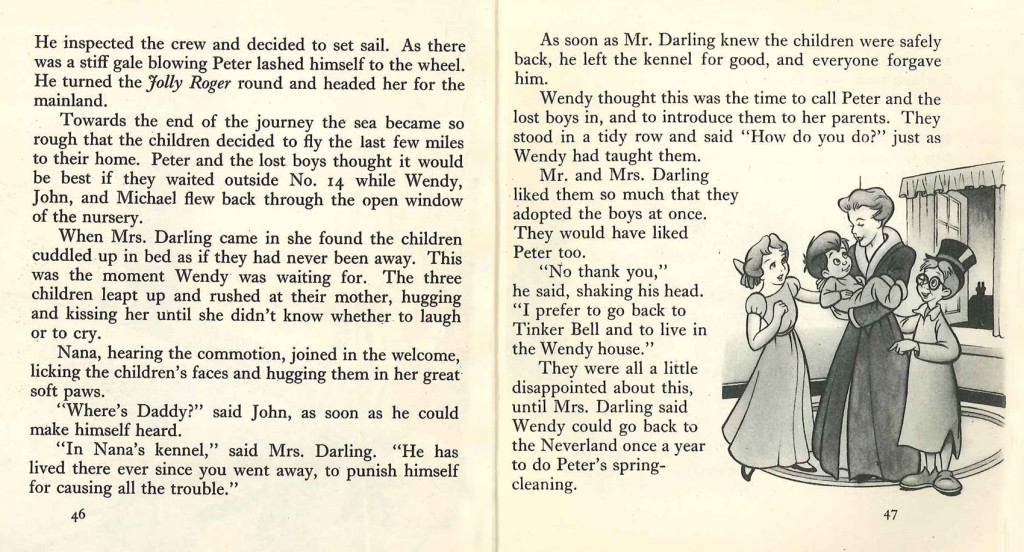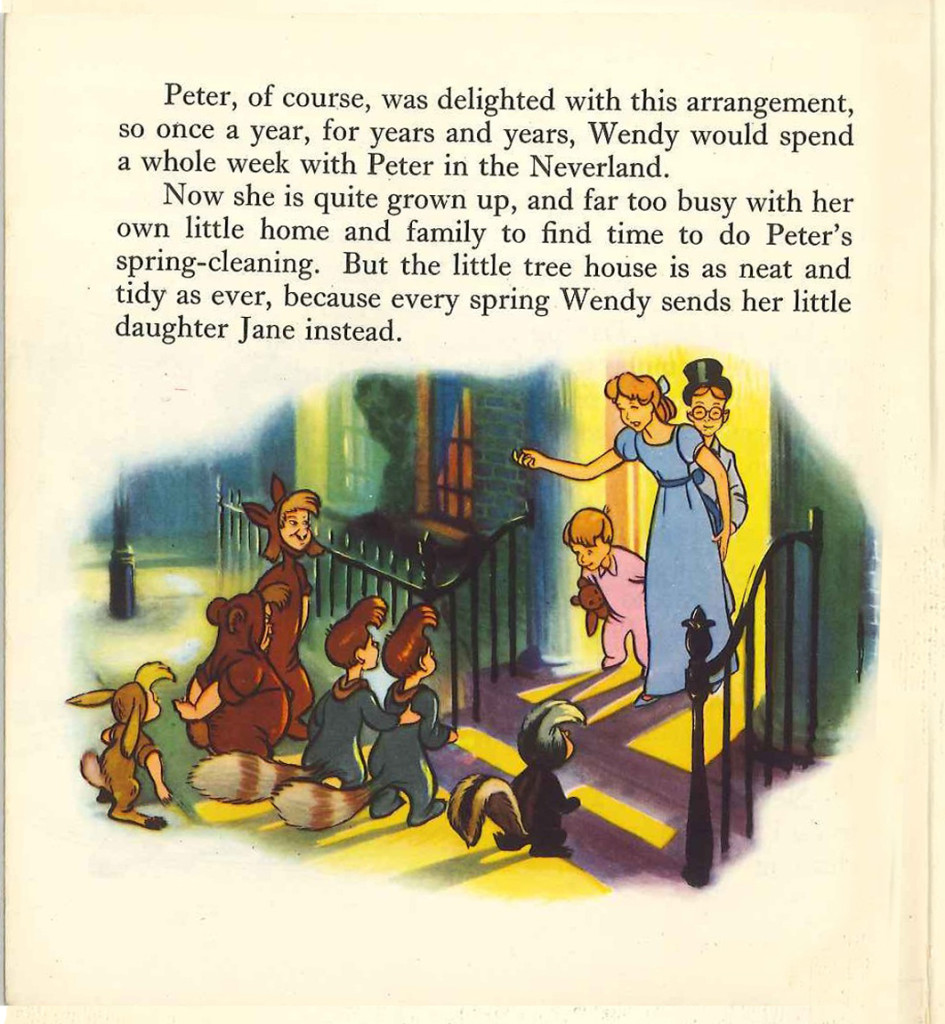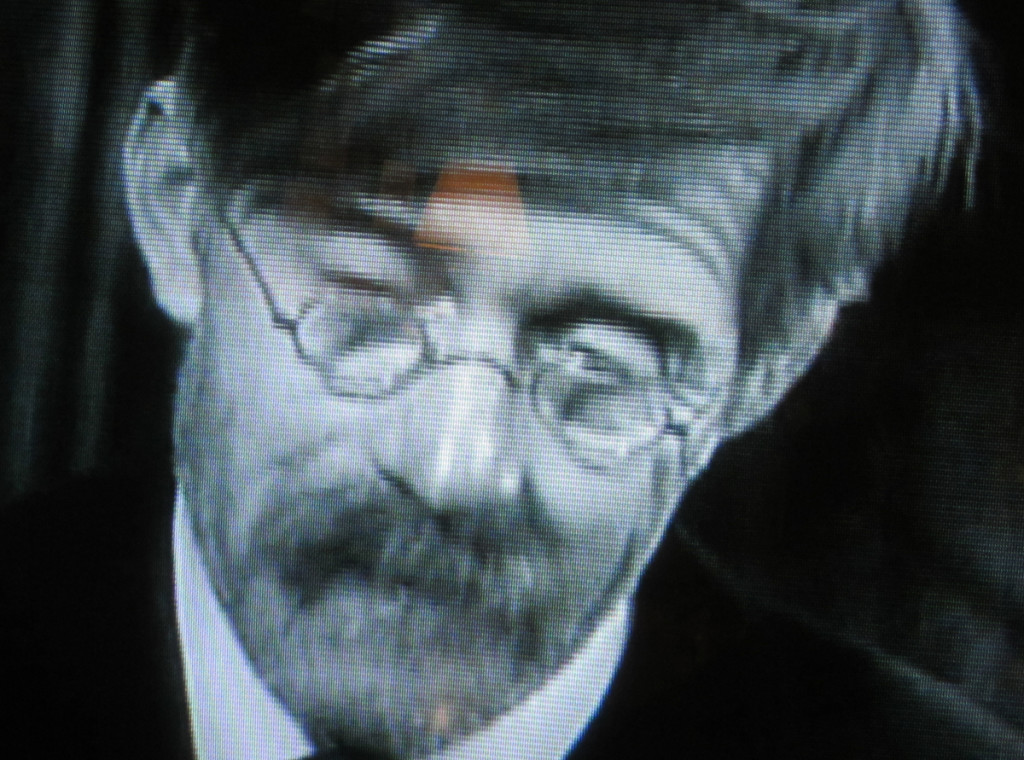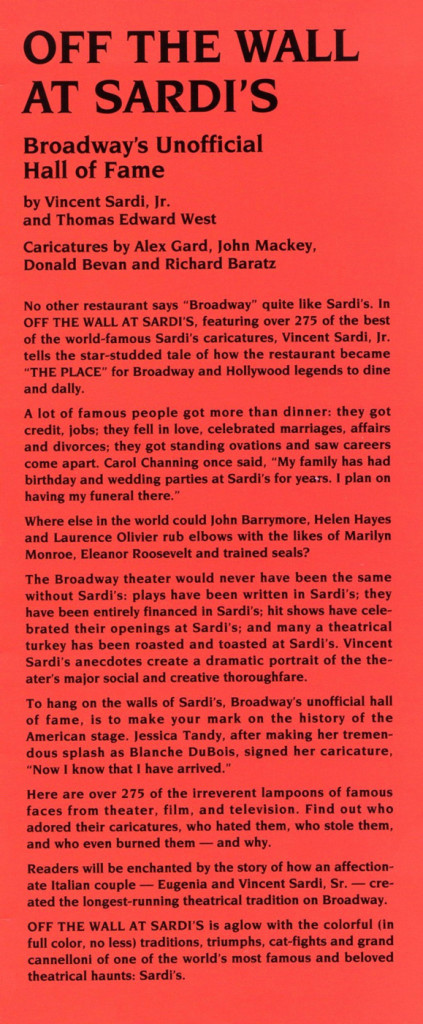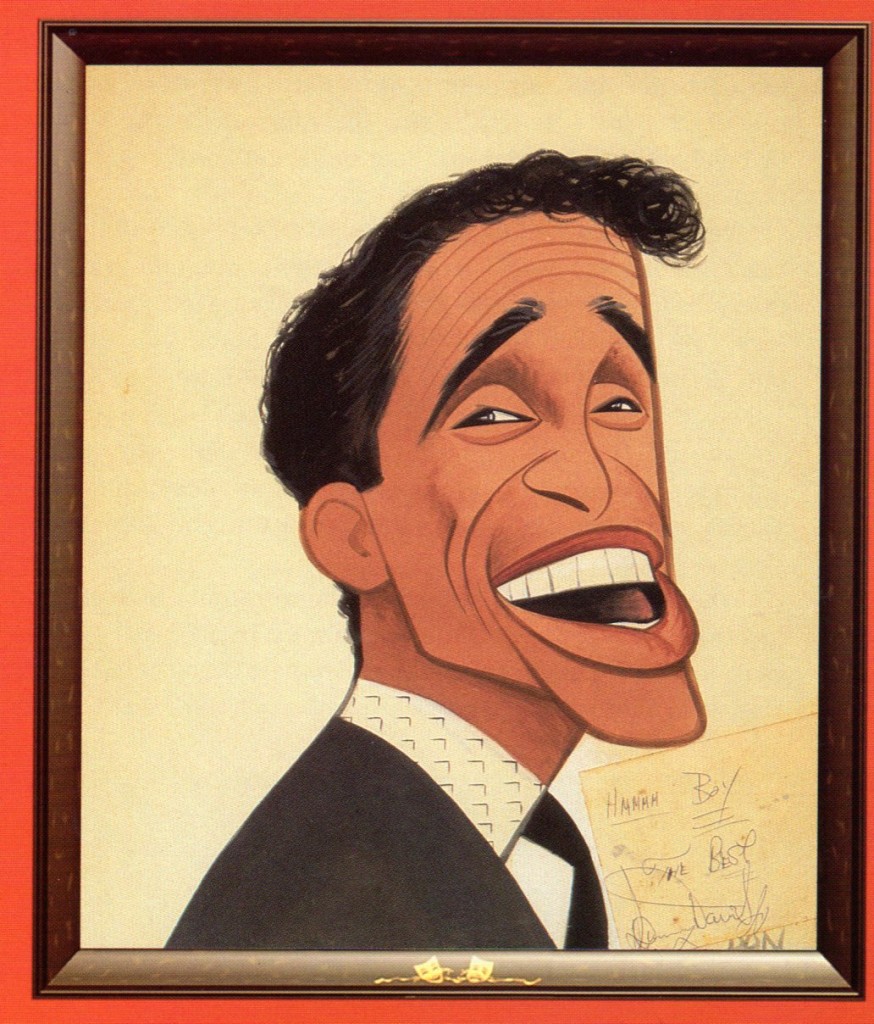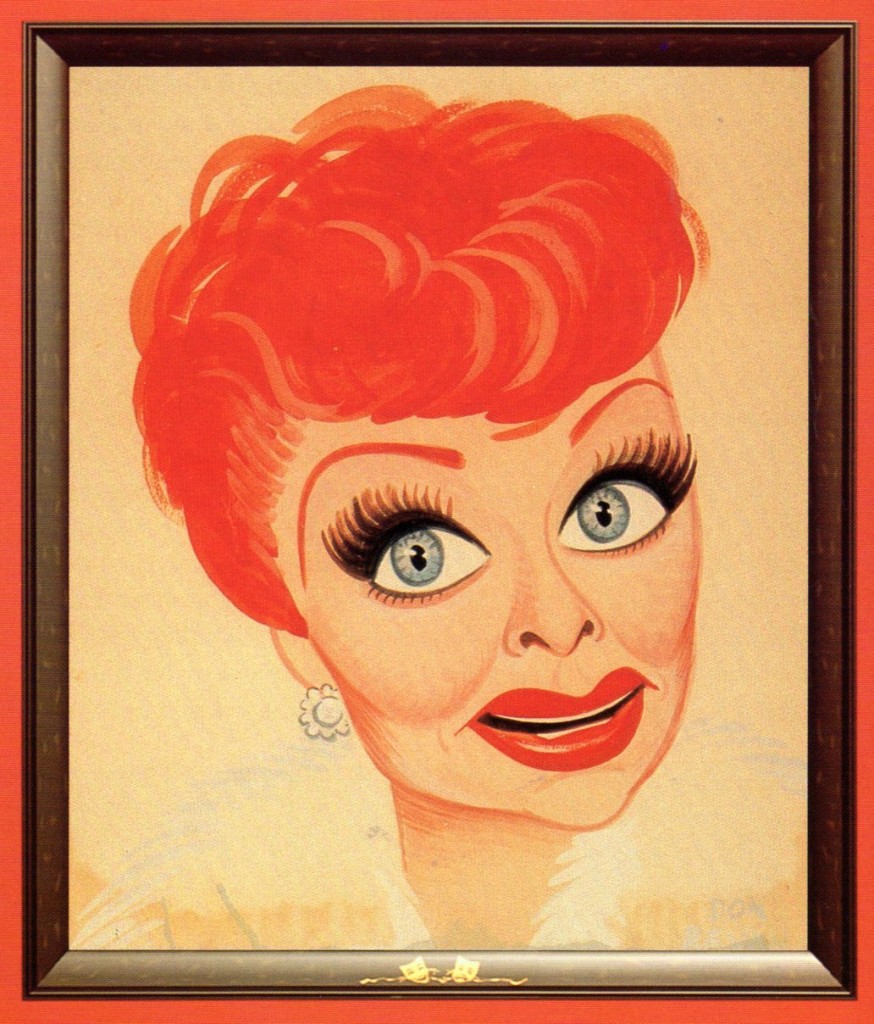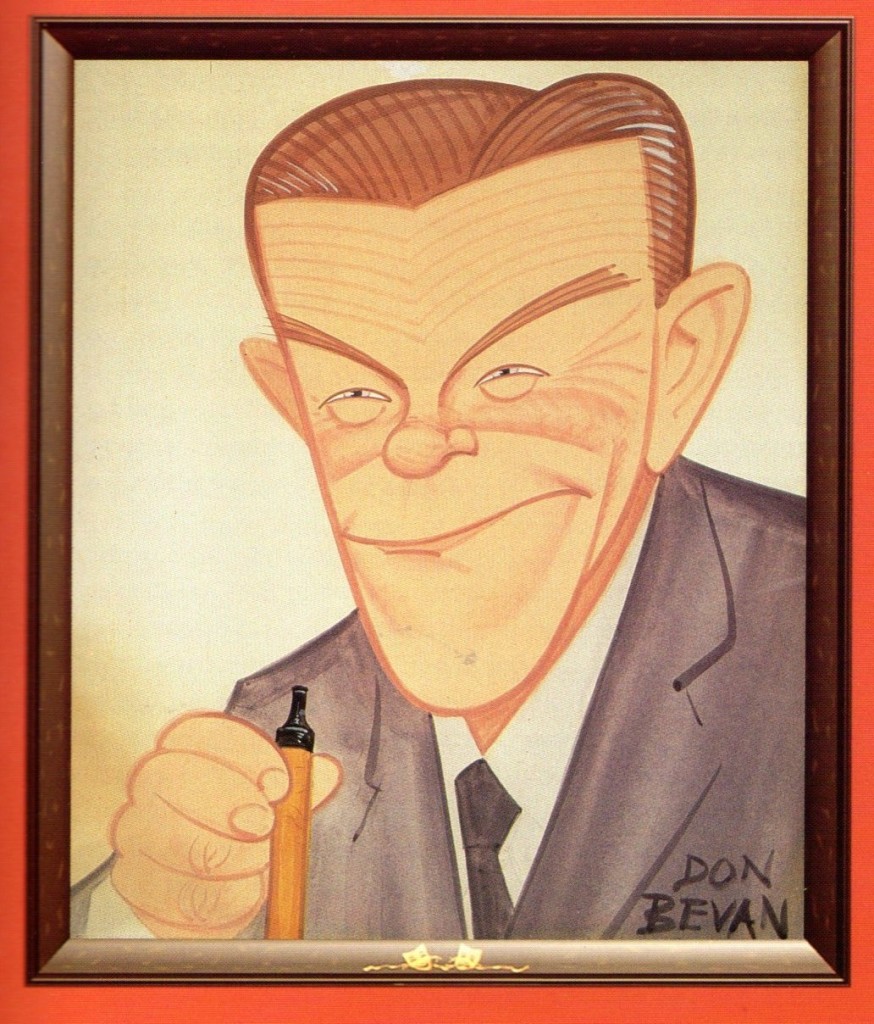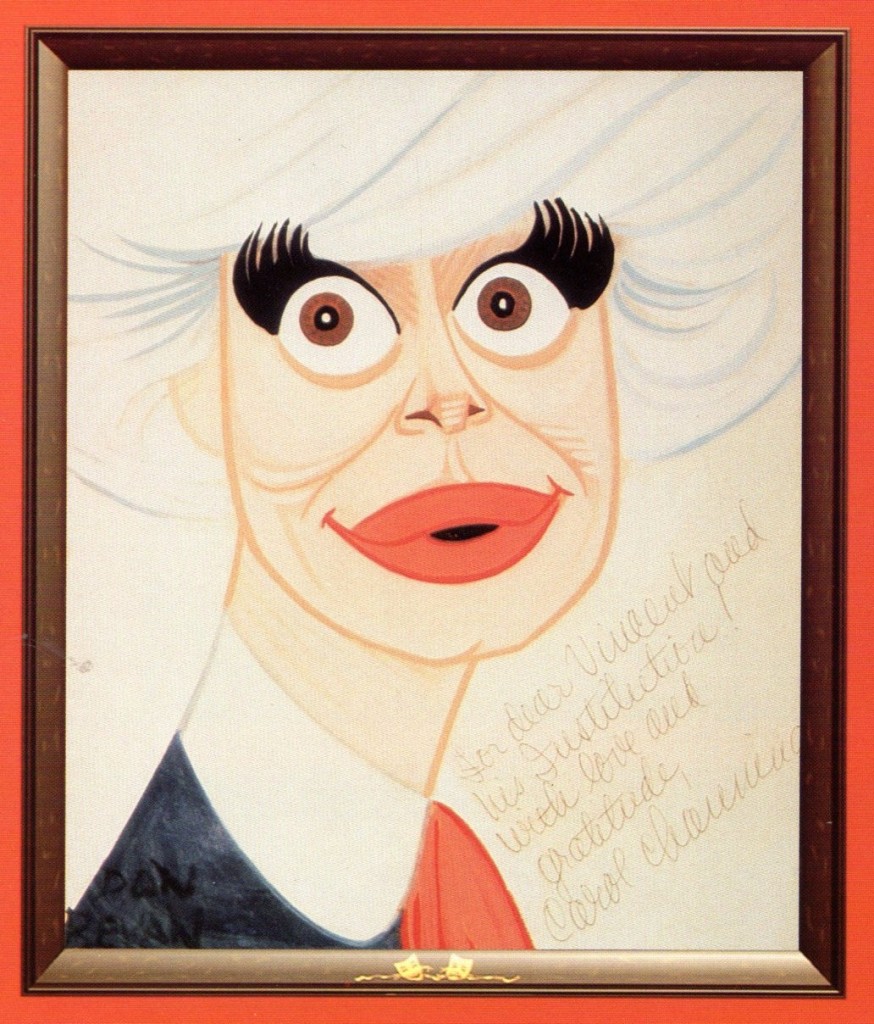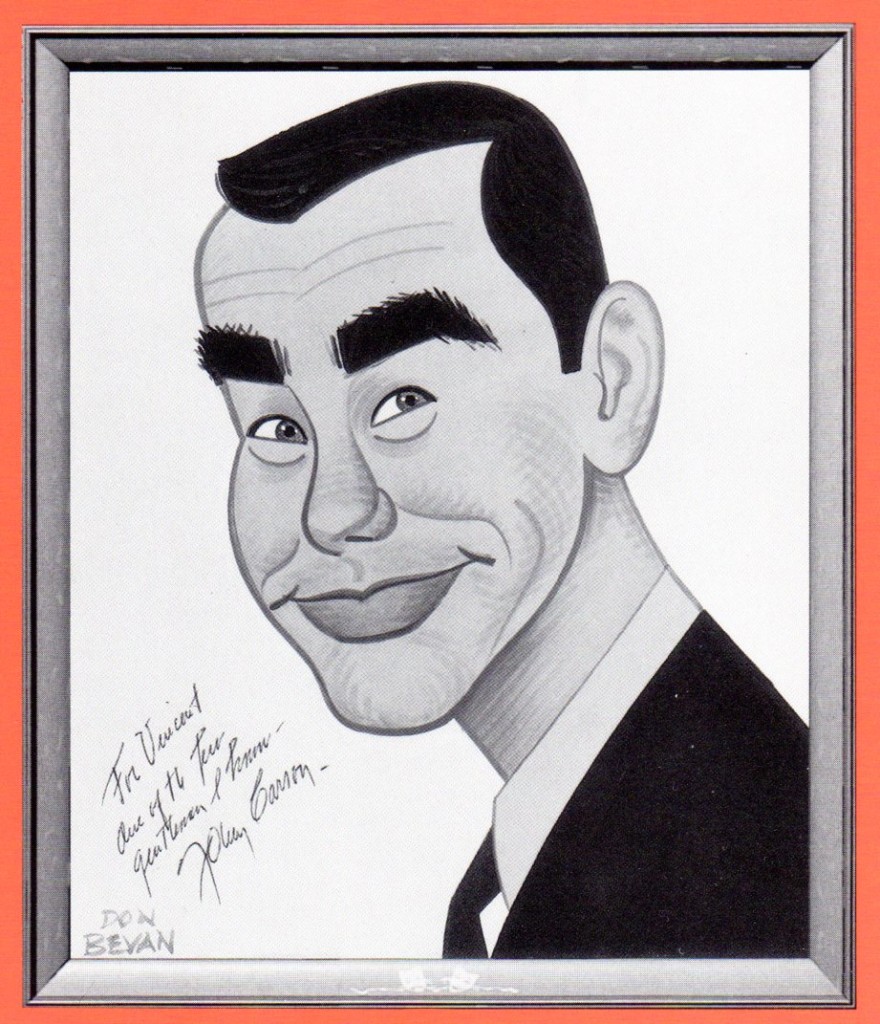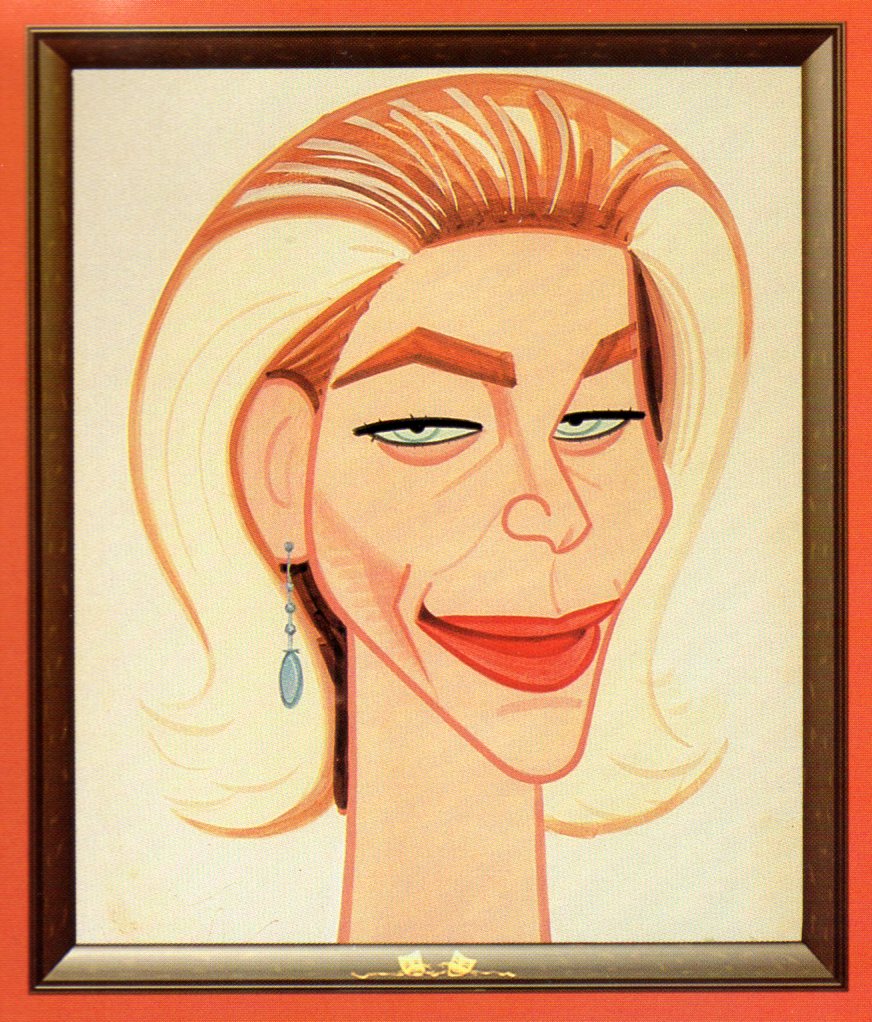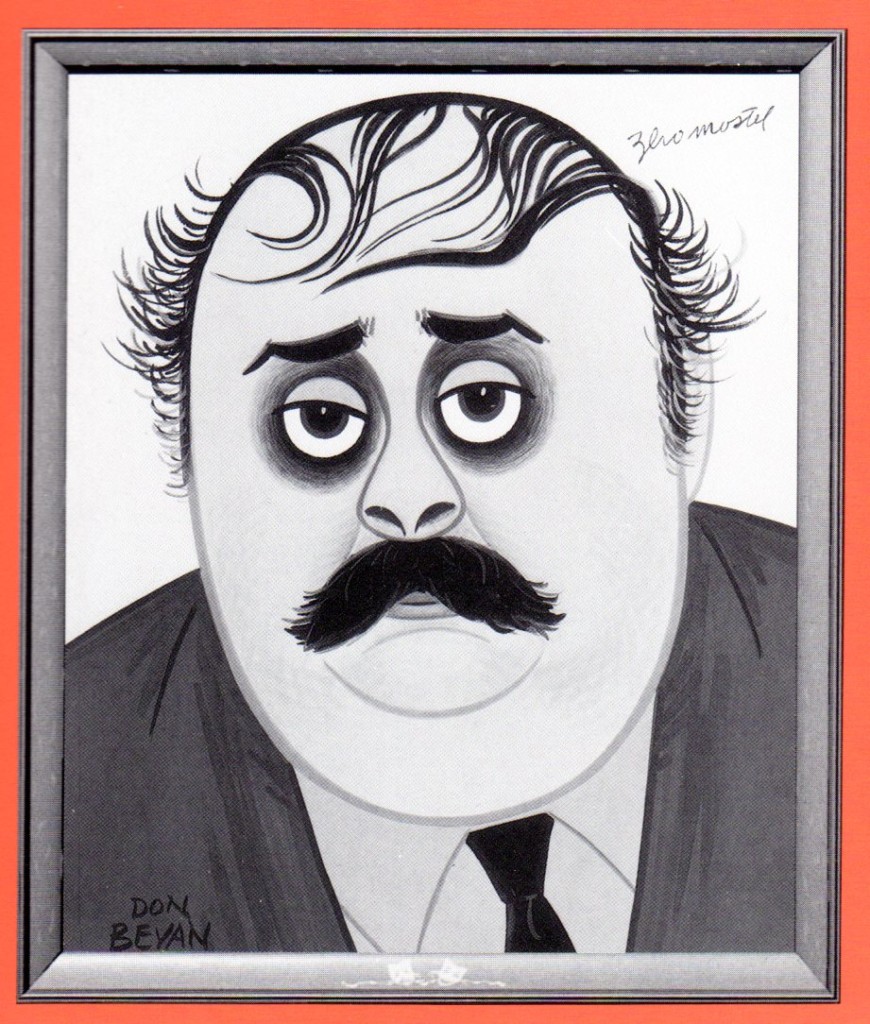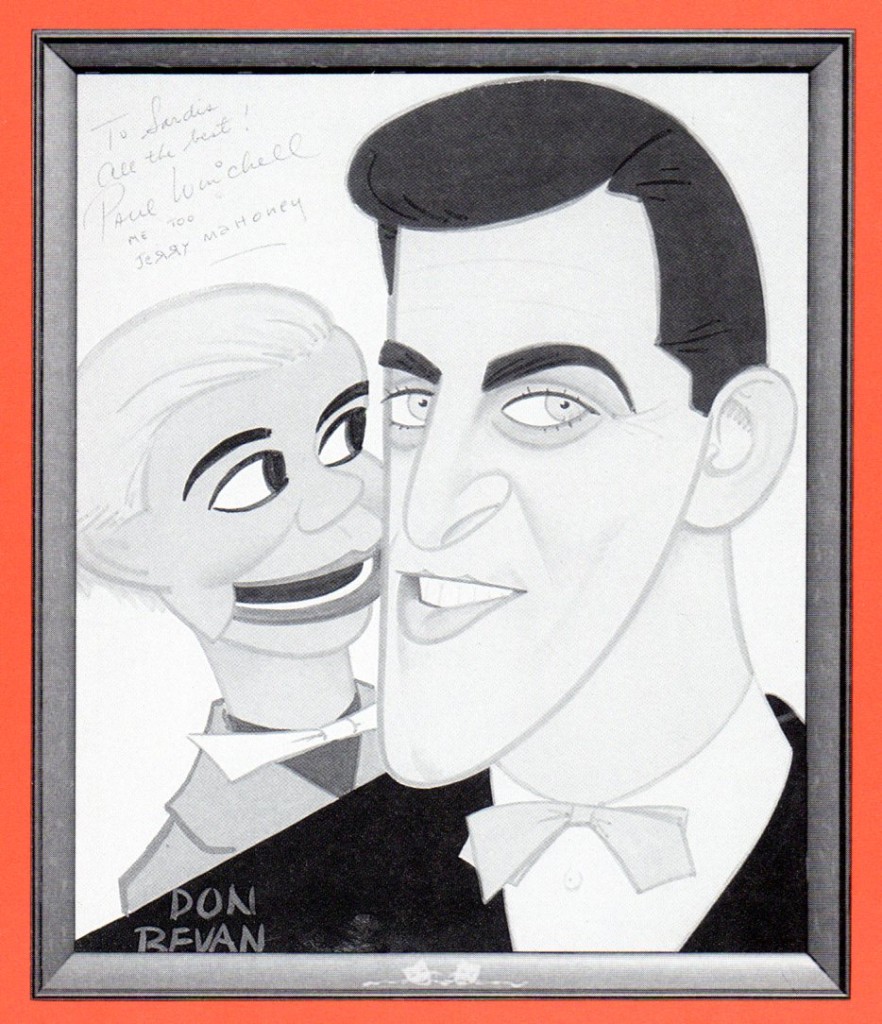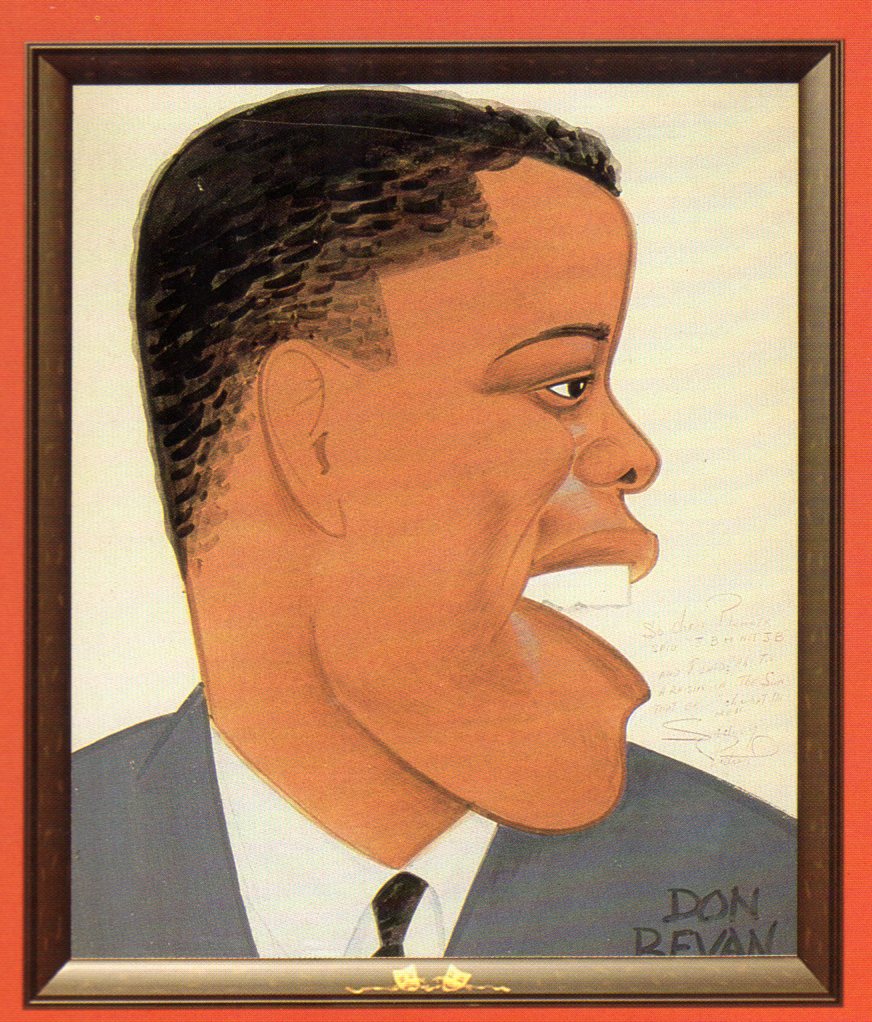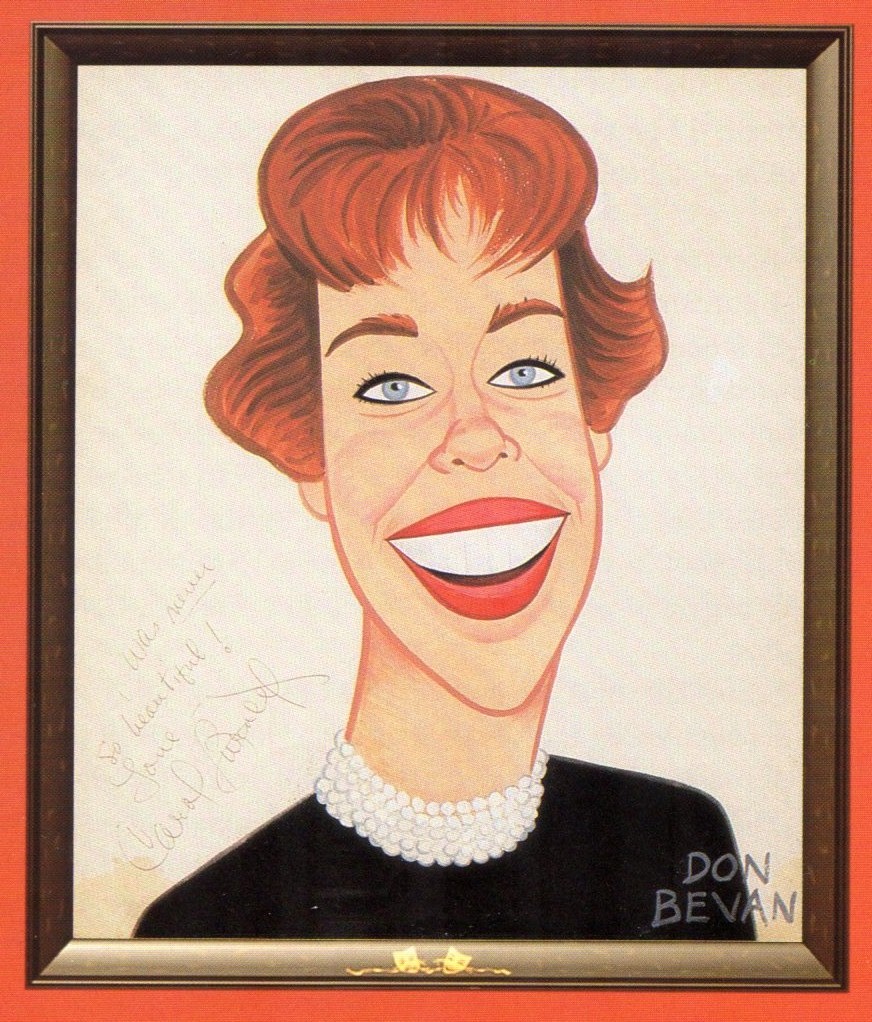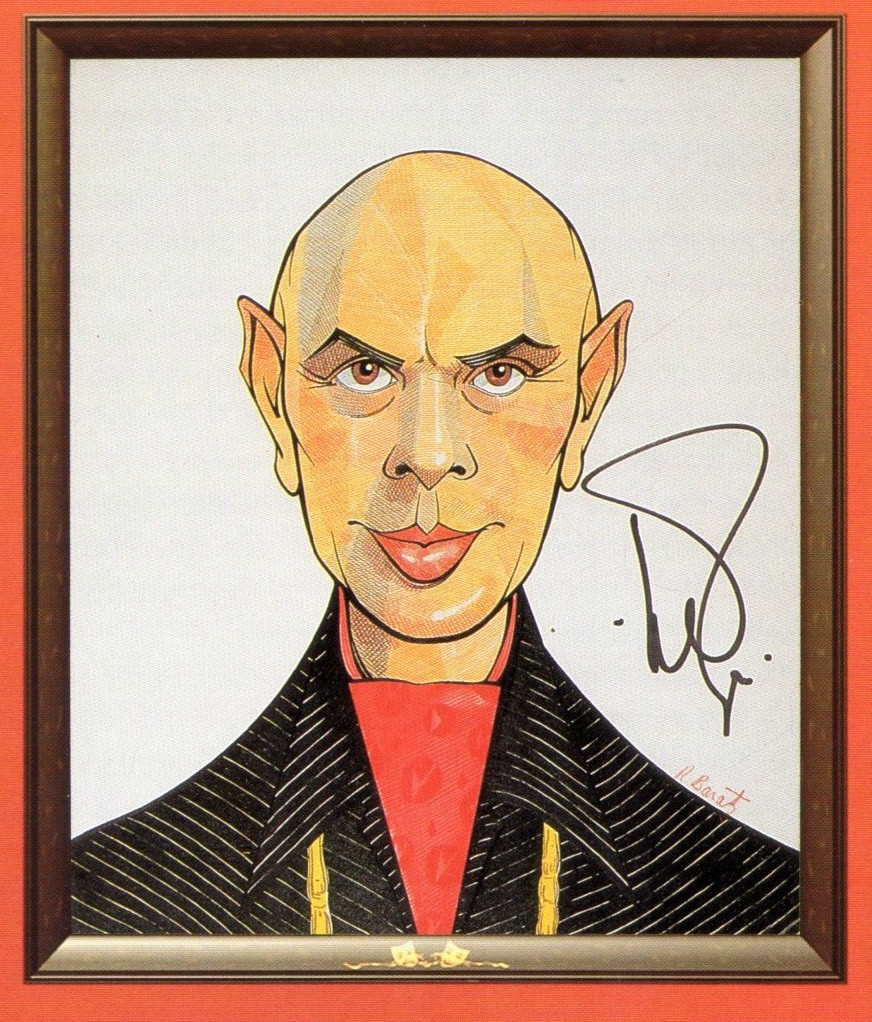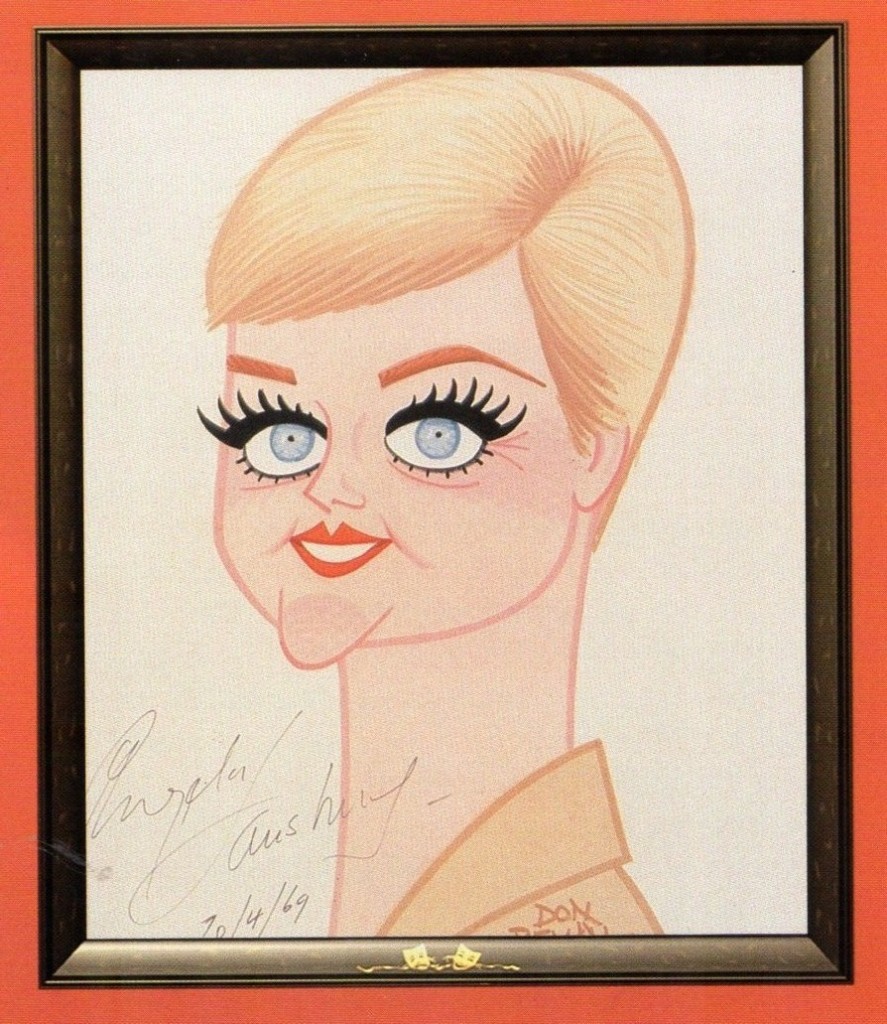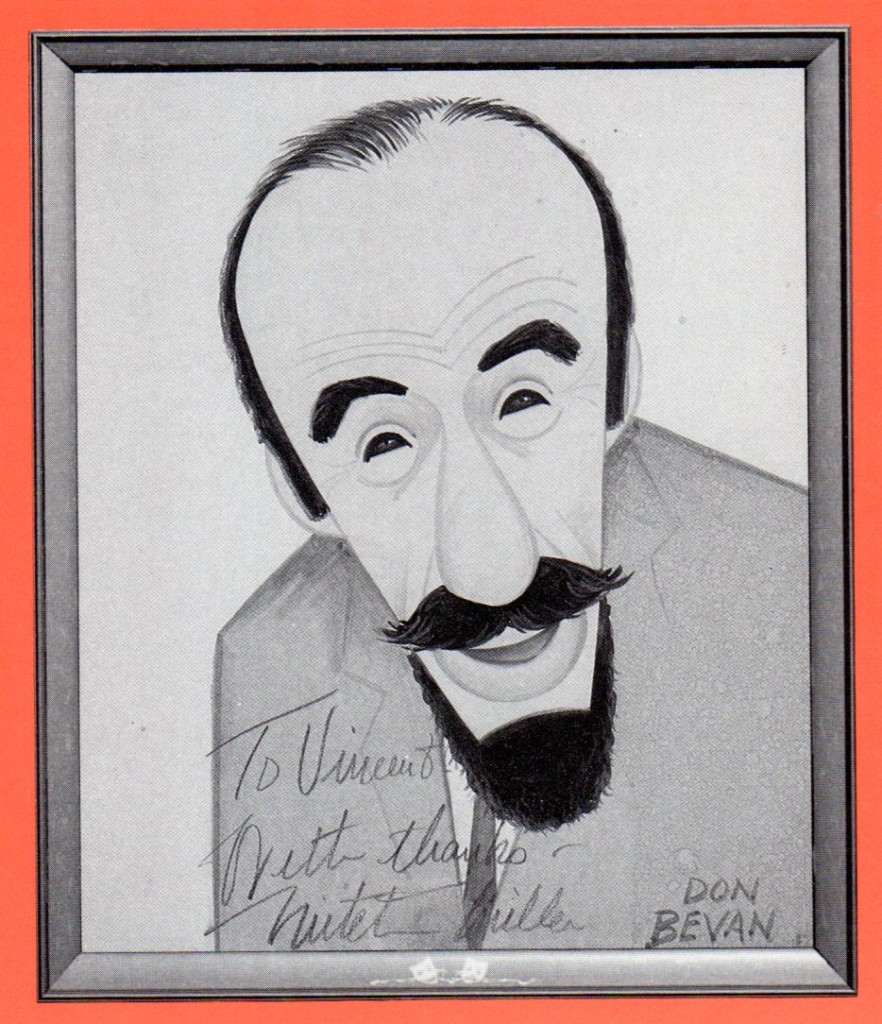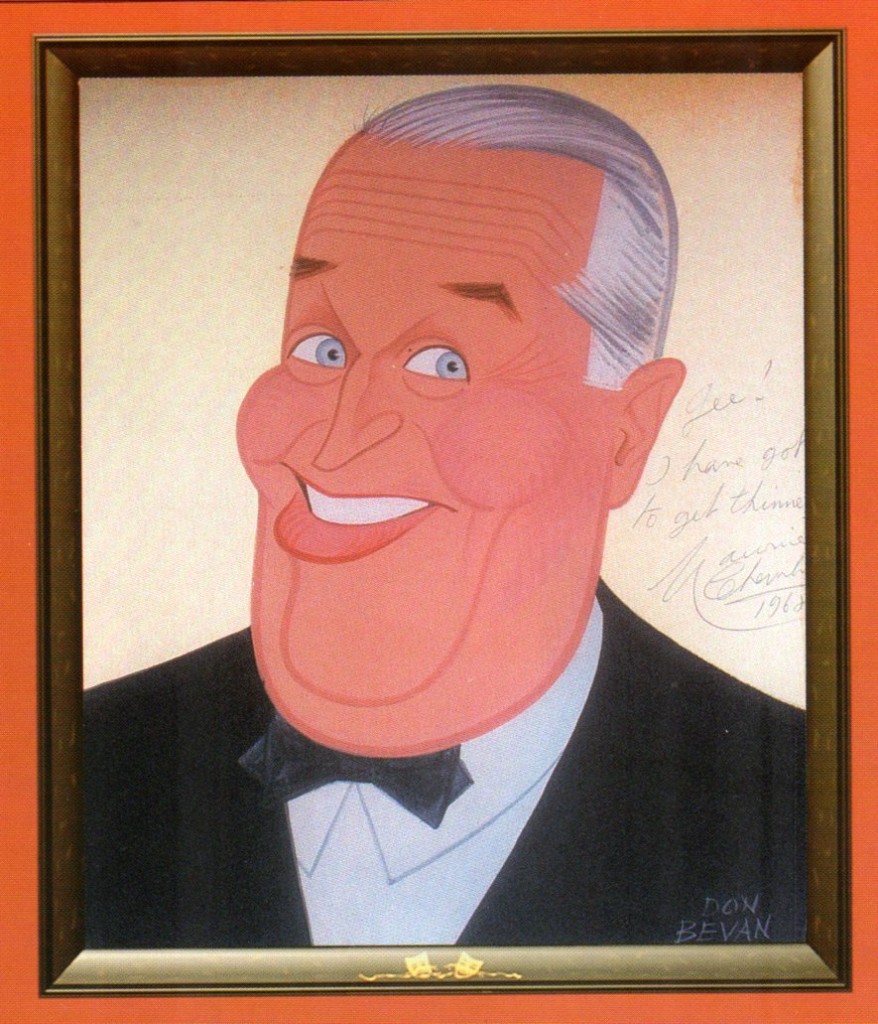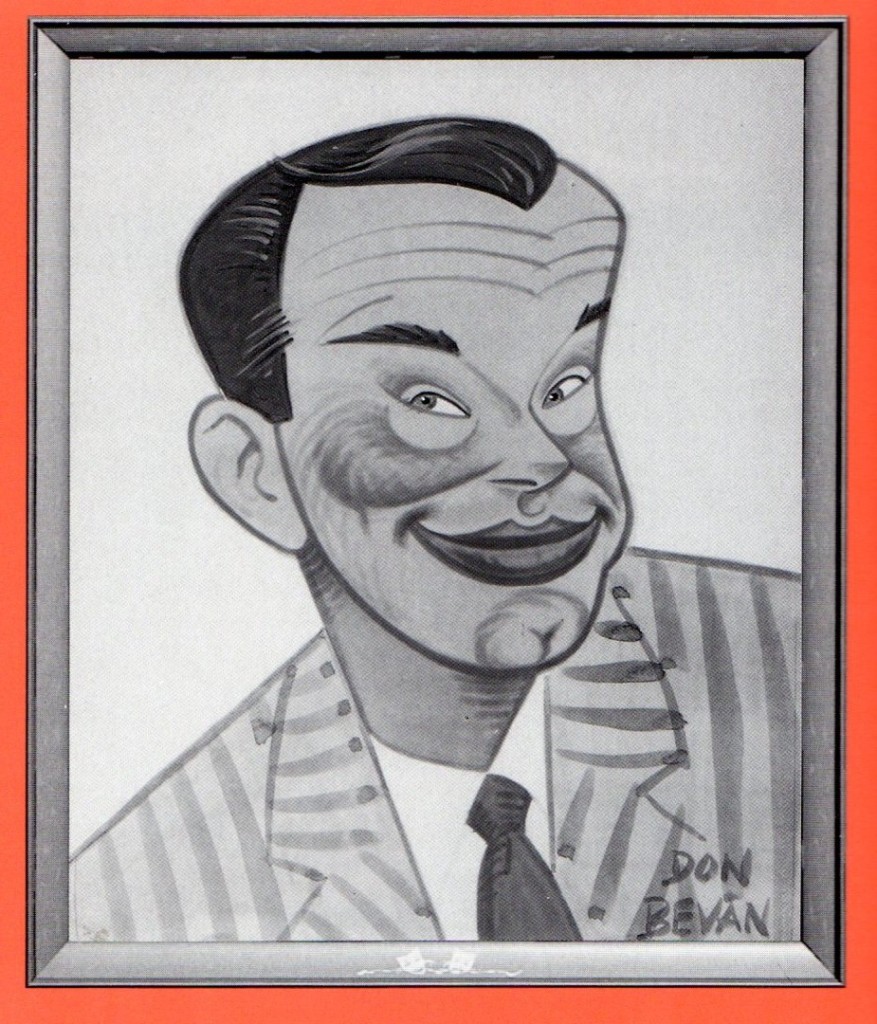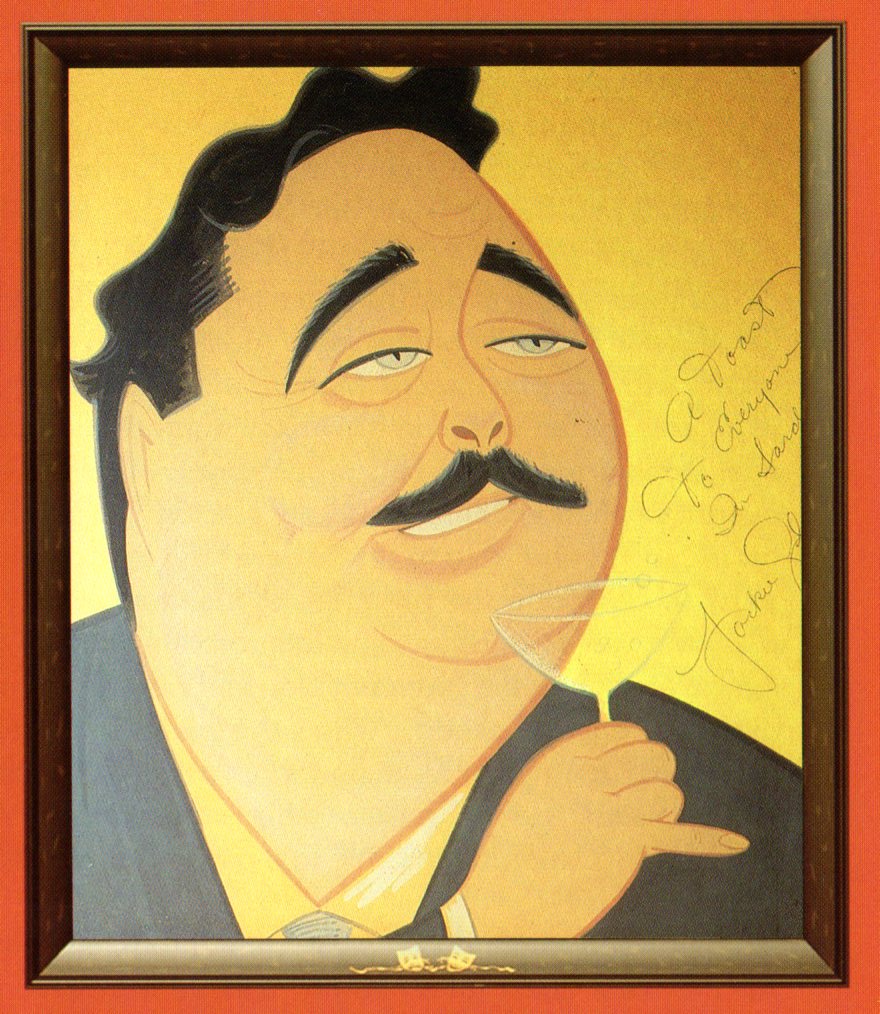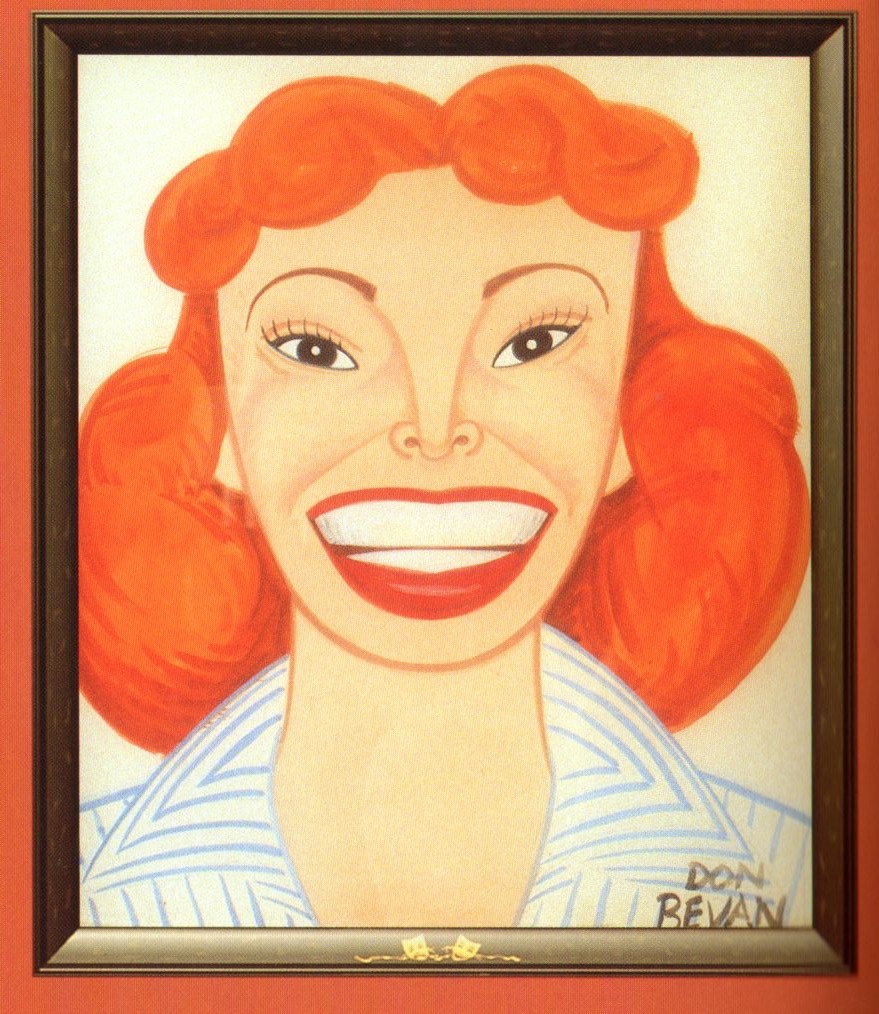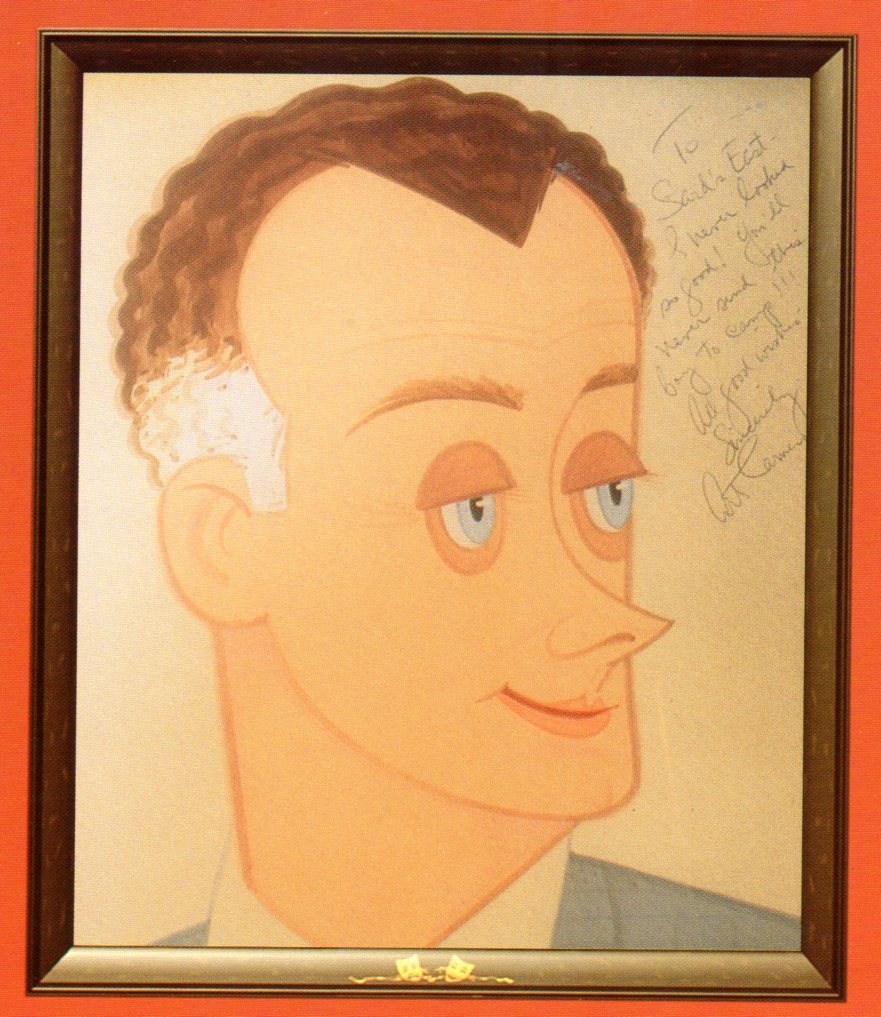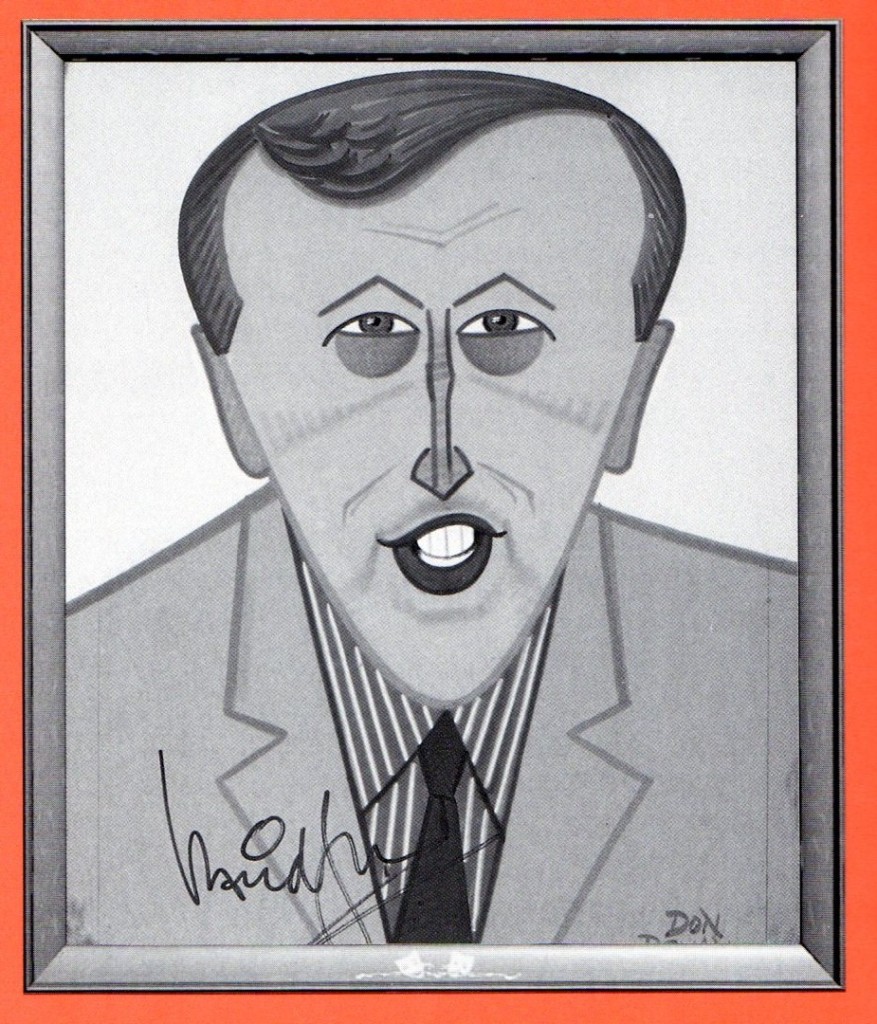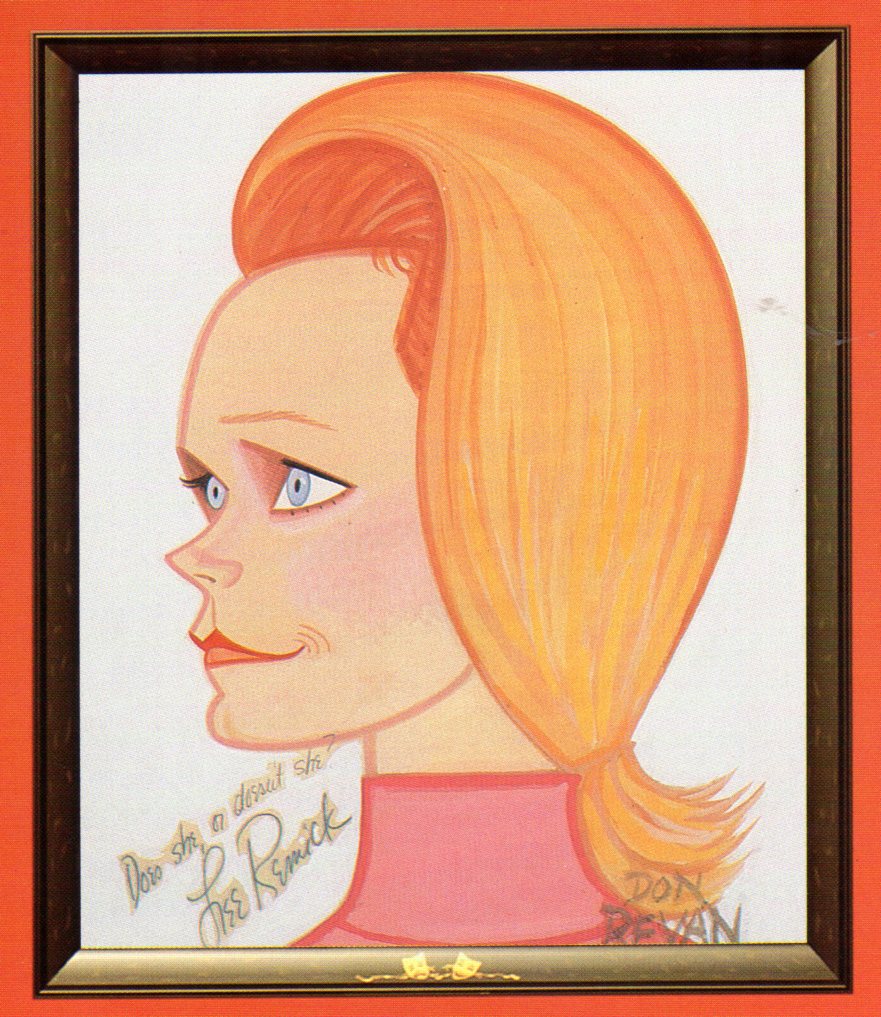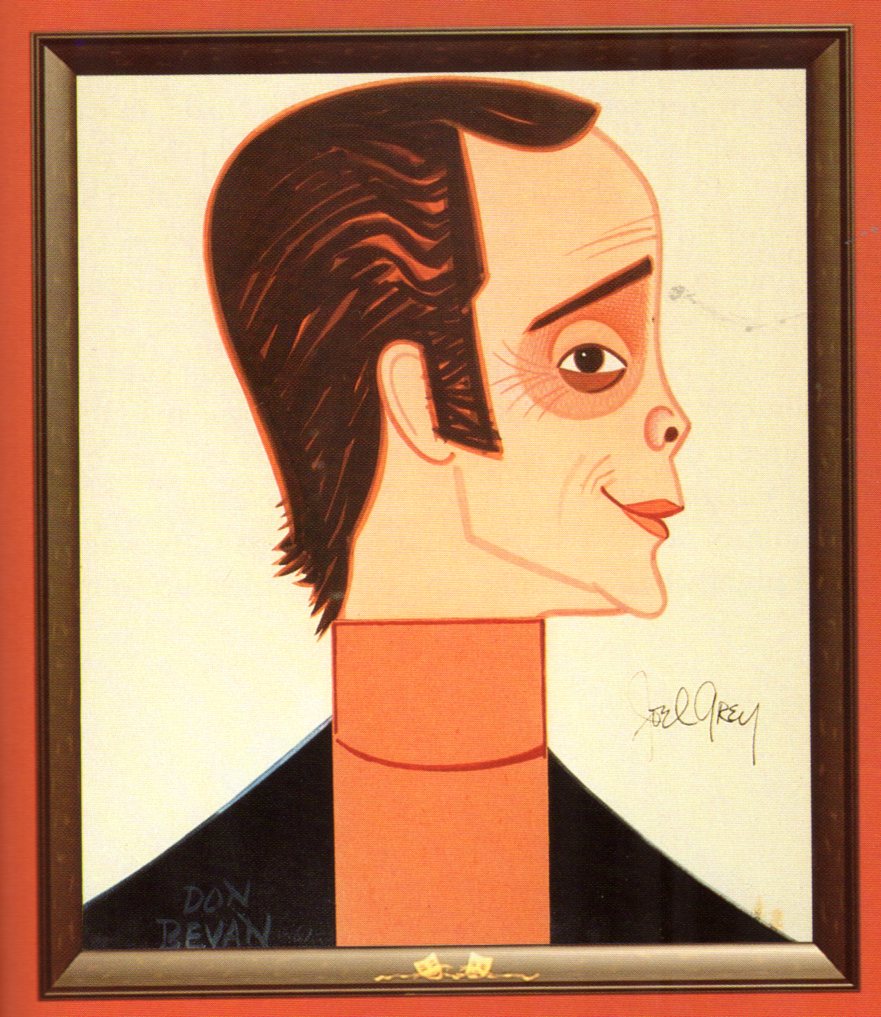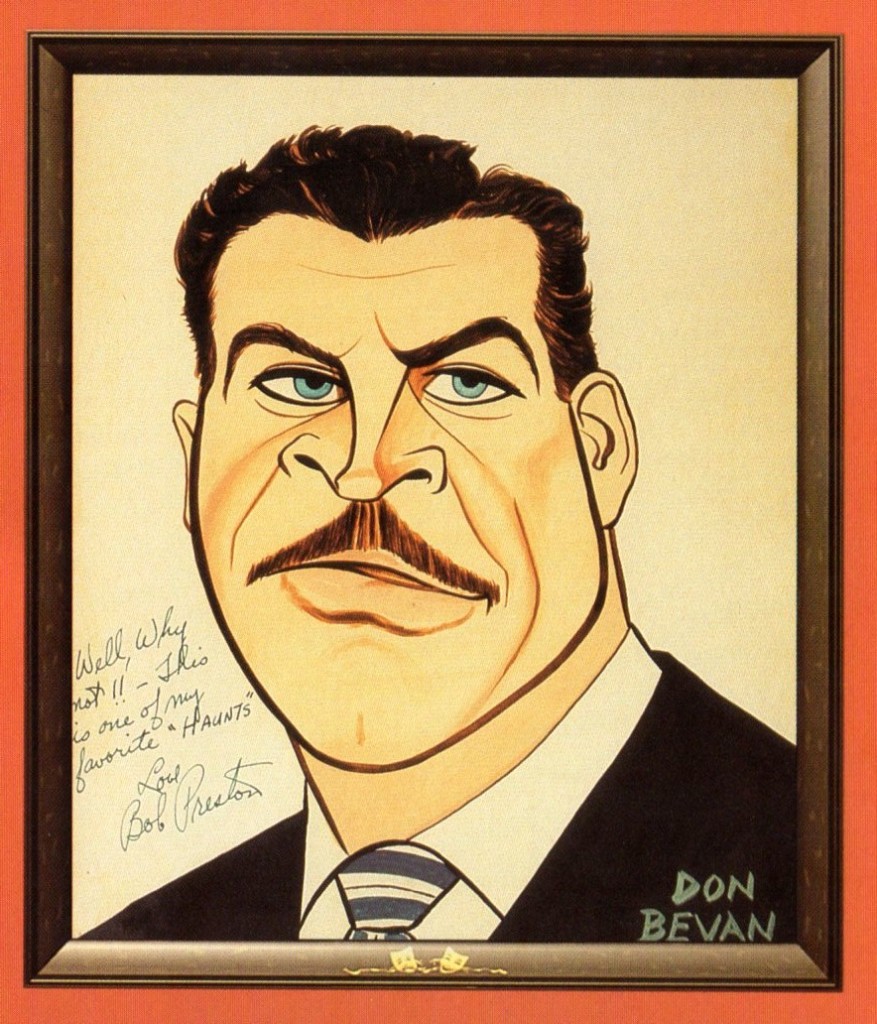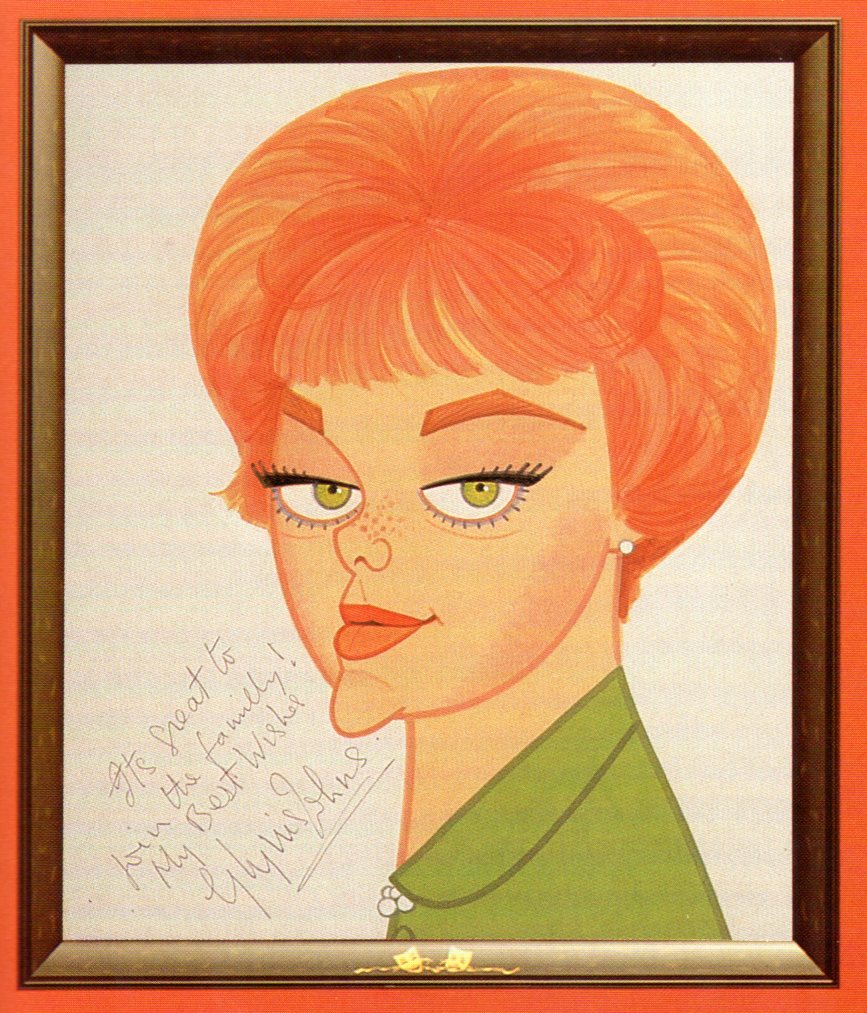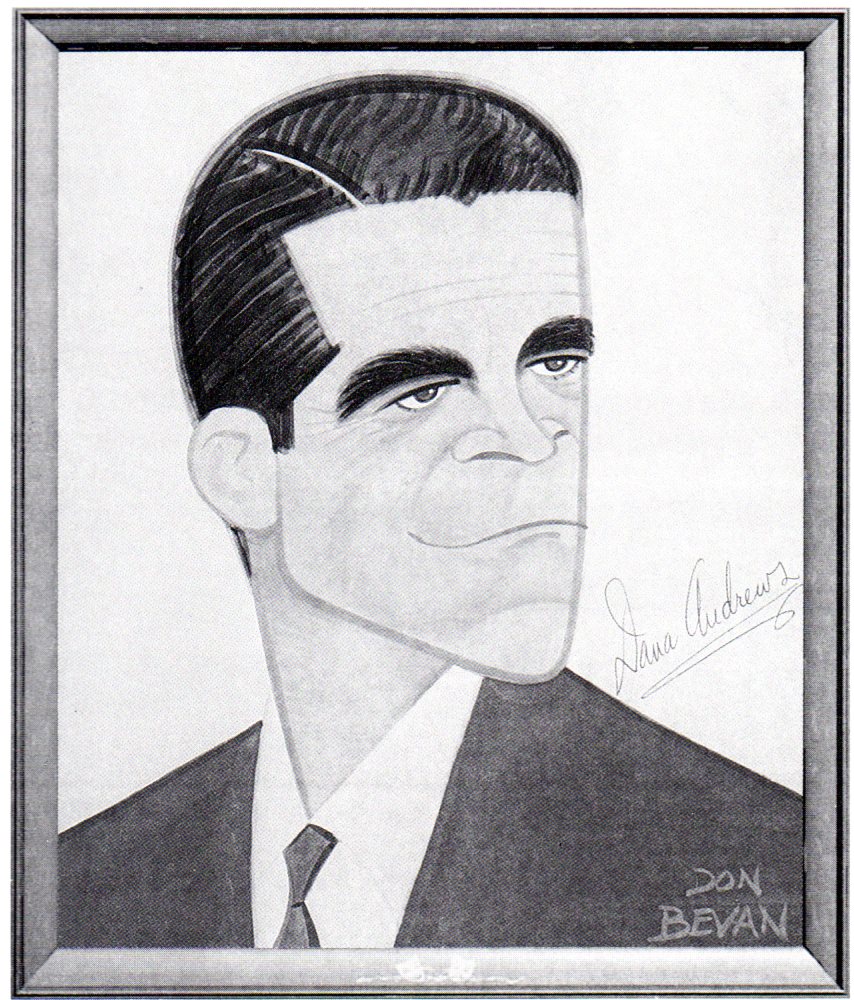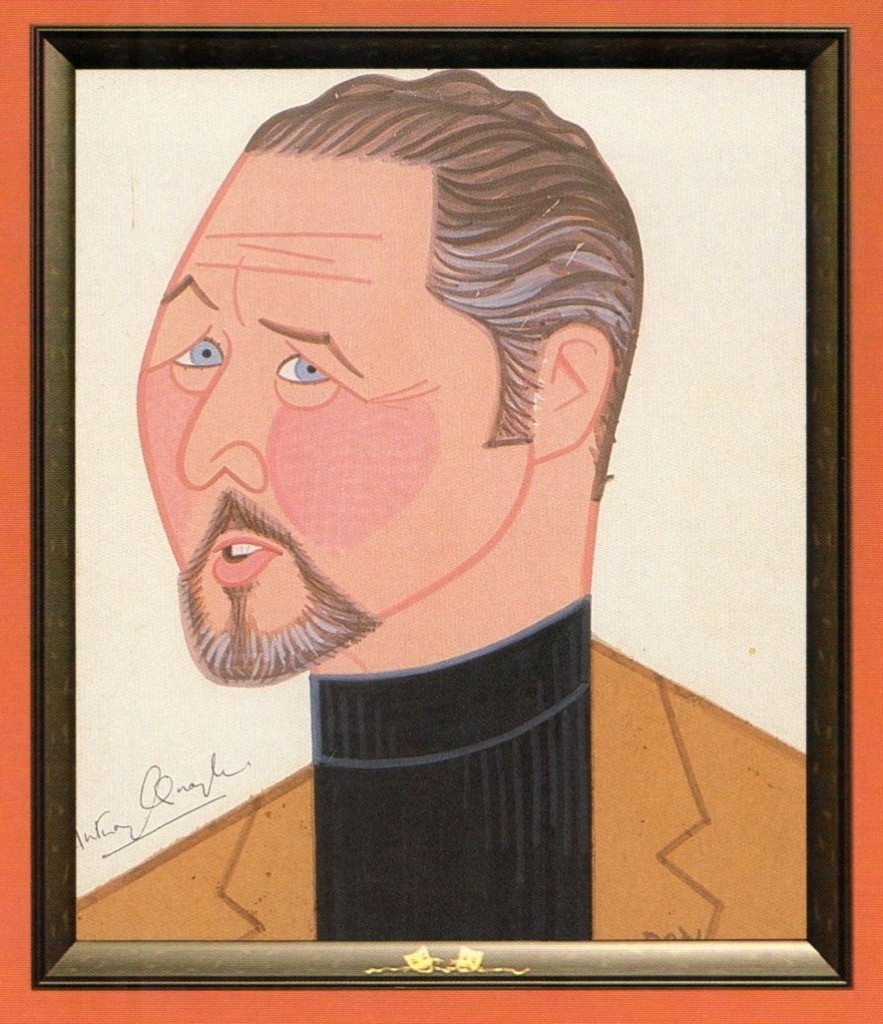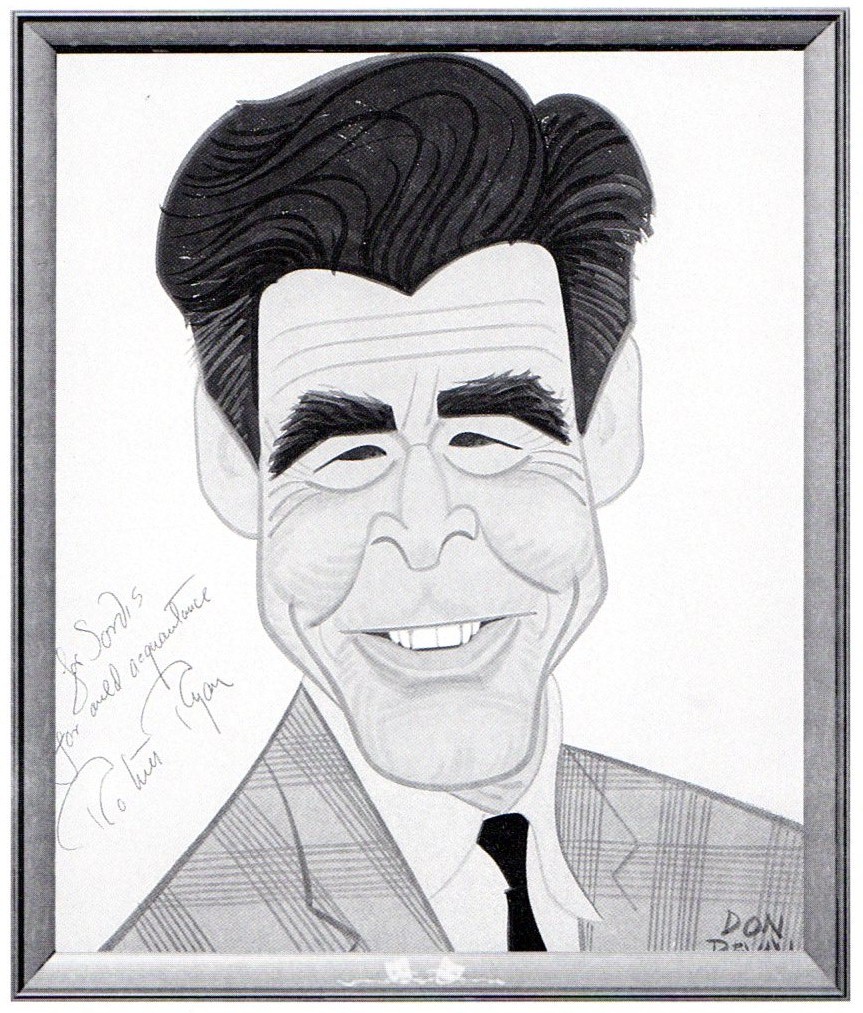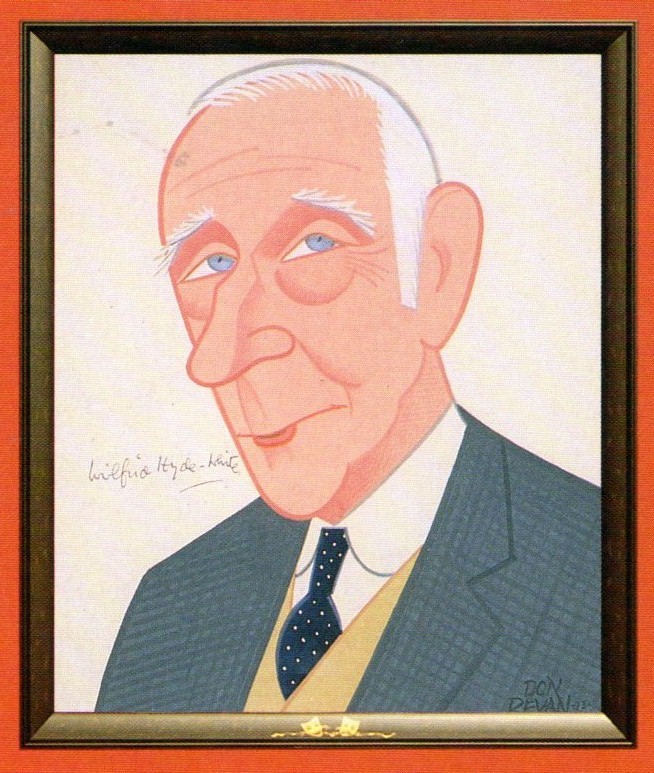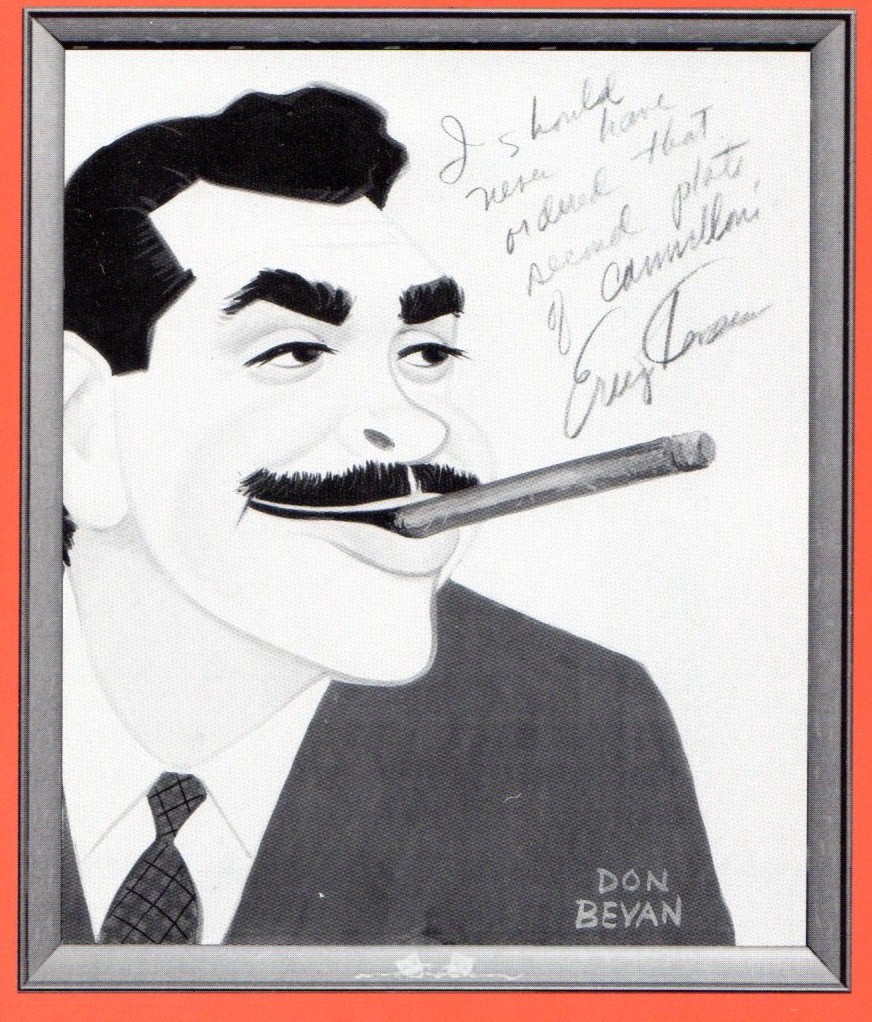Monthly ArchiveMay 2013
Commentary &Independent Animation &Photos 11 May 2013 06:04 am
Lookout
- I’ve been trying to think of what the new version of The Great Gatsby reminds me of, and in a conversation with Heidi, she smack dab put her finger on it. There was a film, called Idlewild, done in 2006 by hip hop artists, Andre 3000. That was it. I was in love with that film and wrote an exuberant review. See here.
Idlewild was a rich looking, spirited film about the mob in the 1920s. The screen burst with rhythm and excitement frame after frame. Animated objects appeared everywhere in George Pal like additions.
The difference between the two films – Ixdlewild and Gatsby – other than about $100 million, and the throng of “AAA” celebrities like Leonardo DiCaprio is that Idlewild has a hell of a lot more imagination. The two equal each other in exuberance and style, and Gatsby is adapted from one of the great books of the 20th Century. I suggest you rent a copy of this 2006 film from Netflix or whoever before or after or instead of seeing Gatsby. As a matter of fact it’s time for me to see Idlewild again; I’ll rent it, myself.
Camp Levy
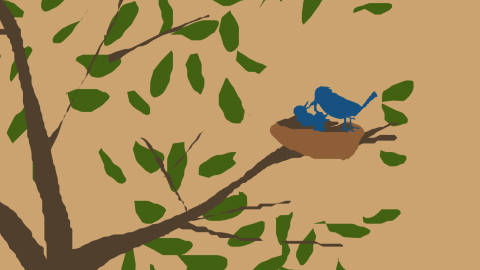 David Levy recently announced to the world that he’d completed a new film. This time it’s a half hour movie animated to the narrated storytelling of Bob Levy‘s (Dave’s father) story of his trip to camp. This was a service for inner city poor children. Dave’s father actually received supprt to go for several summers, and tells the story of those Camp outs. He had a full $8 to spend for the first summer, and plays it to the max.
David Levy recently announced to the world that he’d completed a new film. This time it’s a half hour movie animated to the narrated storytelling of Bob Levy‘s (Dave’s father) story of his trip to camp. This was a service for inner city poor children. Dave’s father actually received supprt to go for several summers, and tells the story of those Camp outs. He had a full $8 to spend for the first summer, and plays it to the max.
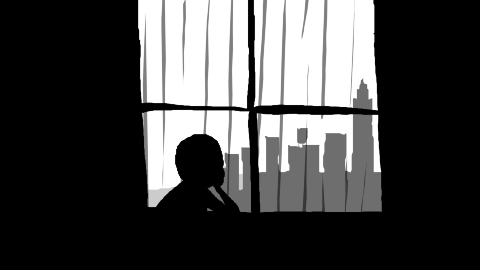 The film is the third, done in a strong graphic style and uses material from the memory of Dave’s father.The other two films David animated: “Grandpa Looked Like William Powell,†and “Turning a Corner,†both made an impression. This short, “Camp Story,” exploits the father’s narrative without taking too many animation curves. Howard Beckerman used to say there was full animation and “Limited” animation, but
The film is the third, done in a strong graphic style and uses material from the memory of Dave’s father.The other two films David animated: “Grandpa Looked Like William Powell,†and “Turning a Corner,†both made an impression. This short, “Camp Story,” exploits the father’s narrative without taking too many animation curves. Howard Beckerman used to say there was full animation and “Limited” animation, but 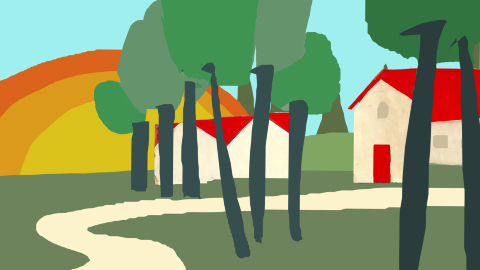 he’d discovered a third style – “Enough” animation. “Limited” when it can be and full when it has to be. This film is “Enough” animation. More of an iconic graphic trip, often depending on silhouttes to relay the story. Using bold colors and large solids, it uses its Flash animation to the max. (I’m pretty sure it’s Flash though it might have been done on Toon Boom.)
he’d discovered a third style – “Enough” animation. “Limited” when it can be and full when it has to be. This film is “Enough” animation. More of an iconic graphic trip, often depending on silhouttes to relay the story. Using bold colors and large solids, it uses its Flash animation to the max. (I’m pretty sure it’s Flash though it might have been done on Toon Boom.)
The sound track is a solo guitar that’s played pretty low on the track, so it’s particularly unimposing. I don’t hear many effects if there are any, so the track is somewhat simple. This helps put a focus on Bob Levy’s voice as he narrates the qiet story.
The film will succeed in many festivals. The story roams a bit telling of many summers he’d experienced. There are times when it takes a bit too long to get there, so my preference is the last of the shorts David did, “Turning a Corner.†But this is a fine addition to Dave’s library. He’s found his metier. I just wonder if the story supports the length. I have to give him credit, though. It takes some kind of fortitude and determination to come home from work daily only to start work on your animated film.
And to keep it up. As a matter of fact, Dave has me questioning my own enthusiasm. It’s time for me to put some energy out there as well.
Keep your eyes open for this movie; it’s a truly Independent film and needs support.
Daily Motion and The Congress
The last time I felt such inspiration was when I contemplated Yoni Goodman‘s daily animated pieces for his blog, the Dailymotion. Perhaps you’ll remember my excitement for Mr. Goodman’s daily animated tests which he offered us. Anyway, his output was so inspiring it actually had me doing some personal animation. Unfortunately that didn’t last long enough to be productive.
I wondered what has happened to Yon Goodman’s “Daily Motion” pieces, so I went back.
He was the animation director for the Israeli feature, Waltz with Bashir. His blog was a way for him to keep it going for himself. It turns out, Mr. Goodman has been the animation director for another feature film, The Congress. This film will make its debut at Cannes this coming weekend. You can see some stills and get some information here.
It’s half animated and half live action. Stars include Robin Wright, Paul Giamatti, Jon Hamm and Harvey Keitel. It’s an animated adaptation of Stanislaw Lem’s novel “The Futurological Congress”. (From thte short synopsis I’ve read, this sounds like a very imaginative idea for a film.)
It’s another good film to watch for; one that was done in 2D. (Only in America are they afraid of that medium.)
A Public Reading of an Unproduced Screenplay
About the Death of Walt Disney
Yes, that is the title of the play which opened yesterday at the Soho Rep. A Public Reading of an Unproduced Screenplay About the Death of Walt Disney was written by Lucas Hnath and the play was directed by Sarah Benson, the artistic director of the Soho Rep. The show stars Larry Pine as Walt Disney. The actor has performed in many films and plays, usually as a positive role model of a character. Yesterday’s review in the NYTimes, by Charles Isherwood, takes the play to task for re-imagining Walt as someone impatient to prop himself up into someone more important 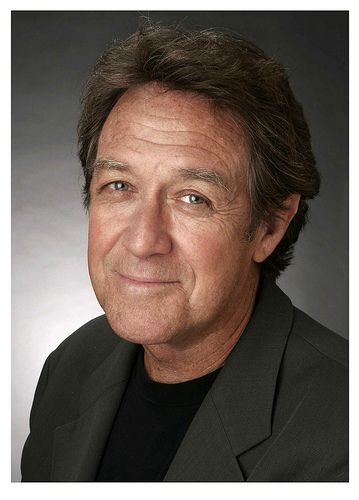 than he is. “. . . Walt is not “one of the most important people who ever lived,†as he grandiosely aspires to be, but just a mortal like anyone else. While apparently devoting his public life to bringing pleasure to millions, Mr. Hnath’s Walt Disney had a horror of being considered one of them.”
than he is. “. . . Walt is not “one of the most important people who ever lived,†as he grandiosely aspires to be, but just a mortal like anyone else. While apparently devoting his public life to bringing pleasure to millions, Mr. Hnath’s Walt Disney had a horror of being considered one of them.”
The show is completely sold out for its limited run (likely these are subscribers who knew of the show in advance and pre-bought tickets as part of a package.
It’ll be interesting if they do a filmed version of this play. I wonder what the rights are to such a thing. There’s a book I always thought would make a good film about Walt: The Oranging of America by Max Apple.
Larry Pine as “Walt”
More information about the play can be found here.
Coming Soon
I thought I’d give you an idea of what I’m planning for the coming week.
- We’ll complete the Raggedy Ann photos which finish John Canemaker’s collection of images he shot for this book, The Animated Raggedy Ann and Andy
- We revisit Norman McLaren with some odds and ends that he wrote in the last years of his life. Of course, he was a smart erudite guy right up to the end, and I believe that comes across in this writing.
- We’ll also look back at the career of Lilian Friedman Astor, the first woman to have animated in a major U.S. studio. From 1933-1939 she worked for the Fleischer studios, and we have a list of all the scenes she did. Perhaps we can showcase some of them.
- And we’ll begin to look at the Frank Thomas & Ollie Johnston book, The Illusion of Life. Bo do I have a couple of problems to discuss with these two masters.
- And of course there will be some surprises in store for both of us.
Bill Peckmann &Comic Art &Illustration 10 May 2013 03:28 am
Cole (Plastic Man) & Eisenberg (Li’l Bad Wolf)
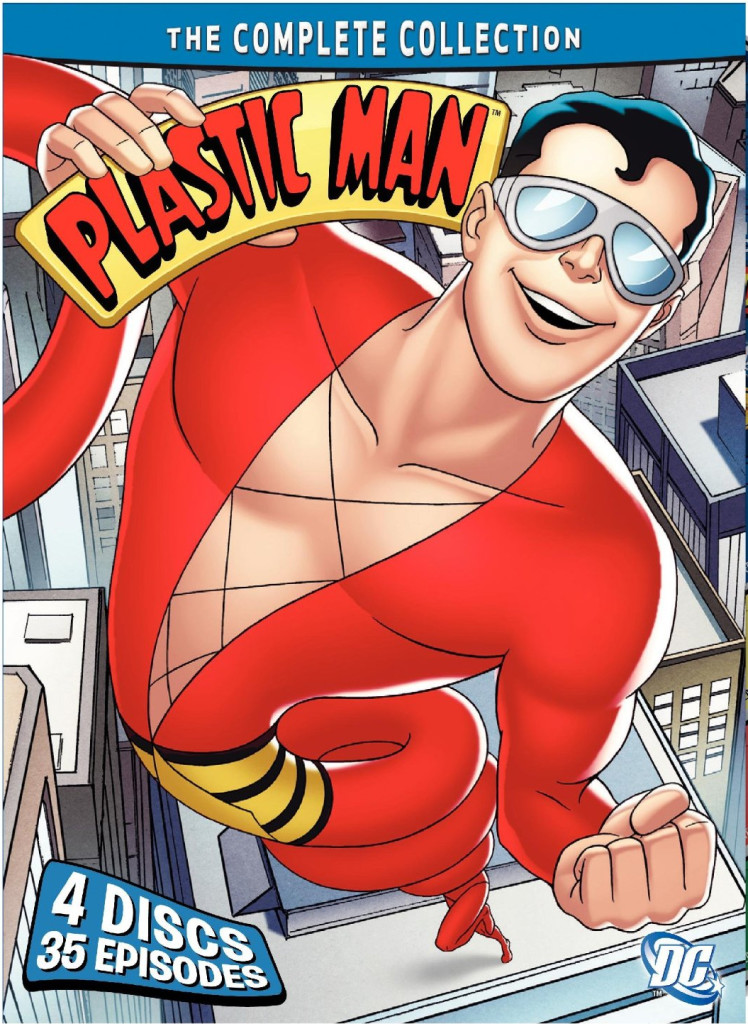 - For about six months back in 1980 I did some free lance work for Ruby Spears on their show Plastic Man. I barely remember a thing about it except that I made a lot of money quickly. I was animating AND assisting about 150 feet of animation each week on the primary show Plastic Man as well as a couple of their adjoining series: Rickety Rocket and Fangface. The show was a real waste of my time and after a while on it, I quit. I didn’t want to get hung up on the worst of the H-B kind of work. I made a lot but was allowing my knowledge to go to waste. Just after I quit they pulled the work from New York since they weren’t able to keep a handle on the animation.
- For about six months back in 1980 I did some free lance work for Ruby Spears on their show Plastic Man. I barely remember a thing about it except that I made a lot of money quickly. I was animating AND assisting about 150 feet of animation each week on the primary show Plastic Man as well as a couple of their adjoining series: Rickety Rocket and Fangface. The show was a real waste of my time and after a while on it, I quit. I didn’t want to get hung up on the worst of the H-B kind of work. I made a lot but was allowing my knowledge to go to waste. Just after I quit they pulled the work from New York since they weren’t able to keep a handle on the animation.
All that time and I had no idea of the source material. Now comes this comic from Bill Peckmann‘s enormous collection. It’s fun reading and gives me a hint of a catch up. So let me turn it over to Bill:
- Jack Cole and Harvey Eisenberg. Two of the best cartoonists from the early years of comic book history. The last time they probably shared a venue together was way back in the beginning of the 1950′s, and that would have been in a comic book rack in a candy store.
Because they were both masters of drawing “takes” and “freeze frame” action poses, I thought it would be fun to post two of their stories together. Also remember, neither was a slouch when it came to doing beautiful page layouts and those pages always came with their excellent spotting and placing of blacks, simply terrific stuff!
Here is Jack Cole‘s super hero creation “Plastic Man”. This story was published in 1950. It will be followed by a Disney “Li’l Bad Wolf” story by Harvey Eisenberg.
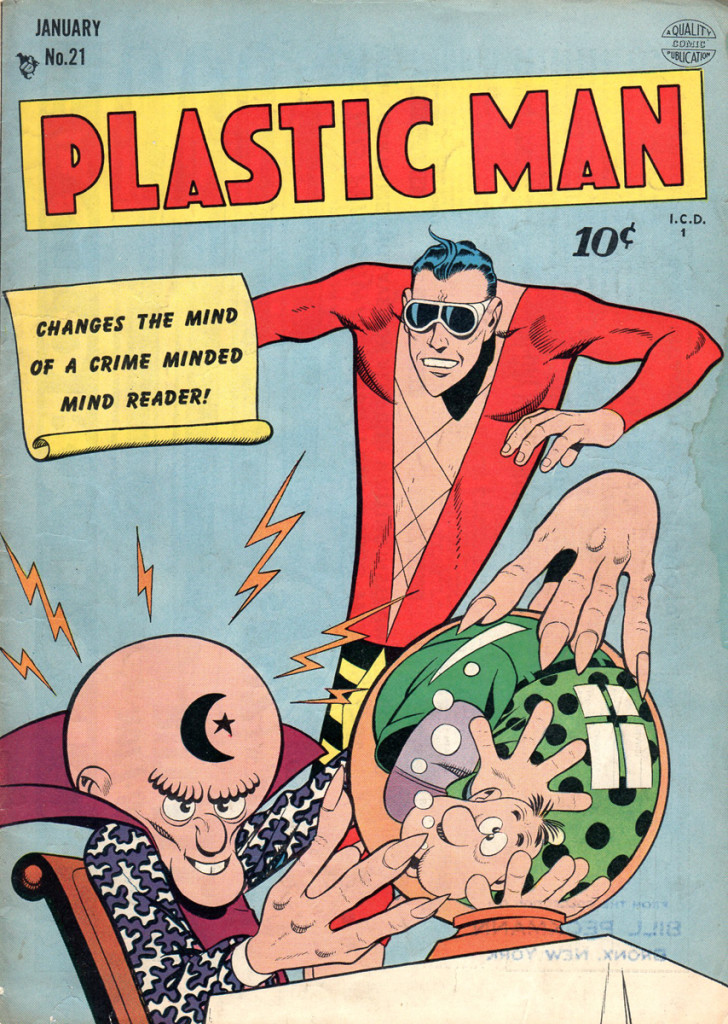
Magazine cover
Harvey Eisenberg‘s “The Li’l Bad Wolf” story appeared in the Sept. 1951 issue of “Walt Disney’s Comics and Stories”. Cover by Carl Barks.
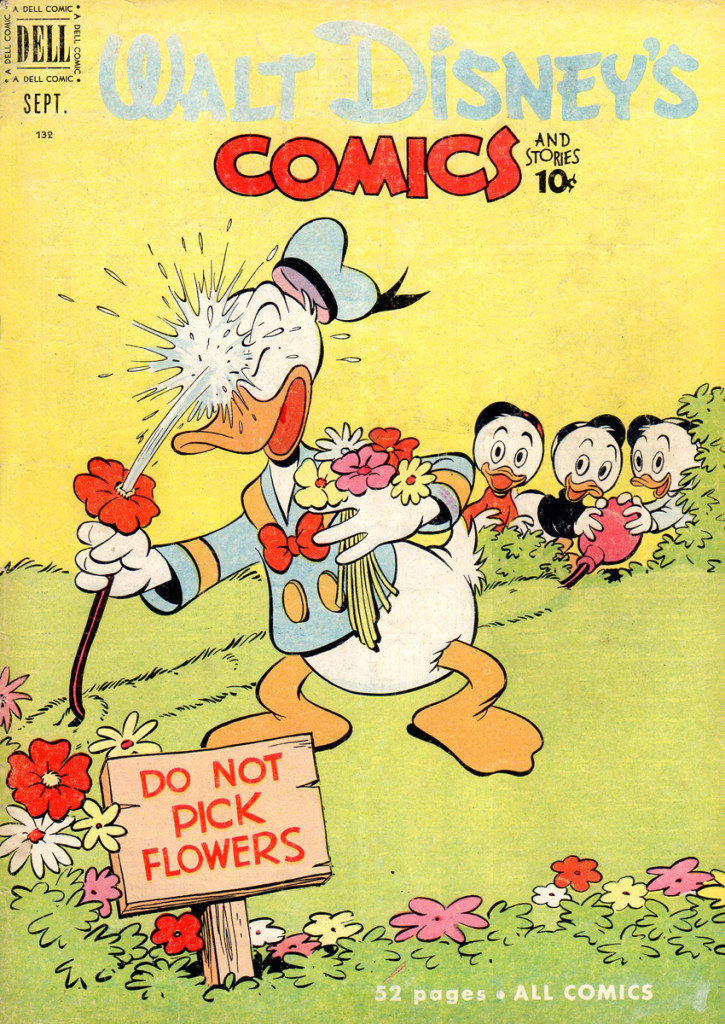
Magazine cover
Bill Peckmann &Comic Art &Disney 09 May 2013 04:39 am
Peter Pan Comic
After all the versions of Disney’s Peter Pan sent me by Peter Hale – all UK versions – Bill Peckmann surprised me with Al Hubbard‘s version for Dell comics. Here’s the American comic book version by the very capable artist. And Bill Peckmann‘s comments:
- Al Hubbard’s take on the film, Peter Pan, is all his, he doesn’t let you down. Those old timers had so much confidence in their abilities, as Sinatra sang, he did it his way. And it still holds up!
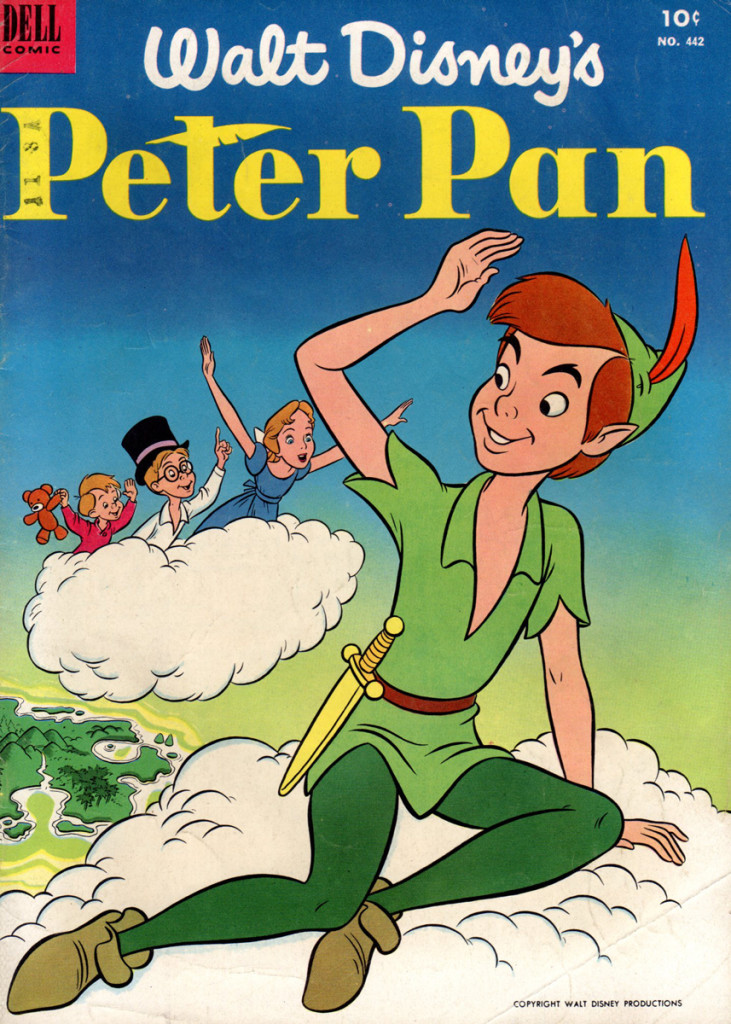
Comic book cover
Animation Artifacts &Articles on Animation &Commentary &Puppet Animation &repeated posts 08 May 2013 12:49 am
Ray Harryhausen (6/29/1920 – 5/7/2013)
- Greg Kelly, a good friend of this blog, wrote to tell me that Ray Harryhausen has died. You can read about it here, in Time Out or here in the NY Times or here at Jerry Beck‘s Animation Scoop.
Thanks, Greg, for the alert.
In honor of Mr. Harryhausen’s brilliant career, I’m re-posting this article about Jason and the Argonauts which I once posted. The piece features Jason and the Argonauts. There was a chapter from Mr. Harryhausen’s 1972 book, Film Fantasy Scrapbook, about that film. I’d like to show it again. The book is written in the first person singular and collects B&W images like a scrapbook.
Here it is:
Of the 13 fantasy features I have been connected with I think Jason and the Argonauts pleases me the most. It had certain faults, but they are not worth detailing.
Its subject matter formed a natural storyline for the Dynamation medium and like The Seventh Voyage of Sinbad strayed far from the conventional path of the “dinosaur exploitation film” with which this medium seemed to be identified.
Taking about two years to make, it unfortunately came out on the American market near the end of a cycle of Italian-made dubbed epics based loosely on the Greek-Roman legends, which seldom visualized mythology from the purely fantasy point of view. But the exhibitors and the public seem to form a premature judgment based on the title and on the vogue. Again, like Sinbad, the subject brewed in the back of my rnind for years before it reached the light of day through producer Charles Schneer. It turned out to be one of our most expensive productions to date and probably the most lavish. In Great Britain it was among the top ten big money makers of the year.
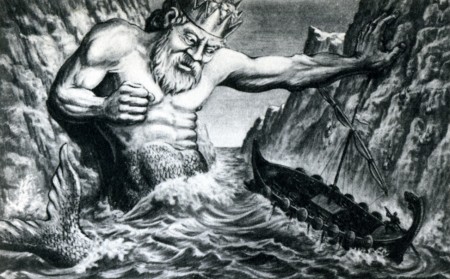
A preproduction drawing (above) compares favorably with a film still (below.)
The drawing is quite a bit more dynamic. (After all, it is Dynamation!)
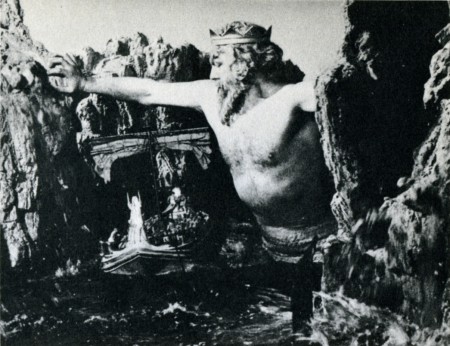
(Click any image to enlarge a bit.)
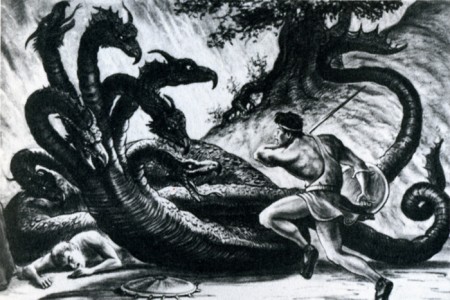
Likewise, a drawing of the hydra (above) film still (below.)
Some of the difference in basic composition between the pre-production sketches I made for Jason and the counterparts frames of the production is the direct result of compromising with available locations.
For example, the ancient temples in Paestum, southern Italy, finally served as the background for the “Harpy” sequence. Originally we were going to build the set when the production was scheduled for Yugoslavia. Wherever possible we try to use an actual location to add to the visual realism. To my mind, most overly designed sets one sees in some fantasy subjects can detract from, rather than add to the final presentation.
Again, it depends on the period in which it is made as well as on the basic subject matter. Korda’s The Thief of Bagdad was the most tastefully produced and designed production of any film of this nature but unfortunately the budget that was required would be prohibitive with today’s costs.
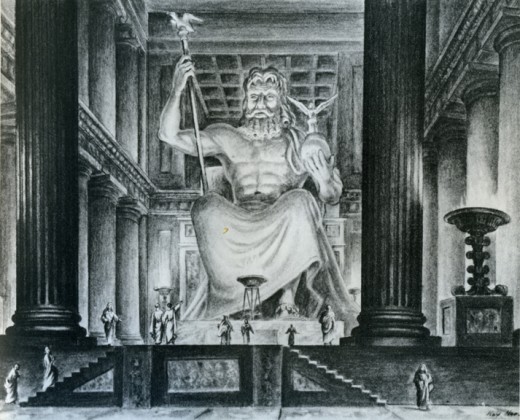
The Skeleton Sequence was the most talked-ahout part of Jason. Technically, it was unprecedented in the sphere of fantasy filming. When one pauses to think that there were seven skeletons fighting three men, with each skeleton having five appendages to move each frame of film, and keeping them all in synchronization with the three actors’ movements, one can readily see why it took four and a half months to record the sequence for the screen.
My one regret is that this section of the picture did not take place at night.
Its effect would have been doubled.
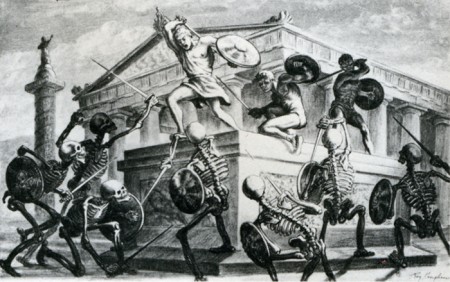
Certain other time-consuming technical “hocus-pocus” adjustments had to be done during shooting to create the illusion of the animated figures in actual contact with the live actors. Bernard Herrmann’s original and suitably fantastic music score wrapped the scenes in an aura of almost nightmarish imagination.
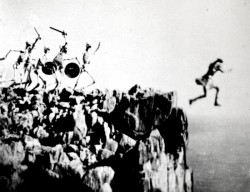
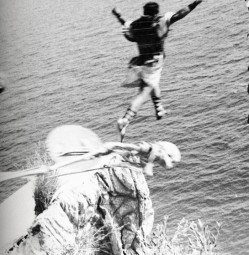
In the story, Jason’s only way of escaping the wild battling sword wielding “children of Hydra’s teeth” is to leap from a cliff into the sea. (Above left) A stuntman, portraying Jason for this shot, leaps from a 90-foot-high platform into the sea closely followed by seven plaster skeletons. It was a dangerous dive and required careful planning and great skill. It becomes an interesting speculation when dealing with skeletons in a film script. How many ways are there of killing off death?
(Above right) Another angle with the real Jason jumping off a wooden platform into a mattress a few feet below. The skeletons and the rocky cliff were put in afterwards while the mattress was blotted out by an overlay of sea.
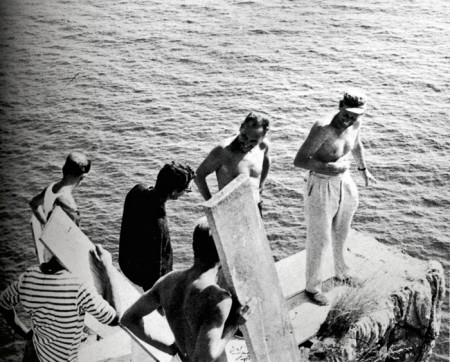
Director Don Chaffey and Ray Harryhausen discuss the leap
with Italian stunt director Fernando Poggi.
When transferring published material to the screen it is almost always necessary to take certain liberties in the work in order to present it in the most effective visual terms. Talos, the man of bronze, did exist in Jason legend, although not in the gigantic proportions that we portrayed him in the film. My pattern of thing in designing him on a very large scale stemmed from research on the Colossus of Rhodes.
The actor: his blocking the only entrance to the harbor stimulated many exciting possibilities. Then too, the idea of a gigantic metal statue coming to life has haunted me for years, but without story or situation to bring it to life. It was somewhat ironic when most of my career was spent in trying to perfect smooth and life-like action and in the Talos sequence, the longest animated sequence in the picture, it was necessary to make his movements deliberately stiff and mechanical.
Most of Jason and the Argonauts was shot in and around the little seaside village of Palinuro, just south Naples. The unusual rock formations, the wonderful white sandy beaches, and the natural harbor were within a few miles of each other, making the complete operation convenient and economical. Paestum, w its fine Greek temples, was just a short distance north. All interiors and special sets were photographed in a sm studio in Rome.
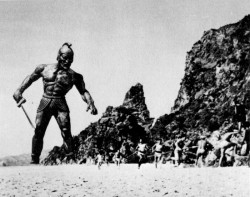
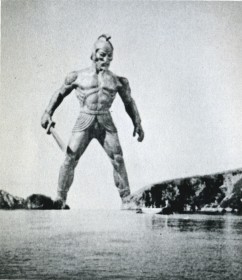 (Above left) Talos, the statue of bronze, pursues Jason’s men.
(Above left) Talos, the statue of bronze, pursues Jason’s men.
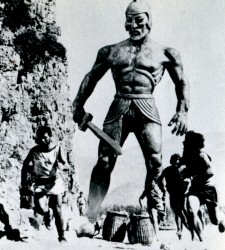
(Above right) Talos blocks the Argo
from the only exit of the bay.
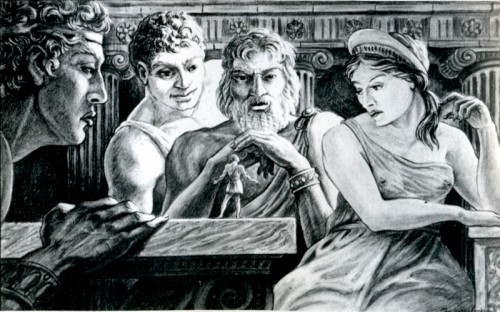
Pre-production drawing of Jason speaking to the Gods of Greece.
For the second unit operation a special platform had to be fitted to the Argo in order to achieve certain camera angles. Although it looks precarious it was far more convenient than using another boat for the shots.
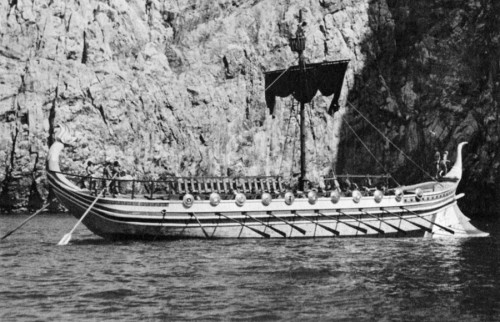
The Argo had to be, above all, practical in the sense that it must be seaworthy as well as impressive. It was specially constructed for the film over the existing framework of a fishing barge. There were twin engines for speed in maneuvering, which also made the ship easily manipulated into proper sunlight for each new set-up.
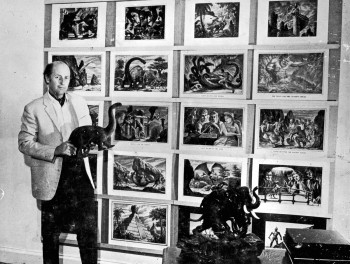
Harryhausen off the book’s back cover
to give an idea of scale of drawing sizes.
Bill Peckmann &Books &Chuck Jones &Illustration 07 May 2013 03:39 am
Bears
- I have always been aware of Frank Tashlin‘s book, “The Bear That Wasn’t,” and I have never liked it. Well, Bill Peckmann sent me a copy of scans of the book, and I realize that I’ve disliked it because of CHuck Jones’ insipid animated adaptation. When you look at the actual book and the beautiful illustrations, you realize how sensitive the material is and how beautifully handled it is. The illustrations are, in a word, great.
I’m so pleased Bill sent these scns to me, and I almost disgrace the post by ending with the Jones cartoon. It’s no wonder Tashlin disliked Chuck’s work. Take a look. First a lead-in by Bill:
-
Grim Natwick was an admirer of Frank Tashlin, and all I can say to that is… it takes a renaissance man to know a renaissance man.
Here is the 1962 Dover reprint of Frank Tashlin’s 1946 book, “The Bear That Wasn’t”
Enjoy!
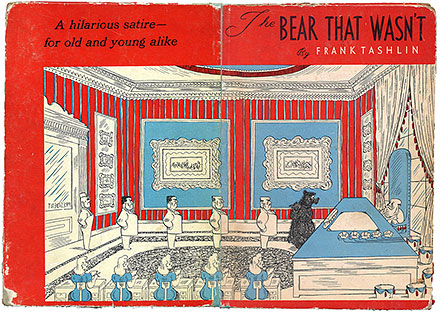 1
1The original cover
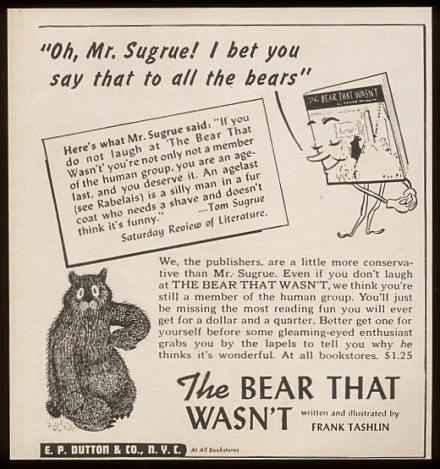
This was a publisher’s ad to booksellers
that came out when the book did.
Here’s the Chuck Jones cartoon as released by MGM.
It’s got problems that weren’t in the book.
They mostly come from Chuck Jones.
Books &Disney &Illustration 06 May 2013 04:28 am
Peter and Wendy
Here is the third of the three adaptations of Peter Pan sent to my from the UK by Peter Hale. Since the original Barrie book is considered something of a national treasure by the Brits, and especially since I wasn’t even award of these editions, it is valuable to see these British adaptations done at the time of the film’s release. I couldn’t be more grateful to Peter Hale for sharing these finds with us.
Here’s Peter Hale’s intro to this book:
- These are the scans from the hard back book. The volume is small (5½” x 7½”) as it is designed for children. It is the same size as the Hodder & Stoughton ‘Peter Pan and Wendy‘ illustrated by Mabel Lucie Attwell, but the text layout is different (although the text itself is the same).
The copy I own has no dust jacket. I have included a scan of the dust jacket from a 1956 edition, as the front illustration, at least, is probably the same.
I hope this is of some interest, although I don’t expect you will wish to post all of these scans.
Not all of the pages of the book are included here. The idea is to give you a feel for the book and to show how the illustrations were used for this edition. I think you can get that from this post. Many thanks to Peter Hale for sending them. (I doubt I’d even know that there were so many editions and varieties of text . But it makes perfect sense, and it probably was a political hassle for the Disney people to deal with in making this early adaptation.
 1
1
John Canemaker &Layout & Design &Models &Photos &Rowland B. Wilson 05 May 2013 05:55 am
More Raggedy Ann Photos – 2
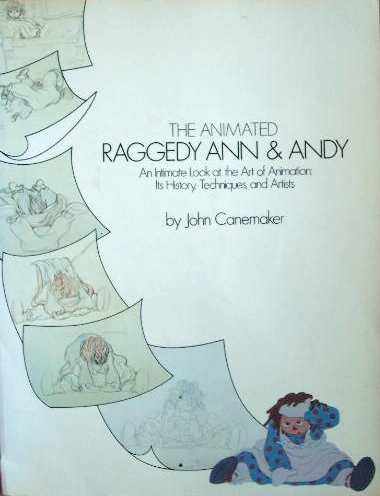 - Last week, I posted a stash of photos taken by John Canemaker for the book he wrote called, “The Animated Raggedy Ann and Andy.”
- Last week, I posted a stash of photos taken by John Canemaker for the book he wrote called, “The Animated Raggedy Ann and Andy.”
John Canemaker took all the photos, himself, which led to a more intimate look at an animated film. There were no photo decisions by committee; it was decided to use a photo if it told the story John was trying to relay. For that reason, the book really is one of the best “Art of . . .” type books on the market. (I’m not just saying that because there were photos of me in there – though that would be a good reason, too.)
The book was as exciting – in the making – as was the film. Too bad at the last minute the train of a film ran wildly off the tracks. In a way, I wish the book were written after the film was completed so that we could read the true story of what happened in those last six months of chaos.
The decision was slow in growing and fast when it finally fell, that the movie was enormously over budget. I was in on all the morning production meetings where managers and supervisors and directors would all meet. Those had started off nicely, at the beginning of the film, and went insanely wrong before long. There was the time when I was ordered to fire – that day – two inbetweeners. I was told that we had to give the staff a lesson that they had to work harder. (That might have been hard to do since everyone was giving it their all.) It so happened that one new inbetweener, on her first scene, ignored my instructions (and her immediate supervisor’s) by erasing all of Jack Schnerk‘s drawings. She felt she could animate the scene better, and she set out to prove that.
One down. The second person to fire was someone I was told (by Dick Williams, himself,) that I had to fire. It was obvious that there was a personality conflict since the guy was a great artist and definitely someone who should have stayed on. I was able to arrange for him to be switched to the BG department, thus fired by me from doing inbetweens and hired by them, in the same day, to do watercolors. He continues on, even today, working at a top position in design at Blue Sky. I don’t know about the woman, but I hope she gained a little humility that day 30-something years ago. That story didn’t make it into the book.
What there was in the production was a great first year of production where the art of animation was treated in its highest form. We were all out to make the greatest film of all time and bring it to the big screen. We had some of animation’s finest animators gathered to work on it. Assistants and Inbetweeners in New York were offered classes, after hours, which tried to teach animation to the new. With teachers like Tissa David and Art Babbitt and more experienced Assistants; a lot was conveyed. I was usually too busy to make it to many of these classes, but I always kept a close eye on what was taught. It really was fun and incredibly valuable to many of us.
At some point along the way, the LA studio was closed and key people from there came here. All of our space was overcrowded and uncomfortable. The Xeroxing in NY, a sweet grey line that took a while to construct, was replaced by a thick back line, when management sent work to Hanna-Barbera to outsource the xerography and some of the painting. Shadows were eliminated. Color copiers were rented. Scenes that had been animated in a non-photo blue pencil on 16 fld paper were being copied and reduced, at the same time, in B&W so that they could use 12 fld cels to color the art. A penny saved is a penny gained; I guess. This meant that a number of my inbetweeners were used to put 4 sets of crosses on the animation drawings so that there’d be some form of registration on the reduced artwork. Certainly the registration went all to hell in the process, thus allowing the latter half of the film to have a lot of slippage on the big screen. Lots of weaving animation in scenes that were rushed.
Emery Hawkins‘ amazing taffy pit took a big hit when it was animated more like a limited animation movie. All that beautiful rolling motion Emery had created on the cinemascope screen suddenly hits the wall and stasis sets in. The film was never going to be a classic of he silver screen, but it should have been a hell of a lot better.
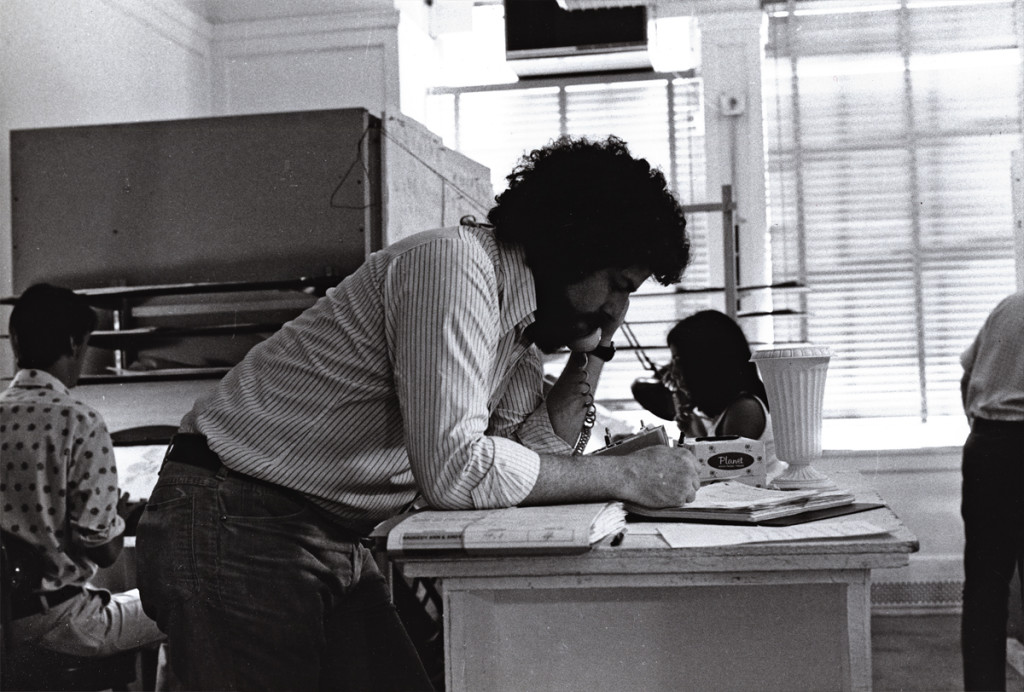 1
1Here I am doing what I did most of the day.
I talked on the phone. Ennervating stuff.
A young Kevin Petrilak is in the rear left. He was an inbetweener
in the Taffy Pit. Dan Haskett ran that group of people.
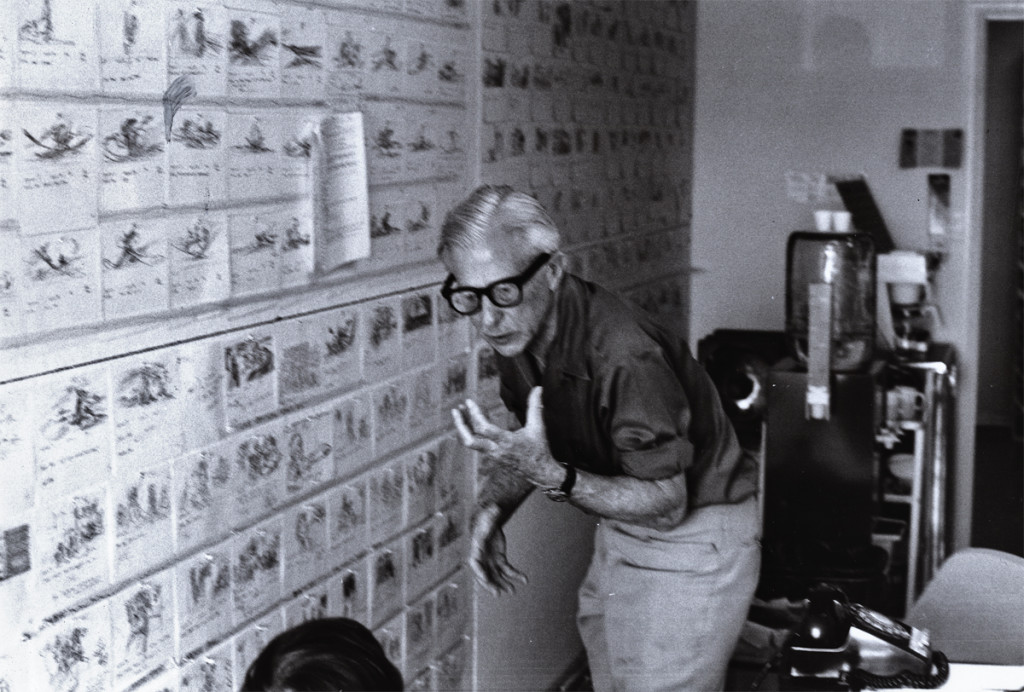 2
2
Here’s Art Babbitt teaching. He loved doing that. Dick tried to
recreate the classes he’d had in London a couple of years earlier. We – all New York -
sure appreciated the two weeks of lessons. I have Dick’s notes from these sessions.
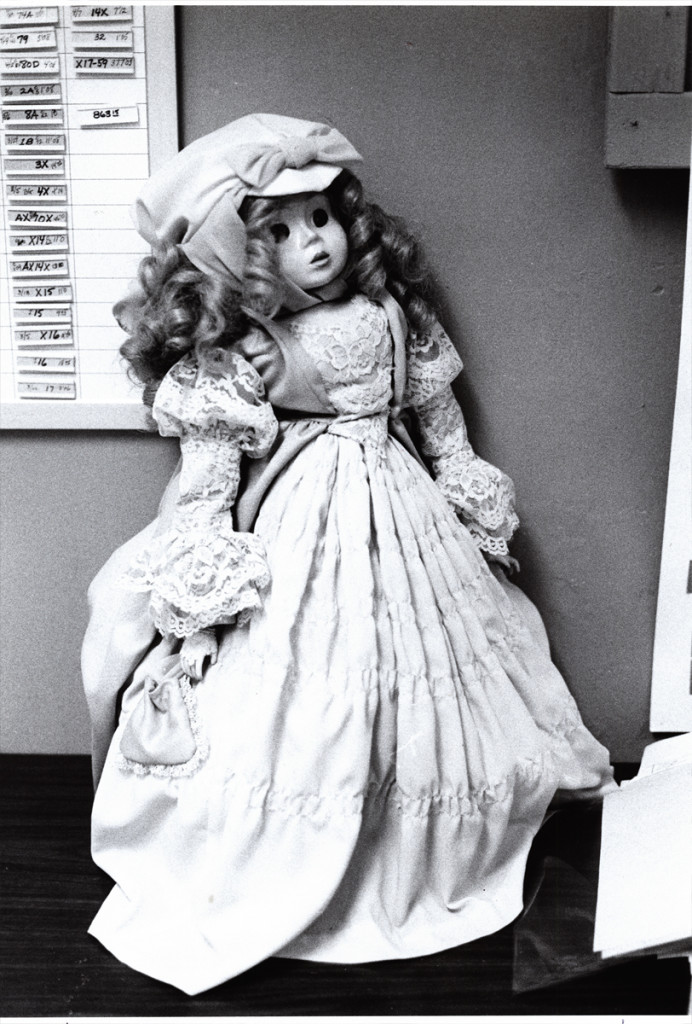 3
3
This is a beautiful doll. Babette. She was at the film’s center.
The Pirate kidnaps her and takes her to sea. Raggedy Ann & Andy
take off in pursuit of her to bring her back to the playroom.
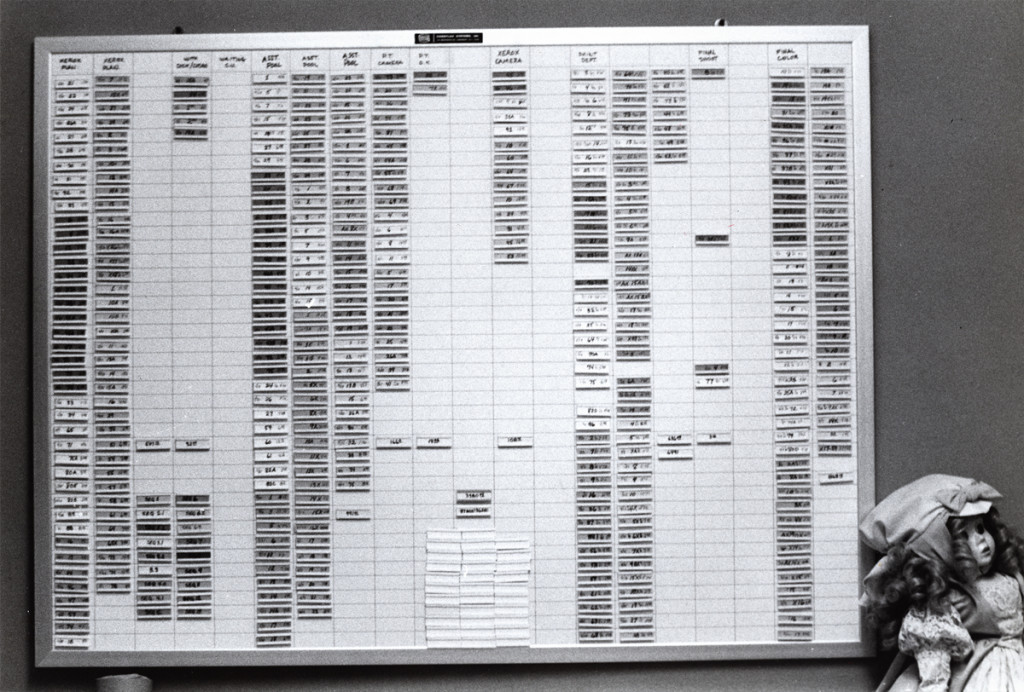 4
4
This is a wall of stats. It represents footage counts produced in
every department working on the film. This hung in Mike Sisson’s office.
He was the production manager who tried to usurp the entire production.
A couple of weeks before everything changed, managerially, on Raggedy, Sissons
approached Cosmo Anzilotti and me at lunch. He saw us at the restaurant and came
over to us. He wanted to lead a take over cutting Dick out of the film and
putting Cosmo in to finish directing the film. I’d be made Cosmo’s assistant.
I had no intentions of being another Iago, and said as much.
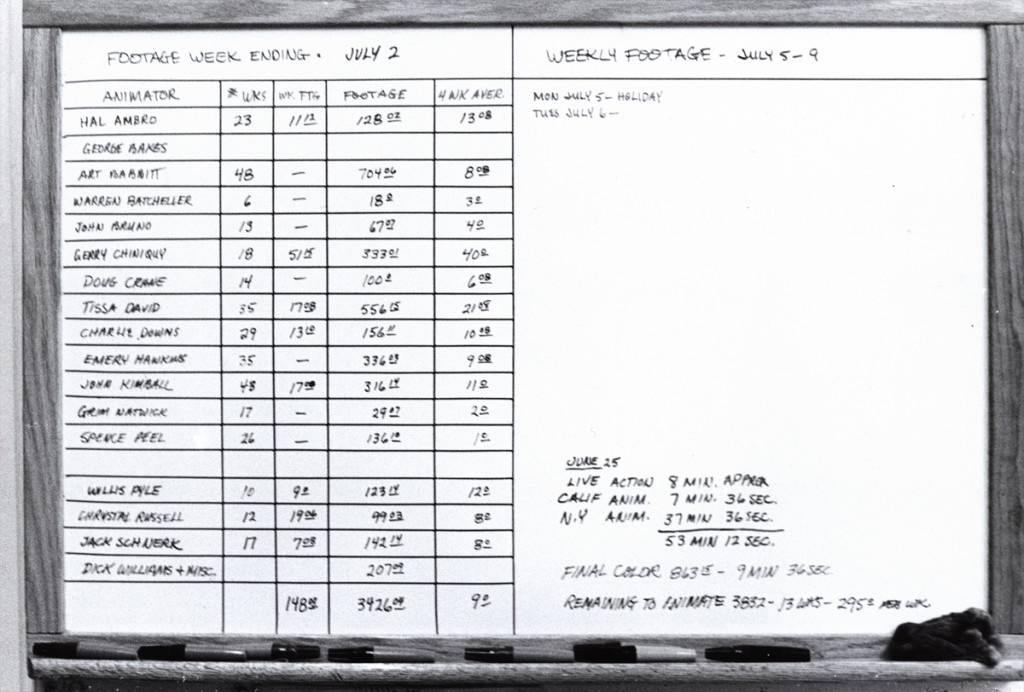 5
5
This chart covered the animators footage counts. A running record.
I told Cosmo that Dick had brought me onto the film, and I’d do anything for
him. If it meant leading a large group to quit the show, I’d do that. Cosmo
seemed relieved. He wanted to do the same and we both told Sissons how we
felt. He greeted our news with an ass’ smile and thanked us. We were no
longer on the winners’ side, and I watched closely to know when to exit.
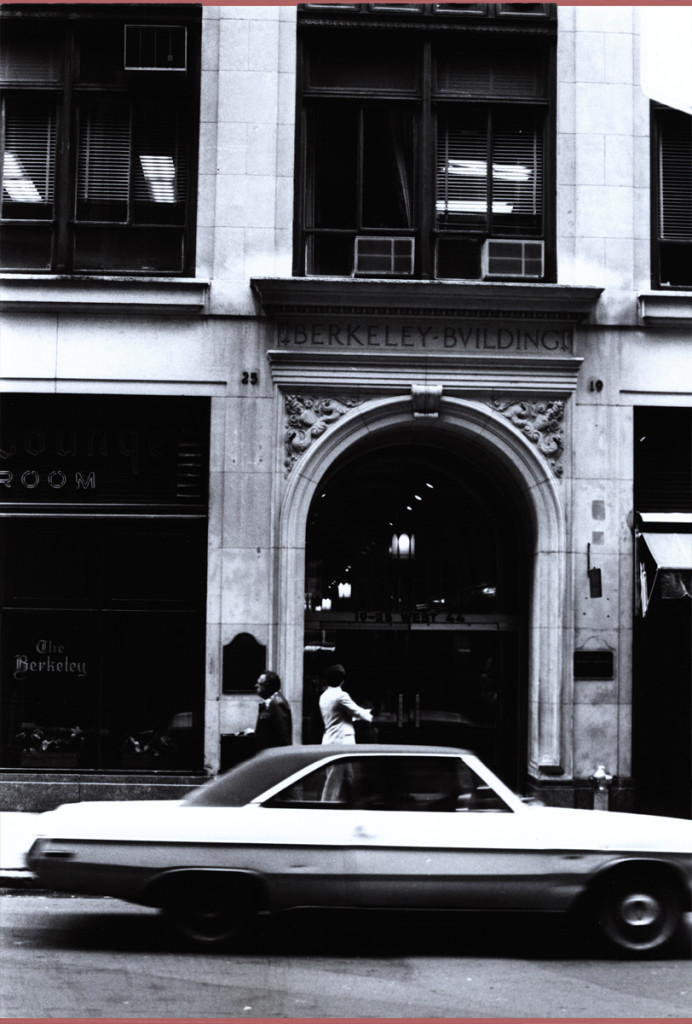 6
6
This was where the NY headquarters were planted. In the middle of 45th Street.
Most studios in the forties and fifties had places on 45th Street. Paramount,
Hal Seeger’s studio, lots of other smaller studios such as Pablo Ferro or Ray Seti’s.
![]() 7
7
Didi Conn was the actress who voice Raggedy Ann. When the VOs were coming
to an end, Didi worked late and her mother was with her. They needed help
getting home (Long Island.) The mother was afraid to drive. I volunteered
and drove them home. I took the Long Island Rail Road back to the City.
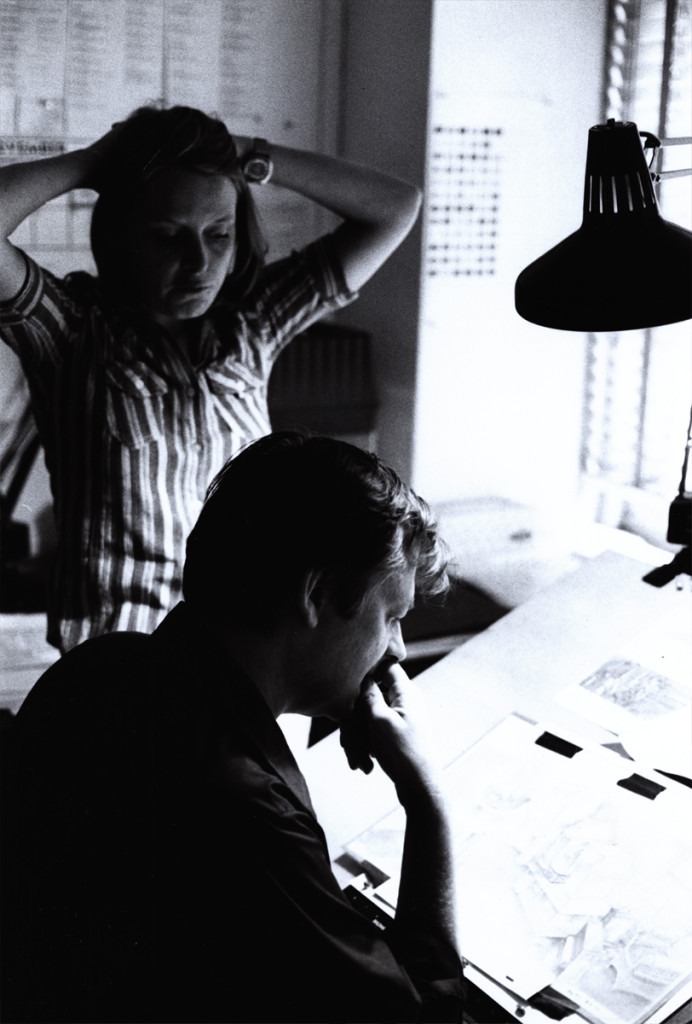 8
8
This is Sue Butterworth with Dick Williams. She was the watercolorist who
led the BG department and designed the wc style of the film. I thought her
work a bit inconsistent and often lacked the dynamic look good BGs require.
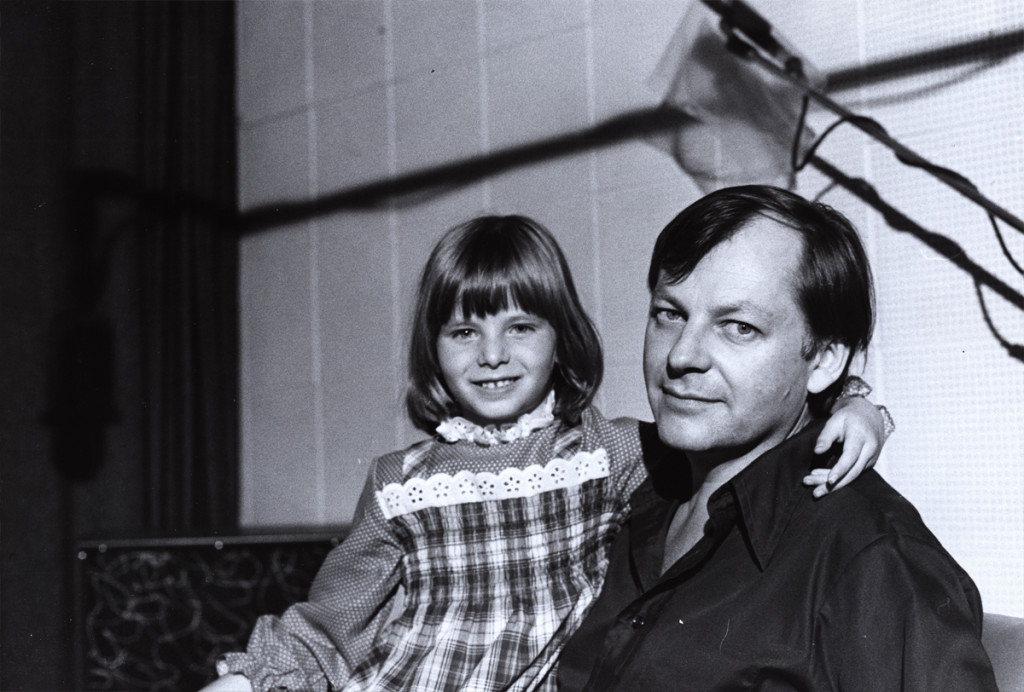 9
9
Here’s a picture of Dick Williams with his daughter,Claire.
Claire played the part of Marcella, the little girl at the film’s start.
They shot the live action in Boonton, NJ during the first days of the
production. All those hours they were out filming, I watched the shop.
Alone in an enormous darkened most of the time in the enormous office,
I could only spend time reading and rereading the script and sketching
my idea of some of the characters.Infrequently, the financial manager
of Lester Osterman Prods., the production company, would pass through.
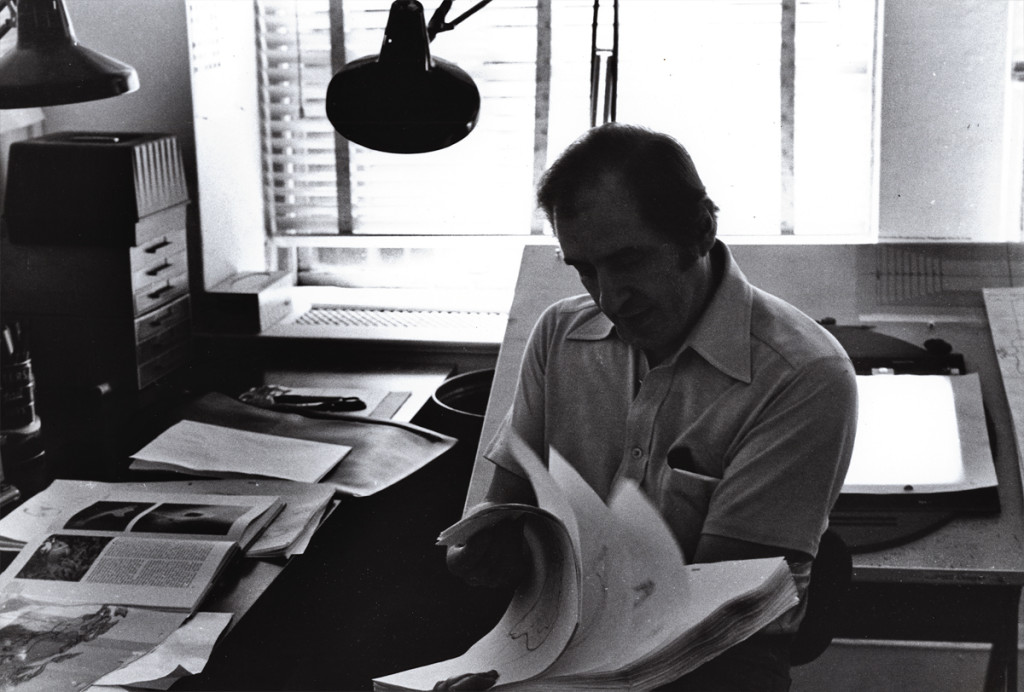 10
10
George Bakes was a fiercely independent animator who worked a short
while on the film. He must have started at Disney on Sleeping Beauty. He’d often
show a lot of Milt Kahl drawings he’d had from that film.
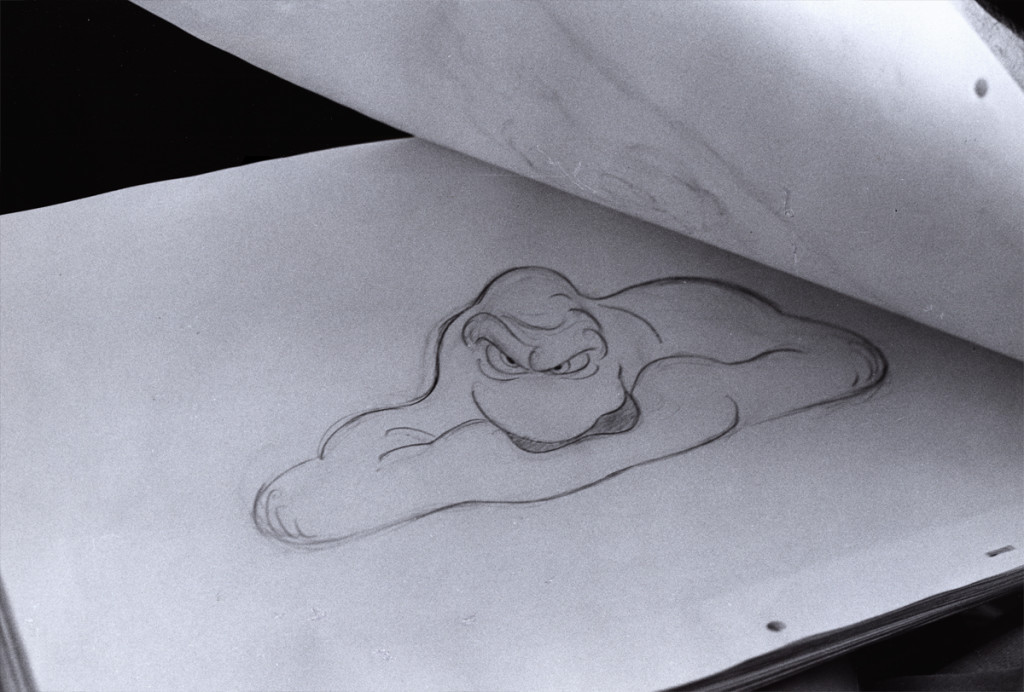 11
11
Baskes animated many of the cereal commercials of the day -
Trix, Honey Bee, Sugar Crisp bear, etc. For Raggedy he did the “gazooks.”
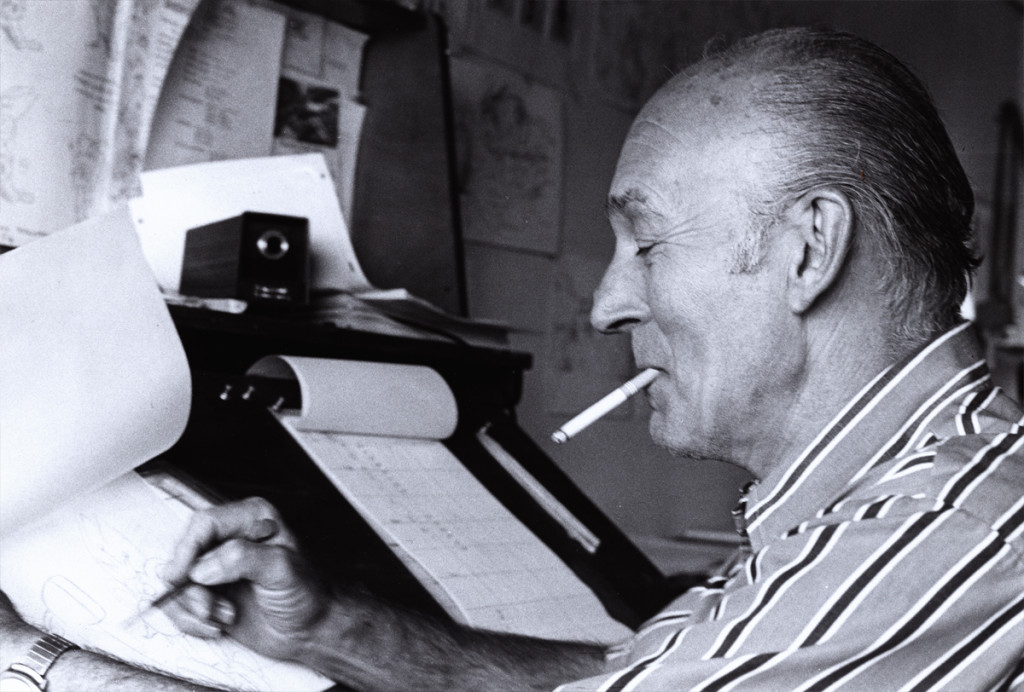 12
12
Gerry Chniquy was a brilliant animator straight out of WB.
He’d done a lot of Yosemite Sam animation for Friz Freleng.
It wasn’t far to go to cast him as the blowhard of a King, King Coo Coo.
Marty Brill voiced the character. Gerry Chiniquy,of course, did a fine job,
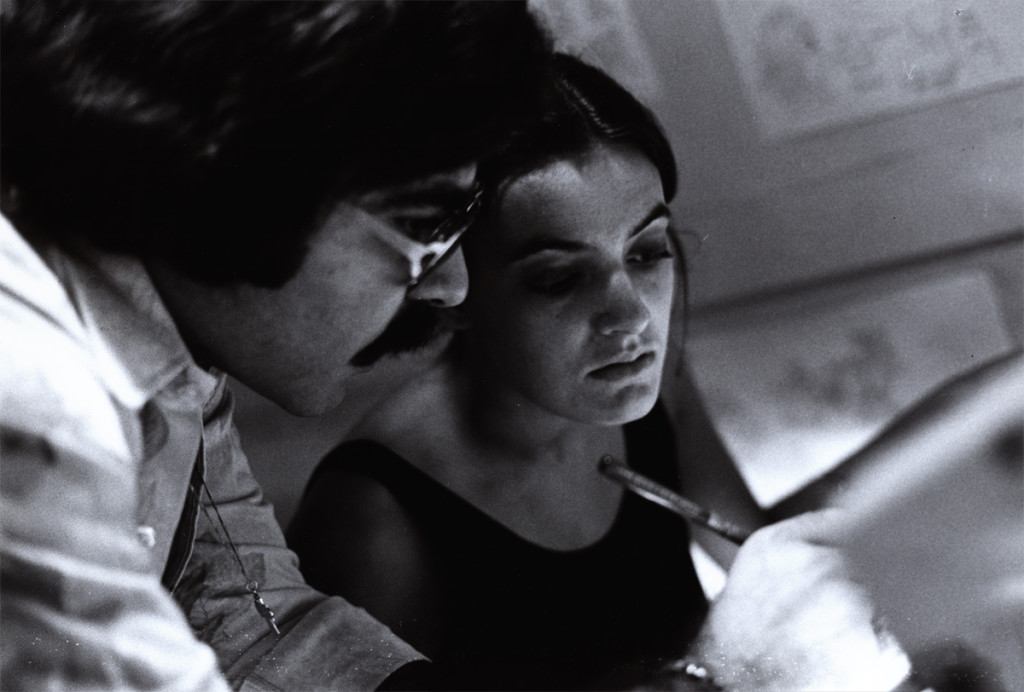 13
13
John Celestri had a style all his own although he idolized Bill Tytla.
Not a bad person to pick for a role model. John was an Assistant on
the film. Here he’s working with inbetweener, Amanda Wilson. Amanda was
the daughter of the great cartoonist and animation designer, Rowland Wilson.
The last of these photos will come next week. Many thanks to John Canemaker for the loan of the images. Any opinions tossed about here, are all mine and John is not to blame for them.
Commentary 04 May 2013 06:26 am
Imaging
This week we saw a couple of excellent entertanment pieces that weren’t too taxing on either my fanny or my brain.
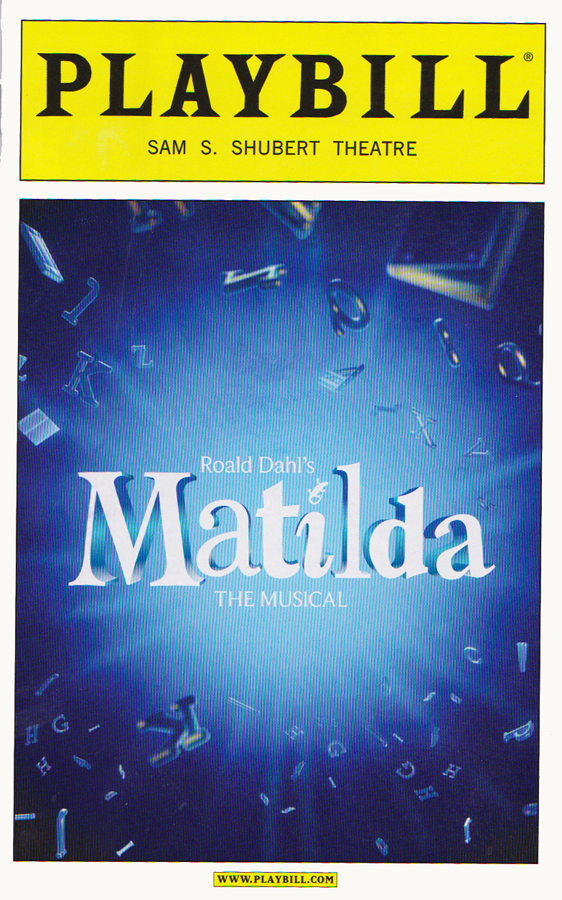 We went to see the hottest ticket in town last Tuesday, Matilda. It’s a theatrical musical which adapts Roald Dahl‘s great children’s novel. Years ago, when the book had just come out, I contacted Dahl’s agent trying to get the rights to make an animated film out of it. It turns out we were competing with a “Hollywood” company which was Danny DeVito’s company, Jersey Films. Naturally and expectedly, Jersey Films won the rights. I loved in Quentin Blake‘s glorious illustrations and would have animated the film in his style.
We went to see the hottest ticket in town last Tuesday, Matilda. It’s a theatrical musical which adapts Roald Dahl‘s great children’s novel. Years ago, when the book had just come out, I contacted Dahl’s agent trying to get the rights to make an animated film out of it. It turns out we were competing with a “Hollywood” company which was Danny DeVito’s company, Jersey Films. Naturally and expectedly, Jersey Films won the rights. I loved in Quentin Blake‘s glorious illustrations and would have animated the film in his style.
Eventually, Danny DeVito directed the cartoon of a live-action movie. It was built to be nasty and unpleasant. The film wasn’t a very good version of Roald Dahl‘s words, at least not in my eyes. The film wasn’t a flop, but it wasn’t very good either. It was more about her family and the school teacher and the gym teacher-villain, Mrs. Trunchbull.
The stage musical is better, but not brilliant storytelling, either. Both the film and the play are more interested in characters other than Matilda. They’re all exotic, and it’s easier to write for them than for the little girl who is the center of the story. In the play, Bertie Carvel, plays the part of the villain, Miss Trunchbull. The actor is the one person who has been reaping all the awards – whether in England or the US. He had won the Olivier Award in London and was nominated for the Tony, here.
In the musical, the dialogue whether in the songs or out, is hard to understand despite being miked. I found myself uninterested in the show which was long, at more than two hours forty minutes. I was certainly unimpressed given all the awards.
There is a major problem with theater seats lately. They’ve tightened the aisles, so one’s knees are smack up against the row in front of you, and your legs go numb before the first act ends. That was NOT the case with this theater. I repeat, that was not the case with this theater seat. It was ALMOST comfortable. For me to say that is saying a lot. Not its money’s worth ($132 per ticket), but at least no physical pain.
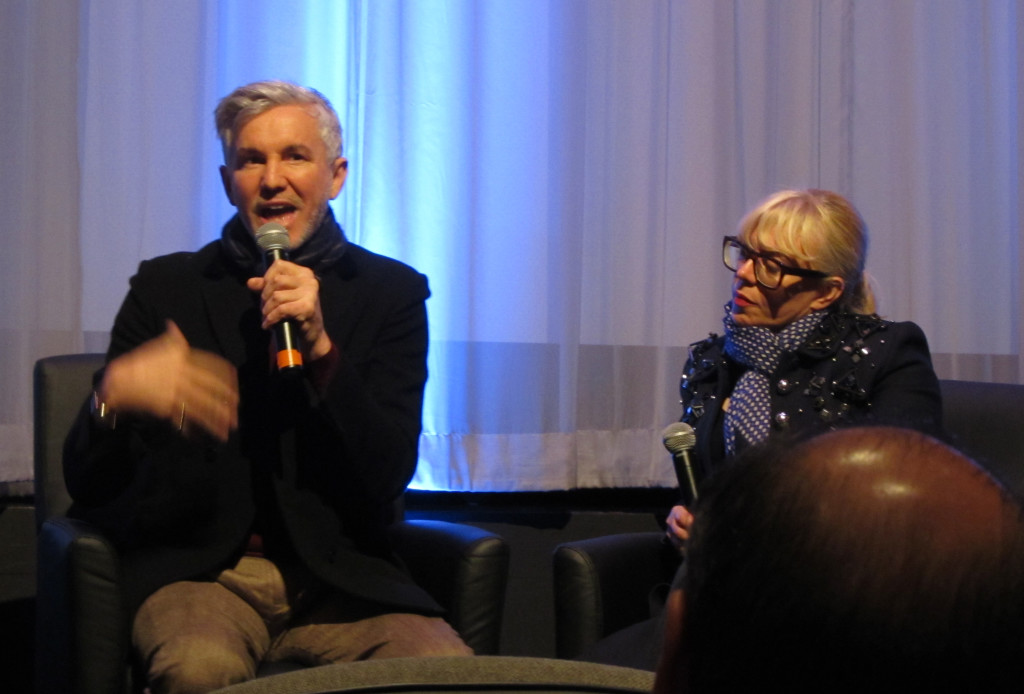 Then on Thursday night there was an Academy screening of The Great Gatsby as directed by Baz Luhrmann. You’ll remember that he was the director/writer of Moulin Rouge a few years ago. Many people loved it, I did not. As a matter of fact, I truly disliked it. On Thursday we were to see the film and attend an after screening Q&A with Luhrmann and his wife, costume designer, Catherine Martin.
Then on Thursday night there was an Academy screening of The Great Gatsby as directed by Baz Luhrmann. You’ll remember that he was the director/writer of Moulin Rouge a few years ago. Many people loved it, I did not. As a matter of fact, I truly disliked it. On Thursday we were to see the film and attend an after screening Q&A with Luhrmann and his wife, costume designer, Catherine Martin.
The film was a long two hours and thirty minutes (not quite as long as Matilda but certainly a more attractive movie.) ___________________Baz Luhrmann & Catherine Martin
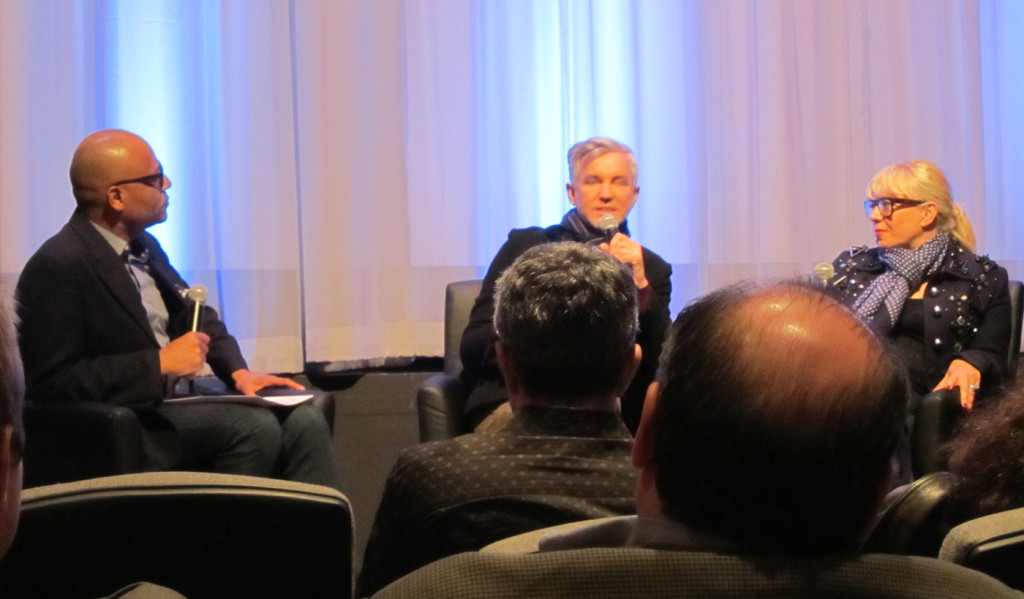 Leonardo DiCaprio played Jay Gatsby, and he did well in the part. The choices all seemed to be good ones. The film is done in 3D, and is enormously attractive. Just as Life of Pi seemed to have found the need for the 3D camera, so, too, does The Great Gatsby.
Leonardo DiCaprio played Jay Gatsby, and he did well in the part. The choices all seemed to be good ones. The film is done in 3D, and is enormously attractive. Just as Life of Pi seemed to have found the need for the 3D camera, so, too, does The Great Gatsby.
Mind you I was bored silly for moments, but there were also so many other moments that were extraordinarily gorgeous or tautly rigged that the energy was just wonderful often. ____________Patrick Harrison, Baz Luhrmann & Catherine Martin
It’s quite the movie.
We were told that the Q&A would last between 20-30 minutes. But Luhrmann and his wife were both so compelling and wanted to talk about this work of art that they’d just completed – the talk went on for almost an hour. It was compelling, to say the least.
There are a number of films coming this month that I’m looking forward to. The Iceman stars Michael Shannon as the cold-blooded version of Tony Soprano. This time a mobster who actually existed. There will also be Sarah Polley‘s new documentary, Stories We Tell. Ms. Polley will be there to tell us some stories in person Epic is the new film from Blue Sky, which was directed by Chris Wedge. Perhaps Mr. Wedge will join us for a Q&A.
Aardman’s Winter Trees
- Aardman Animation teamed with the group, The Staves, to create a truly fine animated music video. This company, Aardman, has famously produced technically excellent work, consistently and reliably. This video was created using a mix of Flash and CGI.
The video was directed by Karni and Saul from the song by the British group The Staves, three sisters, Emily Staveley-Taylor – vocals, Camilla Staveley-Taylor – vocals and ukulele, Jessica Staveley-Taylor, vocals and guitar. There is an interview with Karni and Saul, who made the imagery, directed and animated it. Essentially they here talk about the making of.
This video seems to have been inspired by many of the recent bouts of weather we’ve been having over the planet. Episodes such as Hurricane Sandy are going to become more and more prevalent, and this video seems to take it as the natural course of things. The film work is not only a remarkable technical achievement but an an intellectual one as well.
Congratulations to both Aardman and The Staves.
_____________________________
Gepetto’s Namesake
Last night TCM aired a film called, For the Greater Glory, which was directed by Frank Borzage. It was a post WWI drama where some children defend their home-turf, a vacant lot, with a gang they’ve formed. In the cast, playing a watchman who should be watching the vacant lot, is the actor, Christian Rub.
When making Pinocchio, after a difficult start with a VO that wasn’t working as “Gepetto”, Disney hired Christian Rub, and he became the voice of Gepetto. It was a problem which was resolved at the start of the film.
You’ll see from the image above that Christian Rub actually looked like Gepetto. The designers solved the problem. Not only the voice but the appearance of the character changed overnight.
Bill Peckmann &Books &Comic Art &Illustration 03 May 2013 05:51 am
Sardi’s Caricatures
Lately I have been seeing a lot of theater, from the British musical, Matilda, to my wife, Heidi‘s sweet and loving adaptation of Sondheim‘s Into the Woods. From Odet‘s dark and difficult The Big Knife to so many numerous others, recently. There have been great highs and mediocre lows, both sets of shows get my excitement level high and challenges me to think key thoughts on direction, acting, music, sets and costumes.
How interesting for Bill Peckmann to send me some caricatures off the walls of Sardi’s restaurant where I’d eaten just a few nights back, and Bill reminds me strongly of the evening. This just after hearing, last night, Baz Luhrman and wife, Catherine Martin, talk about their very theatrical film, The Great Gatsby. It made for a rich and notable program. Film and theater and animation are all so intricately entwined and wonderfully connected. We need to admit it and salute these connections more often.
How wonderful for me and how grateful I am to Bill Peckmann for sharing images from the walls of Sardi’s restaurant in New York. The celebrated celebrity caricatures directly off the walls of that restaurant are all wonderful. So easy to identify the images, so beautifully defined his style which doesn’t define the drawings but blesses them gently. All of these drawings in this book are by cartoonist/illustrator, Don Bevan. I didn’t need to refer to the book to identify the celebrity for the caricature in the blog. I’d say that’s a sign of a good caricaturist.
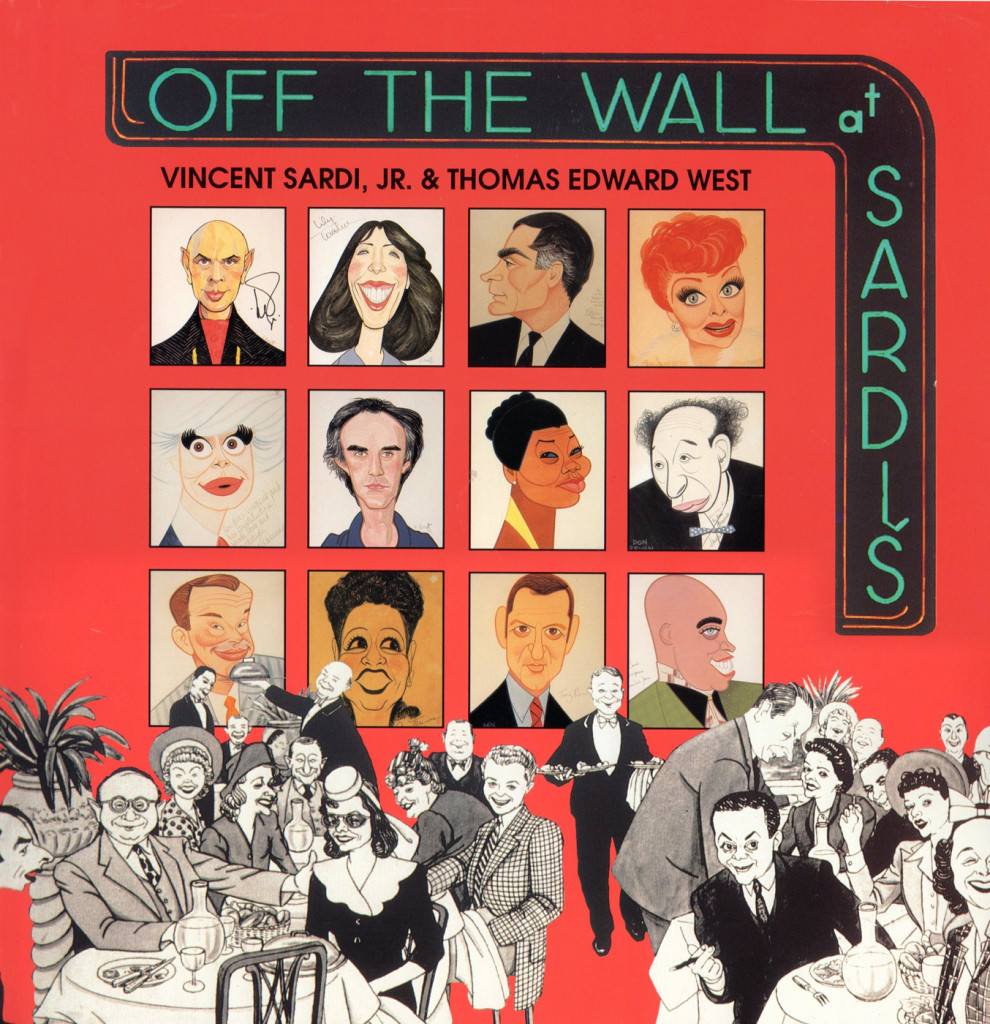
The book’s cover
Models &Puppet Animation &repeated posts 02 May 2013 04:26 am
The Hand and Fingerprints
As you can tell, from some of my recent postings, I have always had a love affair with puppet animation. There’s something extraordinary about that medium that has drawn me in. I’ve always demanded a tactile approach to animation, including all of the 2D work I’ve done.
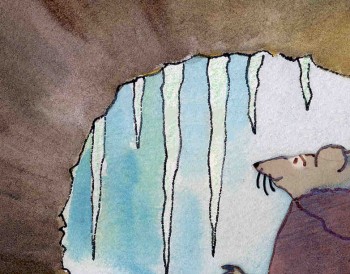 I remember seeing Lady & The Tramp in 1955, on its first release (I was nine.) It was then that I consciously noted that one of the backgrounds in the “Bella Notte” sequence (I can now see that it was an Eyvind Earle BG) had texture in its paper. The board it was painted on came through the animation photography and reached out to me. The human hand became evident in the film.
I remember seeing Lady & The Tramp in 1955, on its first release (I was nine.) It was then that I consciously noted that one of the backgrounds in the “Bella Notte” sequence (I can now see that it was an Eyvind Earle BG) had texture in its paper. The board it was painted on came through the animation photography and reached out to me. The human hand became evident in the film.
Perhaps, this was what I loved so much about animation in the first place. Humans did it, and it was self-evident. Being reminded of it, in the subtlest ways – usually unintentional, added to my joy.
Perhaps this is what brought me to John Hubley’s films. Those films were so obviously painted: characters and BG were both used by the photographer to combine for us, and the unintentional was often caught on screen. (I immediately loved those highlighted rings double-exposed around the characters in Moonbird, the brush strokes of The Hole, the transparency of the characters’ paper in Of Stars and Men.) It added to the experience.
In a sense, I was brought out of the film but held in it and given the opportunity to love it even more.
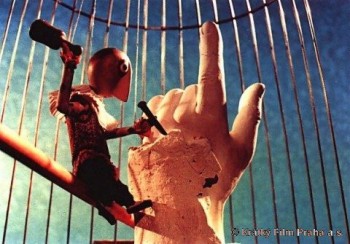 I’ve had this same sense with the best 3D animation. Though I was always there viewing it, I was also caught up in the emotions of the film. Trnka’s masterful film, The Hand, had my understanding those tears and sweat on the little potter were moistened ink that had been his painted eyes. But the anguish I felt the first time I saw the film and that effect has never left me. The perfections of the Human Hand in that film forced the imperfections of the puppet potter to be revealed until it destroyed him.
I’ve had this same sense with the best 3D animation. Though I was always there viewing it, I was also caught up in the emotions of the film. Trnka’s masterful film, The Hand, had my understanding those tears and sweat on the little potter were moistened ink that had been his painted eyes. But the anguish I felt the first time I saw the film and that effect has never left me. The perfections of the Human Hand in that film forced the imperfections of the puppet potter to be revealed until it destroyed him.
Perhaps this is also what keeps me from embracing cgi animation. Despite the faked textures of the computer, it’s so obvious that it is not real. At least not when the characters are cartoons.
A very small example of what I’m trying to communicate stands out for me in Cars. The paint job of newer cars has a flecking/speckling of glitter within the paint. In the right light, the main character, Lightning McQueen, had this paint job. Everytime I saw it, I was distracted and pulled out of the film. Like the real paint on a real car, that flecking was embedded within the paint, itself. It didn’t feel like the byproduct of a human hand; it felt like a computer trick.
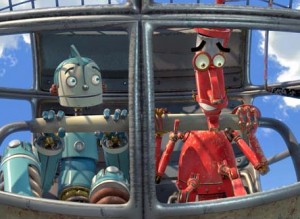 I am no more capable of coloring the computer skin of that computer hand than I am of painting a real car. It isn’t tactile for me, it’s just distracting.
I am no more capable of coloring the computer skin of that computer hand than I am of painting a real car. It isn’t tactile for me, it’s just distracting.
It’s just something I never feel I can reach out and touch. This is something that has been overcome, for me, in a couple of films. The Incredibles gets very close often. Moments of Robots, such excellent design for the medium. Some of Toy Story.
(Click on any image to enlarge and enjoy the textures.)
Of course, I recognize that this is my problem. However, I recognize it’s a problem that other people probably have and wonder if there isn’t a solution. In The Iron Giant, the Giant is animated by a computer. I was told that the animation had to be rigged to be animated on “two’s” so that it wouldn’t separate from the rest of the hand-drawn animation. Oddly, it felt totally acceptable to me; I saw no problem and accepted that robot. There has to be, in there, a way to resolve it – I’m just thinking here and don’t expect anyone to try to follow what I’m saying. Perhaps if “human” problems, technical problems, were added to the animation. . . No this is even too stupid for me.
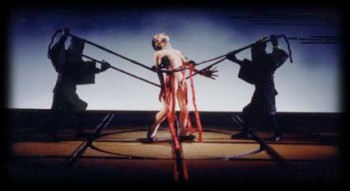 Barry Purves has made a number of absolutely beautiful films and has created in his own studio some masterfully realized pieces. His work has a discriminating taste, graceful and controlled movement with superb acting, and an intelligence that is rarely found in animation today.
Barry Purves has made a number of absolutely beautiful films and has created in his own studio some masterfully realized pieces. His work has a discriminating taste, graceful and controlled movement with superb acting, and an intelligence that is rarely found in animation today.
He was nominated for the Academy Award for his film Screenplay, a virtuoso work which follows the rules of Kabuki theater and presents a double-layered story of a man watching and revealing a story from his past which eventually rips through the past and tears at the present. It’s a work of animated puppetry, displayed as theater and a stunning film that should have won its Oscar.
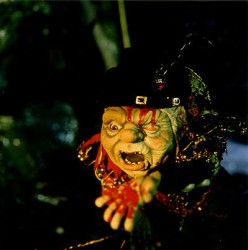 Rigoletto presents the opera in a condensed version that has been reduced for television. It’s a packed half-hour which places you into the full opera and allows you to follow it without any confusion. It has a majesty in its sweeping and dynamic camera moves which whisk you along in the luscious music; they carry you along through the depths of the complex story. It’s a wonderful film that certainly grows richer with each viewing.
Rigoletto presents the opera in a condensed version that has been reduced for television. It’s a packed half-hour which places you into the full opera and allows you to follow it without any confusion. It has a majesty in its sweeping and dynamic camera moves which whisk you along in the luscious music; they carry you along through the depths of the complex story. It’s a wonderful film that certainly grows richer with each viewing.
Other works he’s done include a wonderful film about Gilbert & Sullivan: The Very Models gives us the pair as seen through the eyes of D’Oyle Carte. A rich and entertaining diary into the making of this film can be found on AWN and a short clip of the film is available there as well.
As a matter of fact, I found his diary there so entertaining, I’ve also followed the diary he keeps on his own website.
You can get a small glimpse of Barry Purves‘ craft by viewing the clip reel at Acme Filmworks. But you’re left without the full heft of his work until you’ve seen the complete storytelling ability he presents in the whole films.
